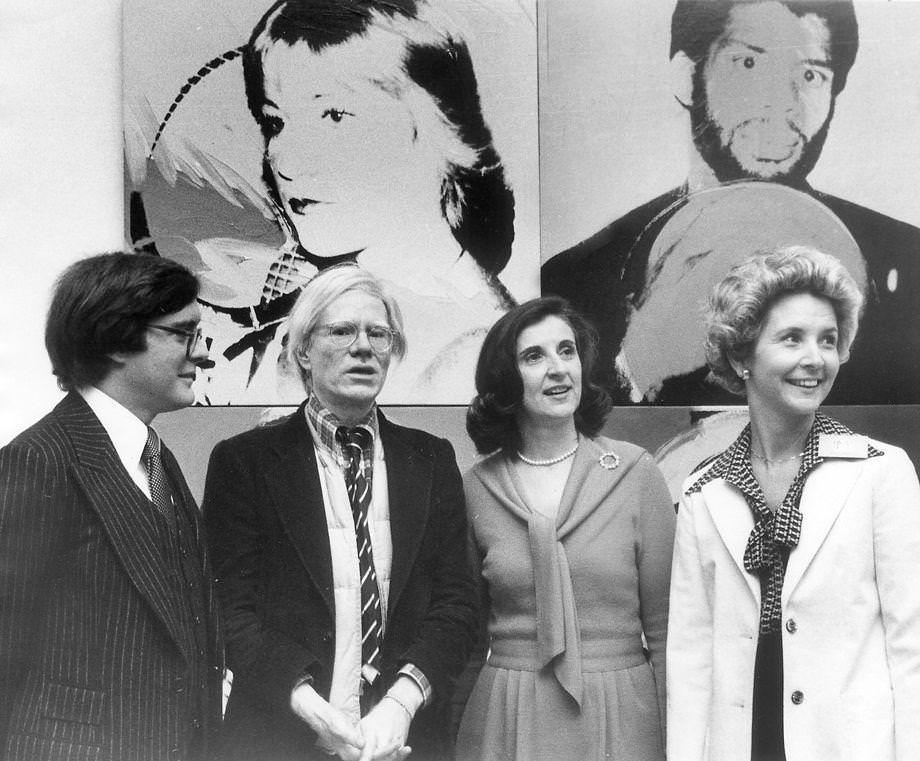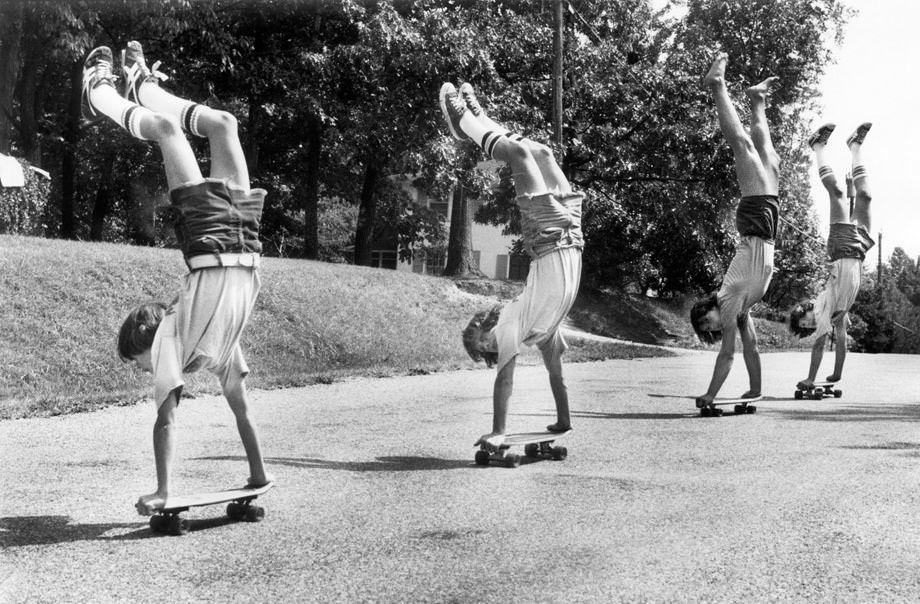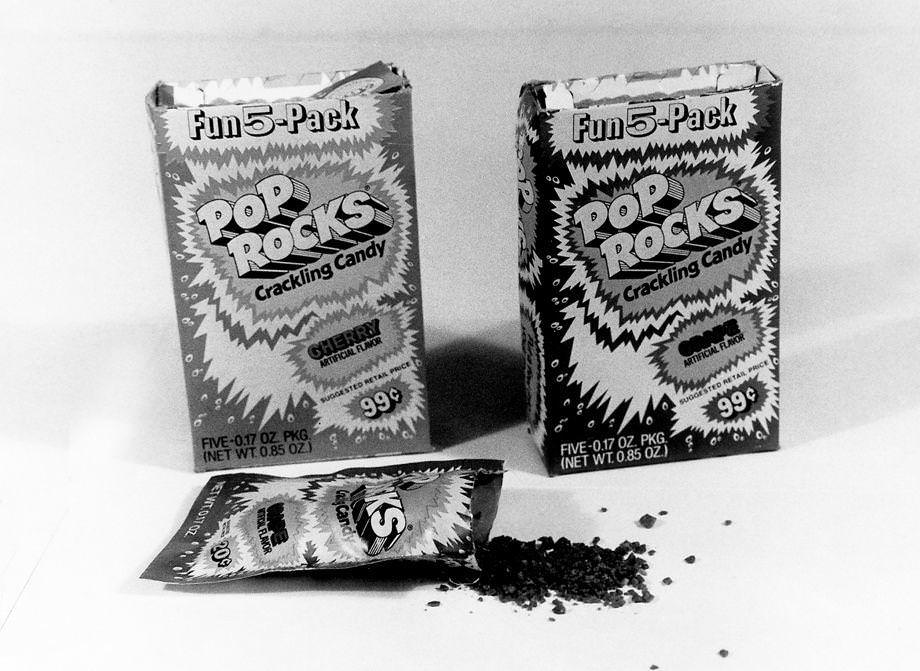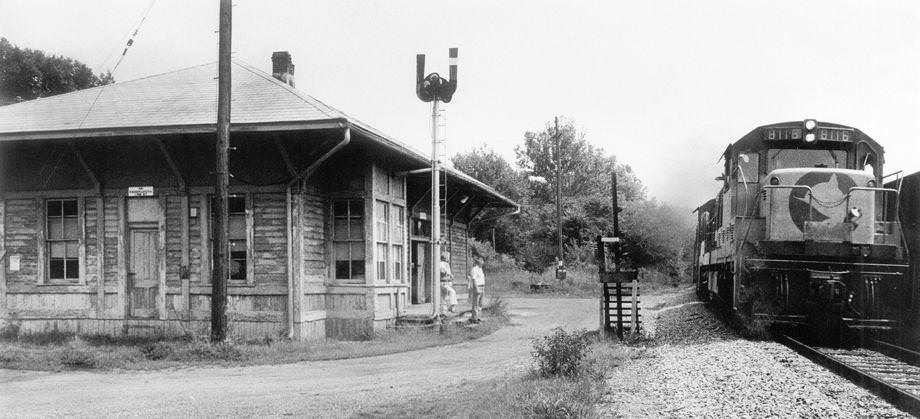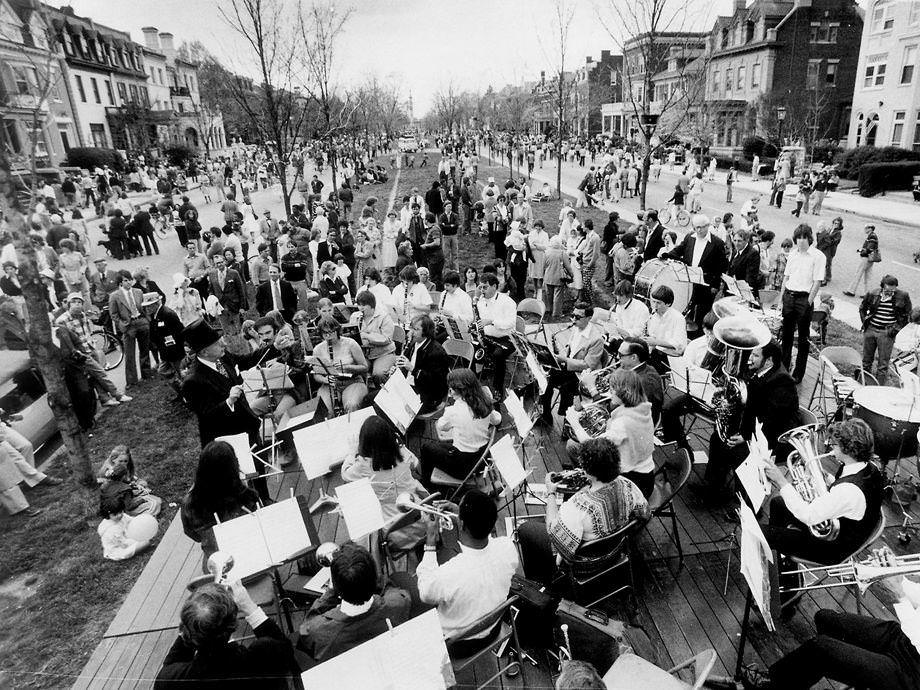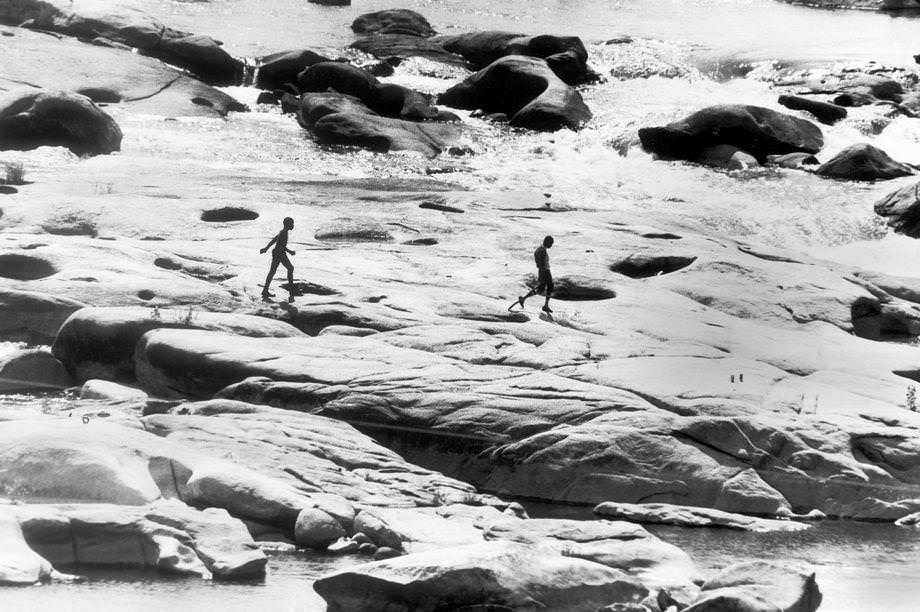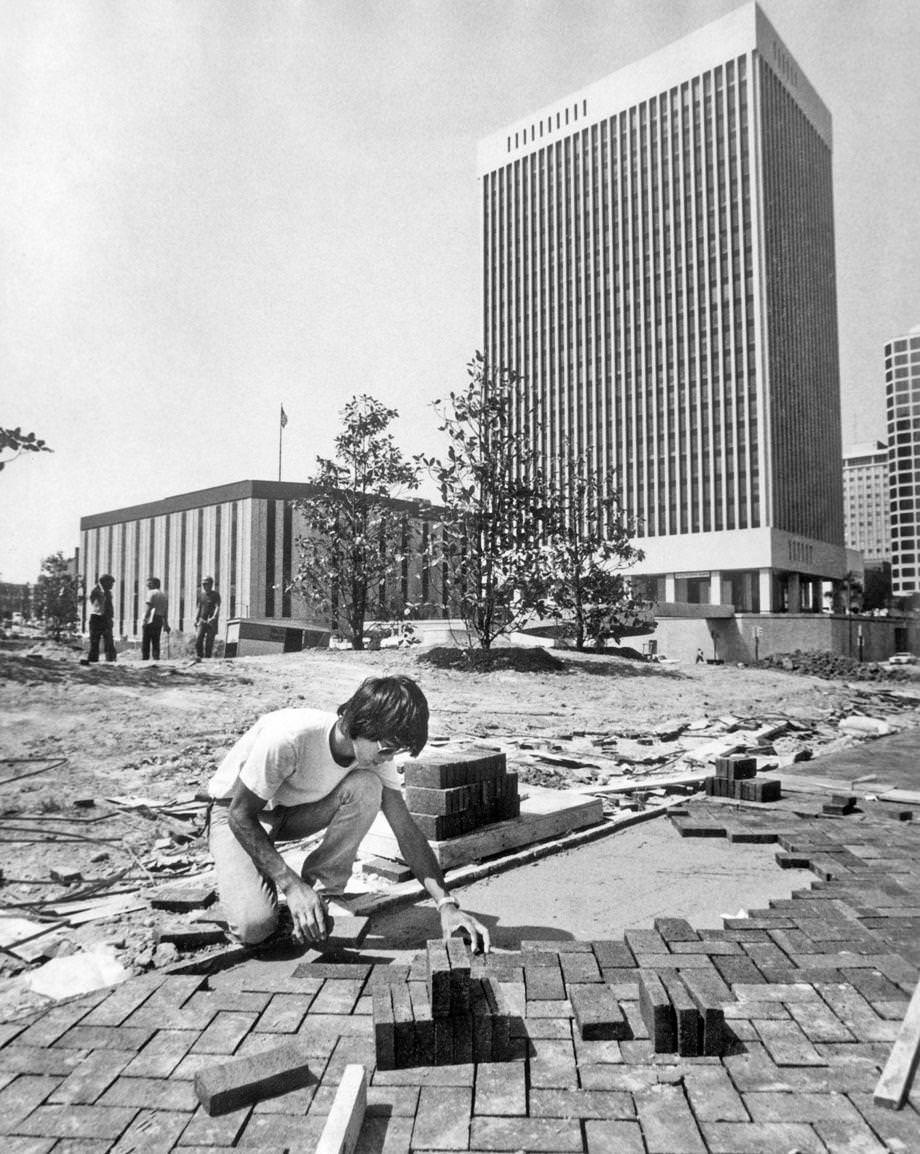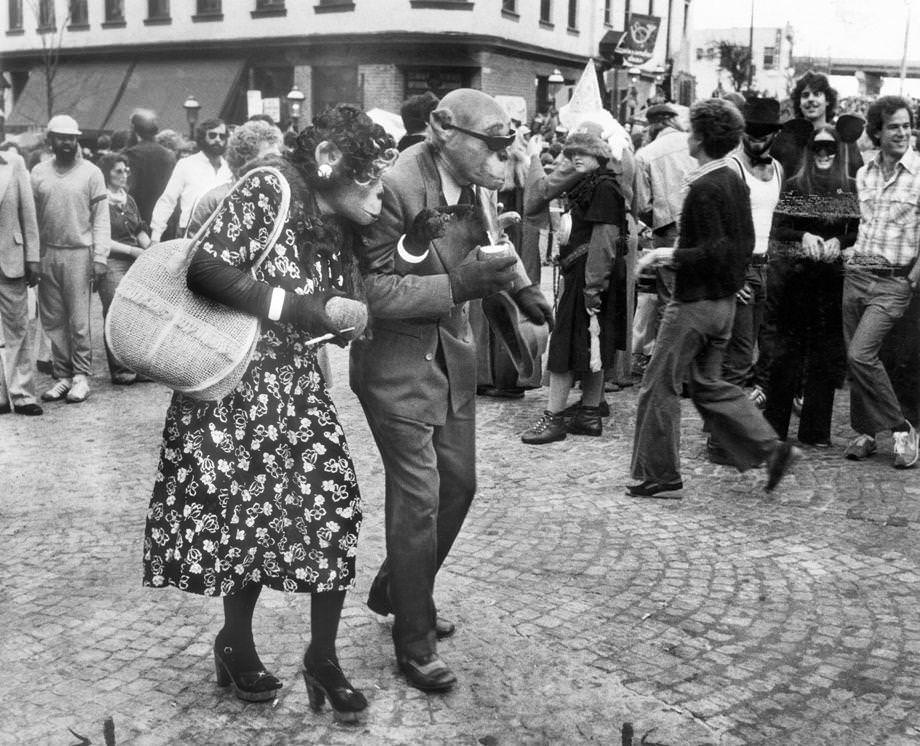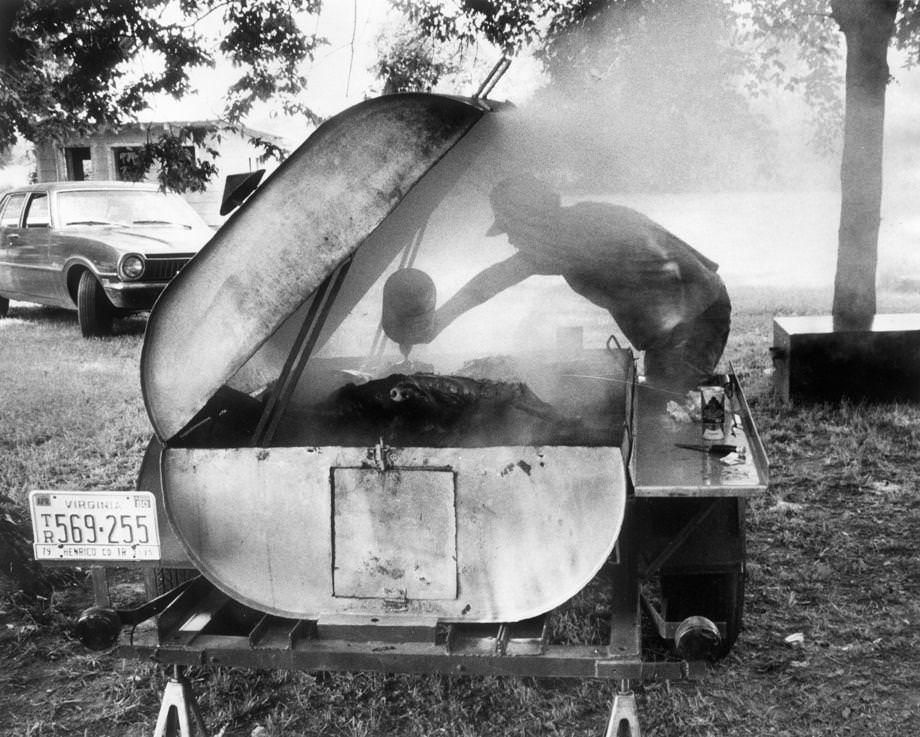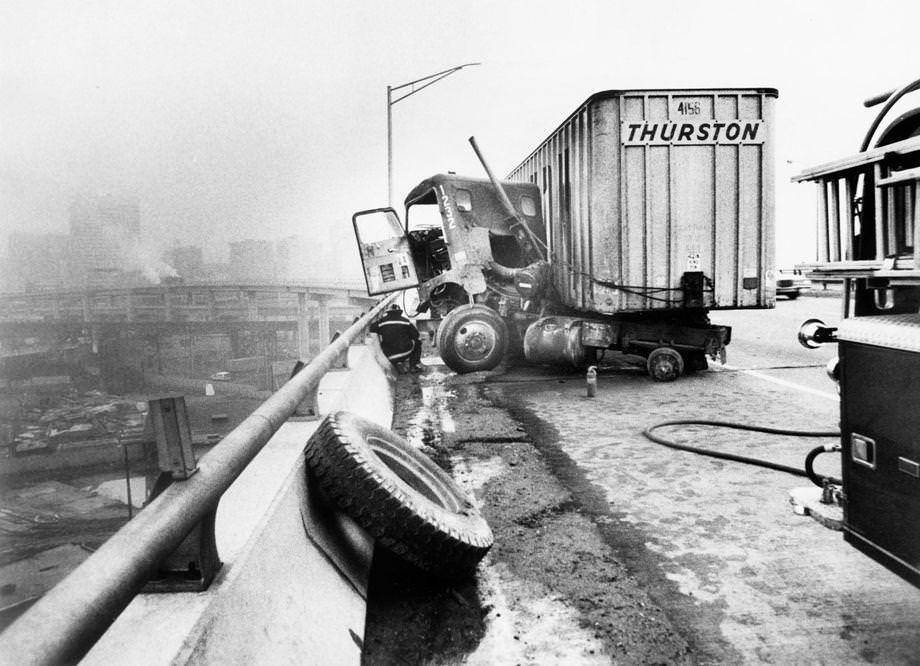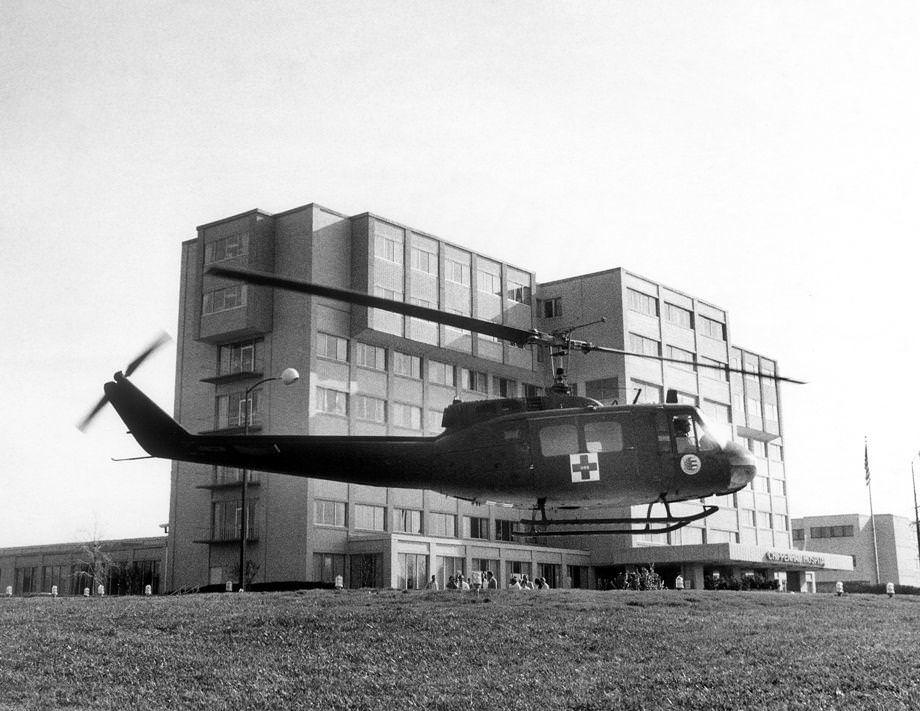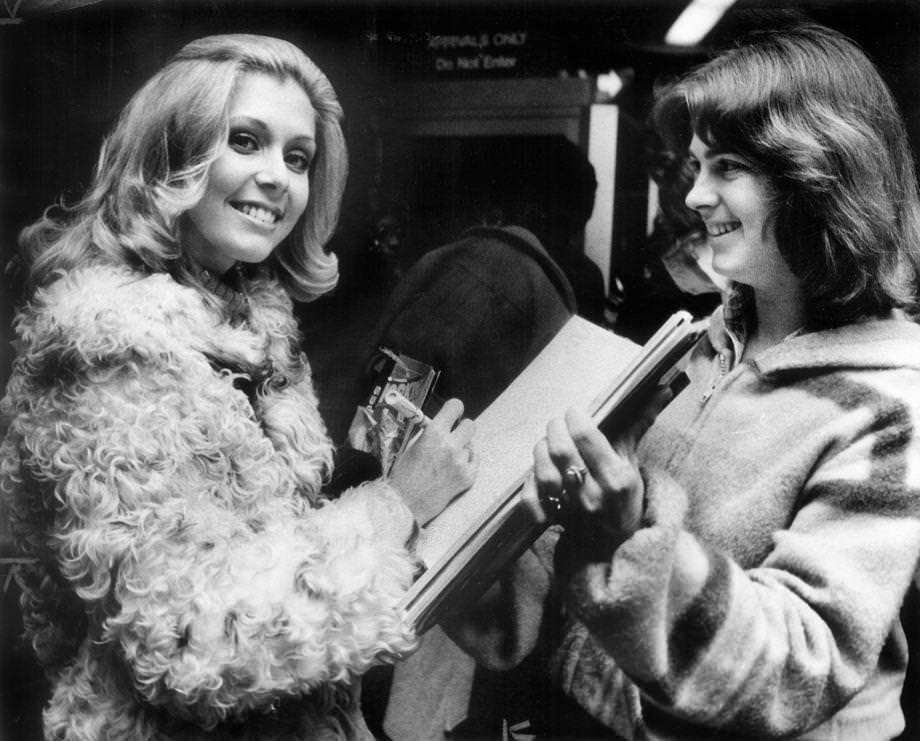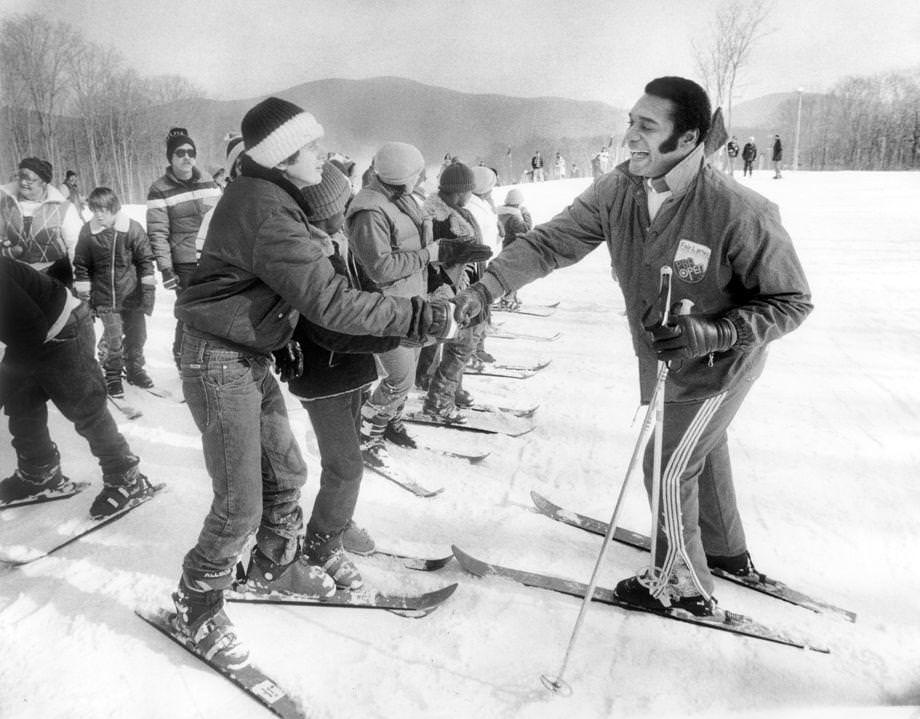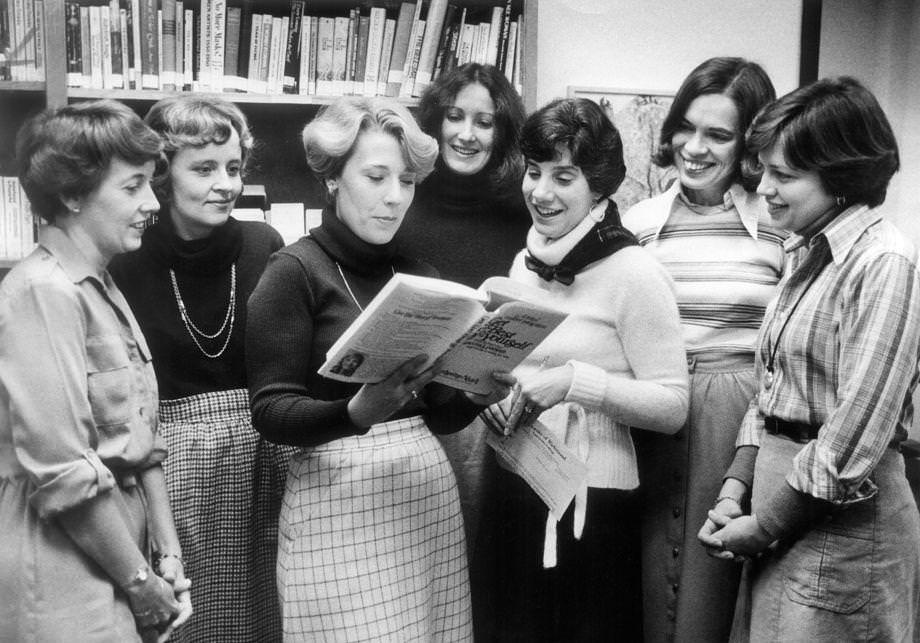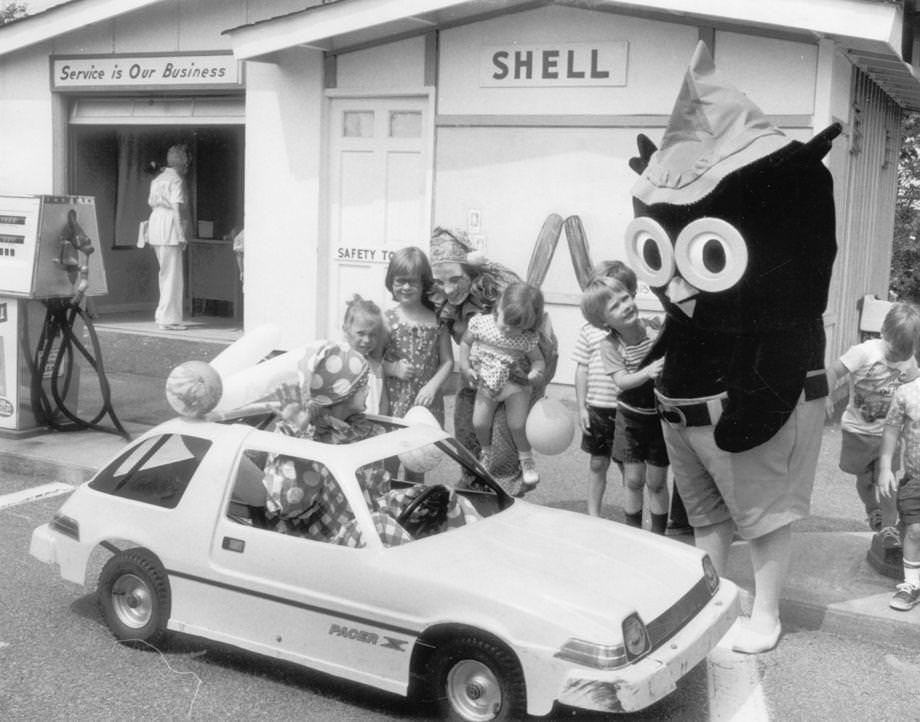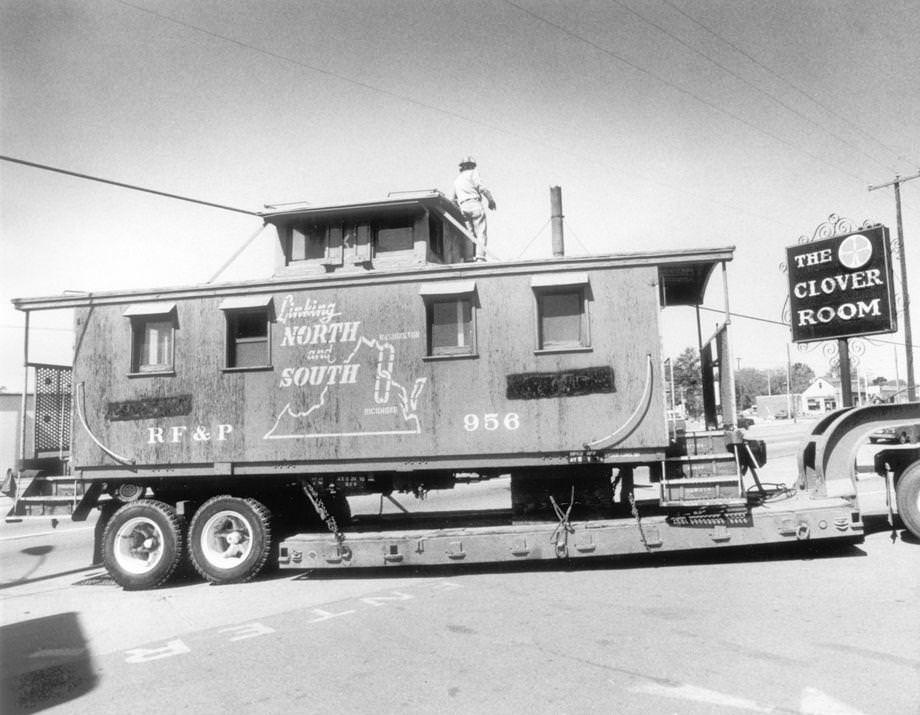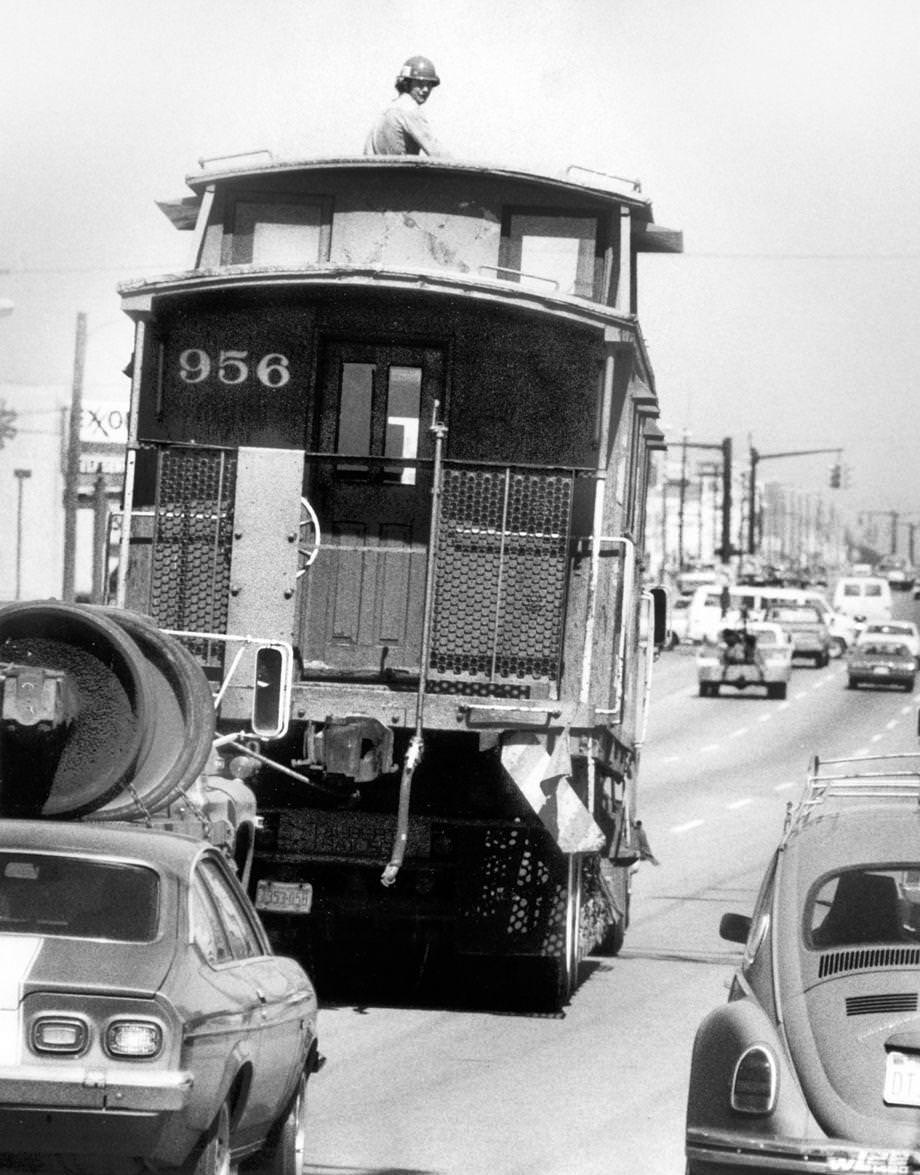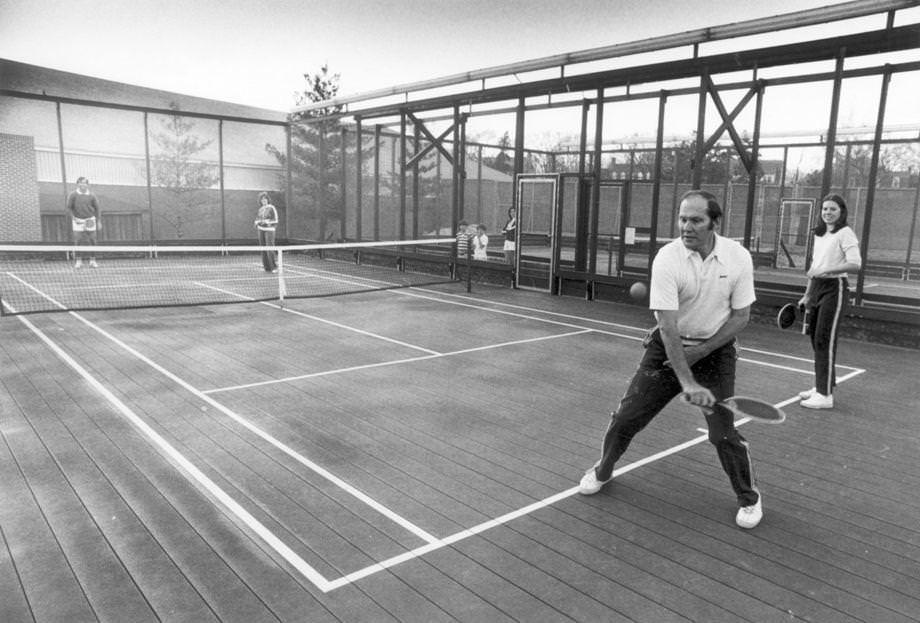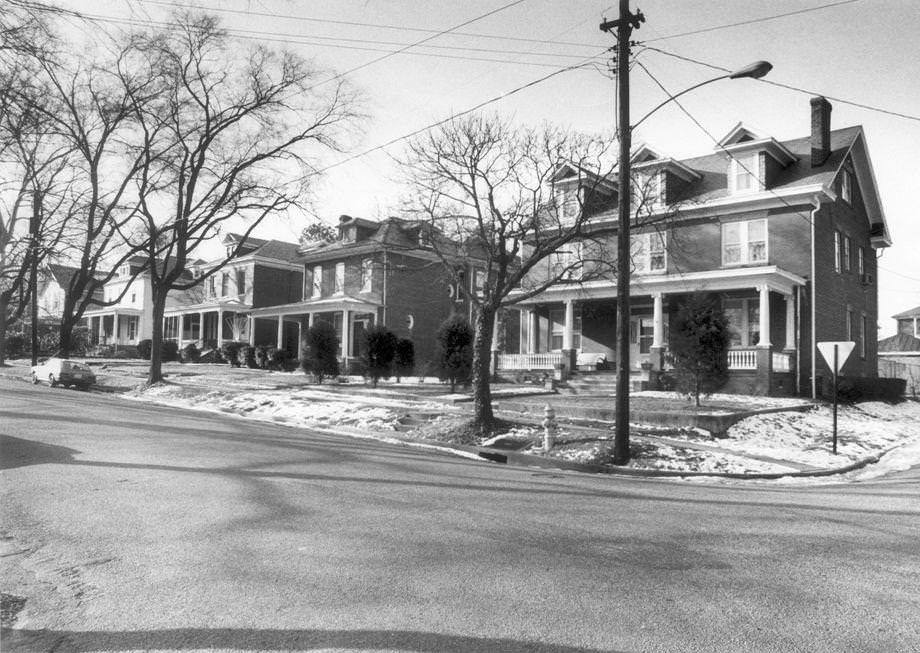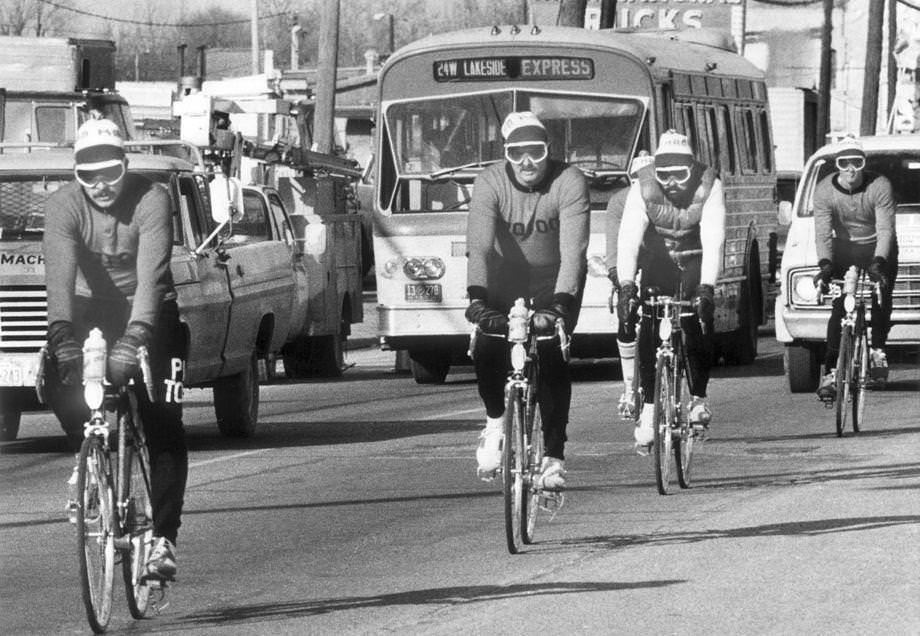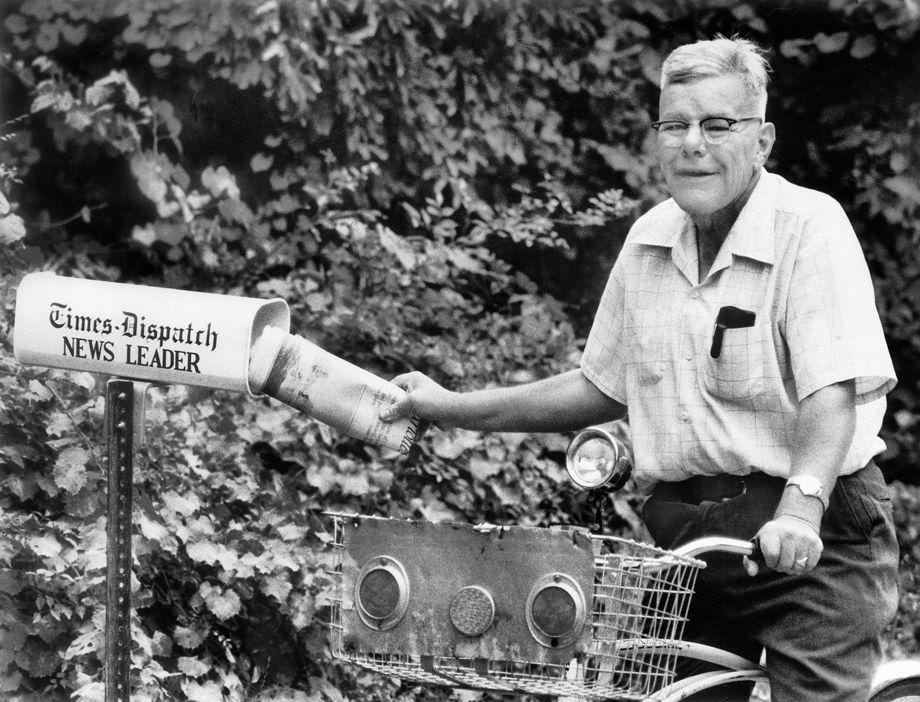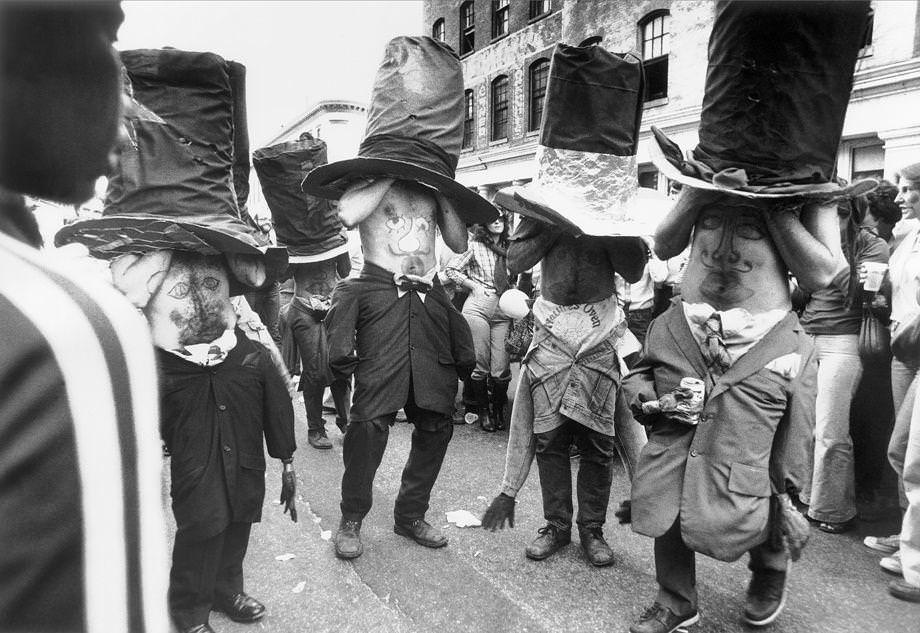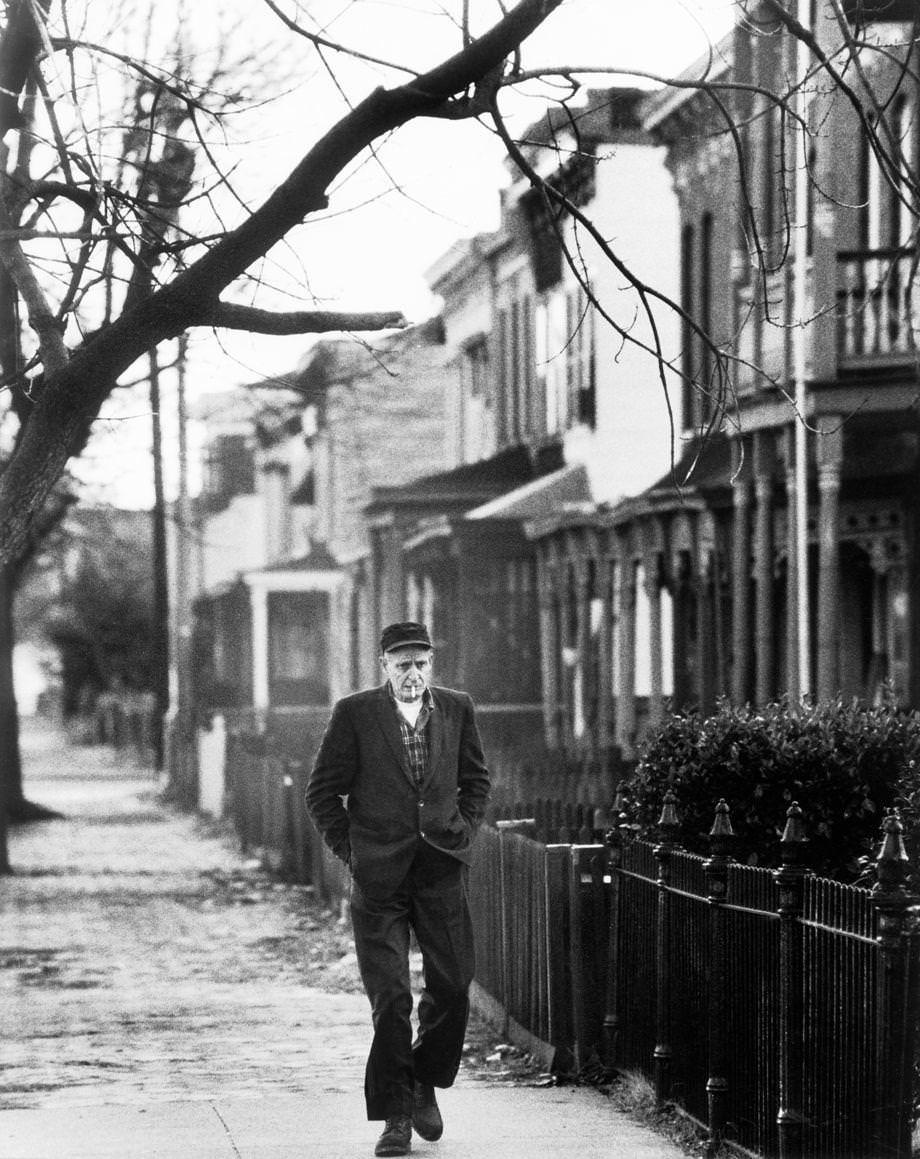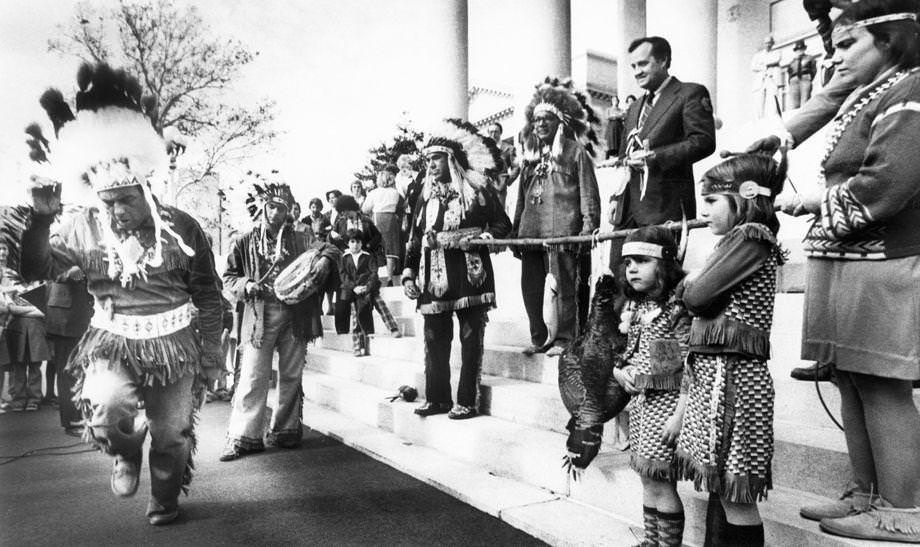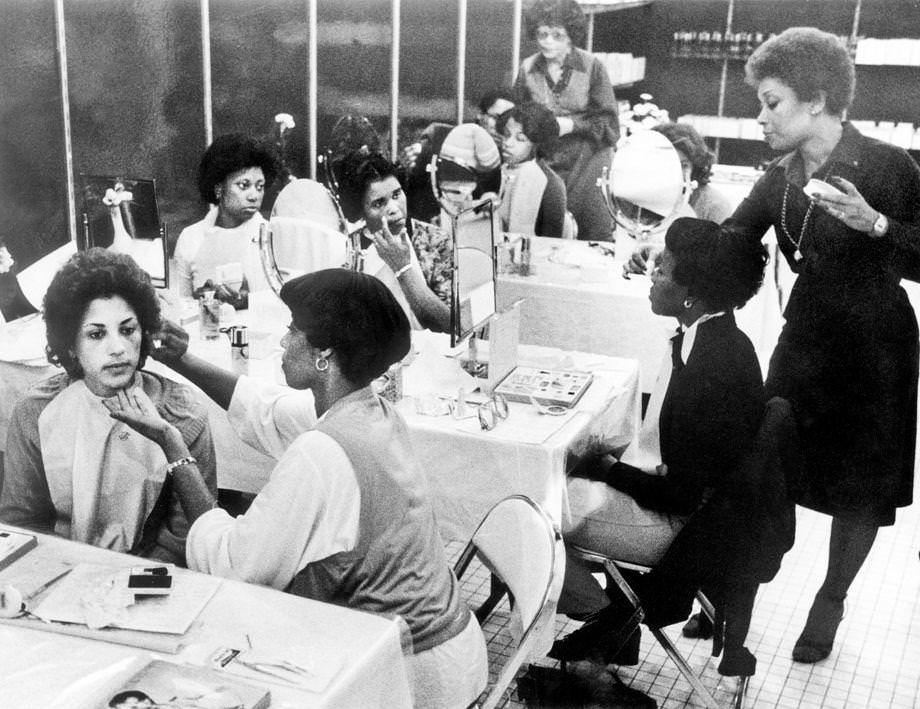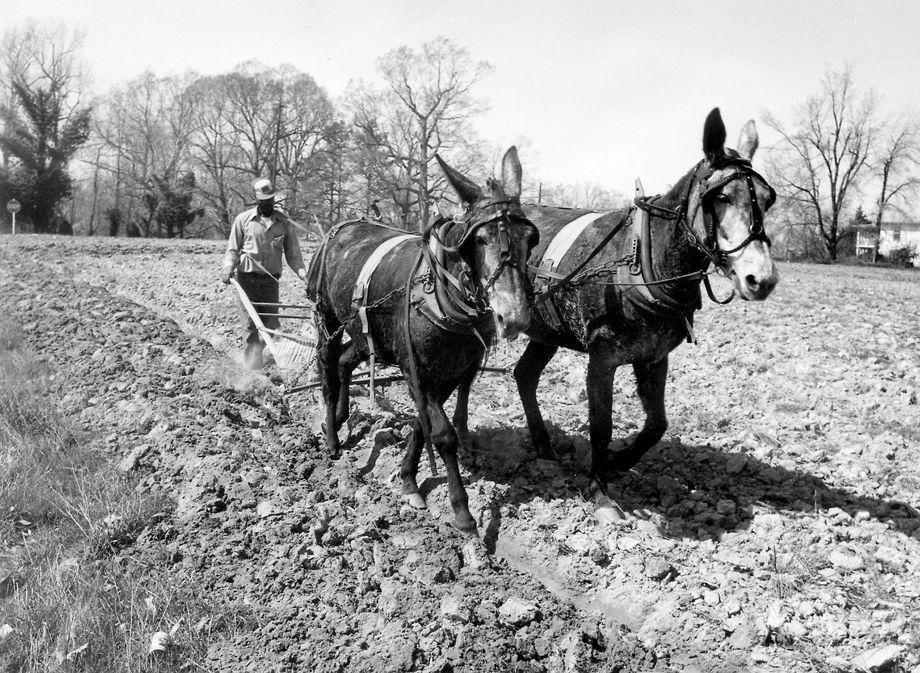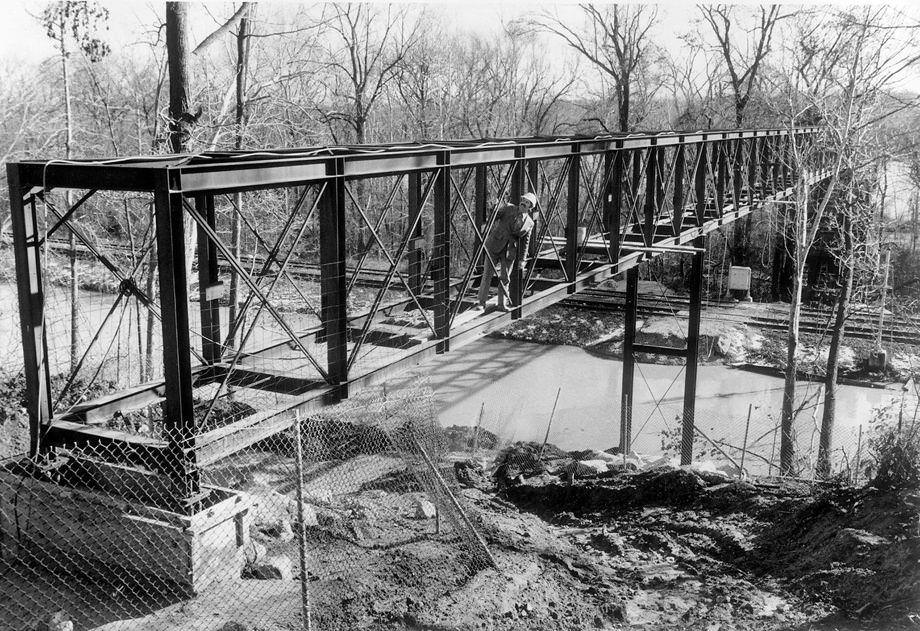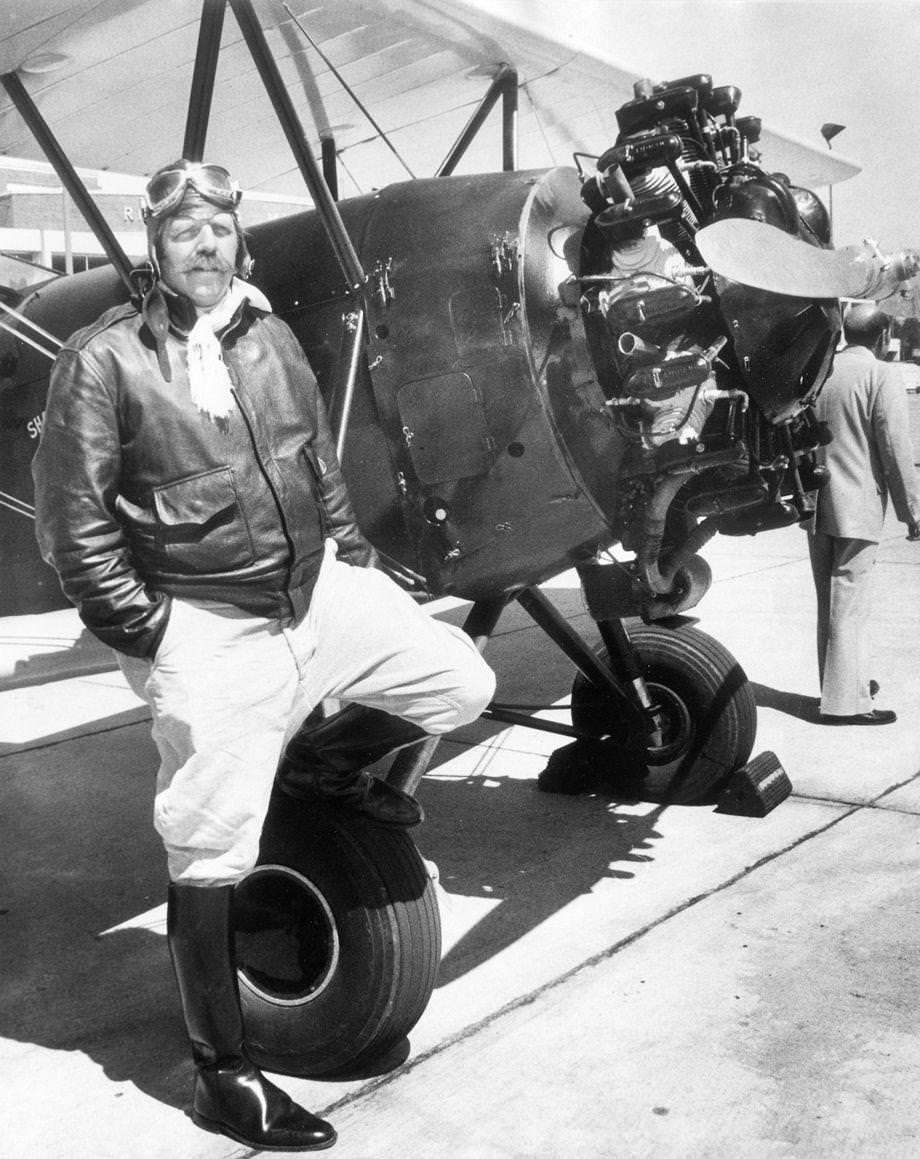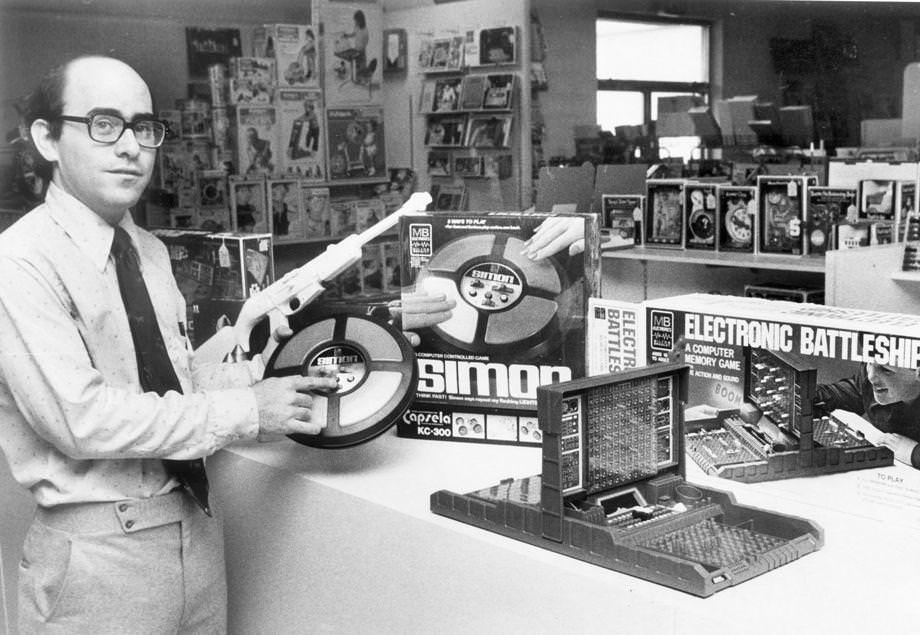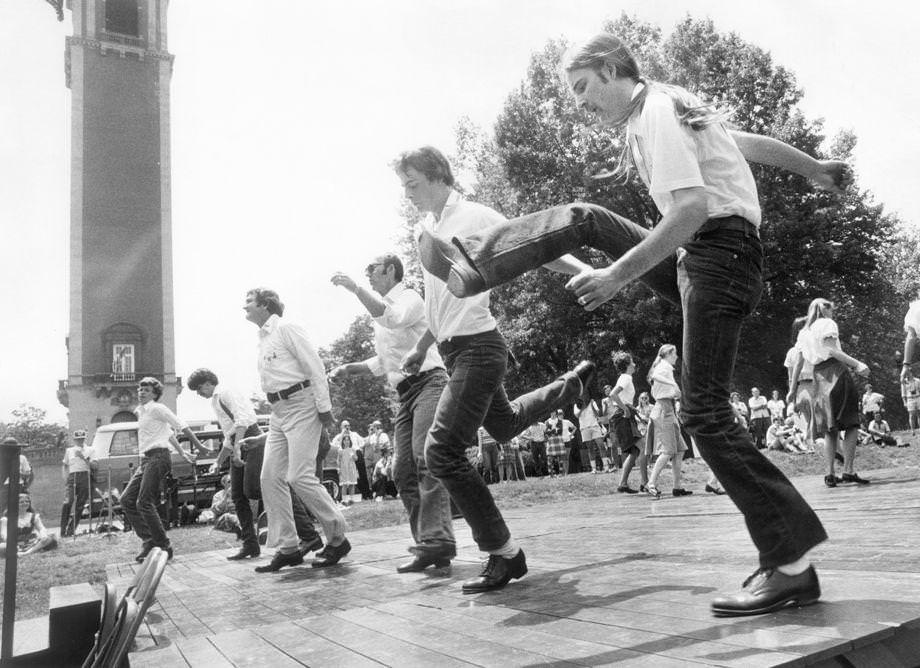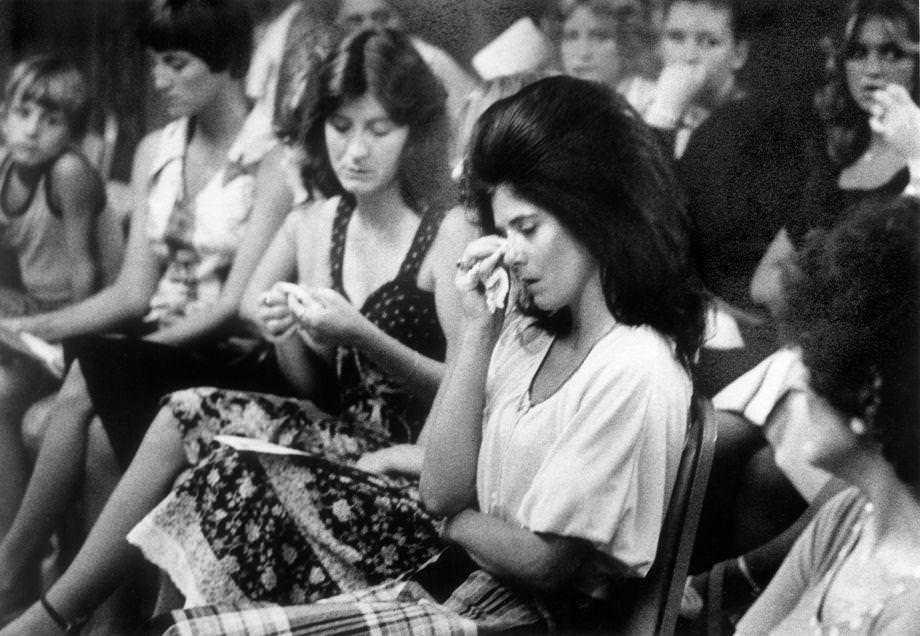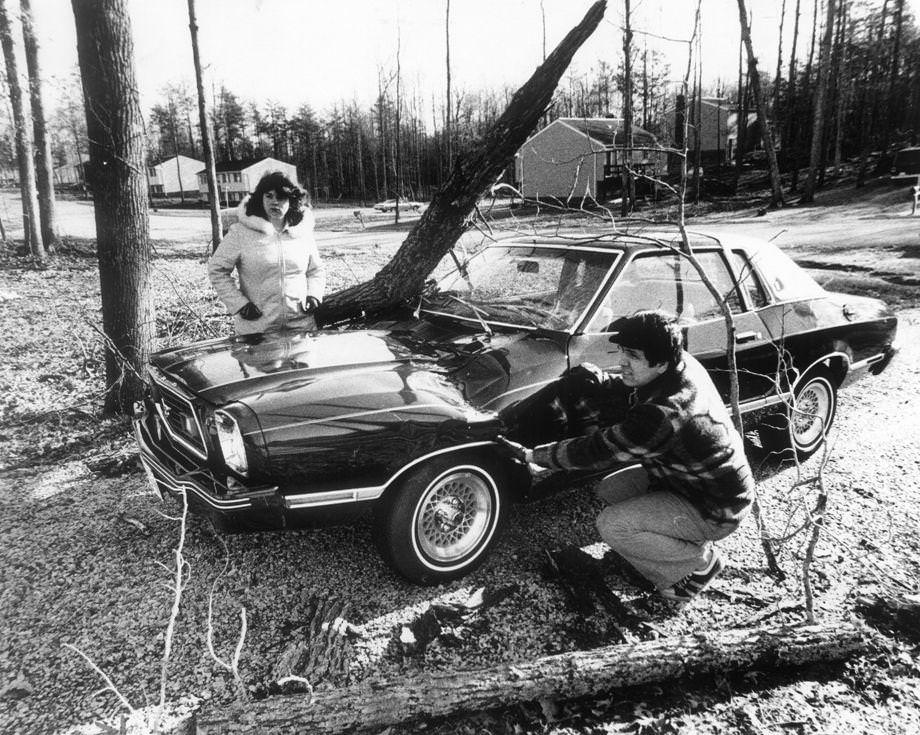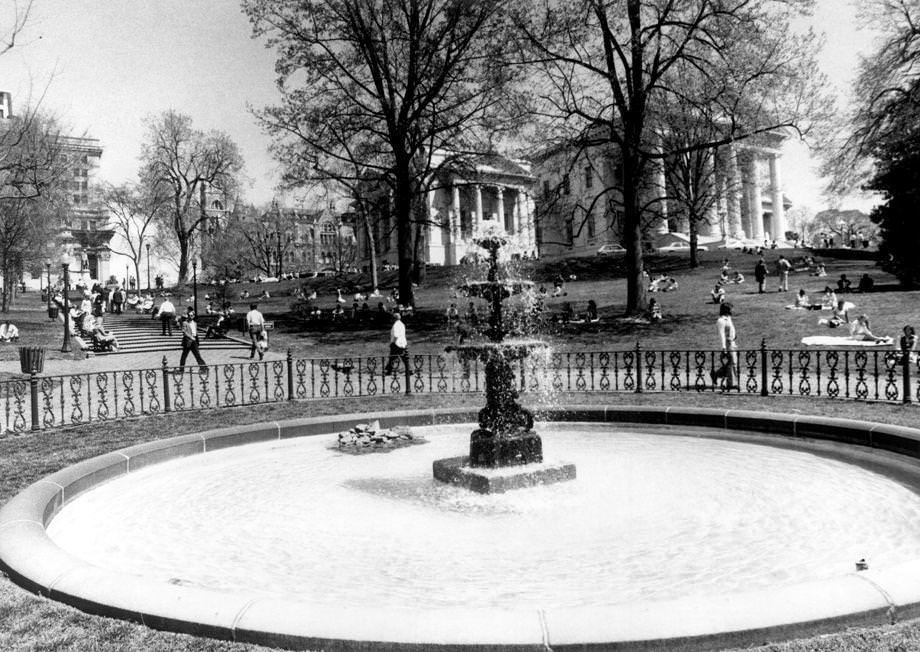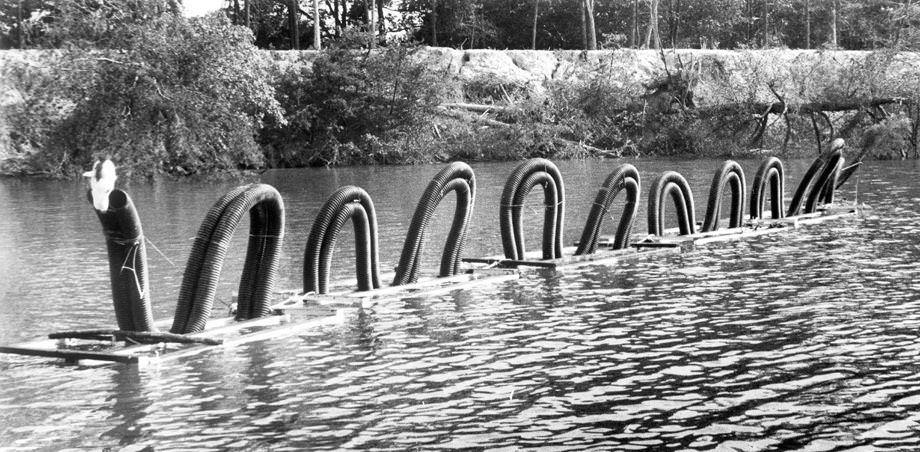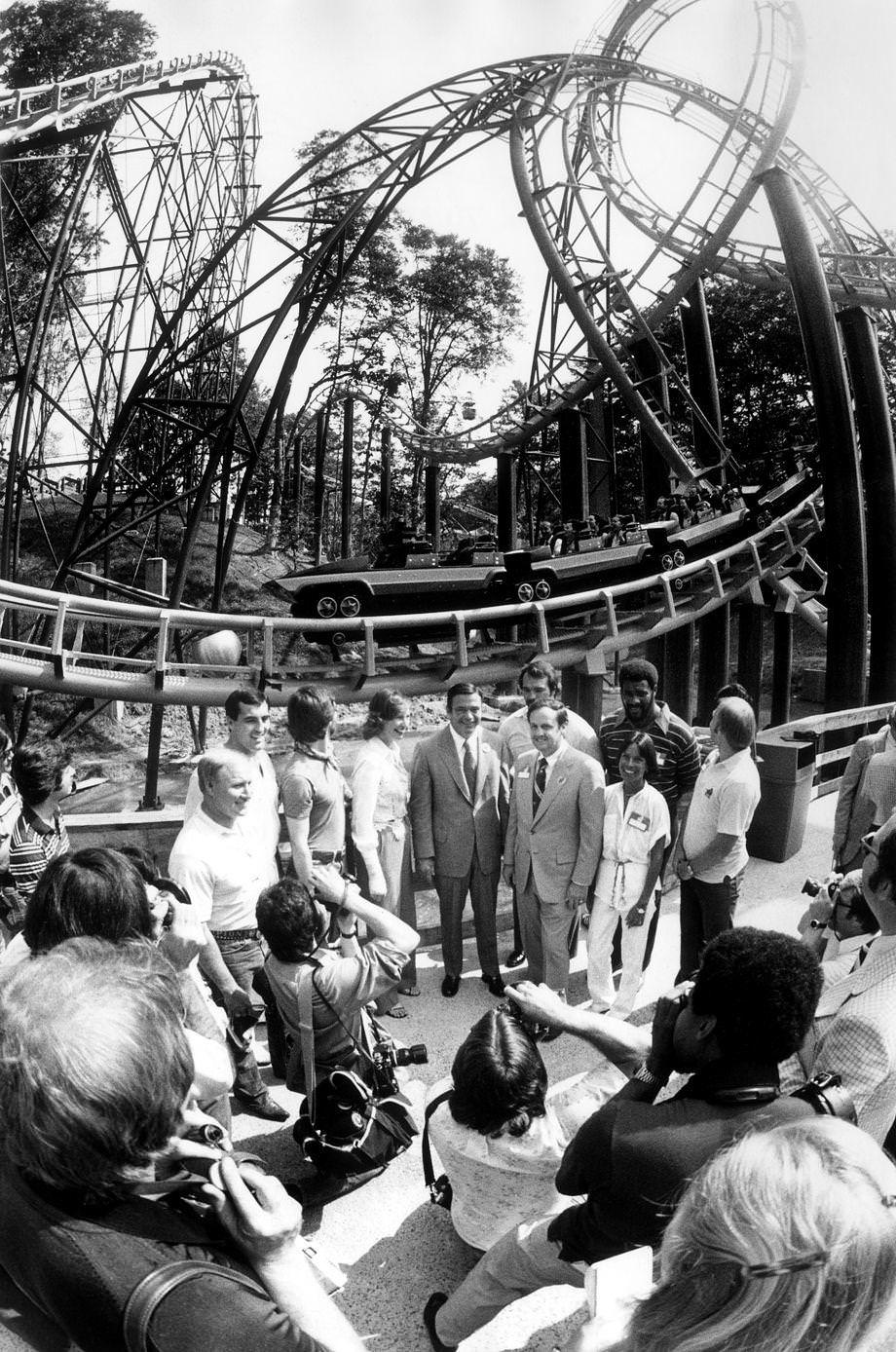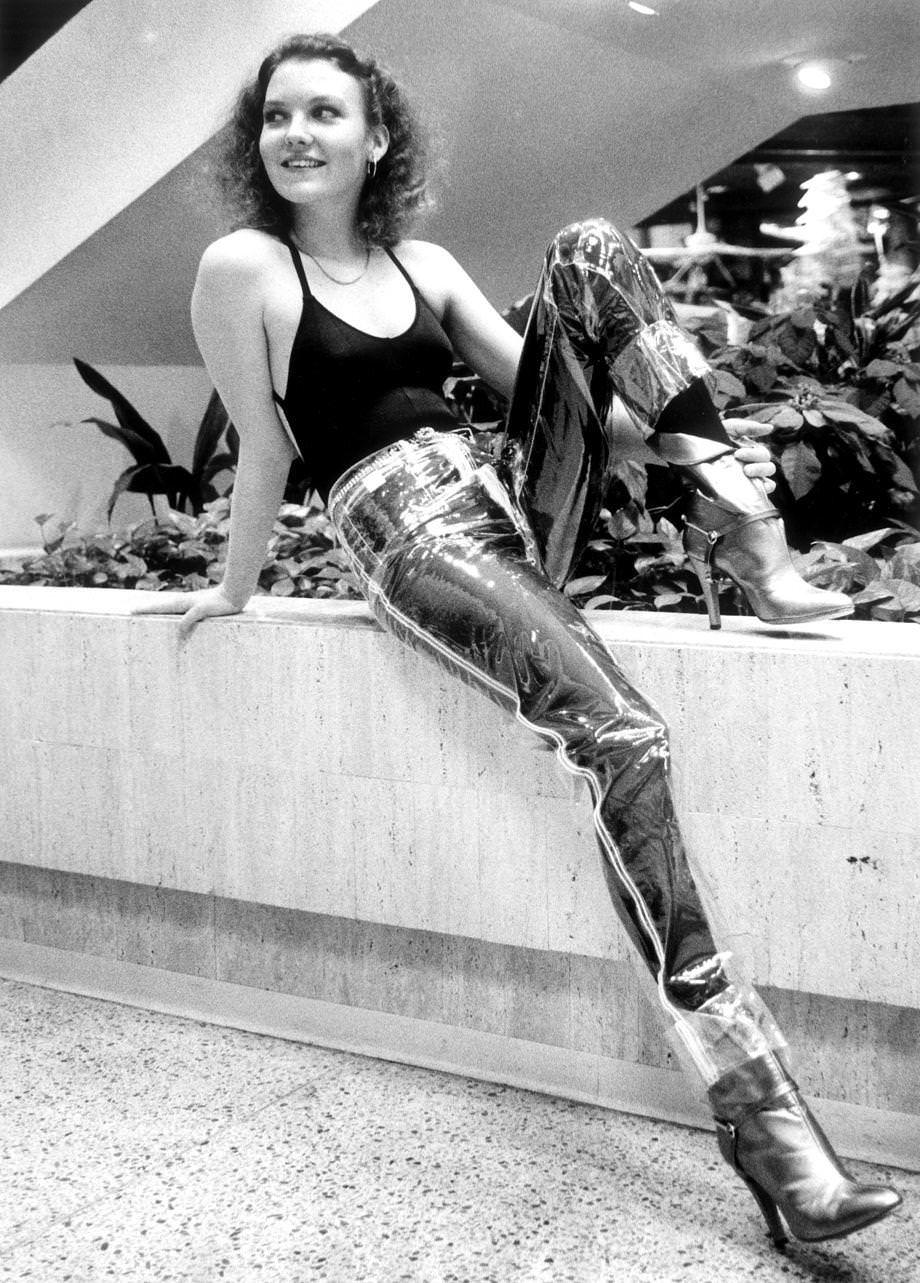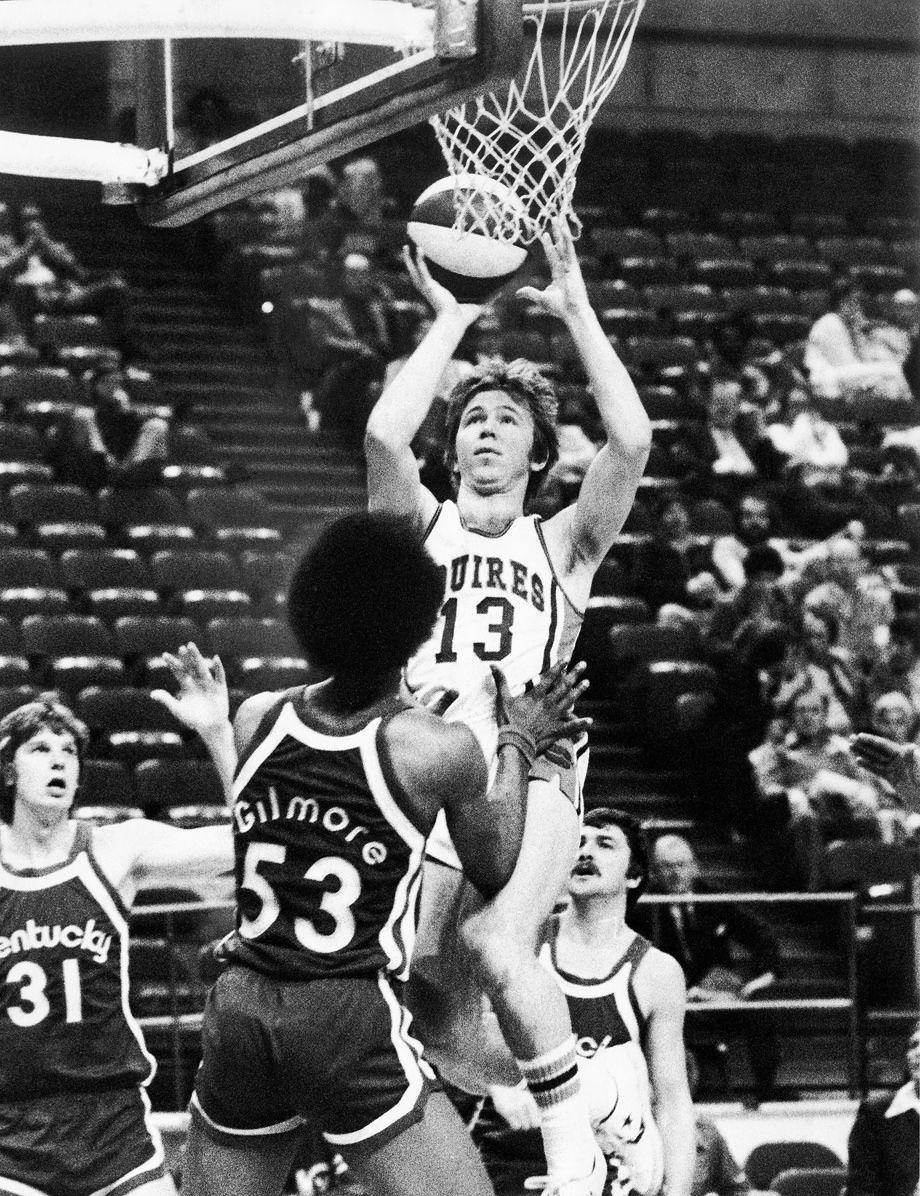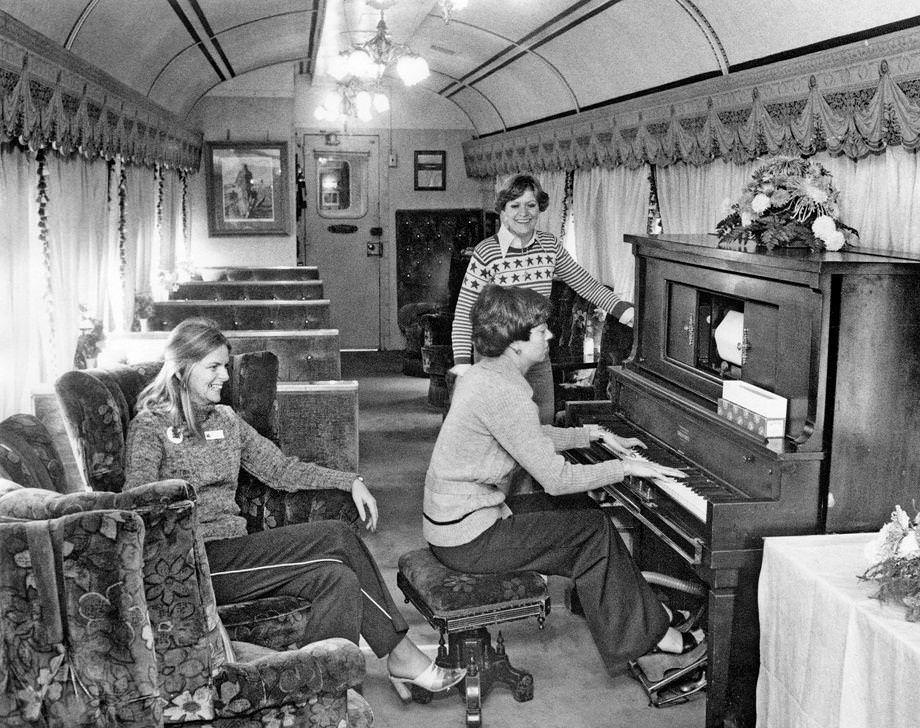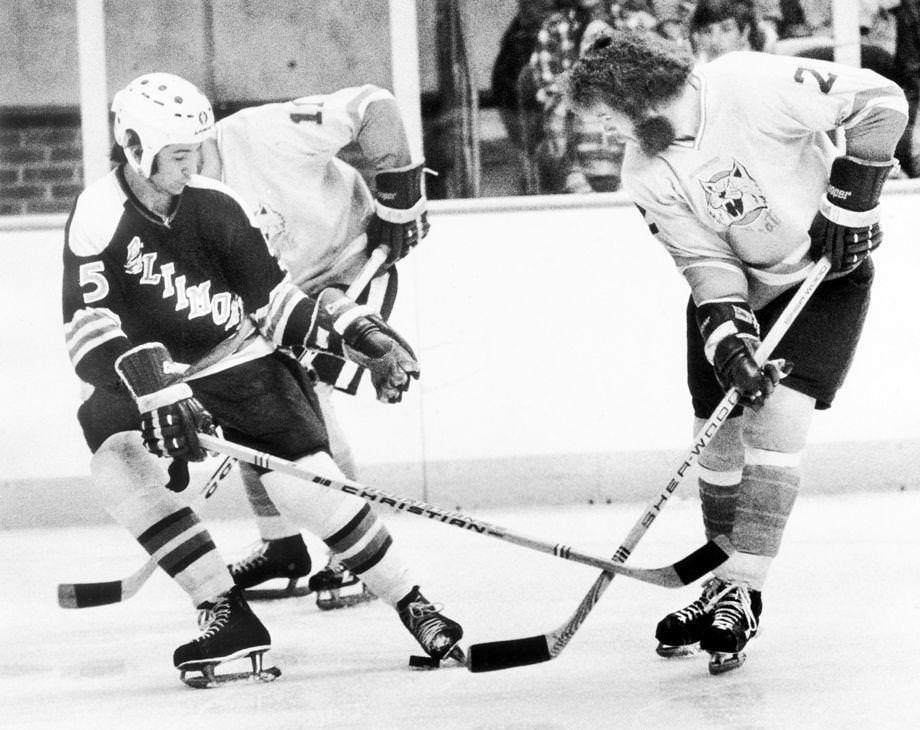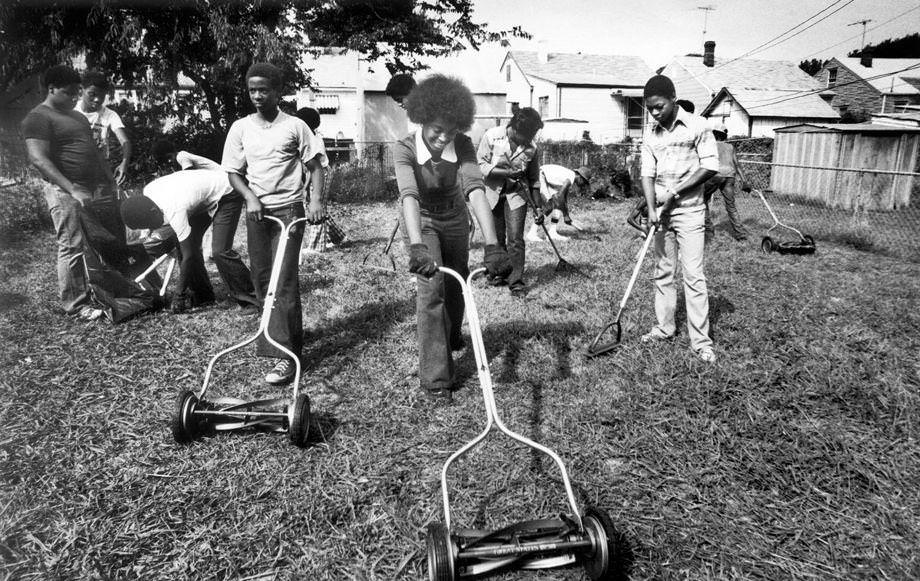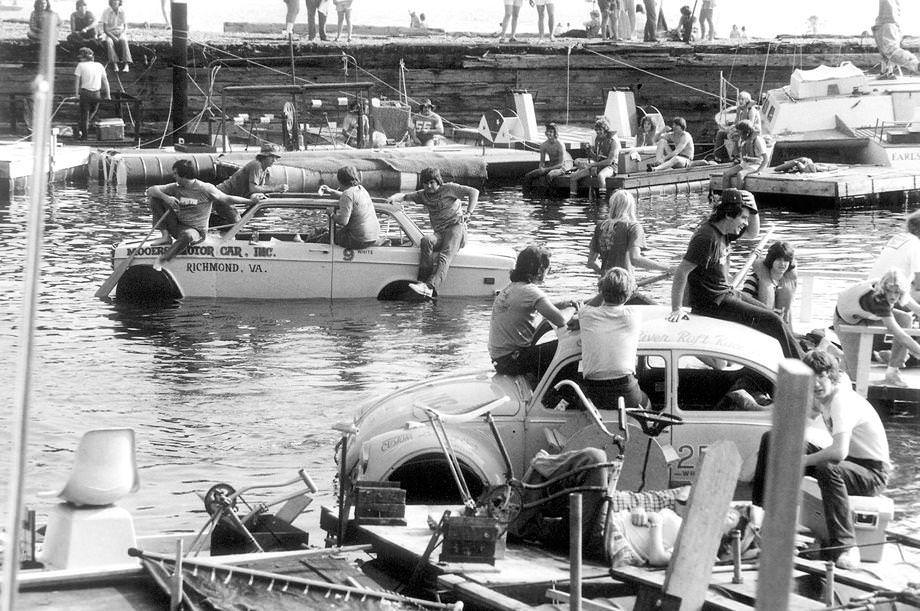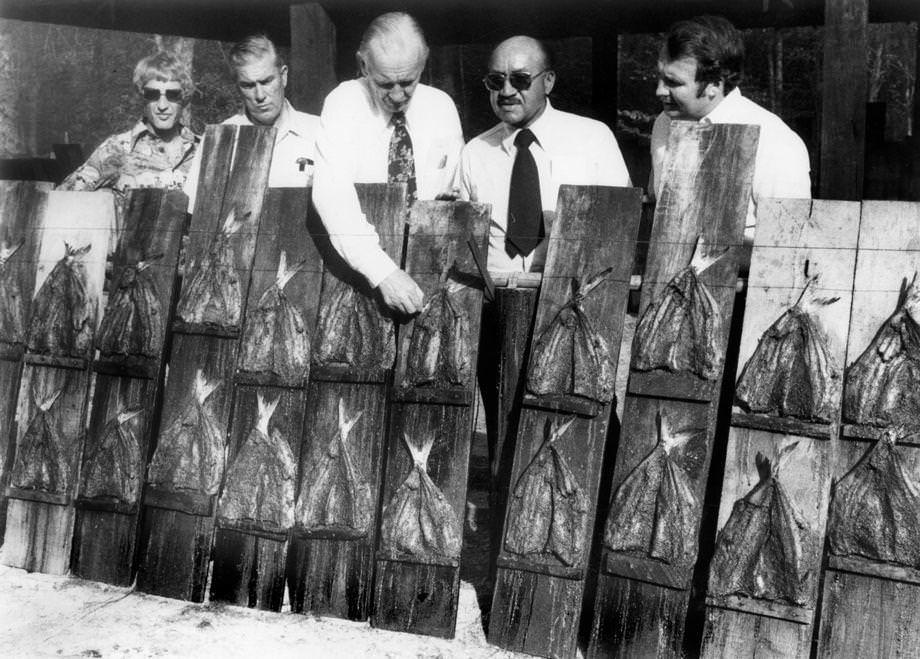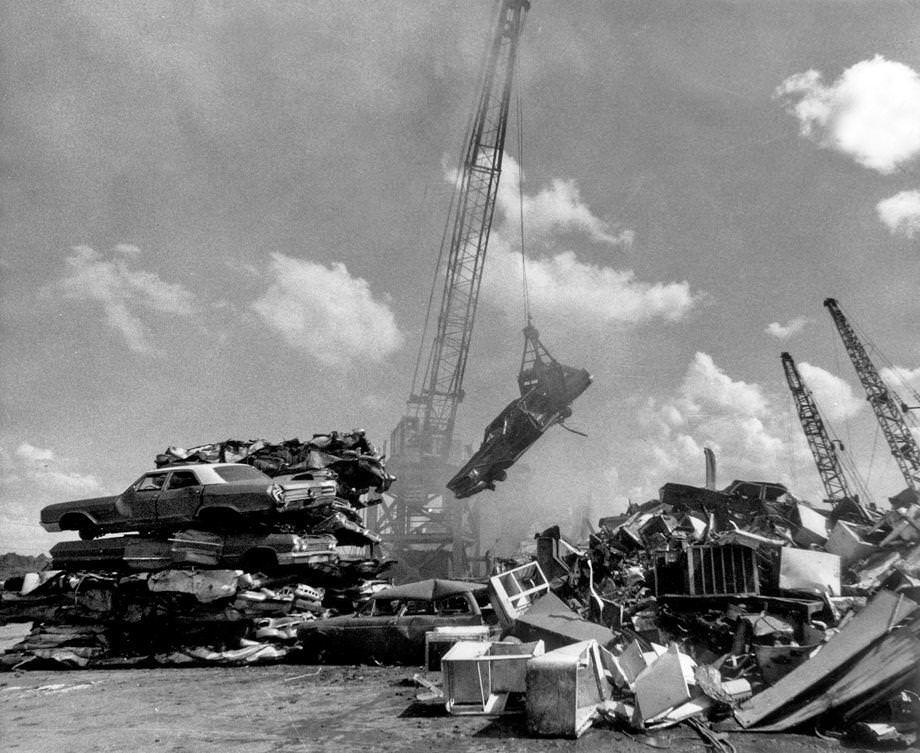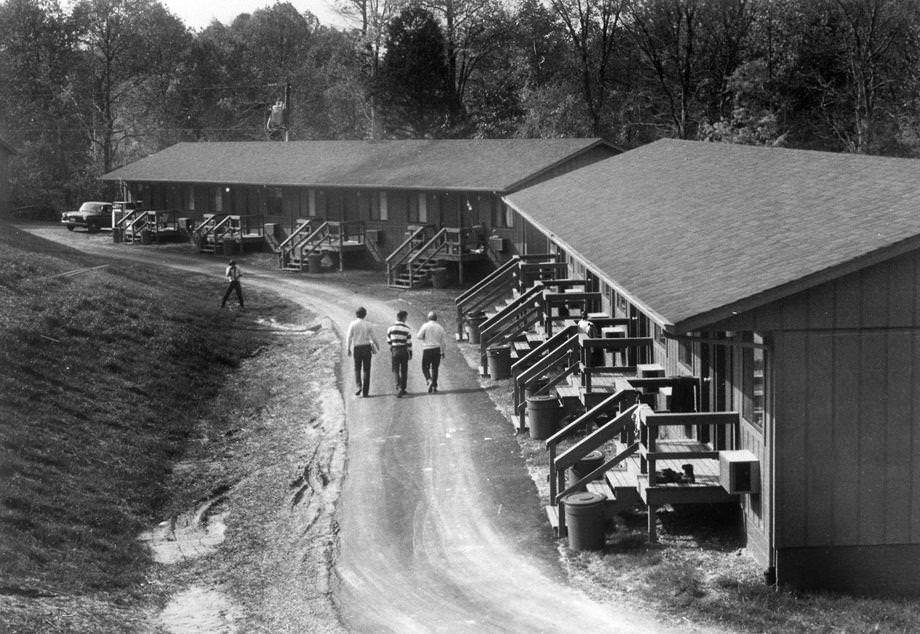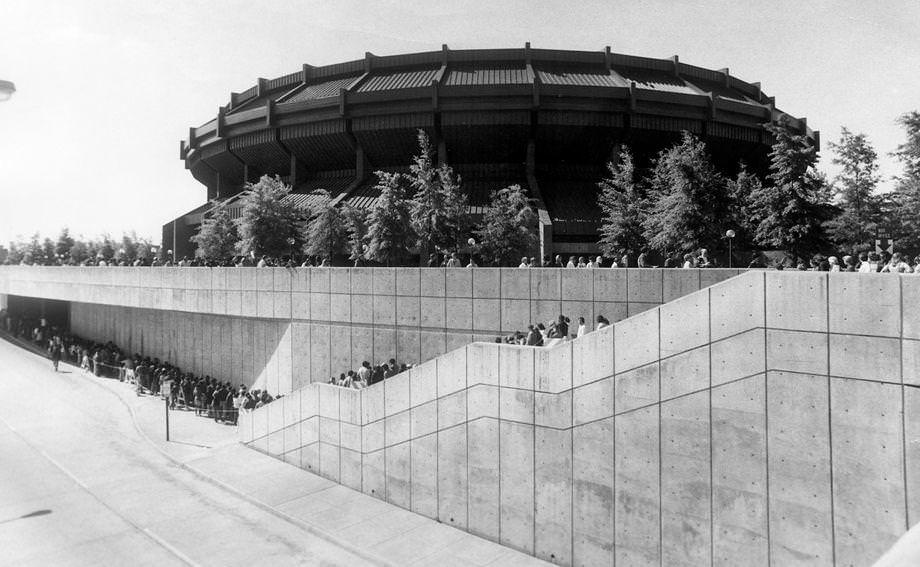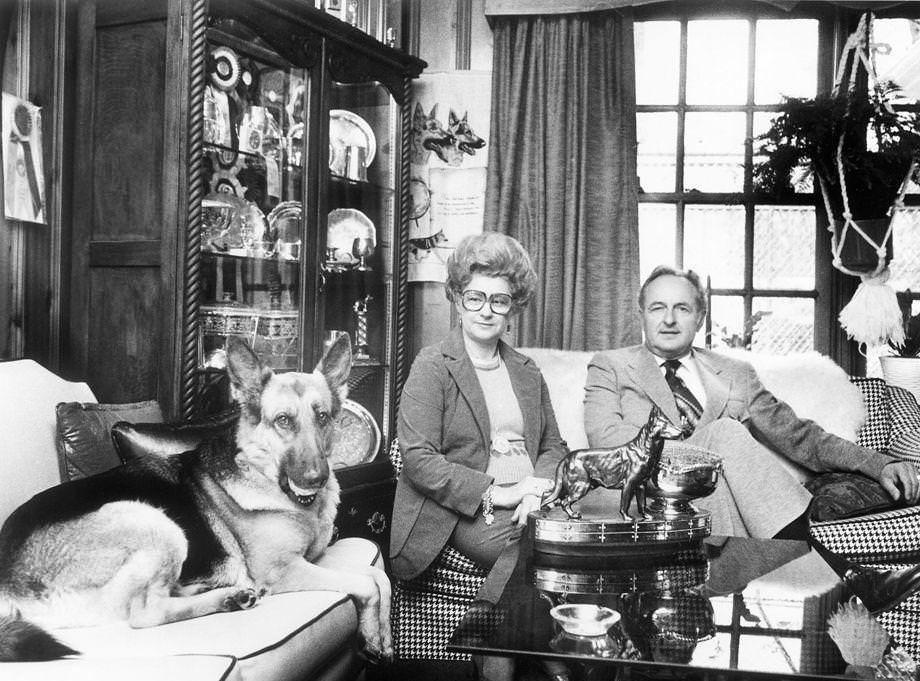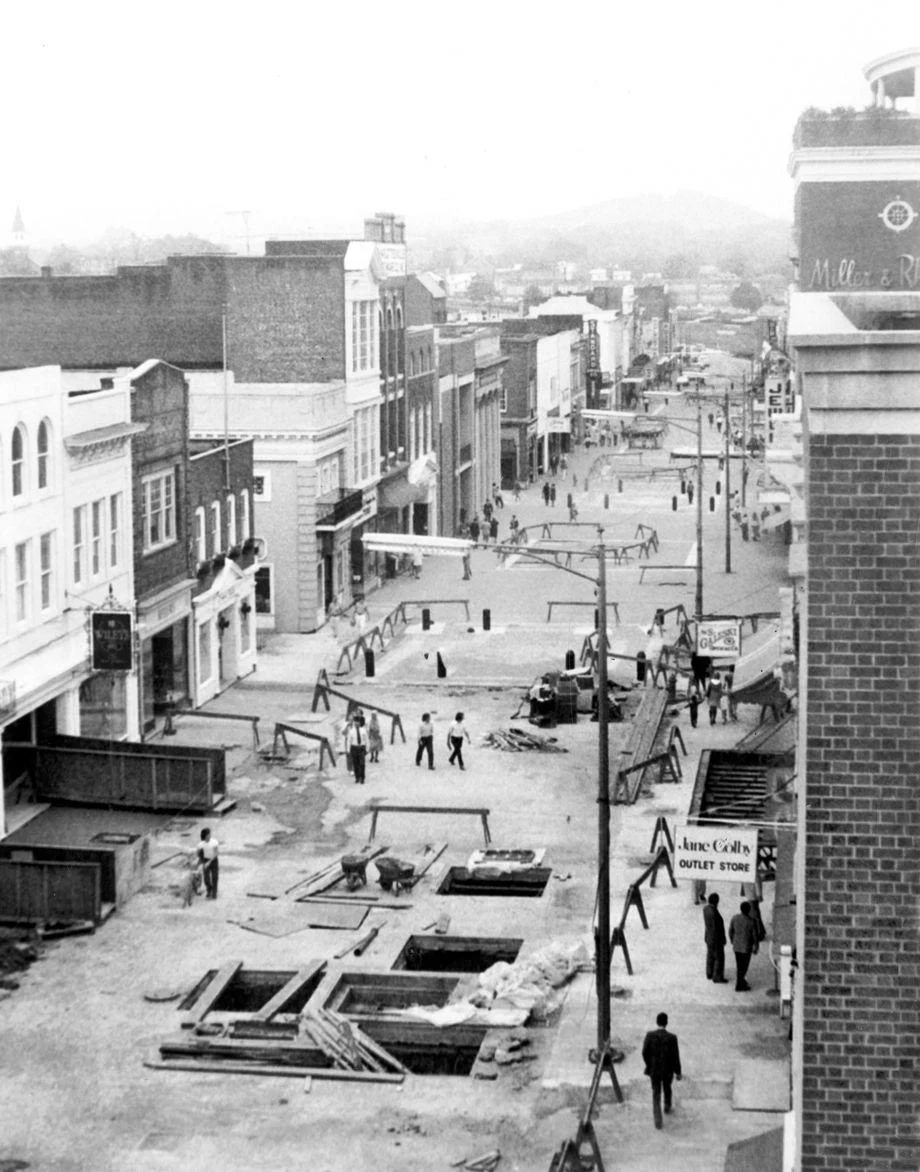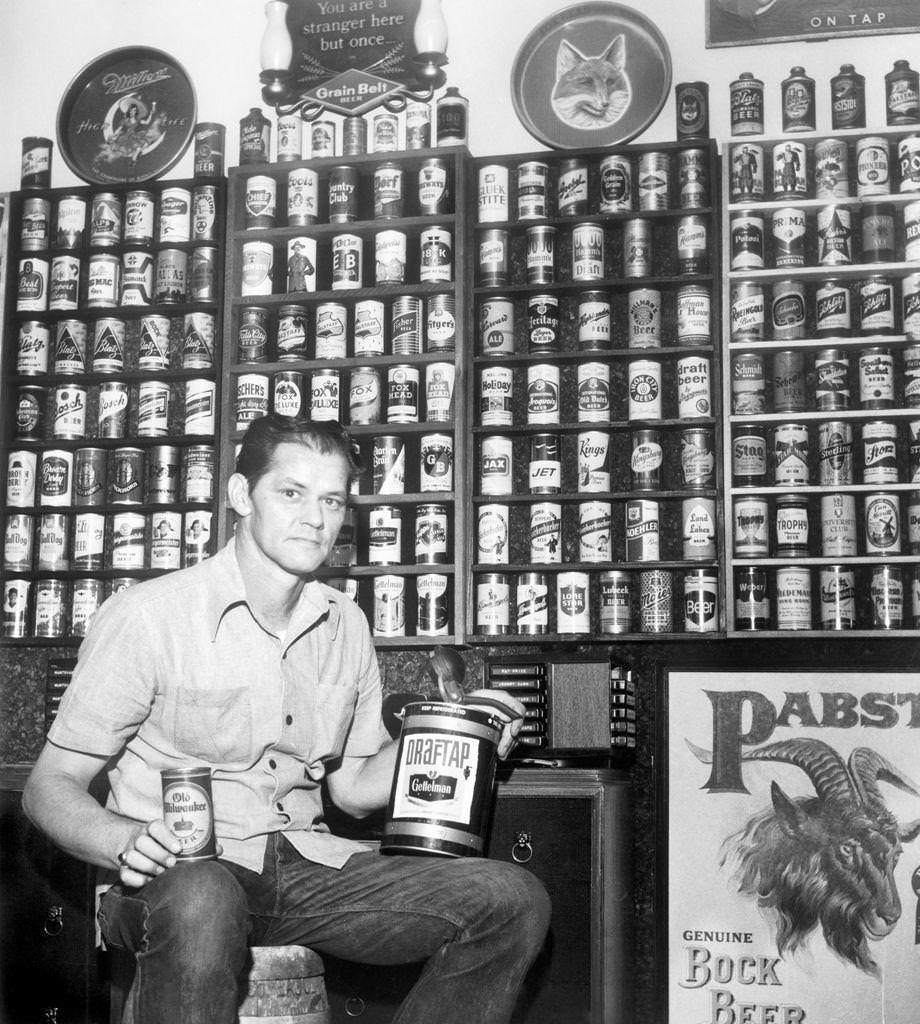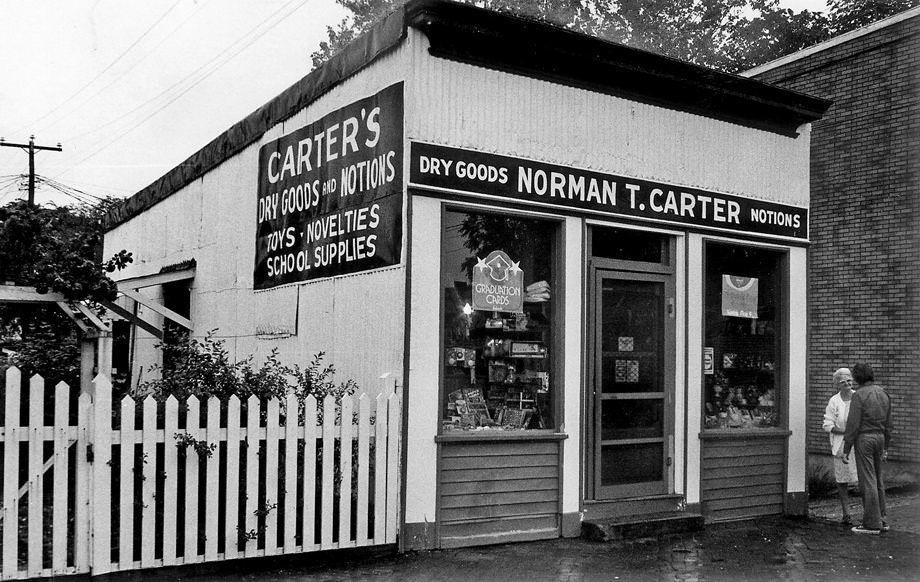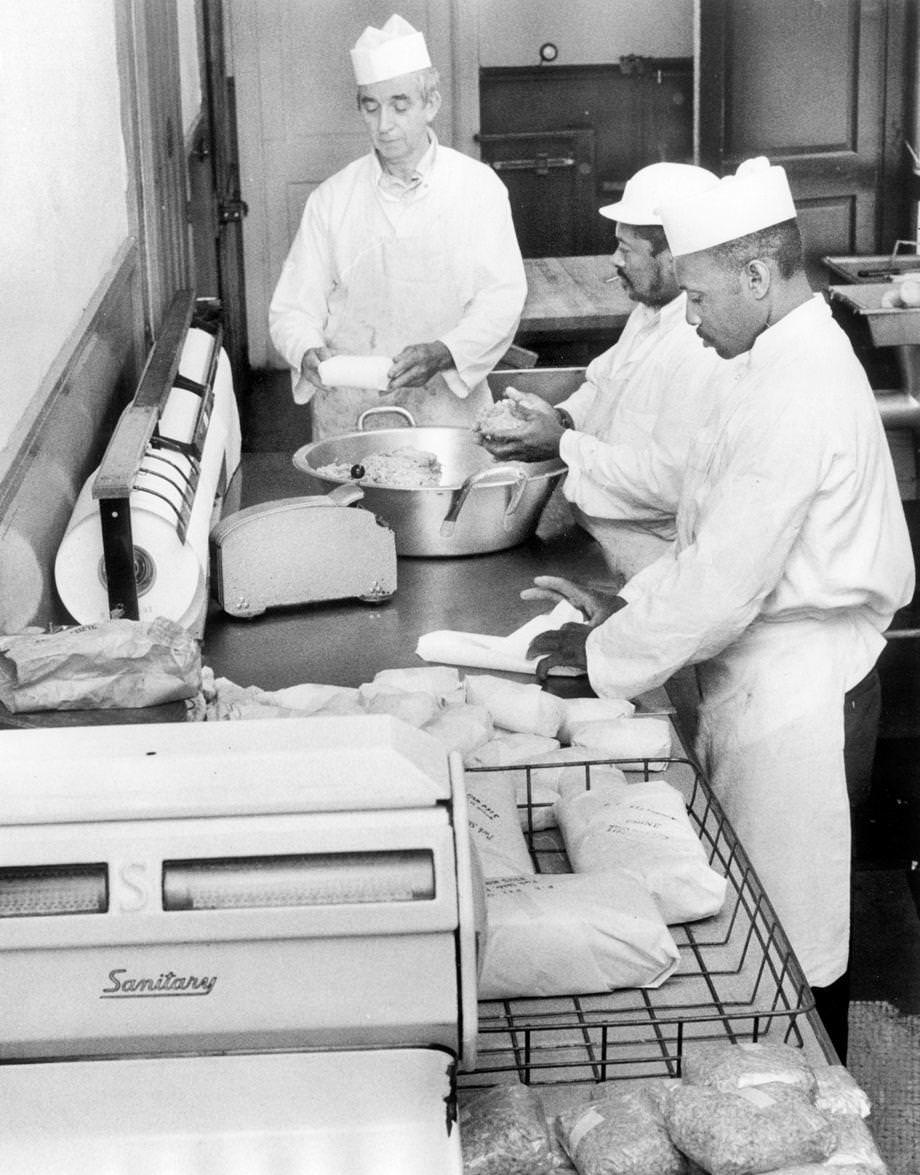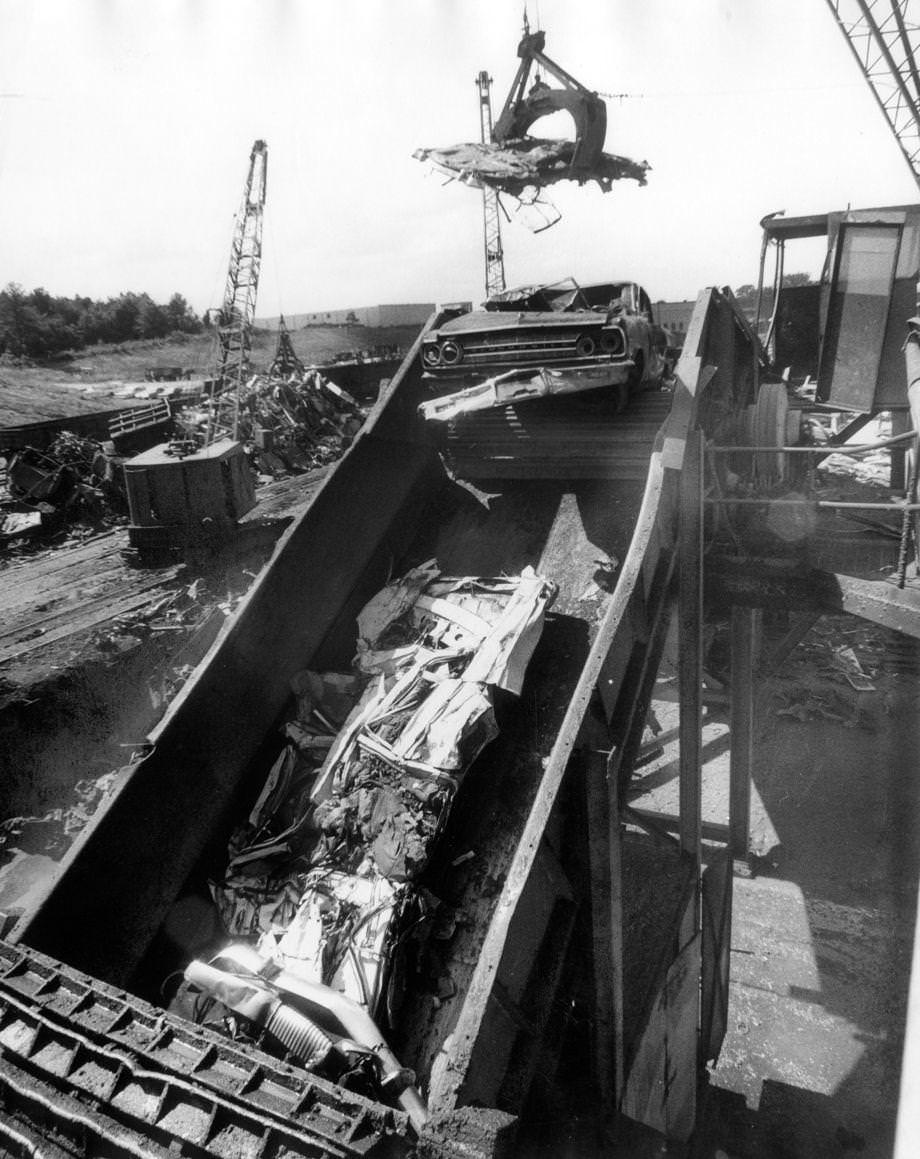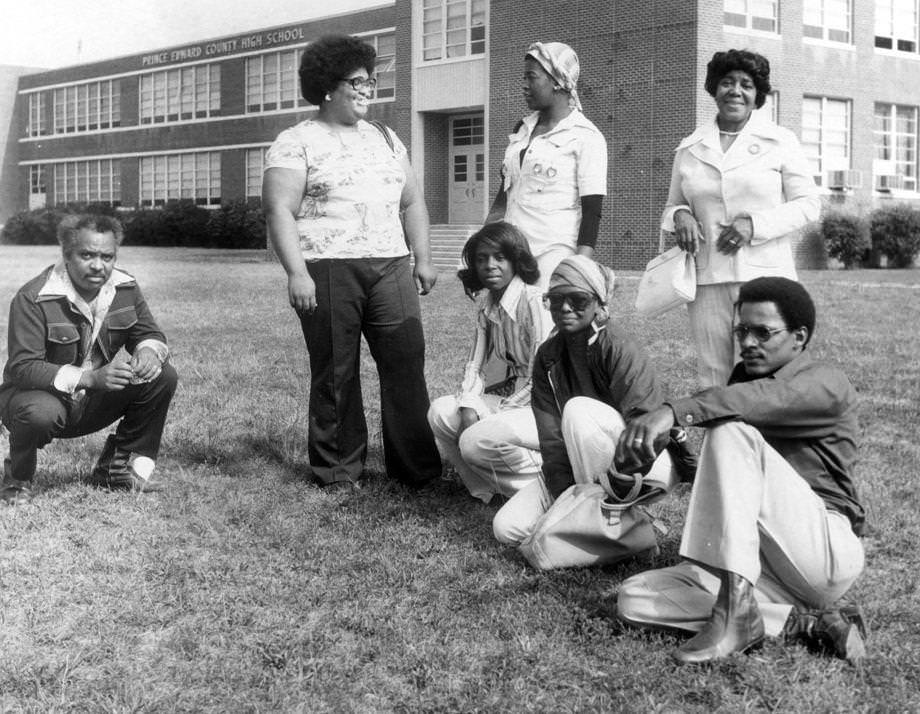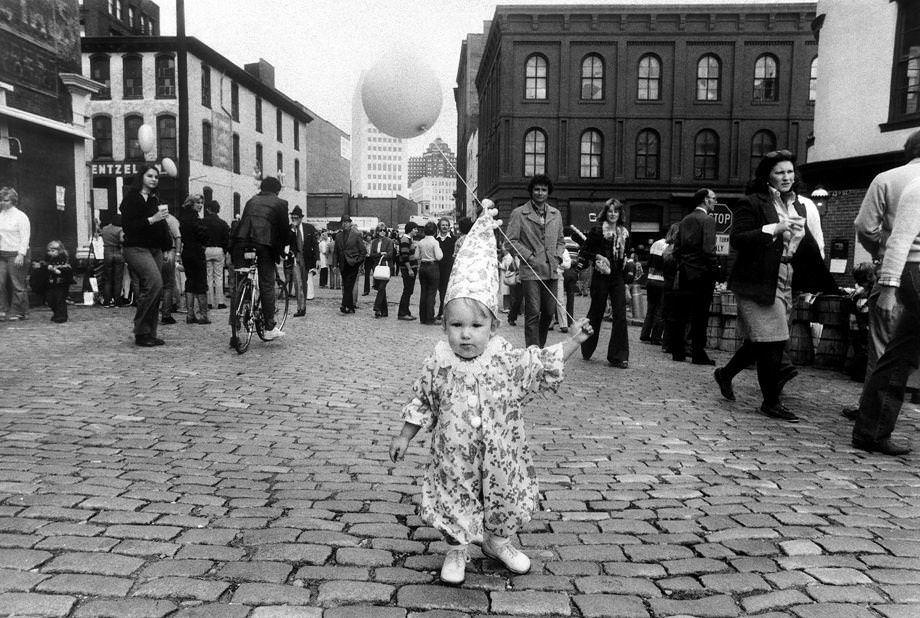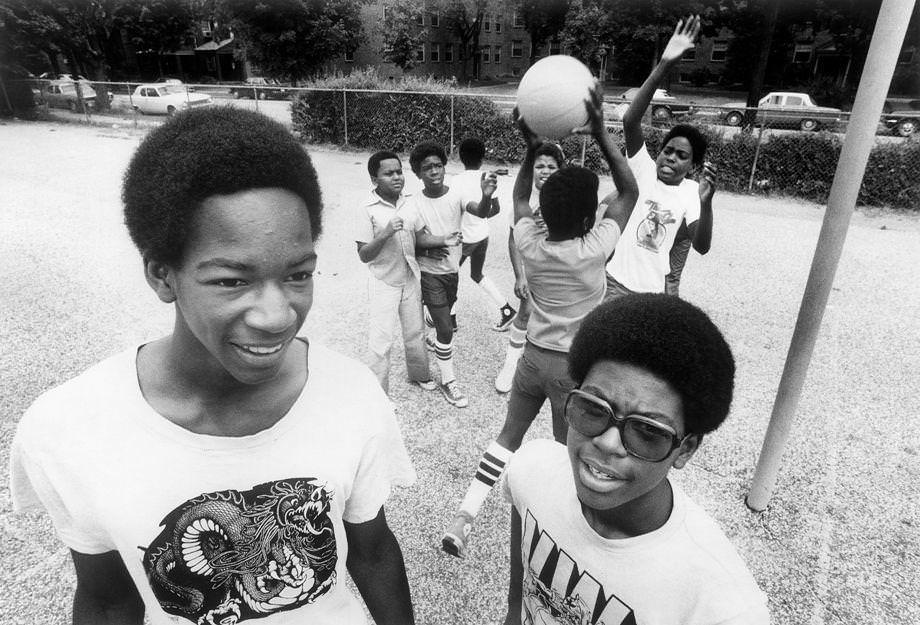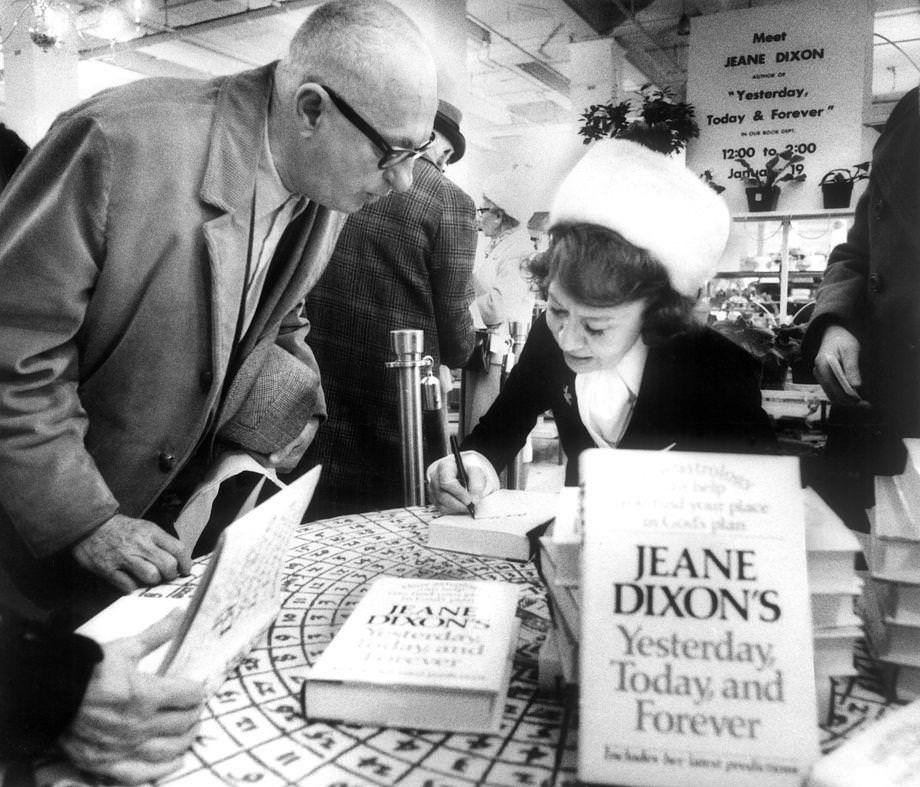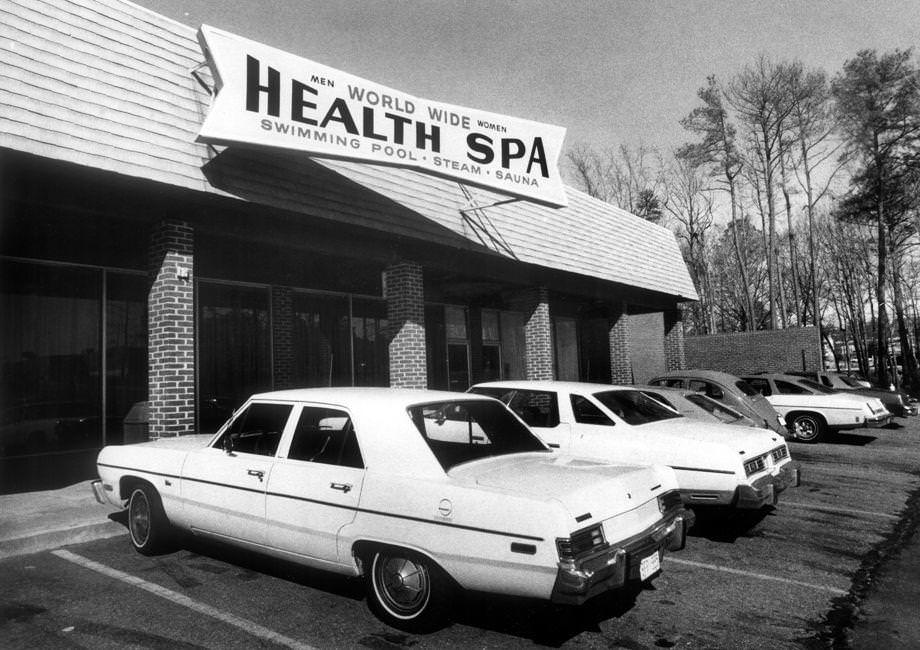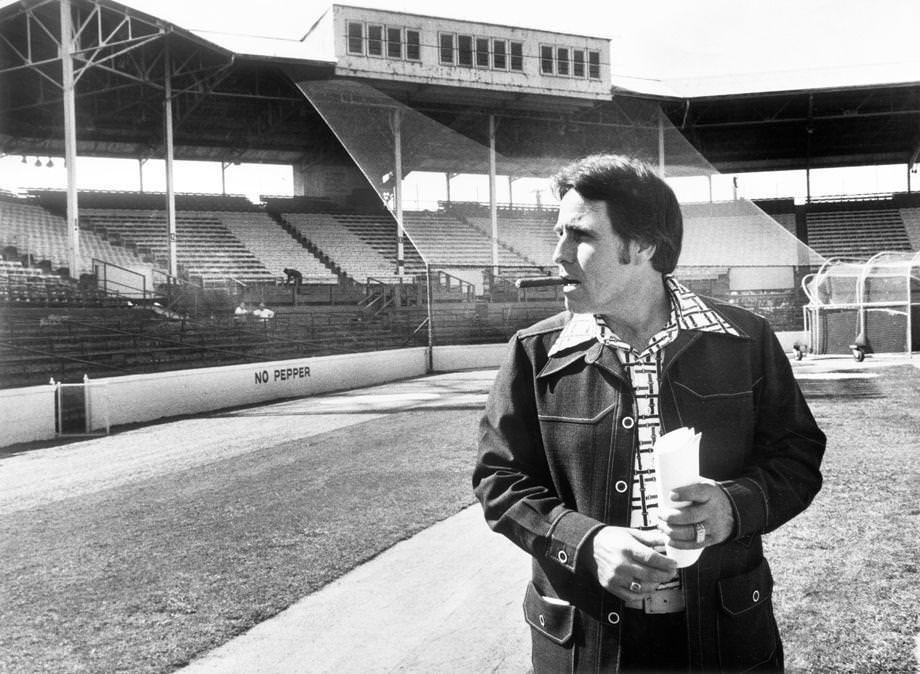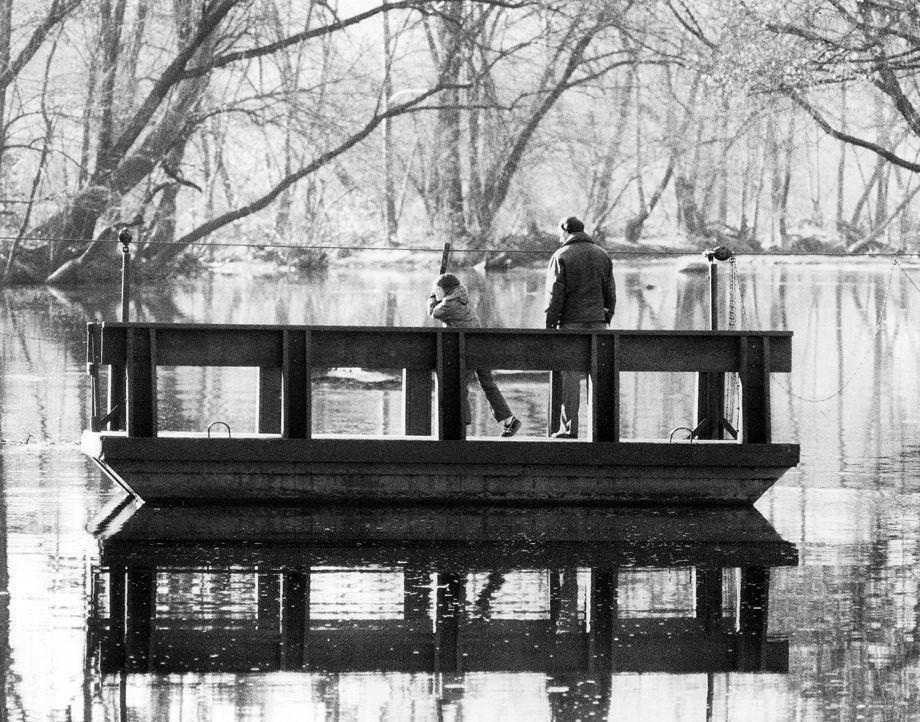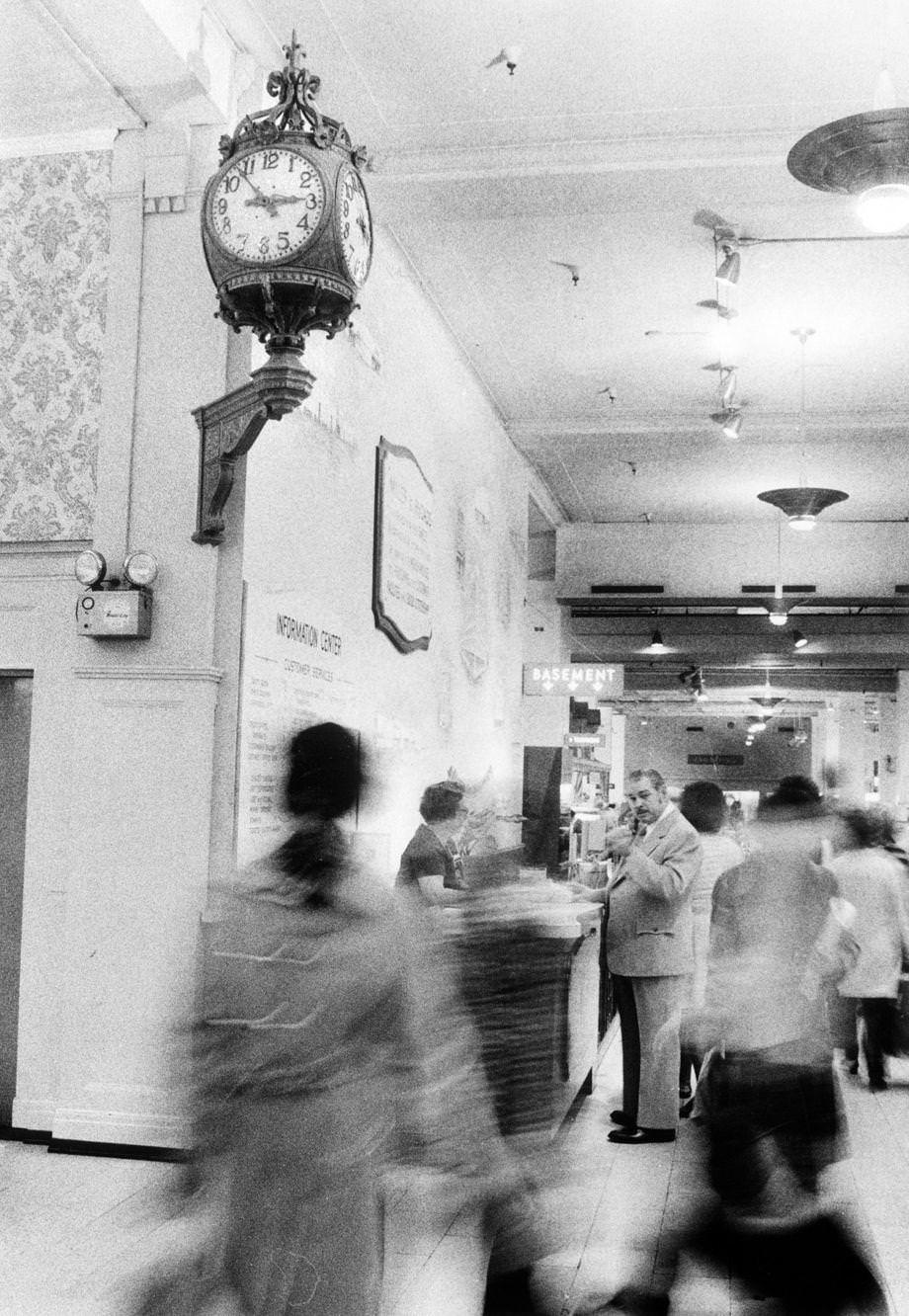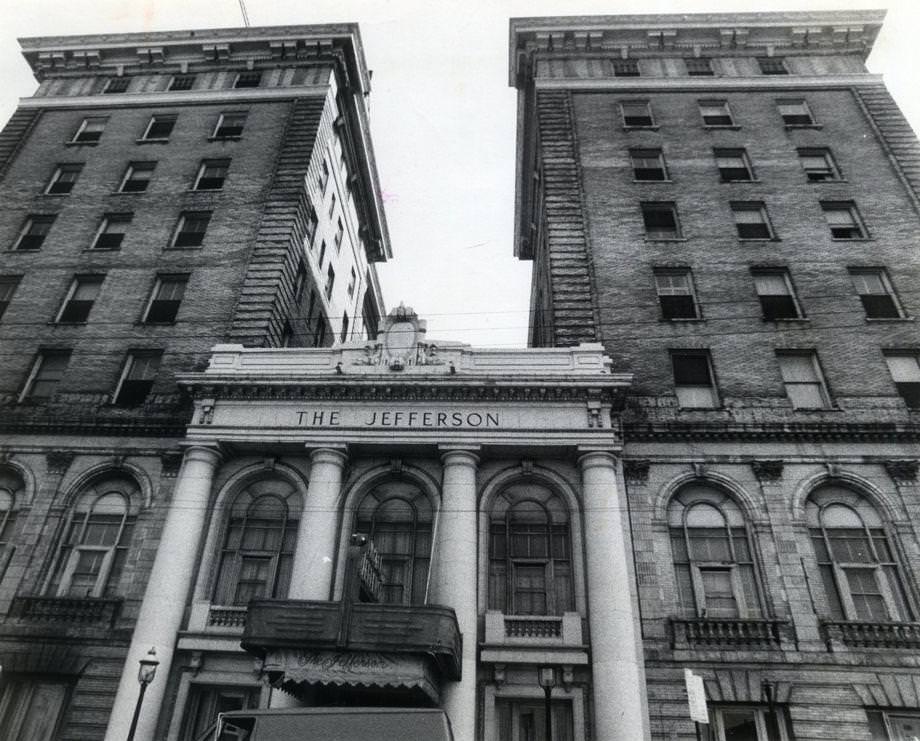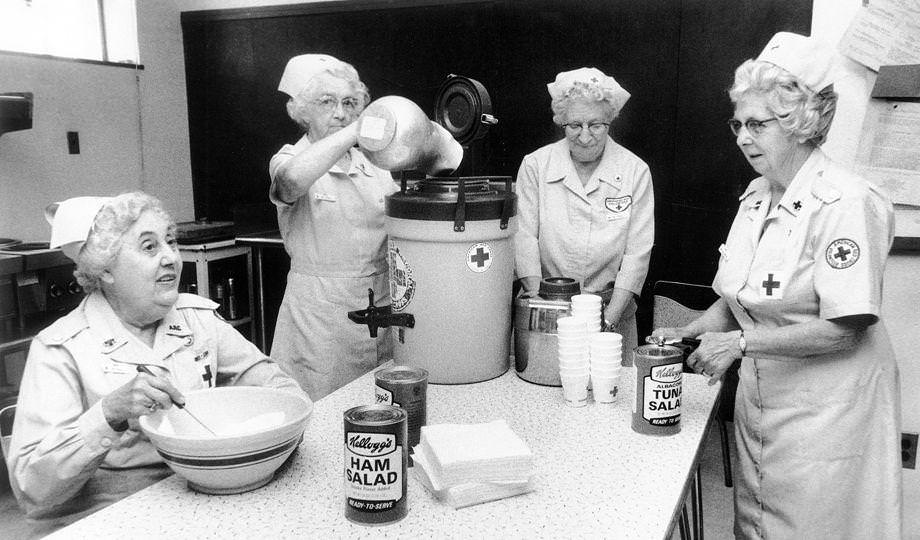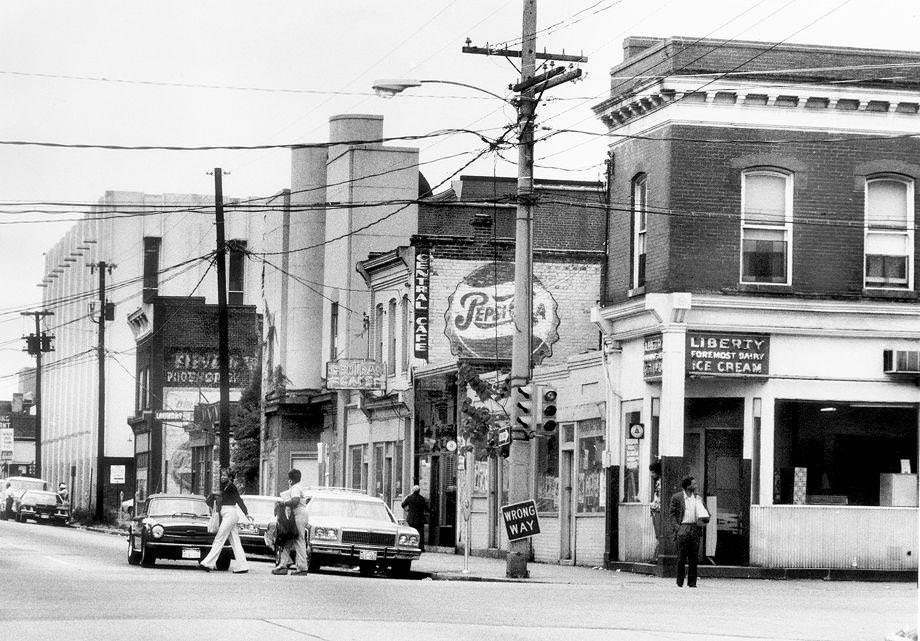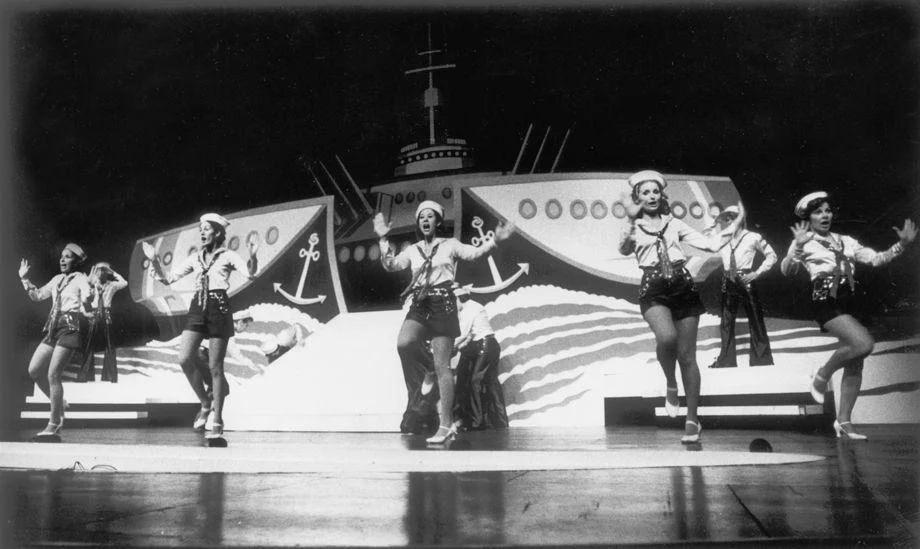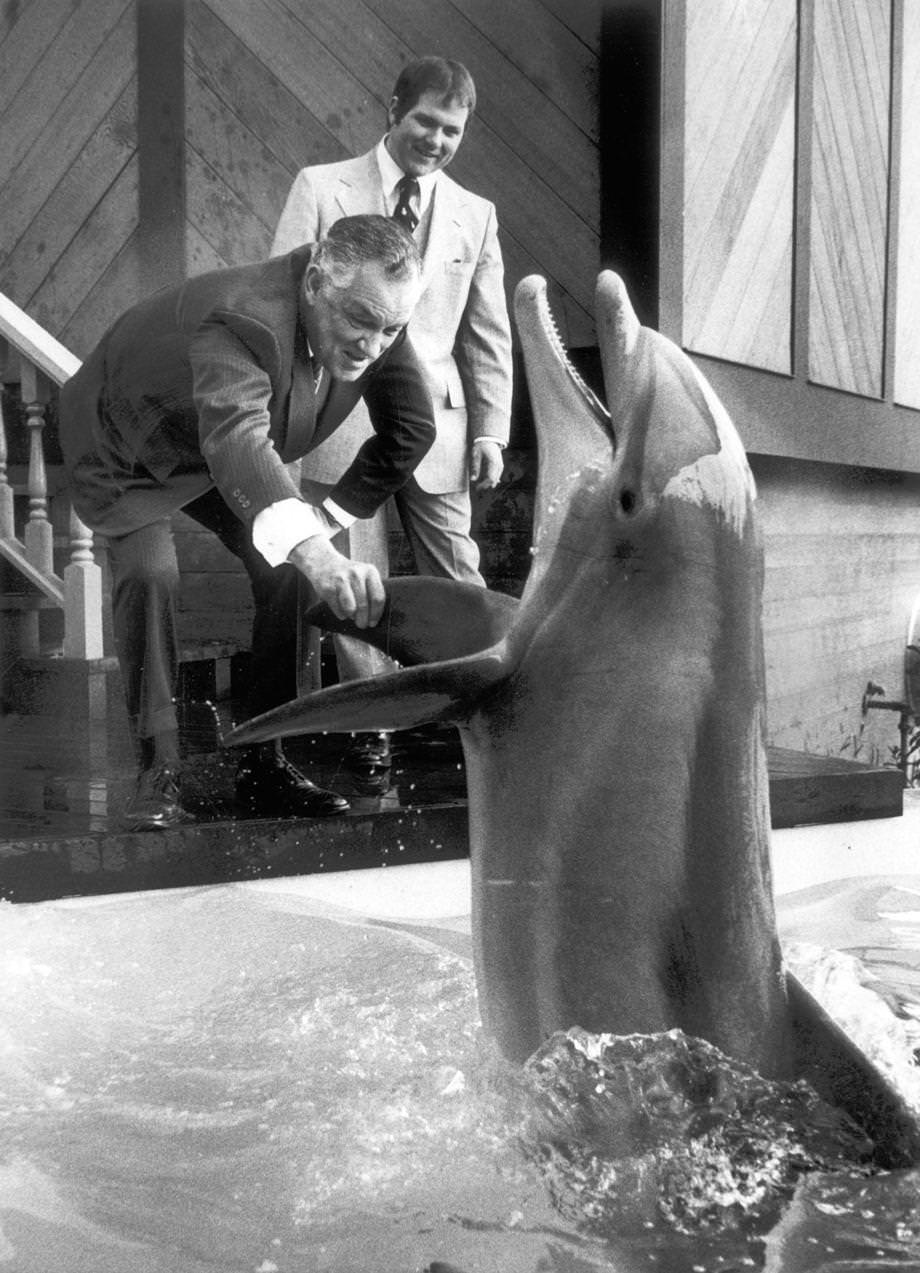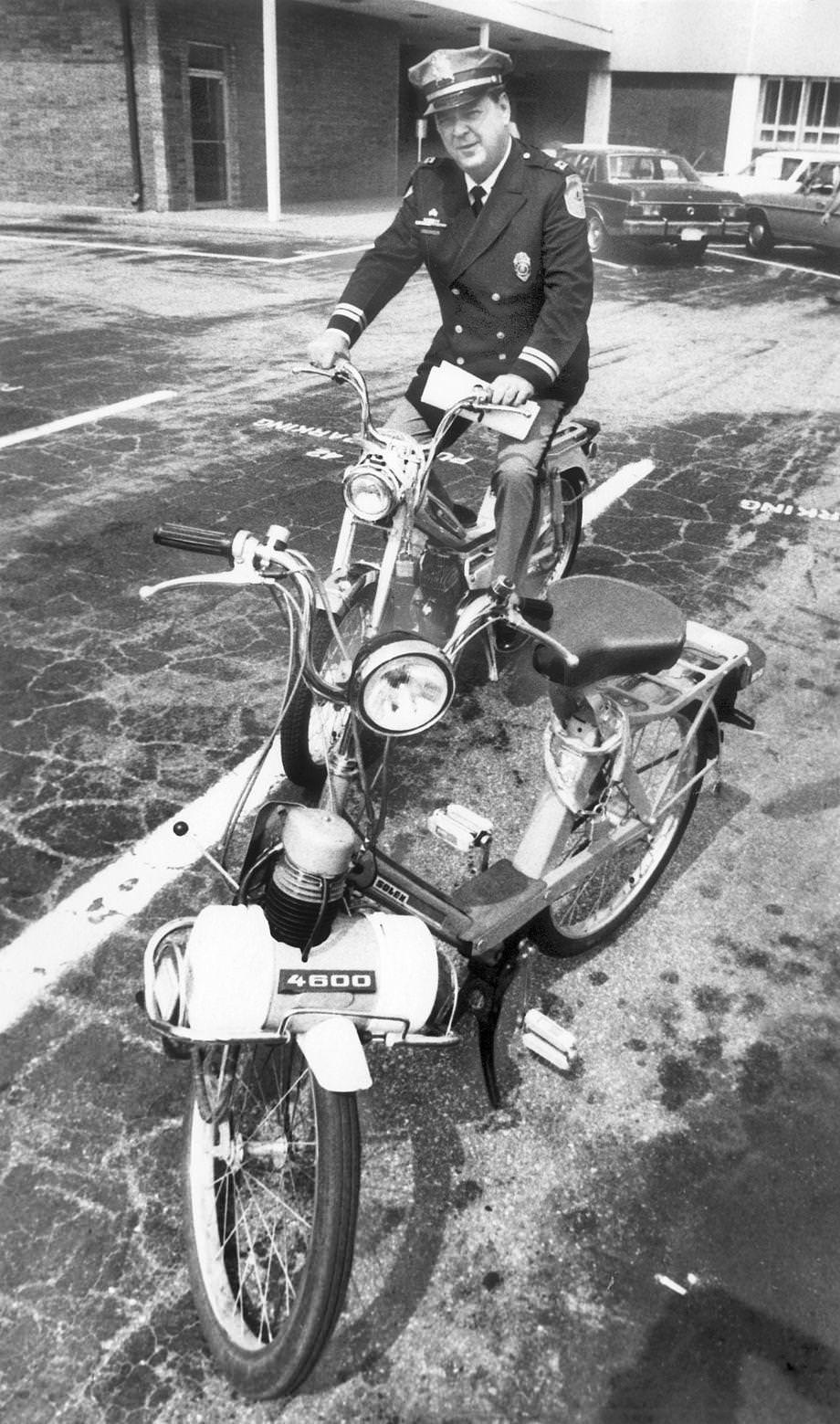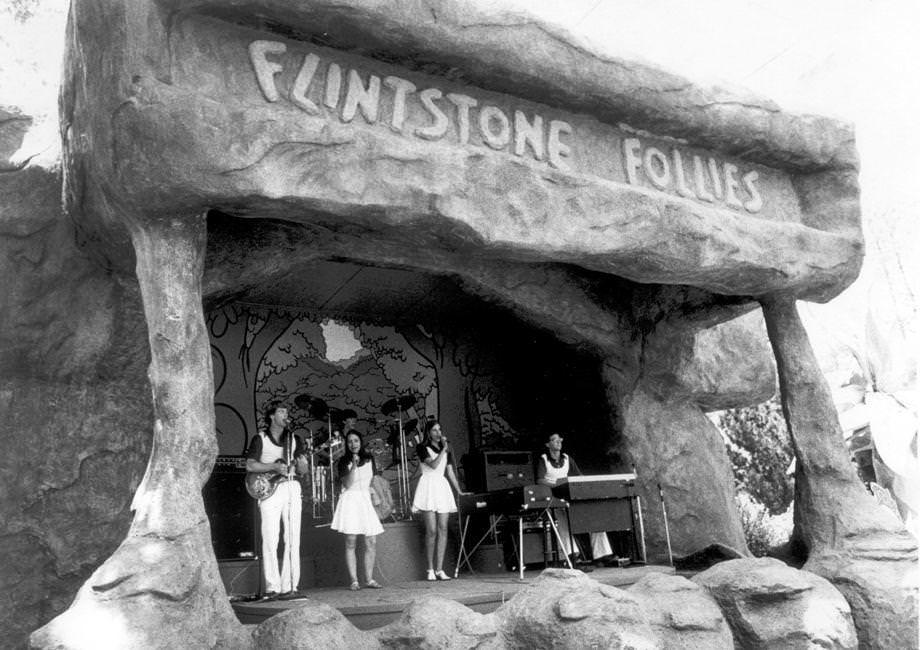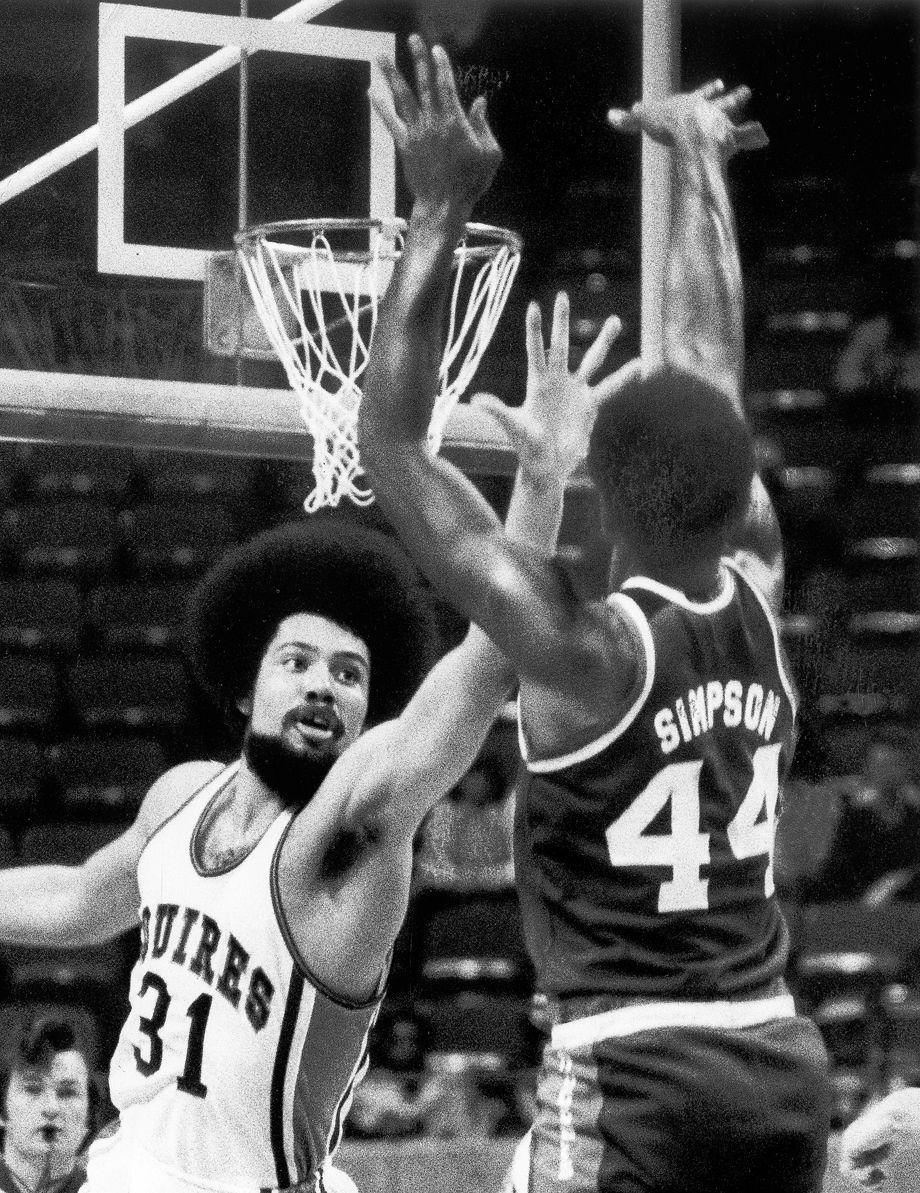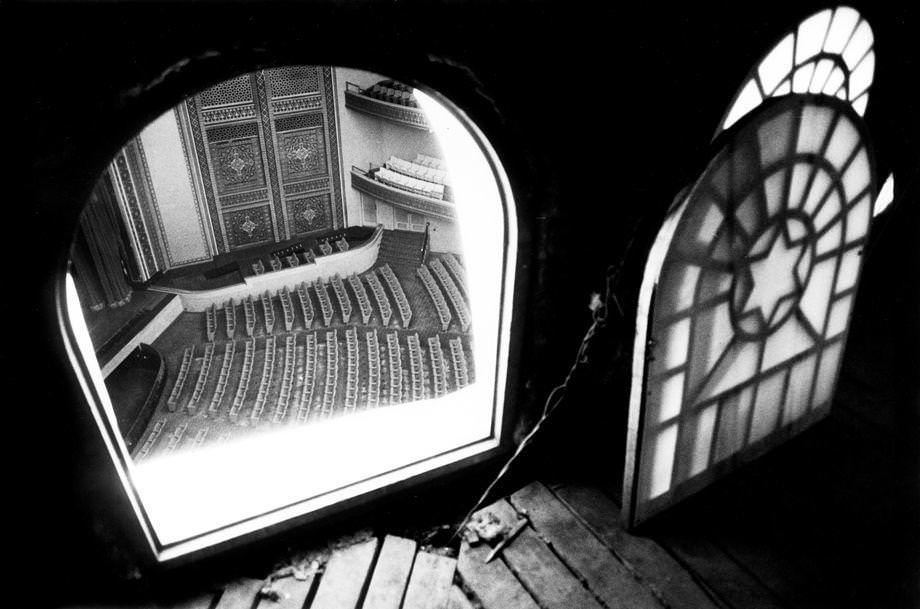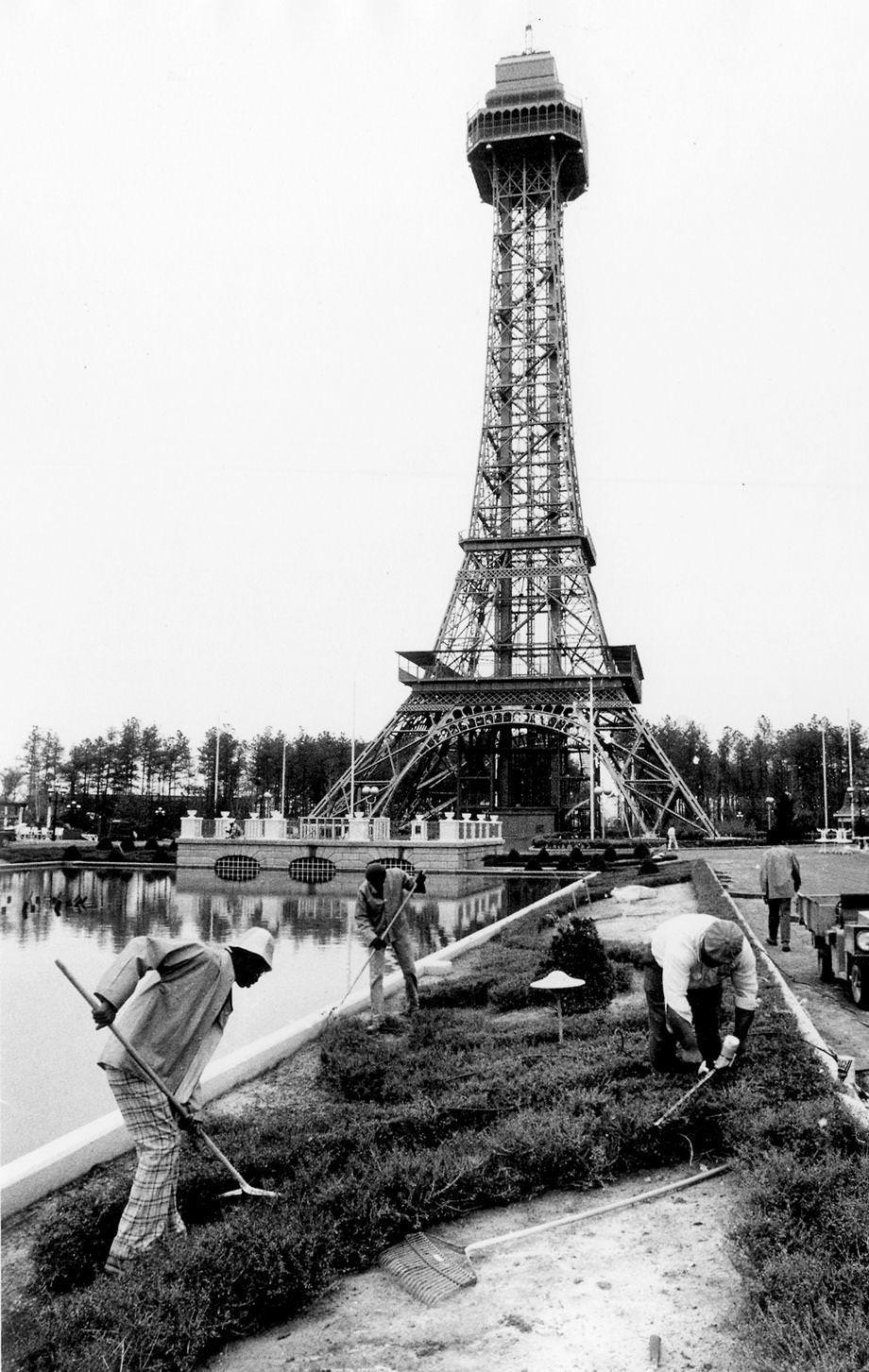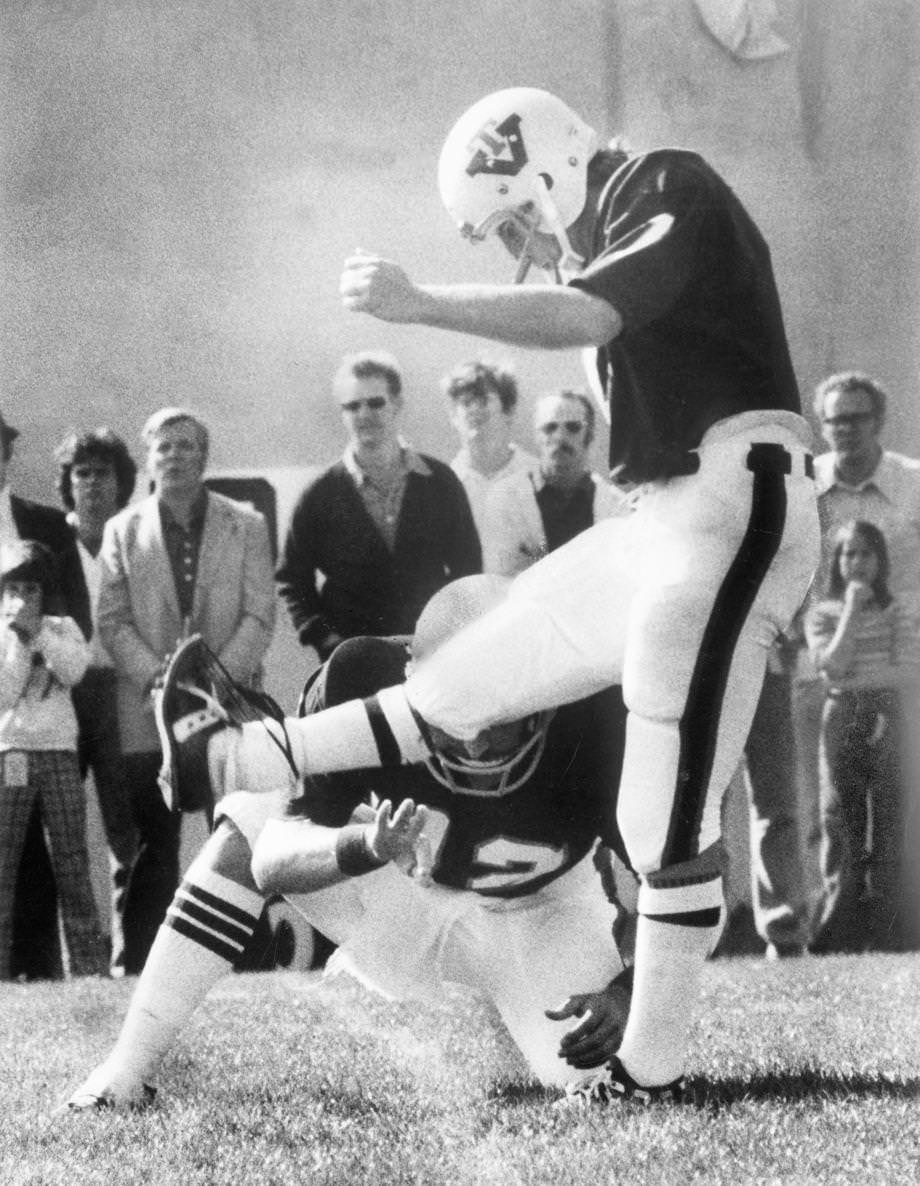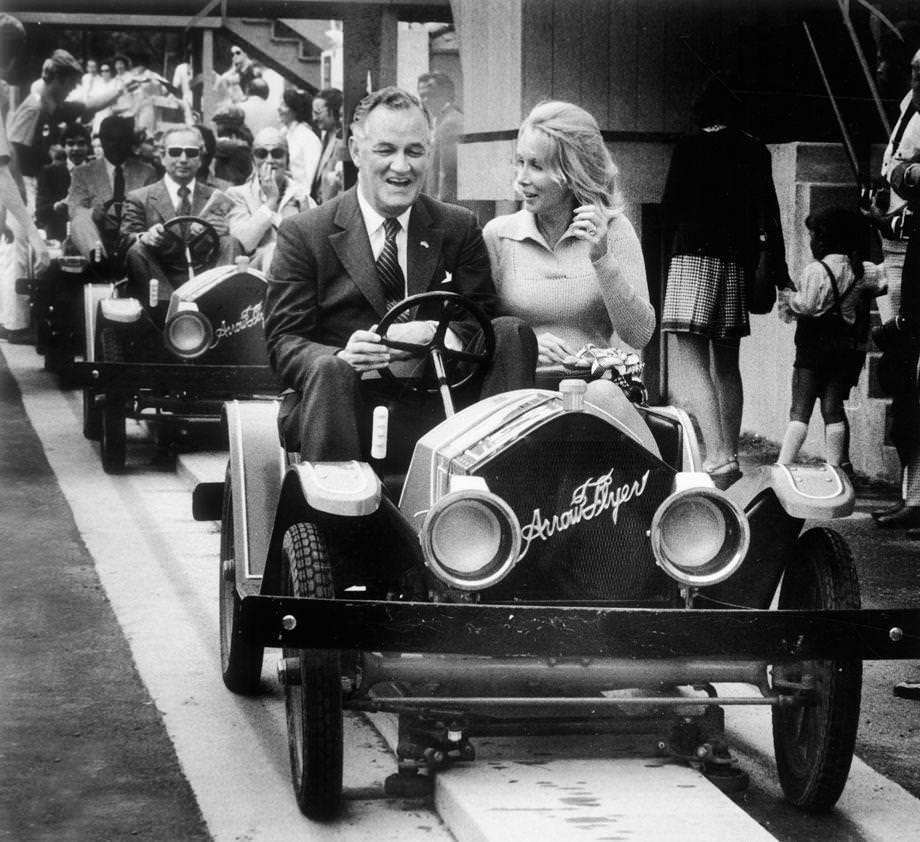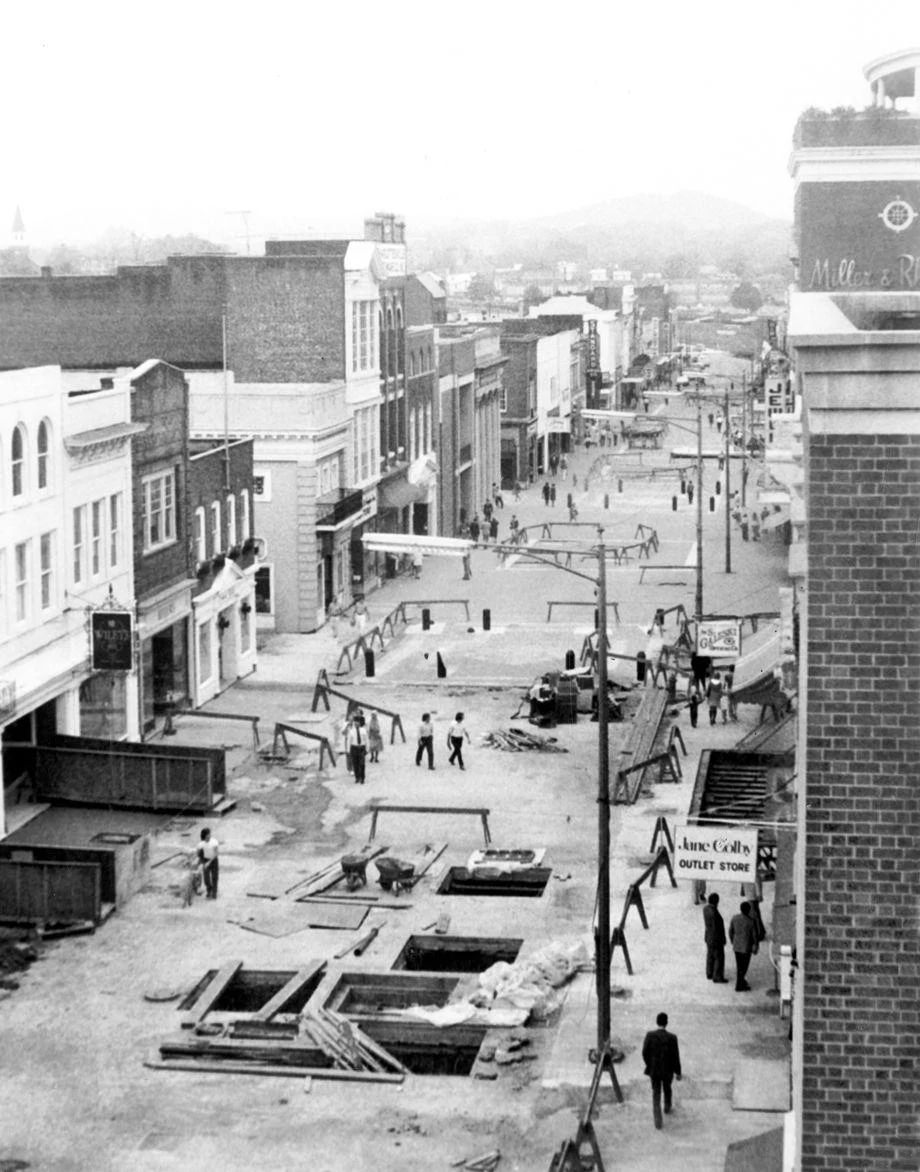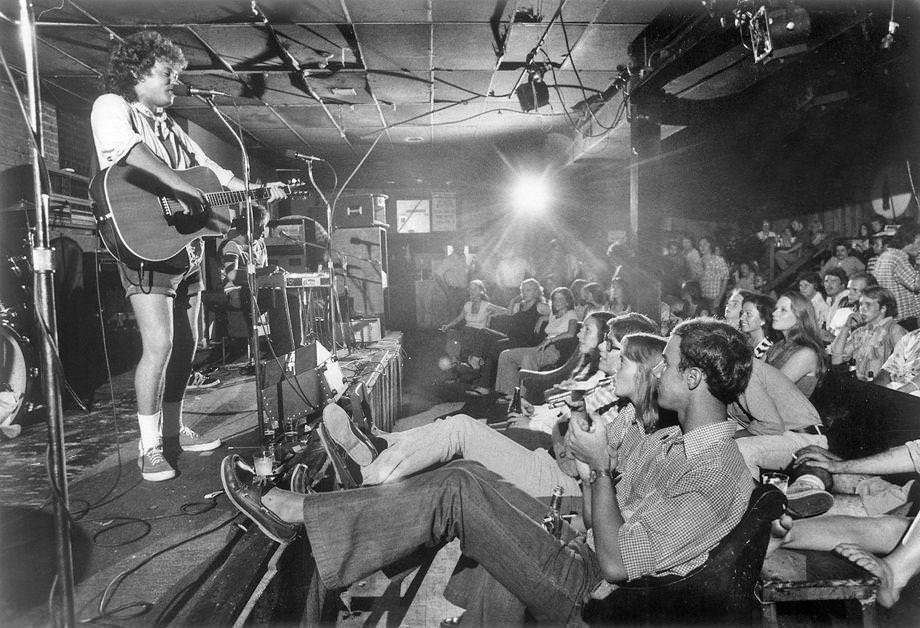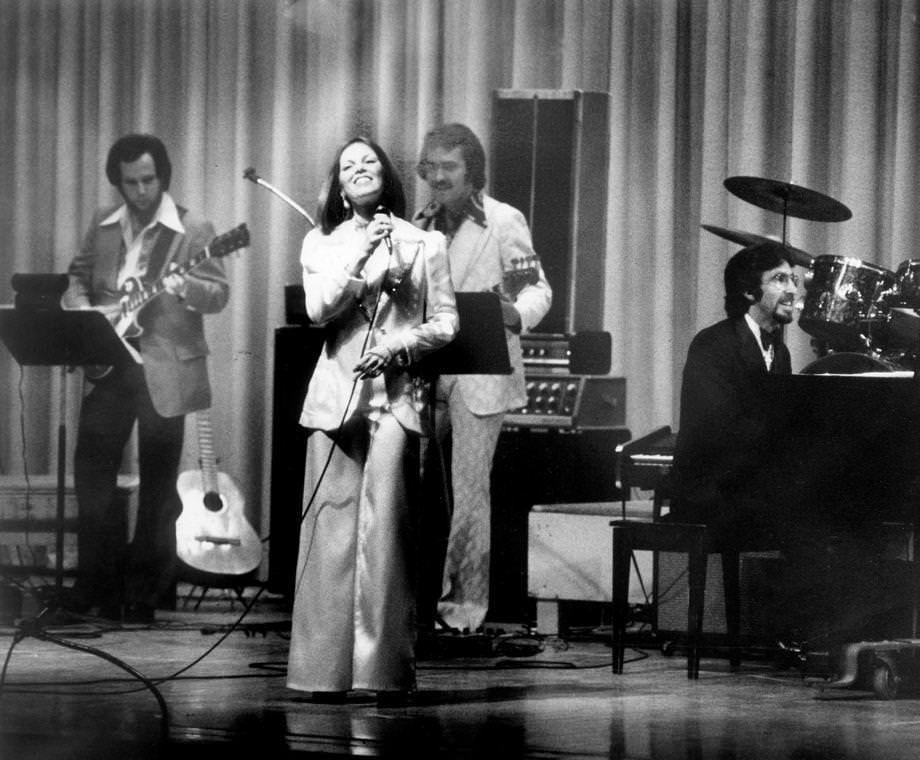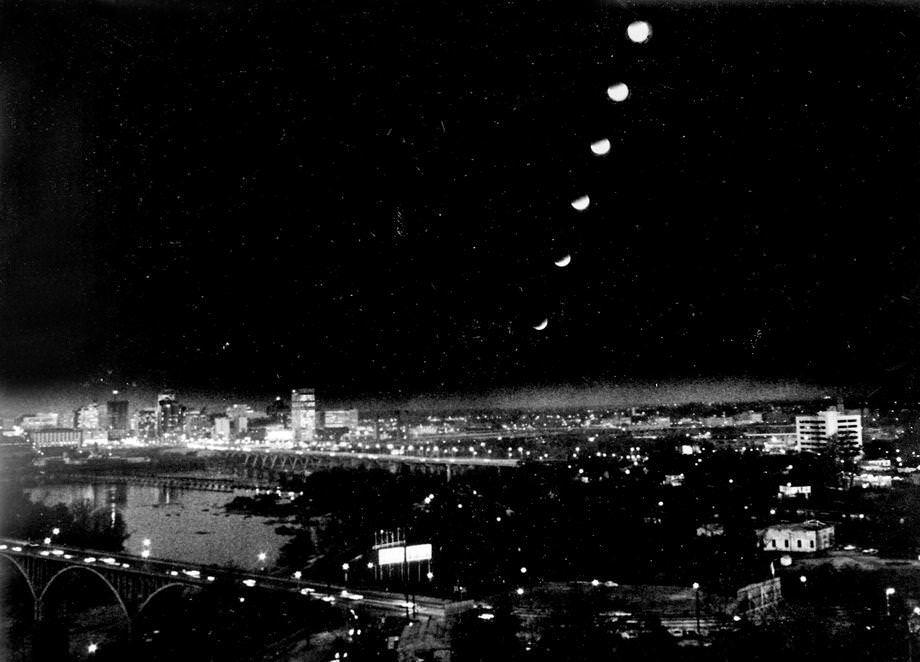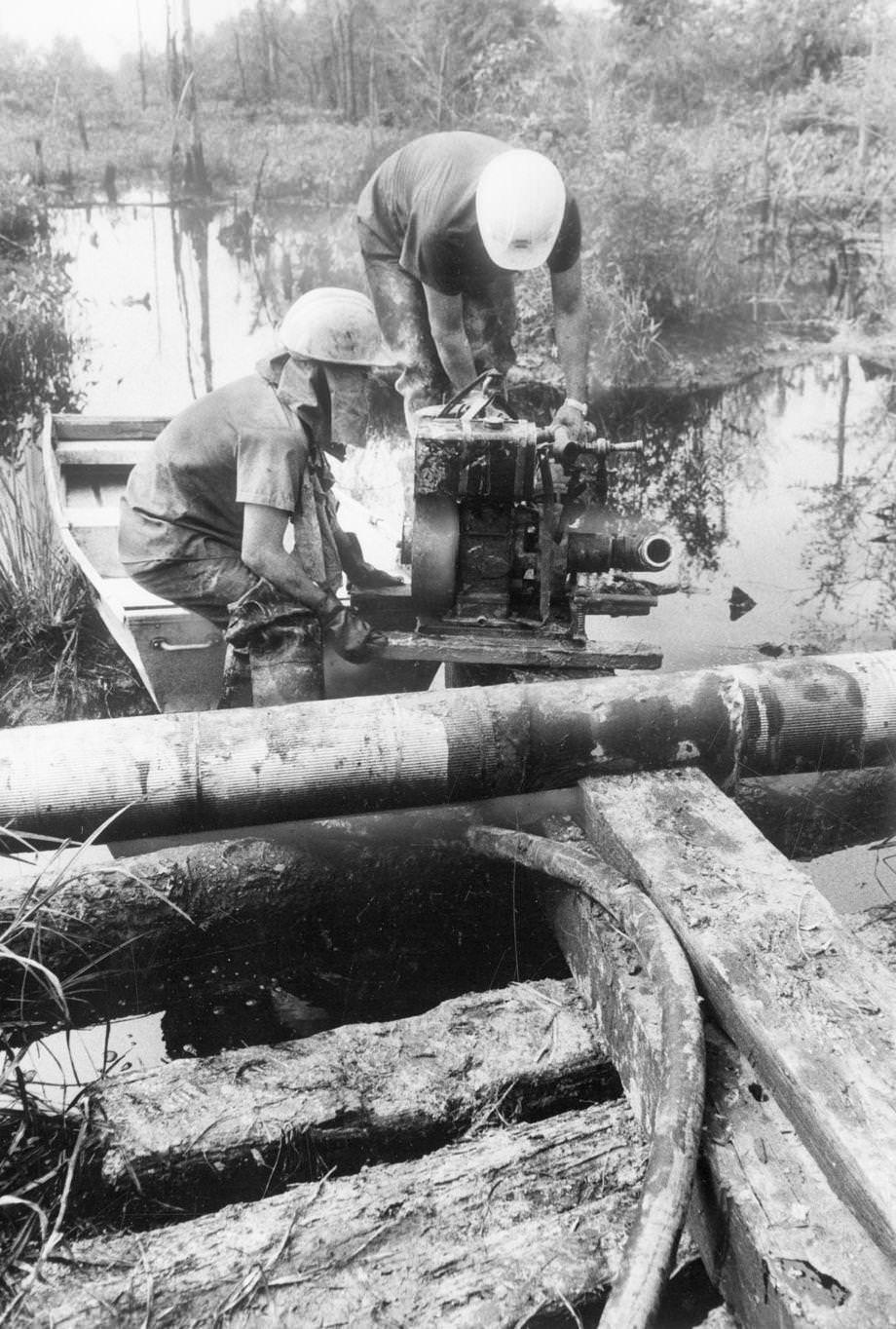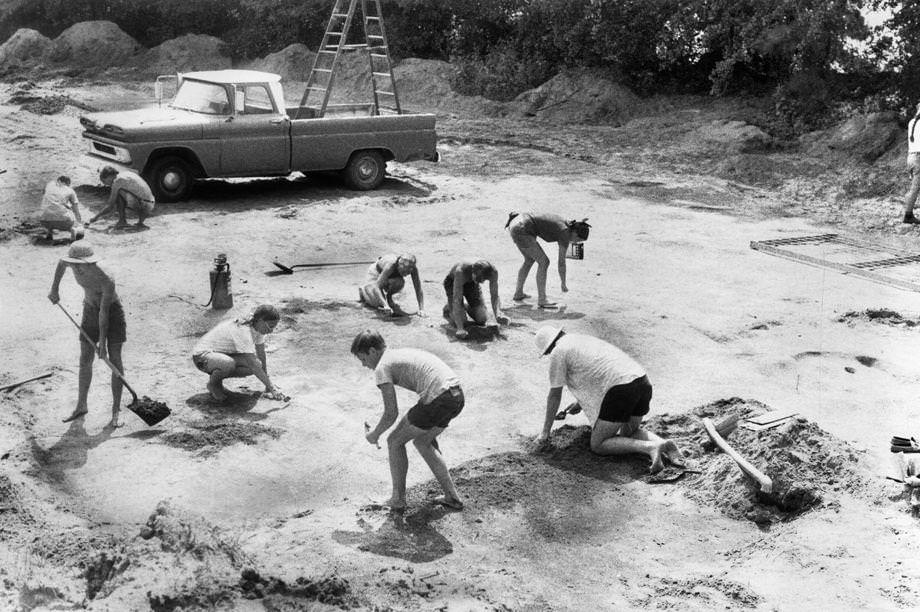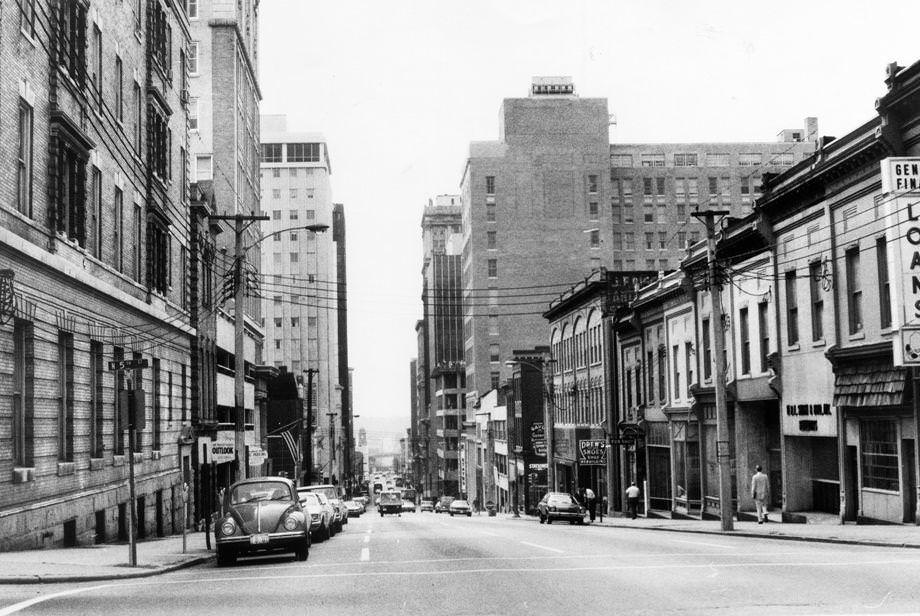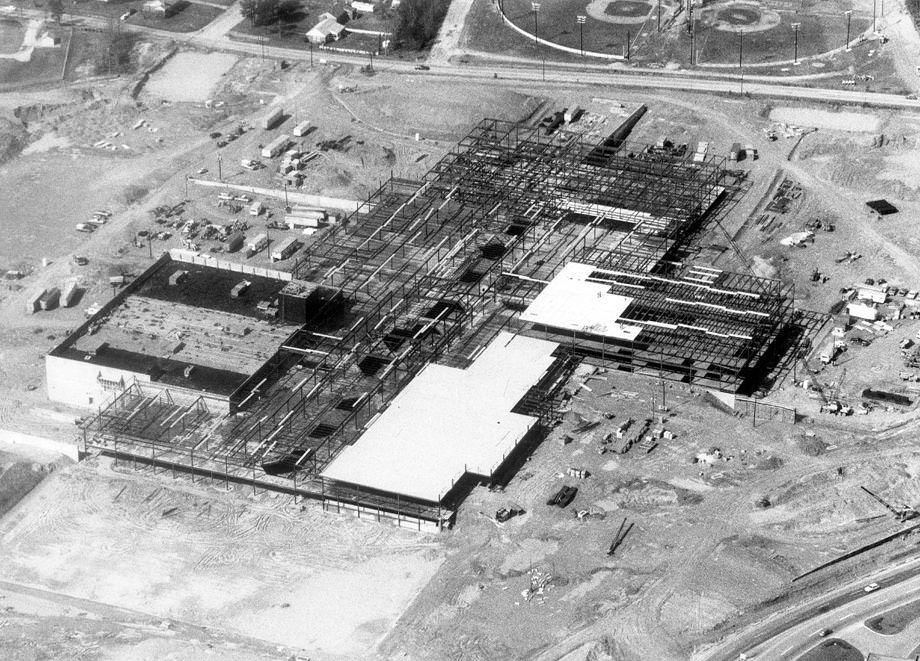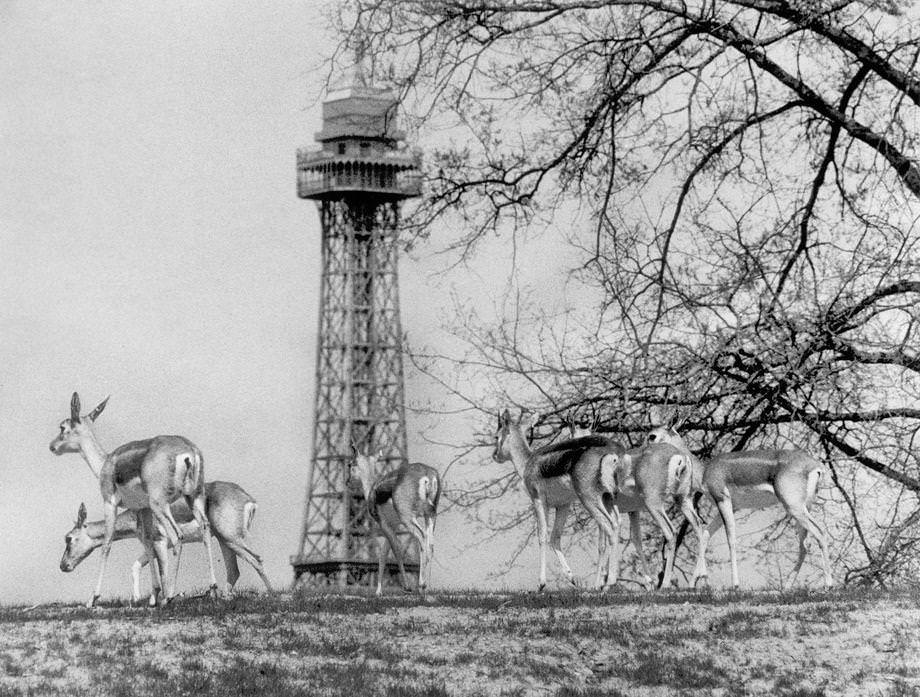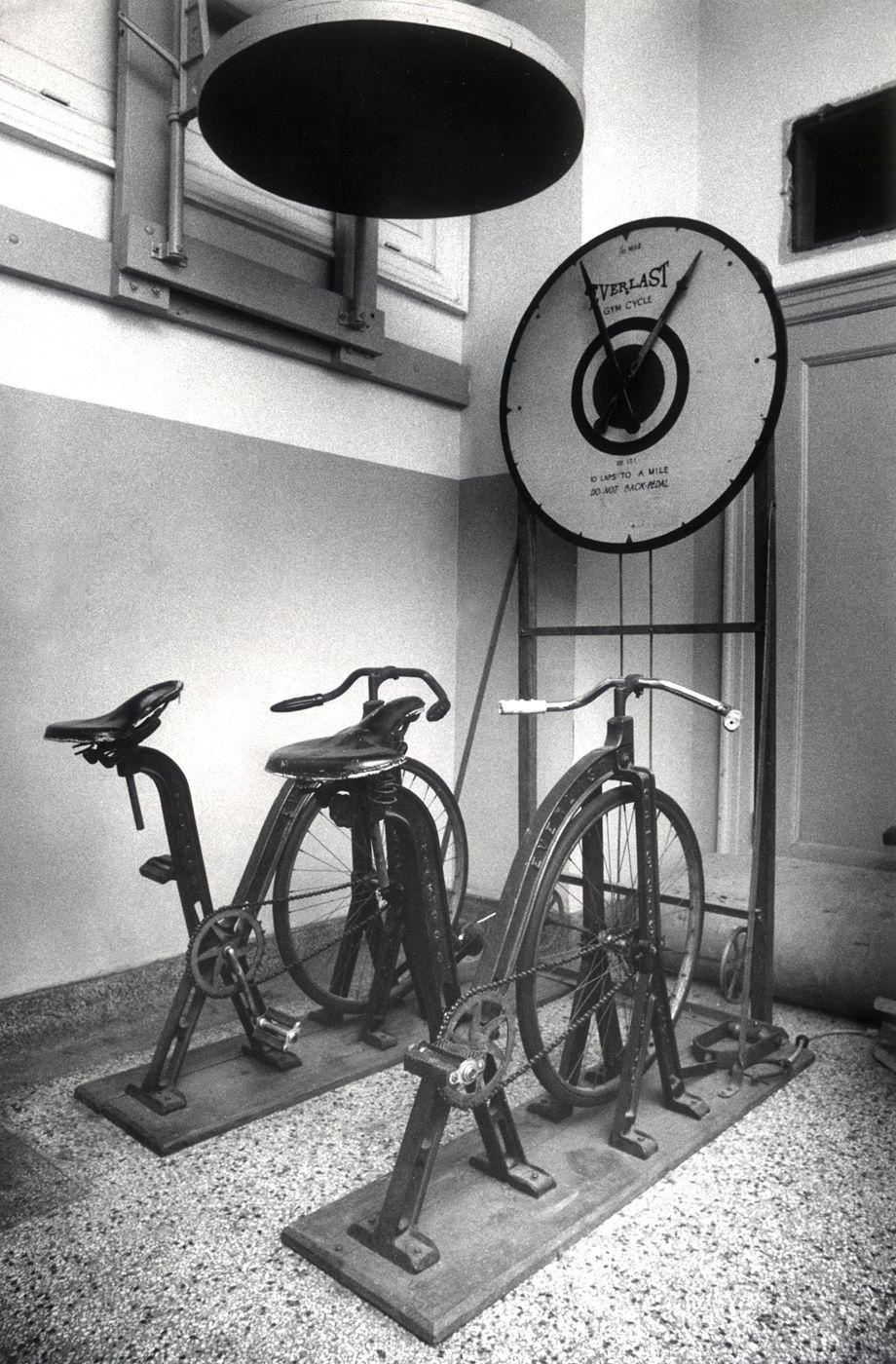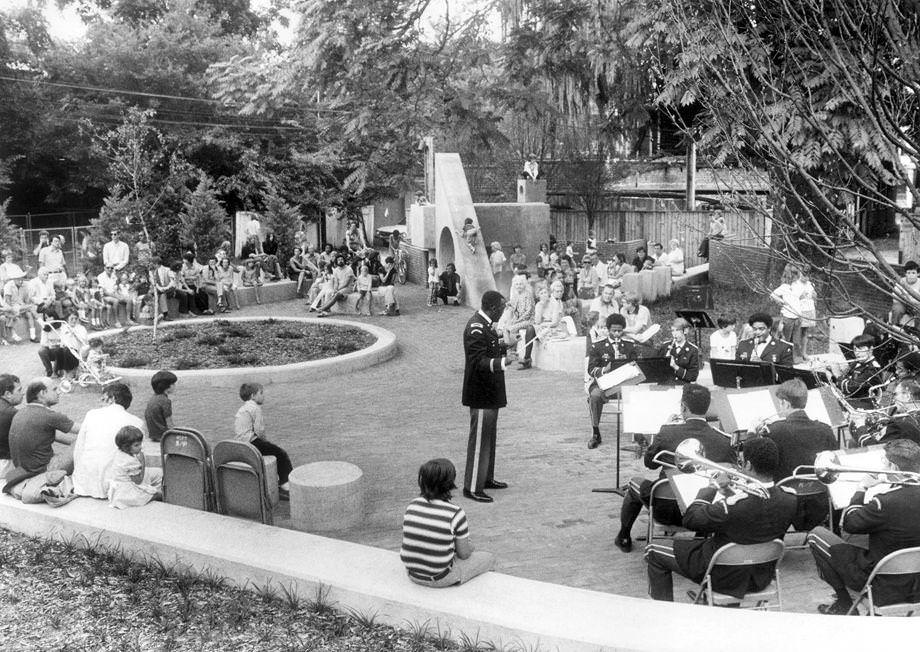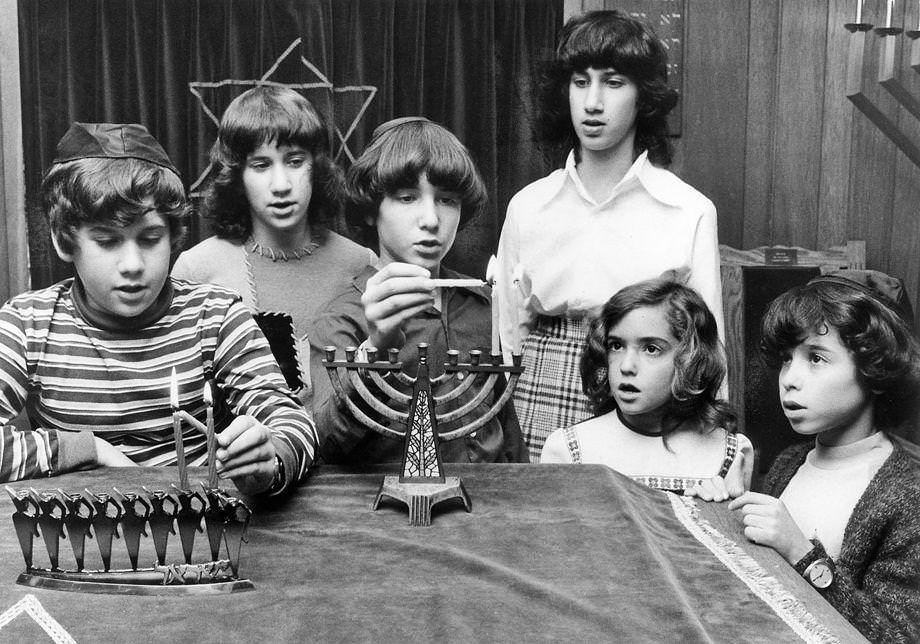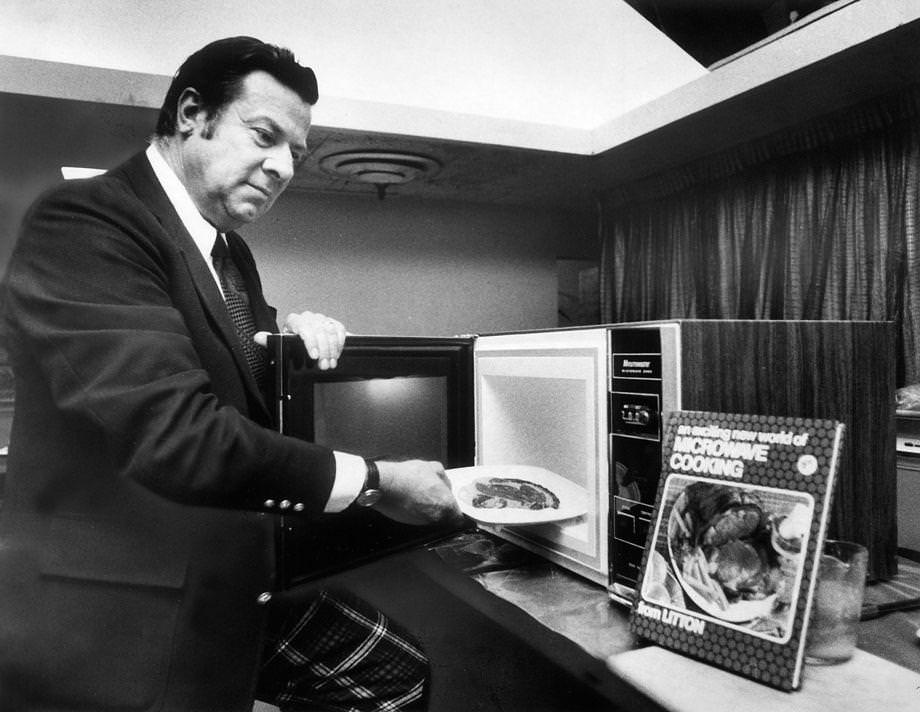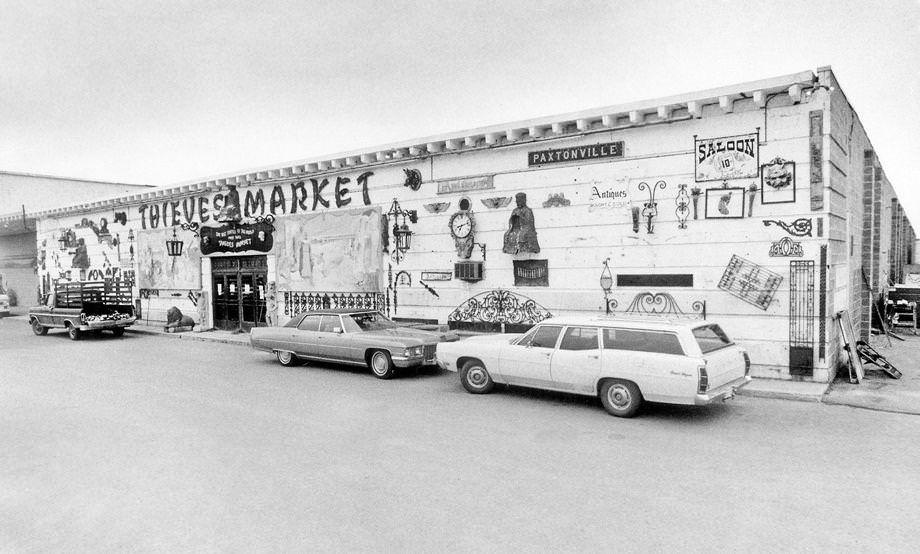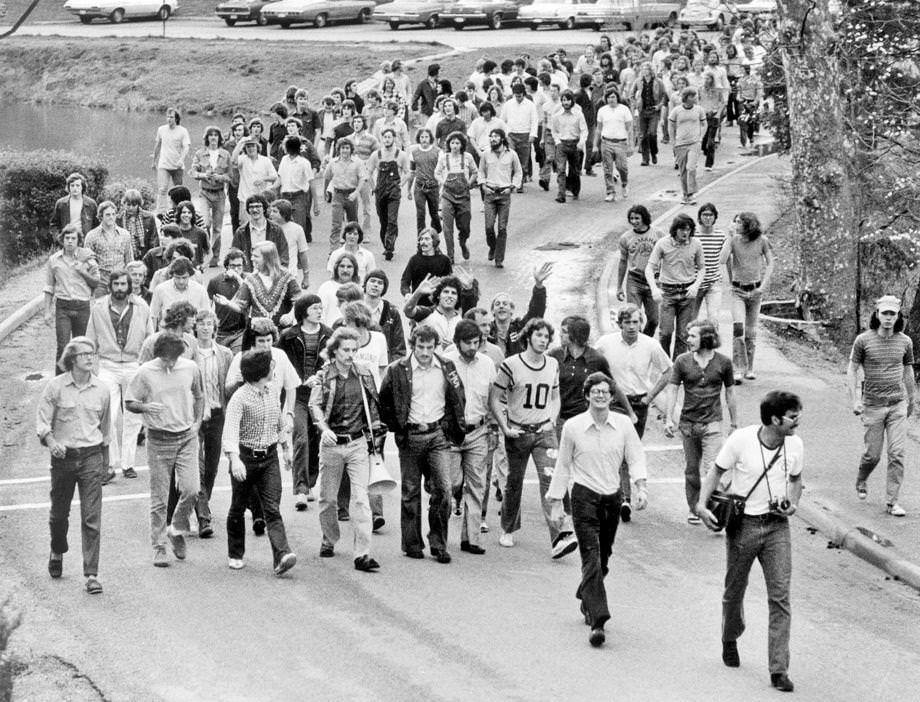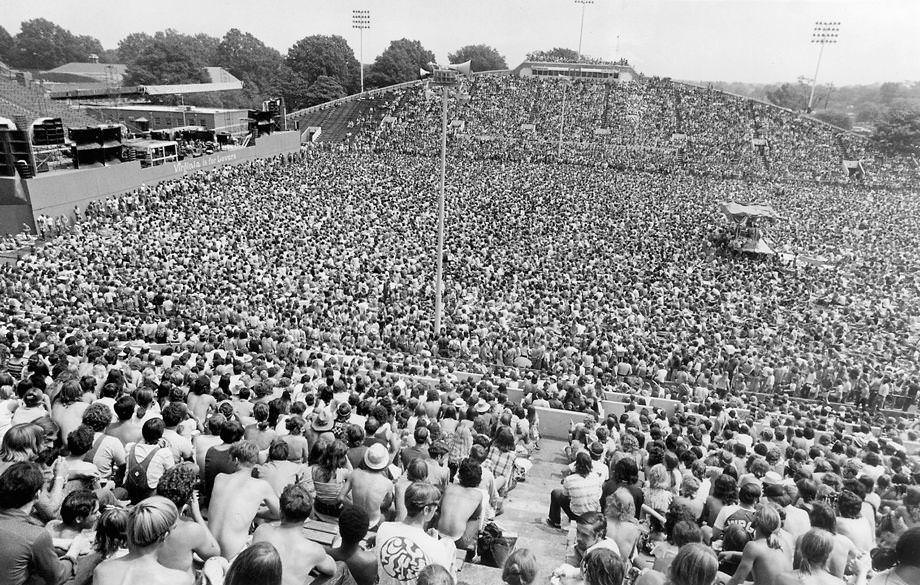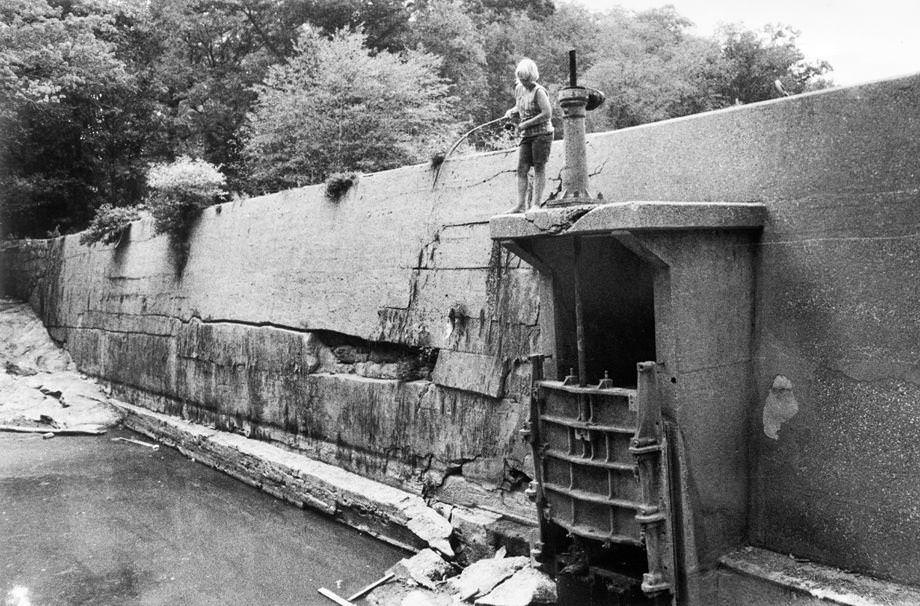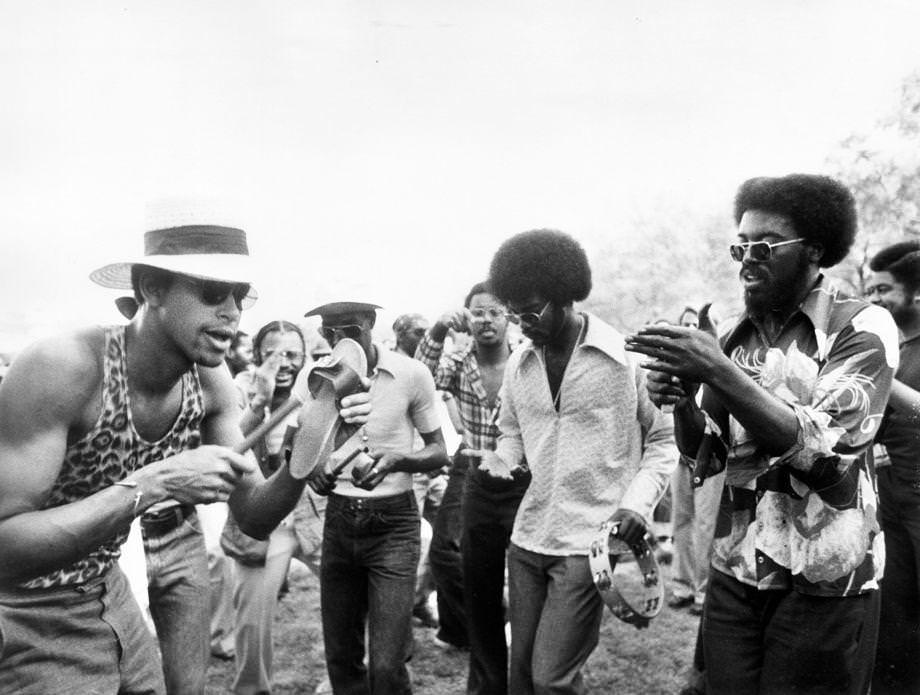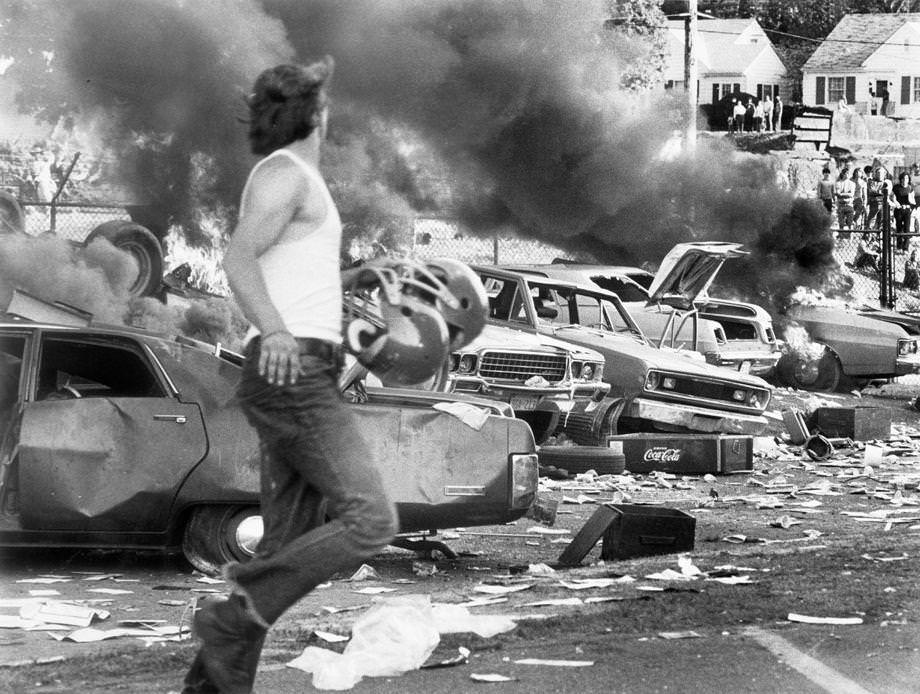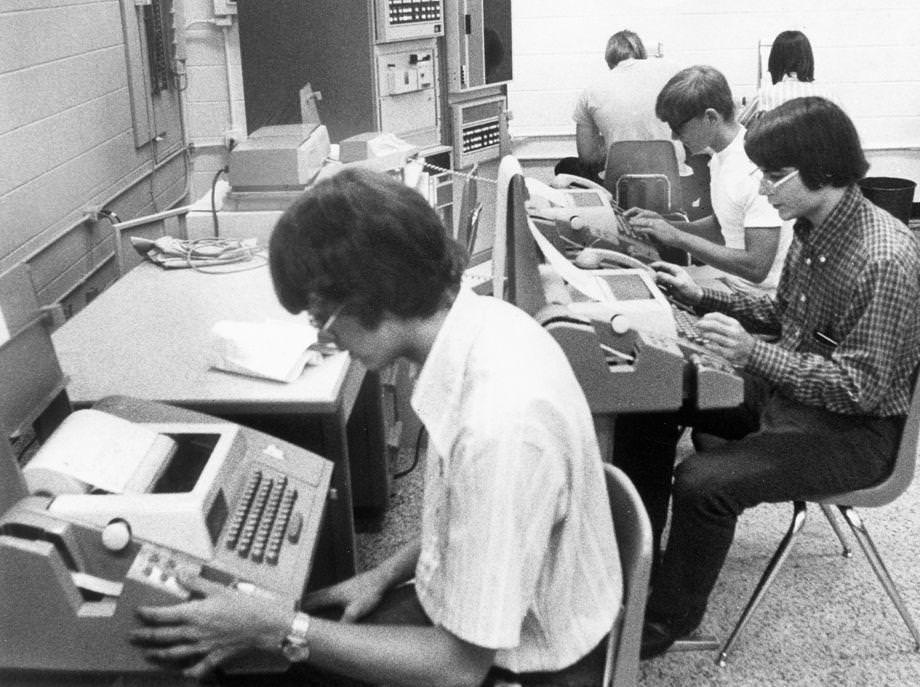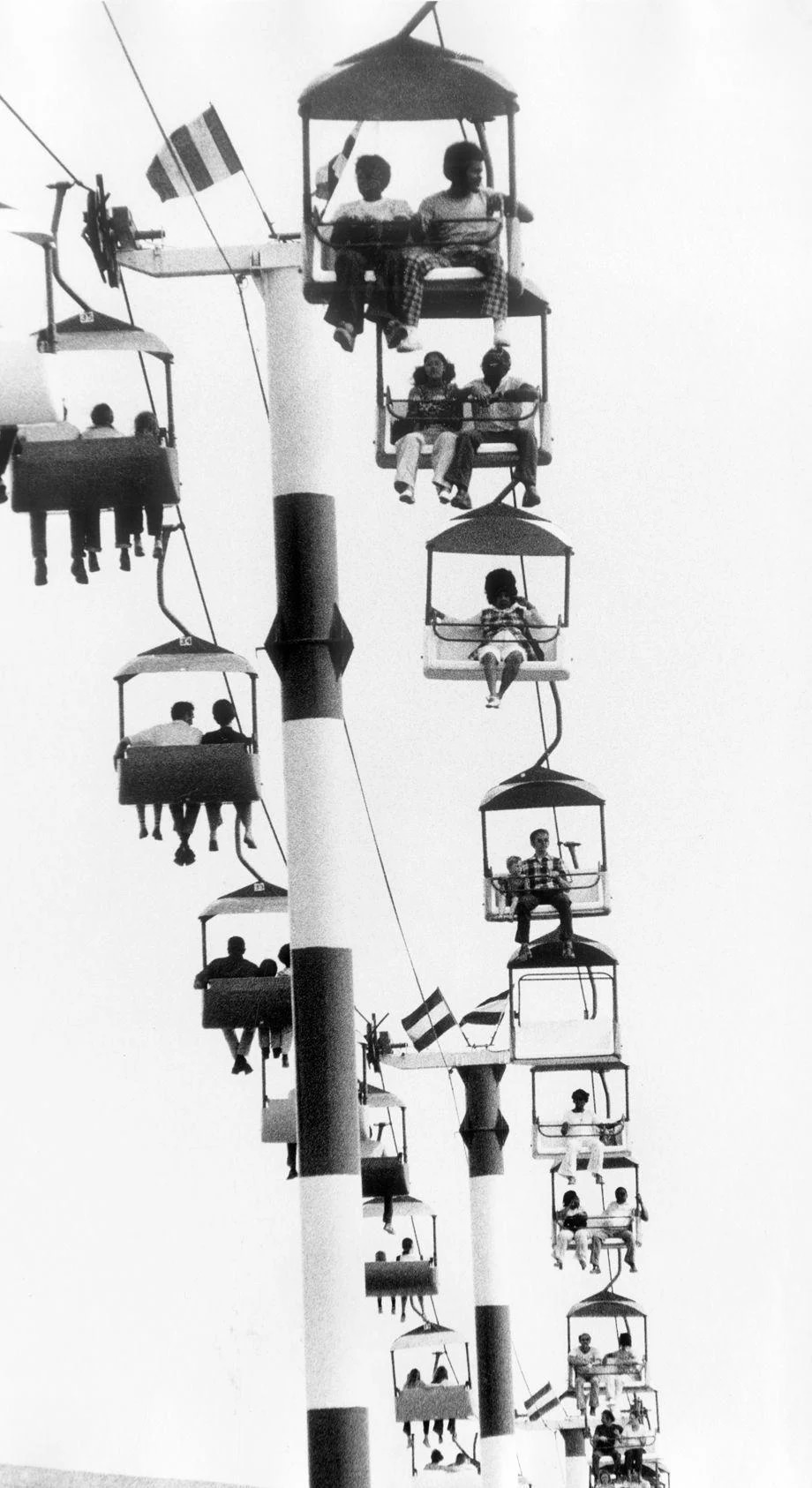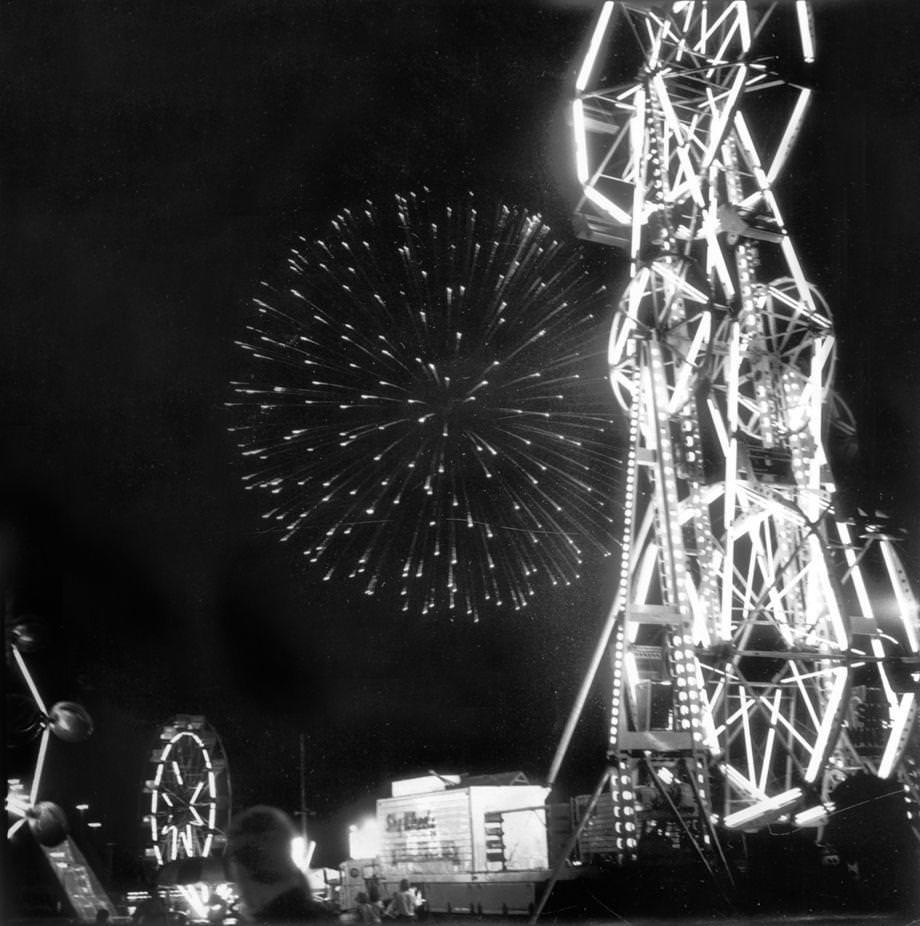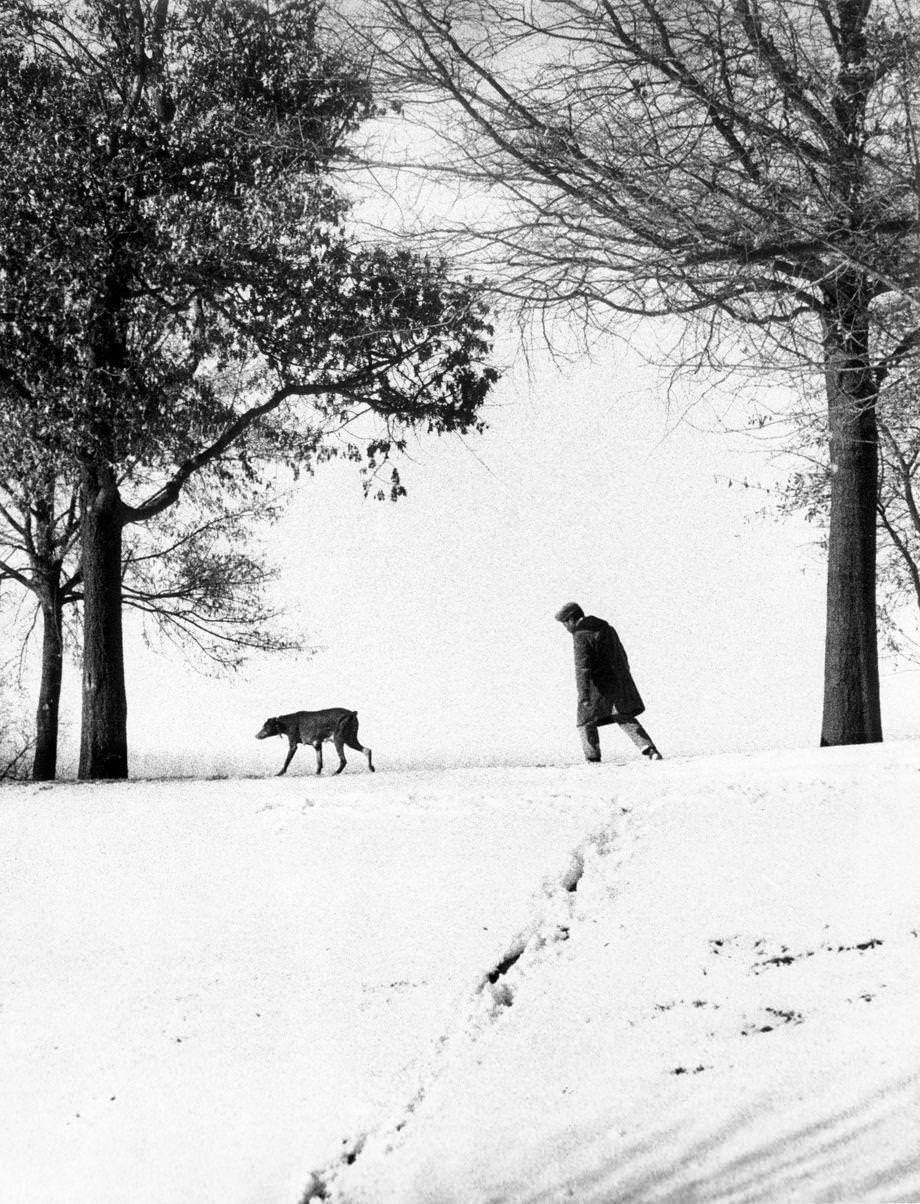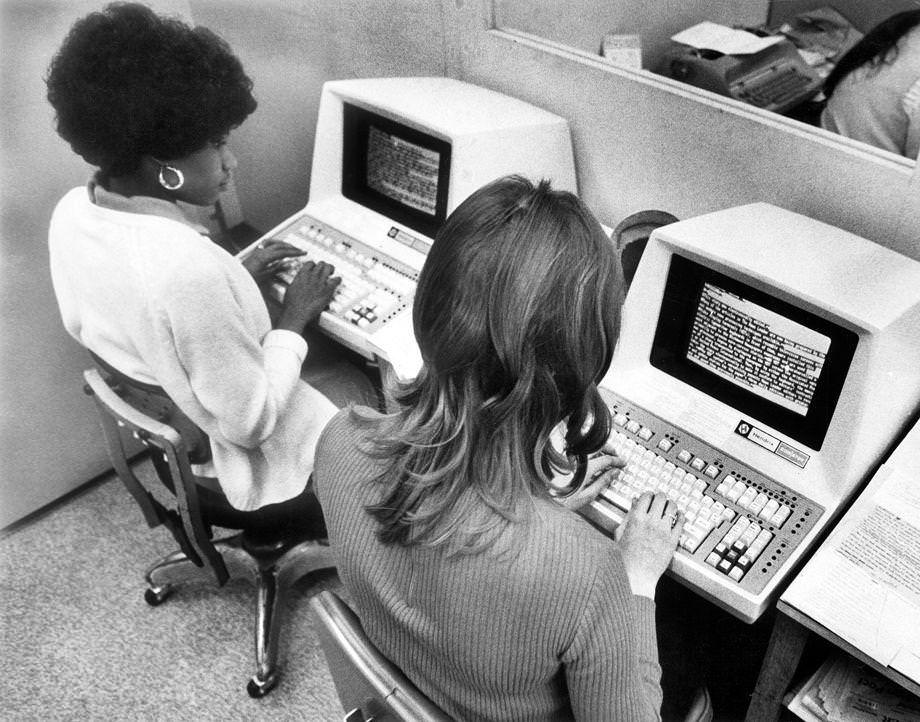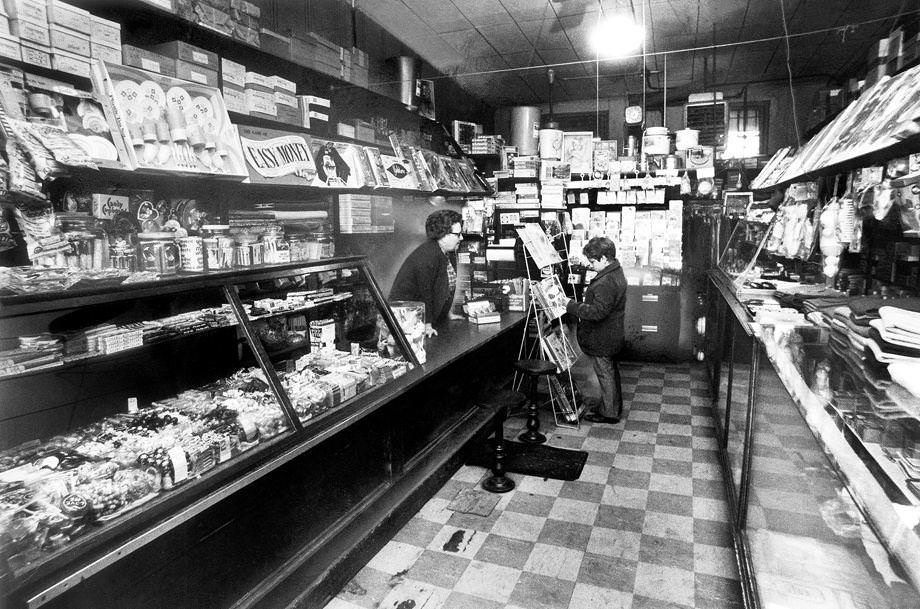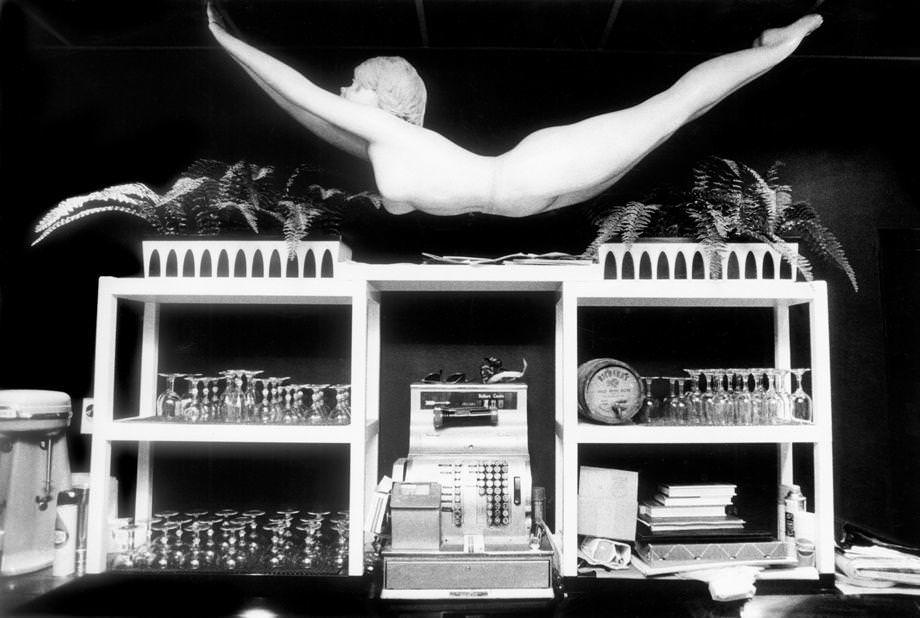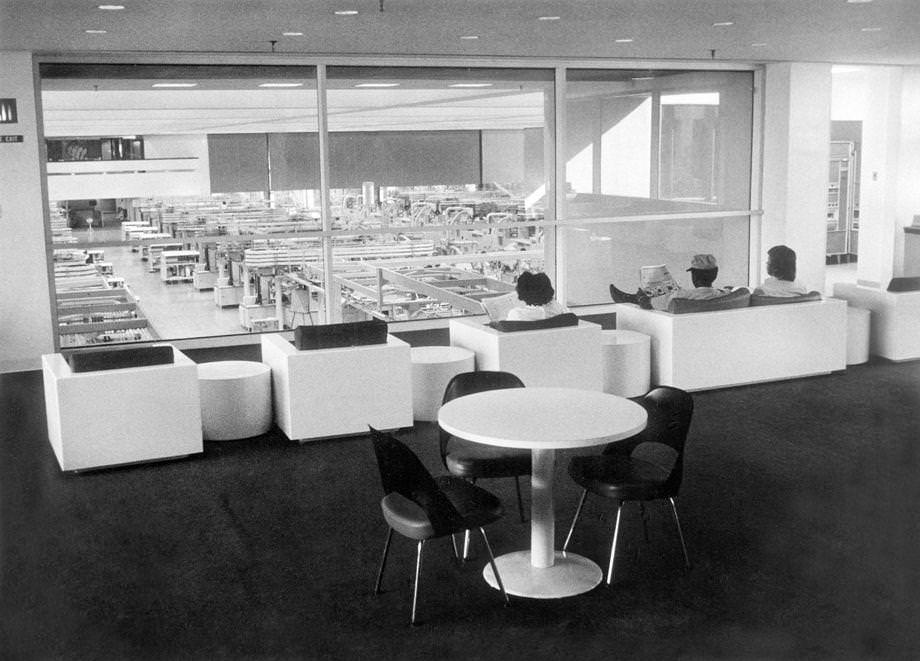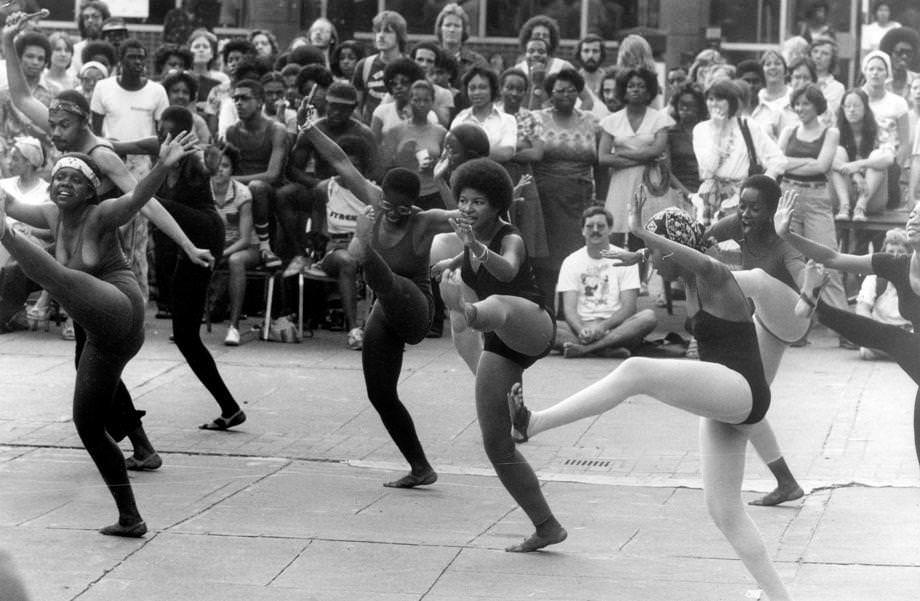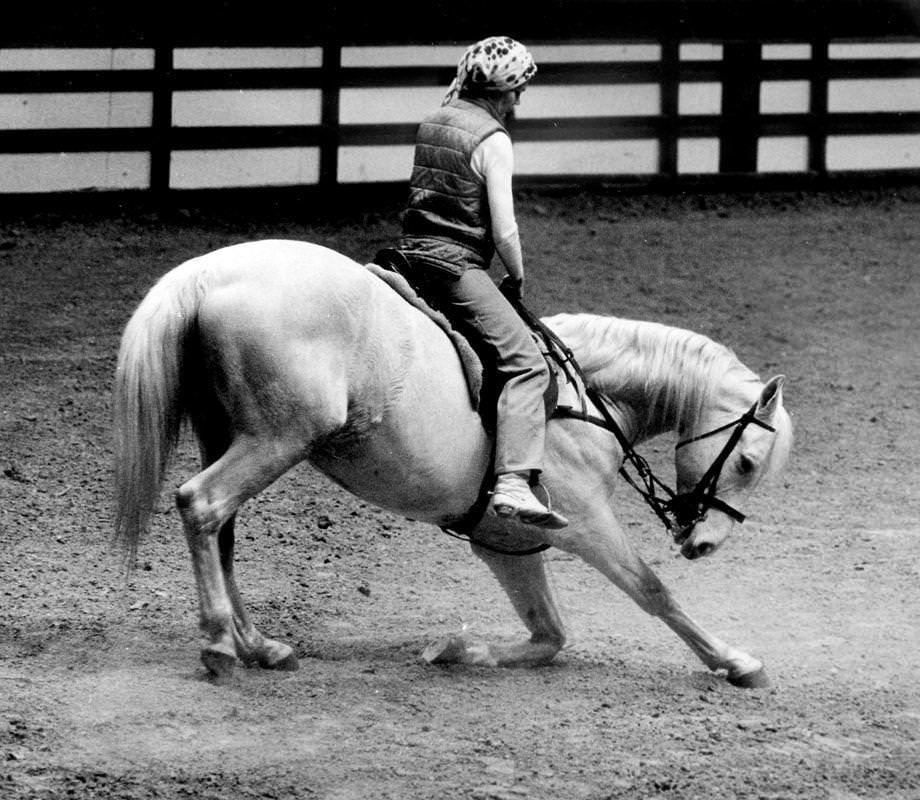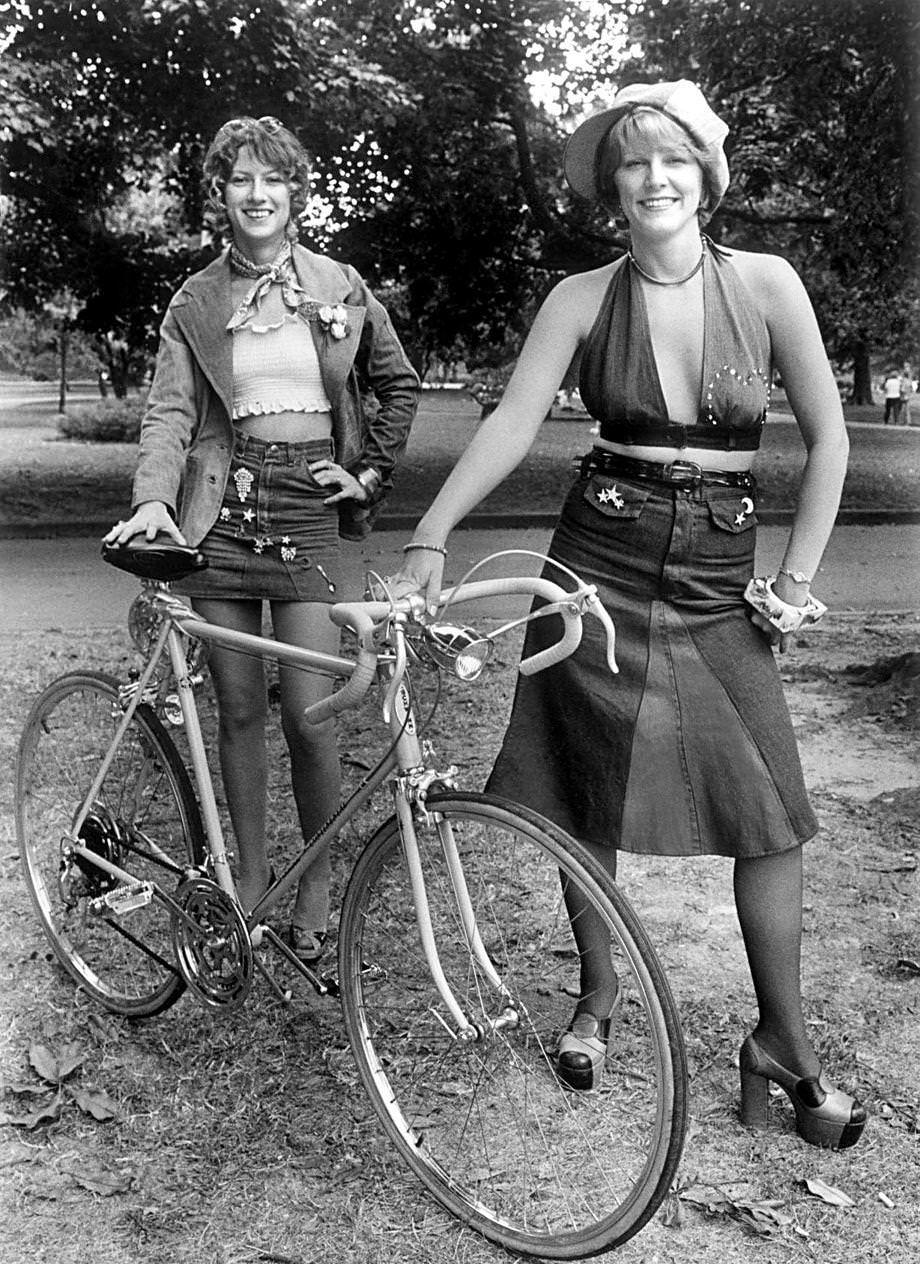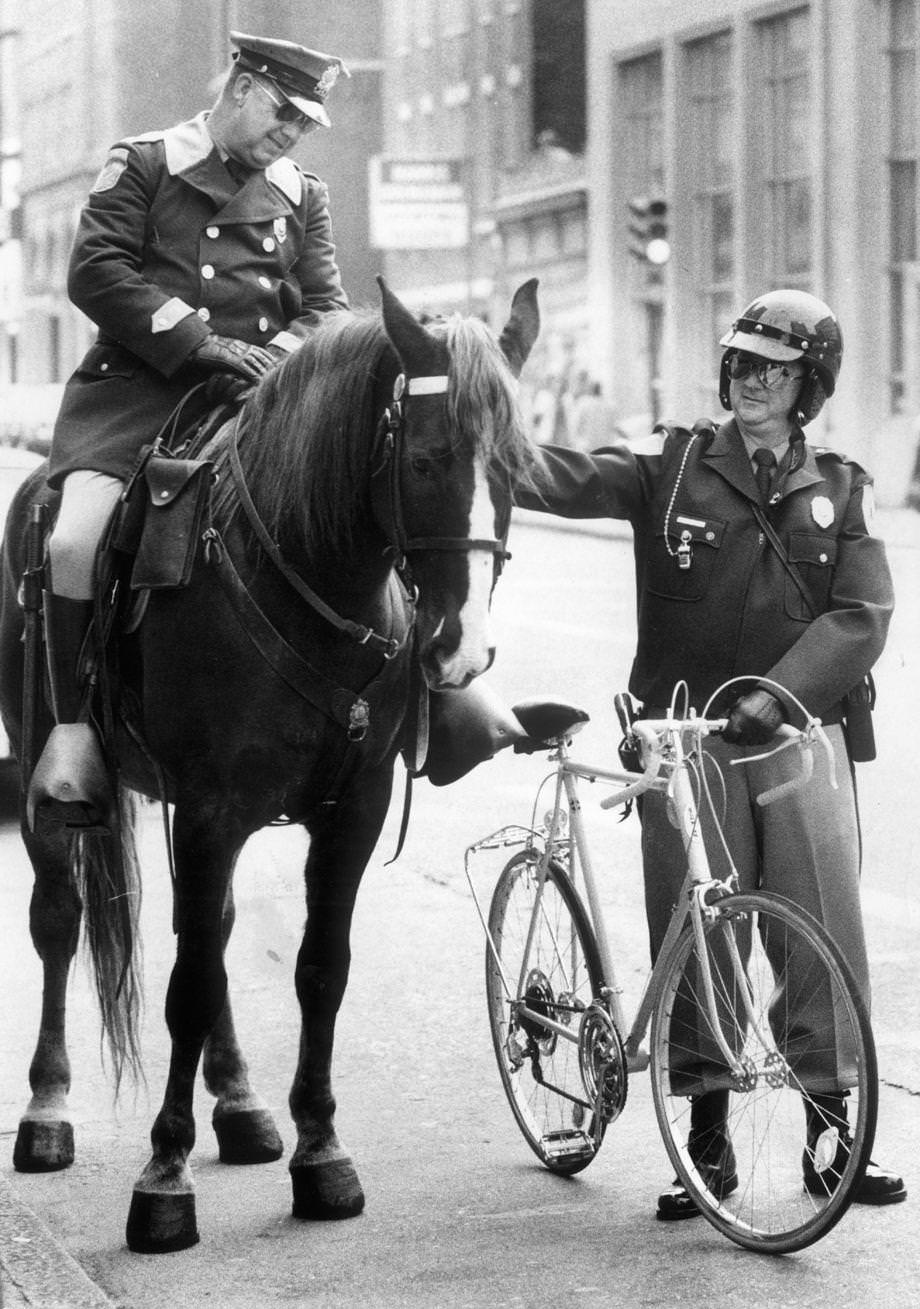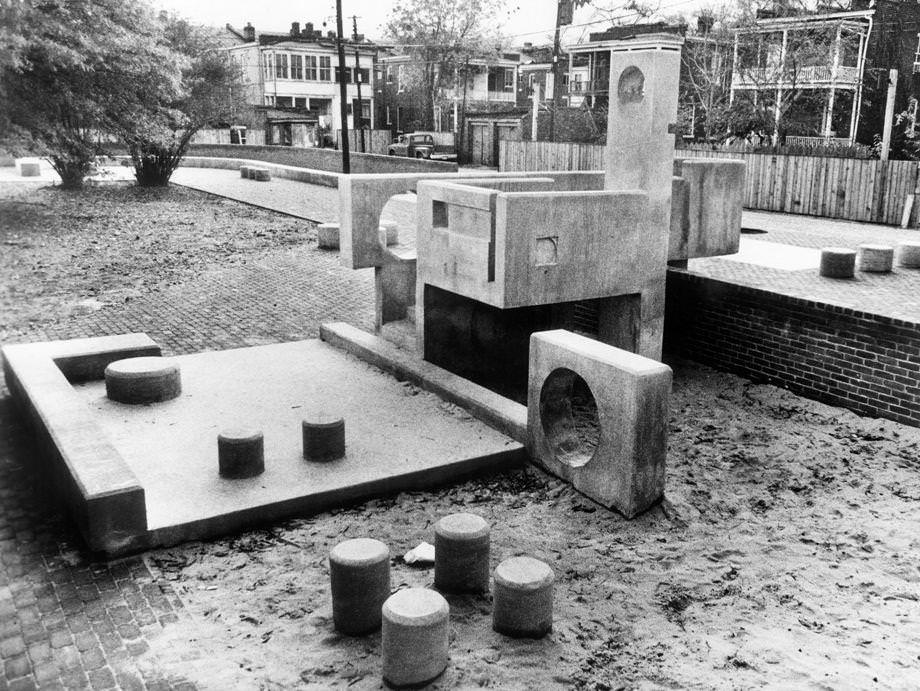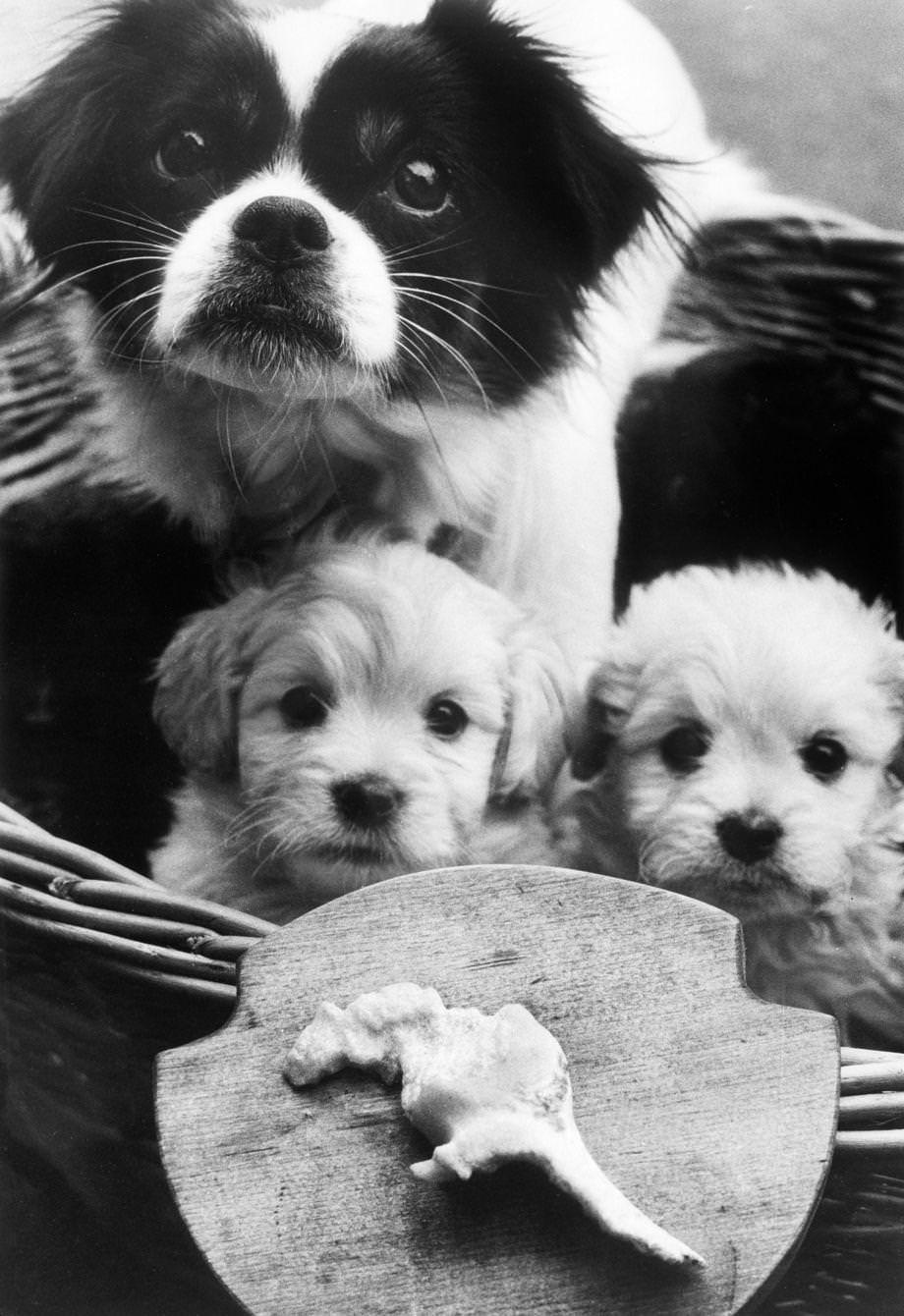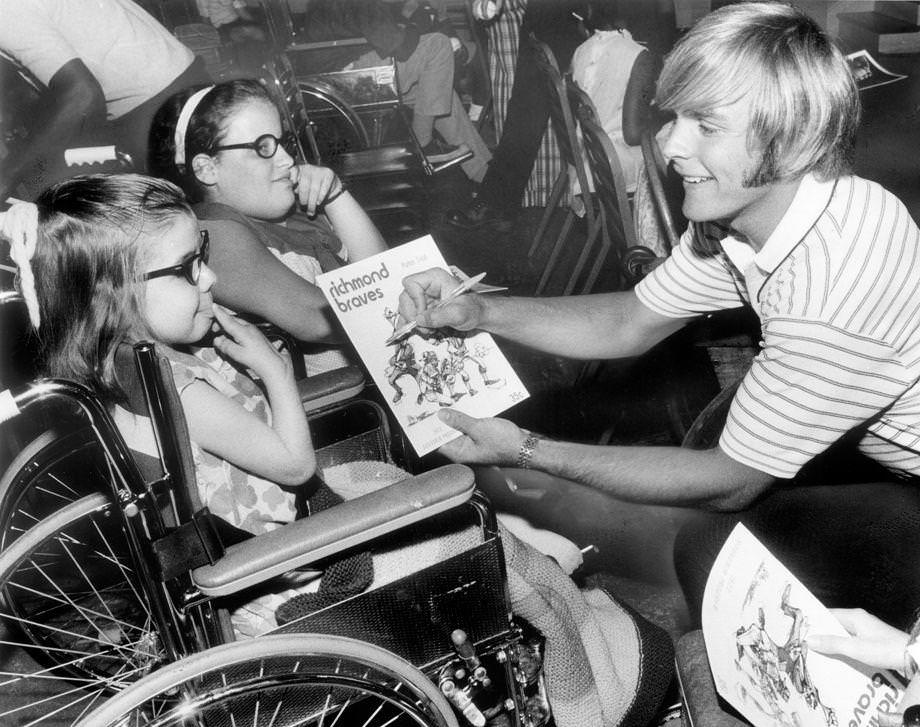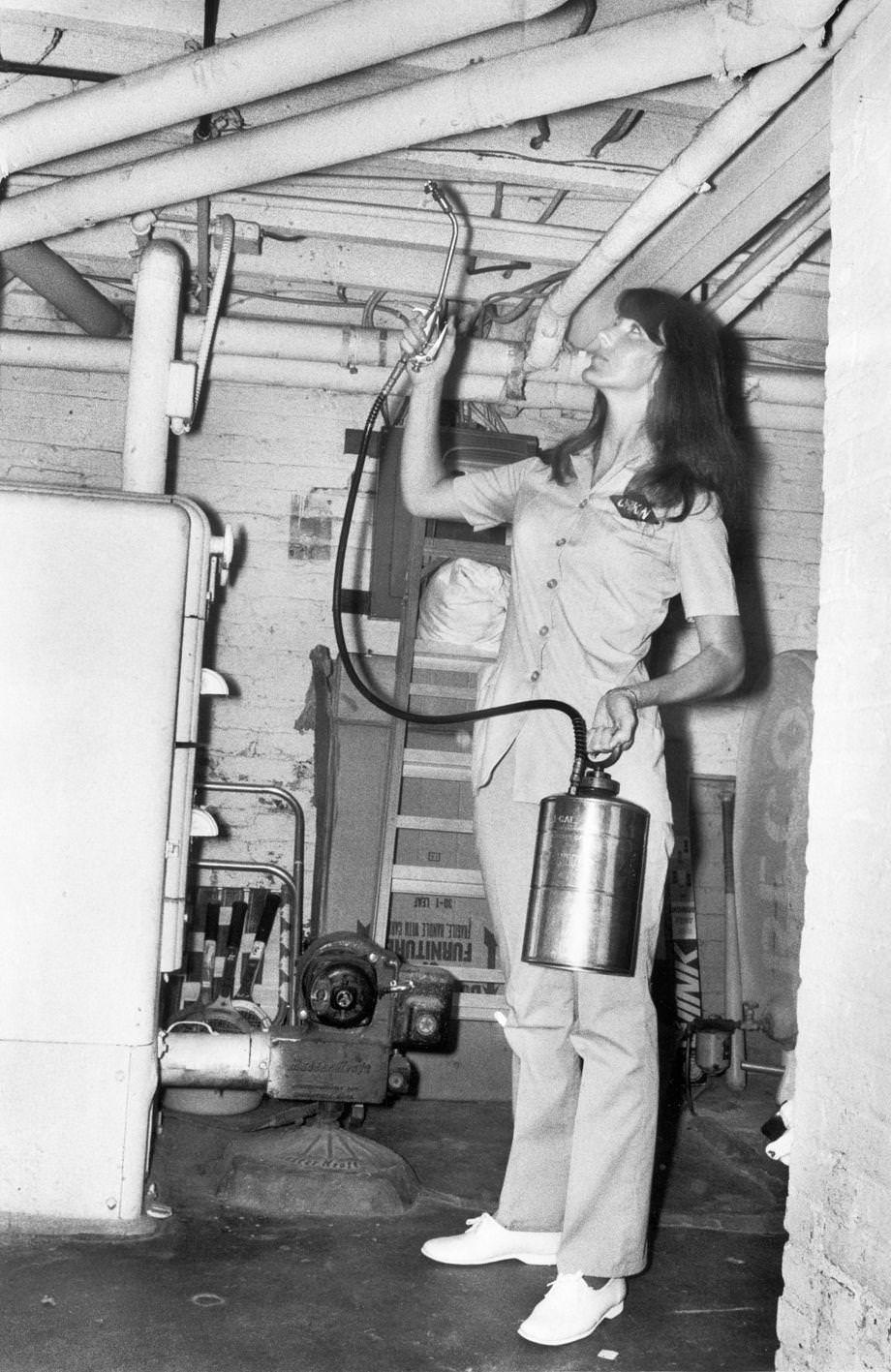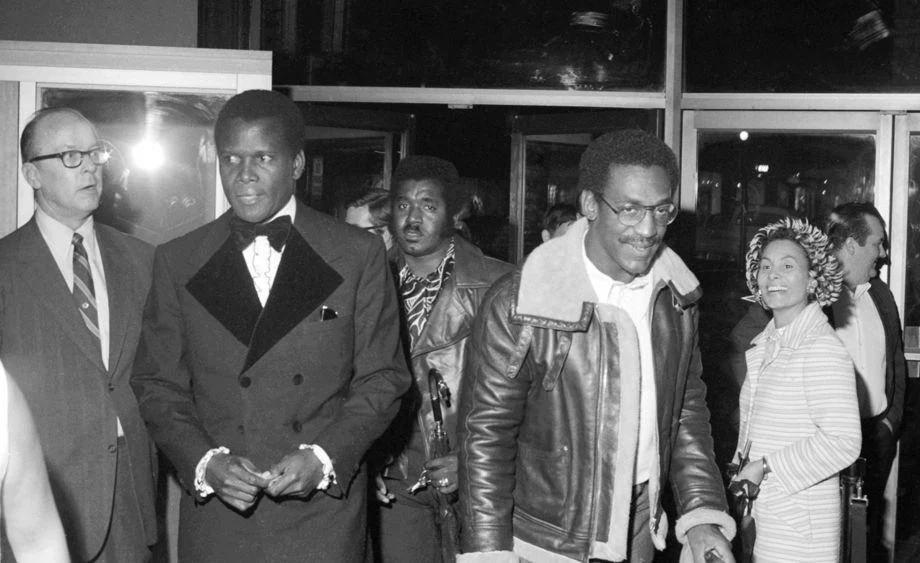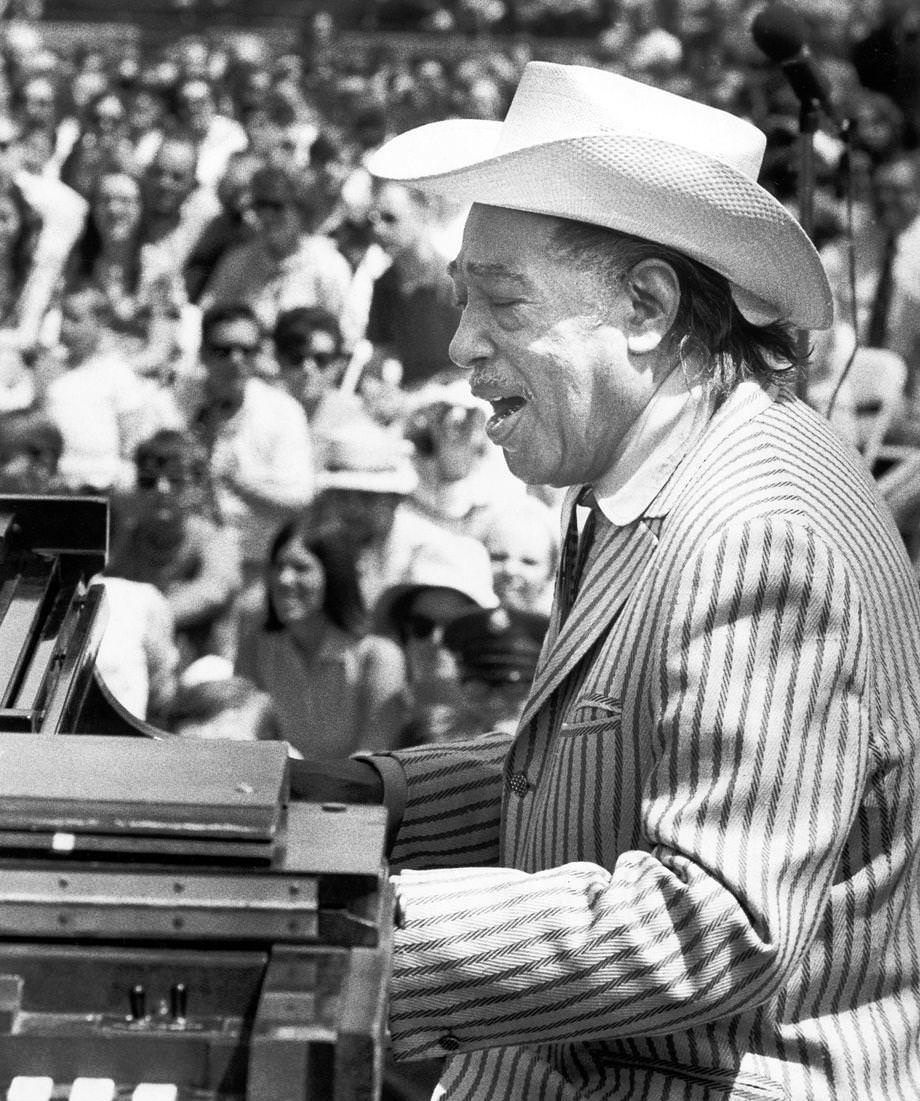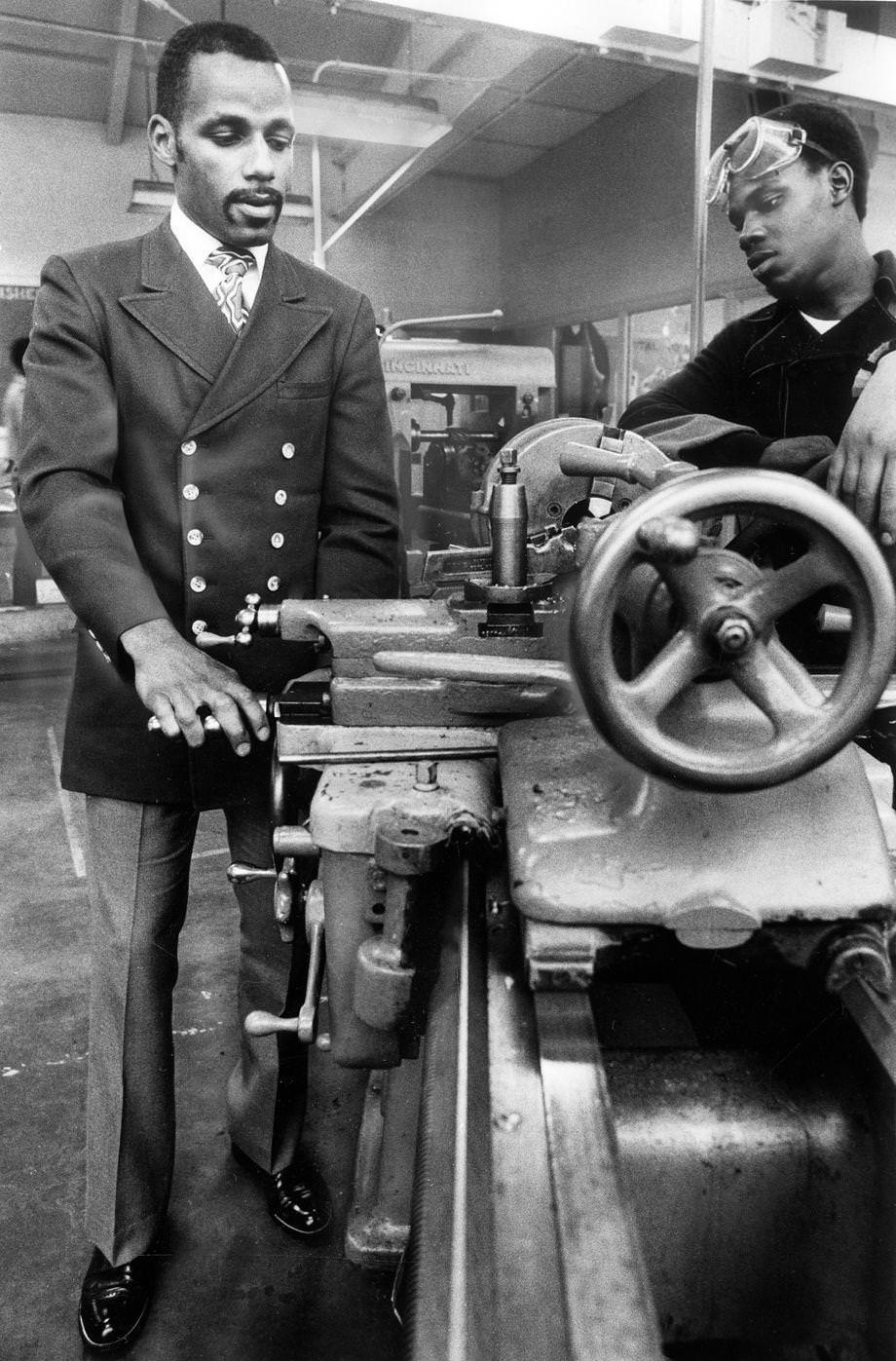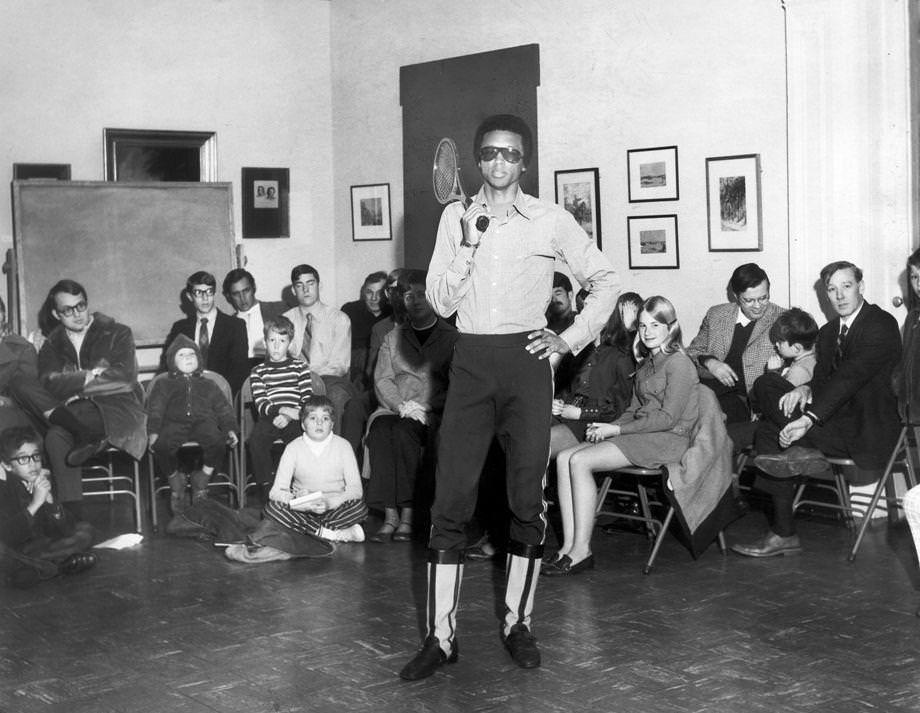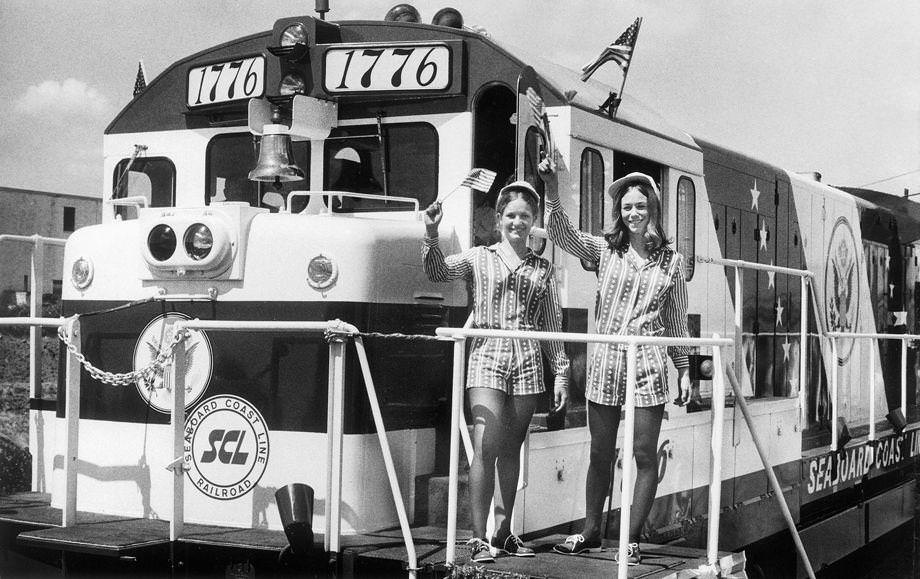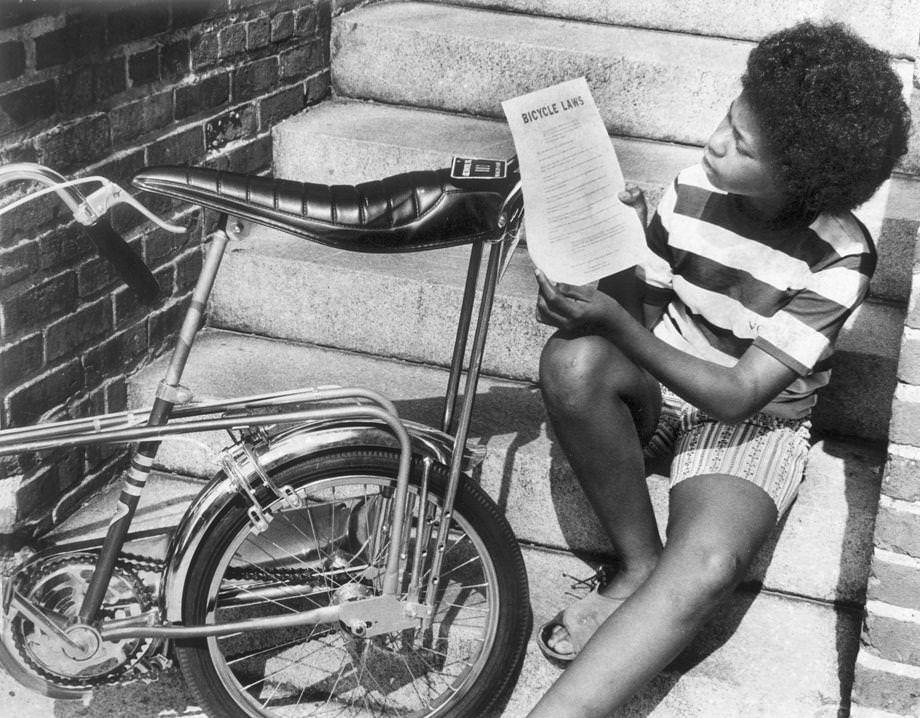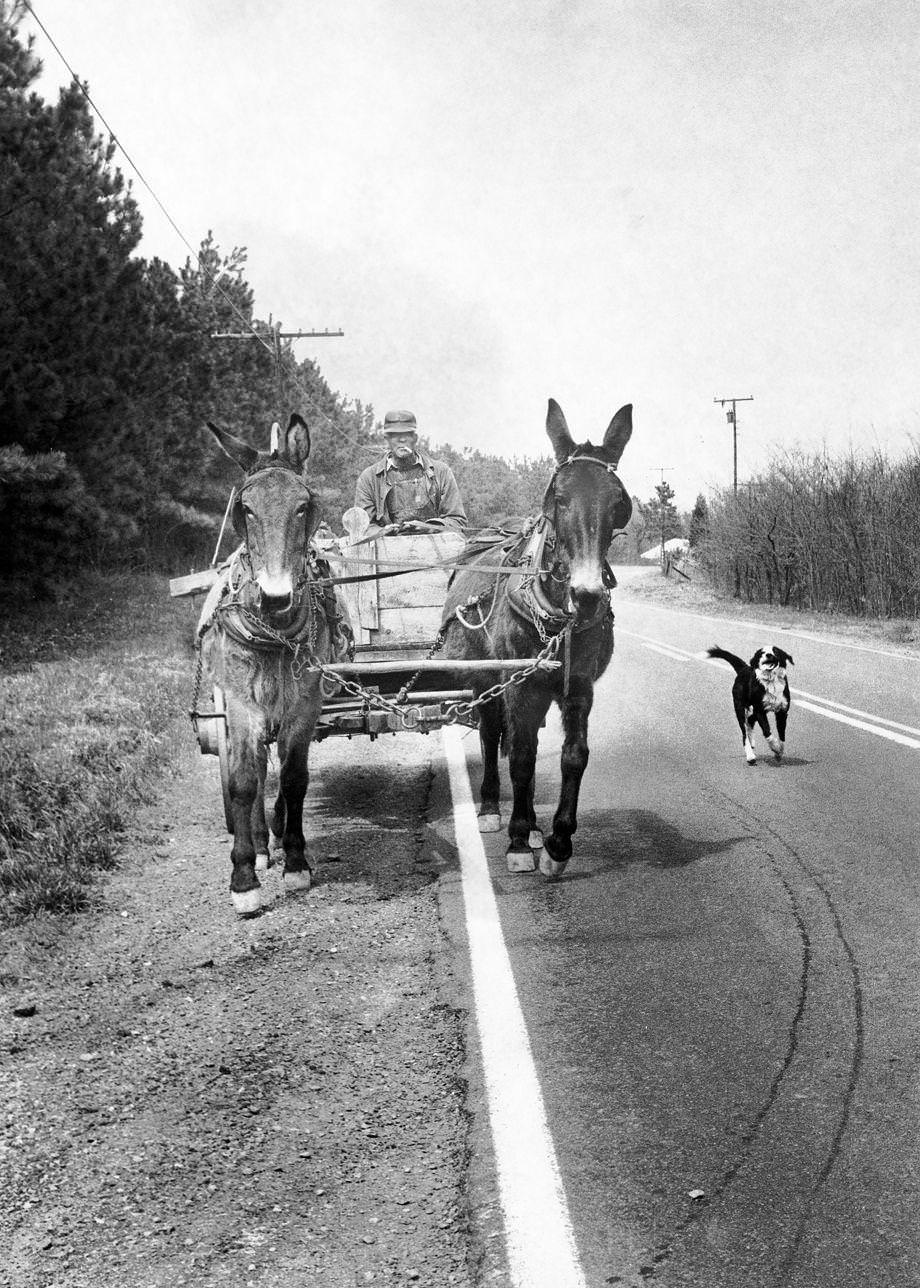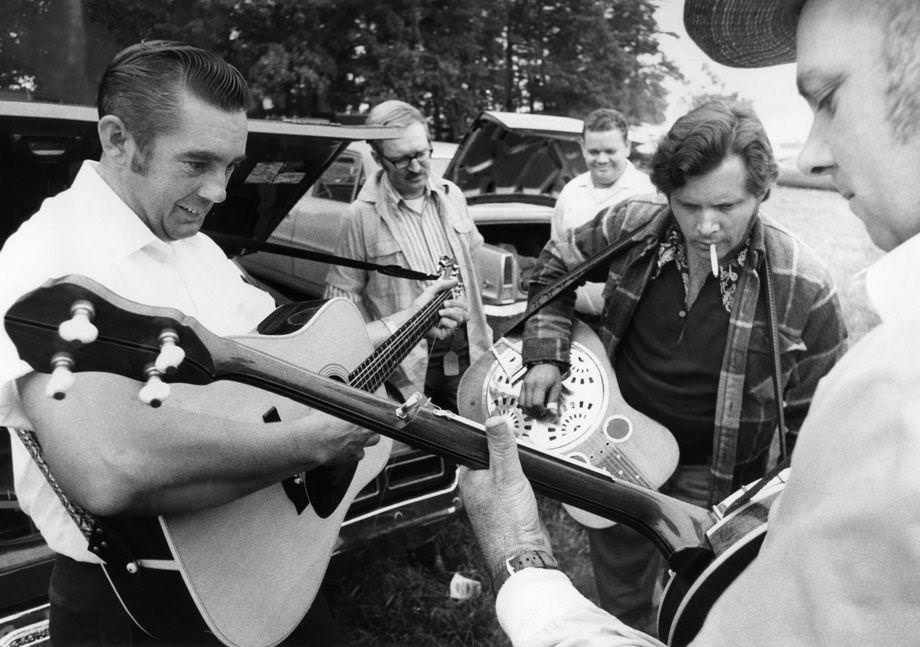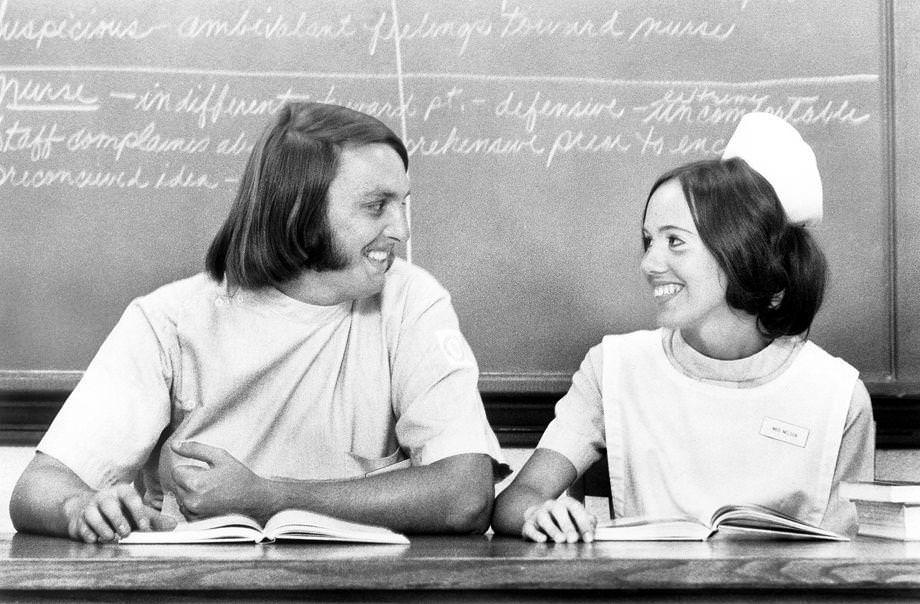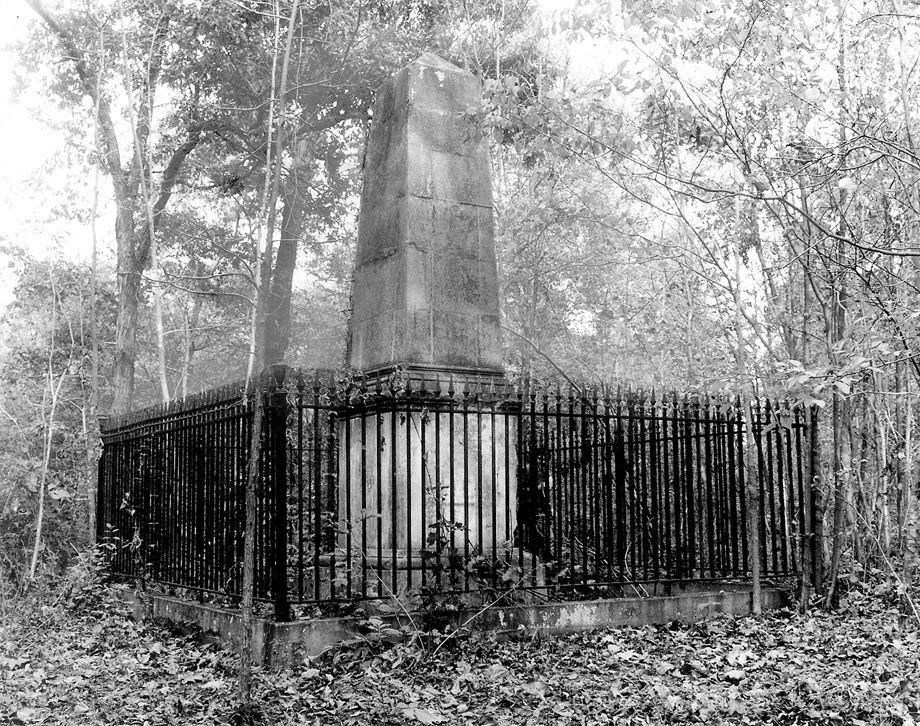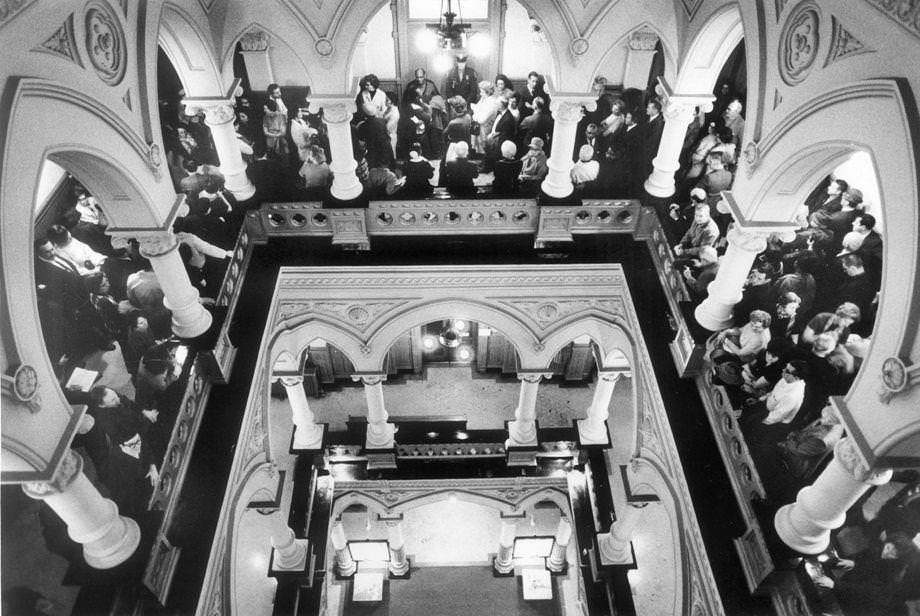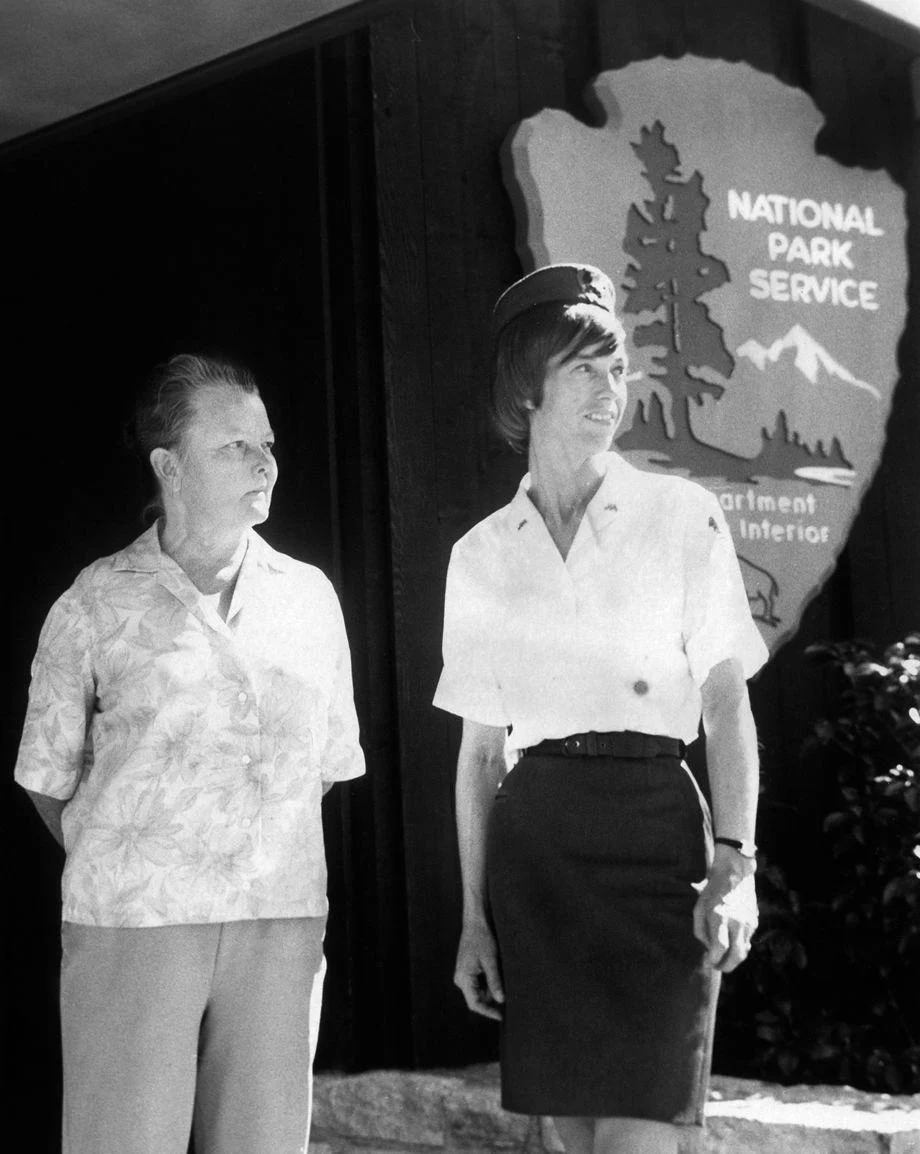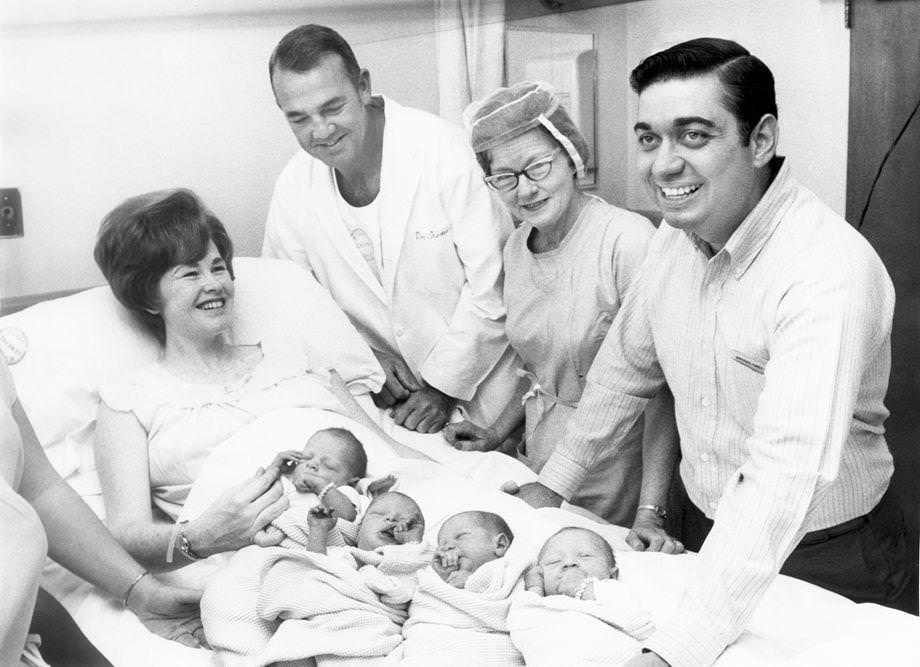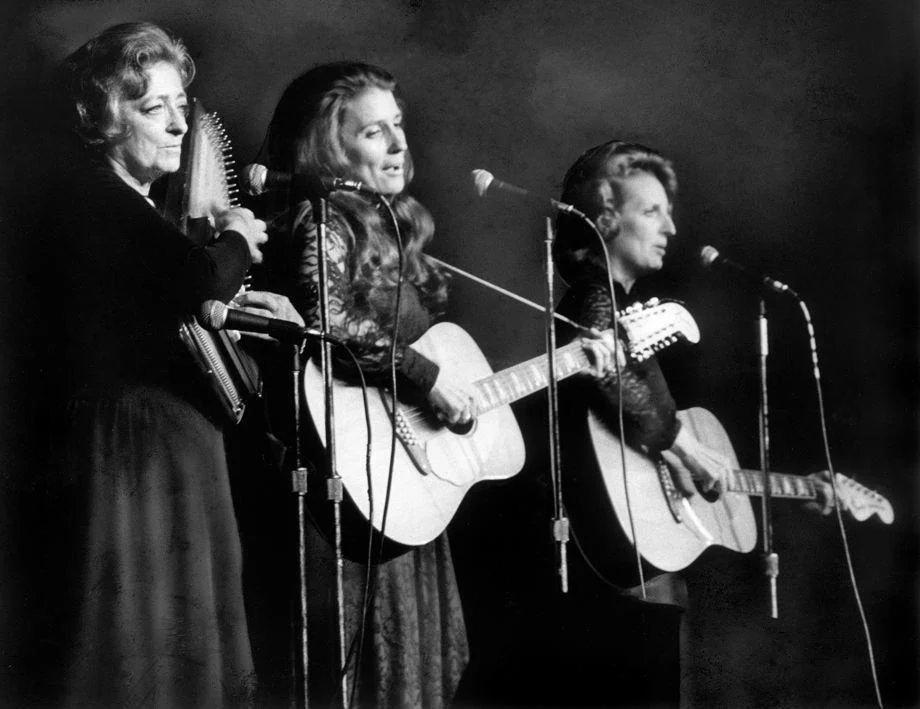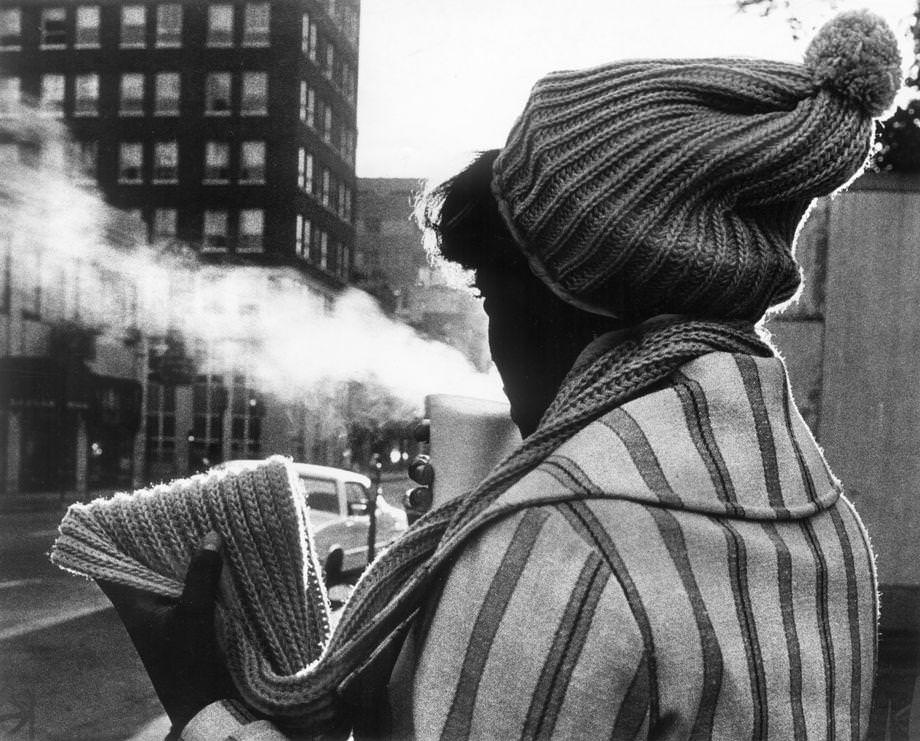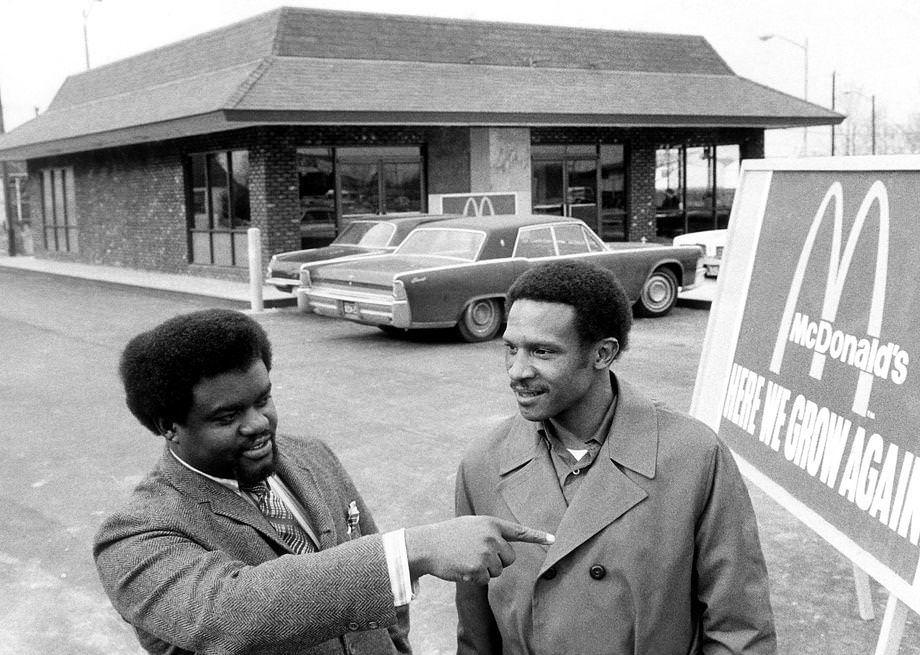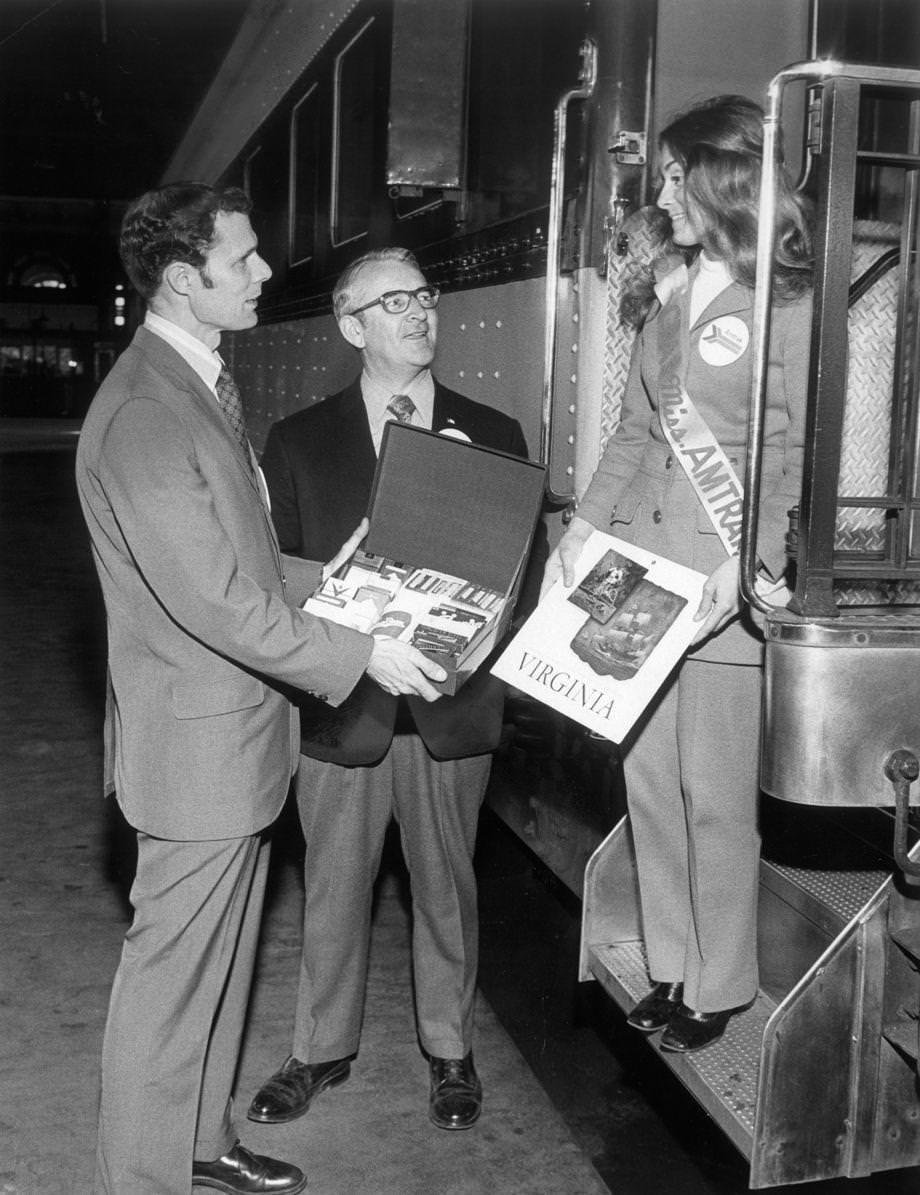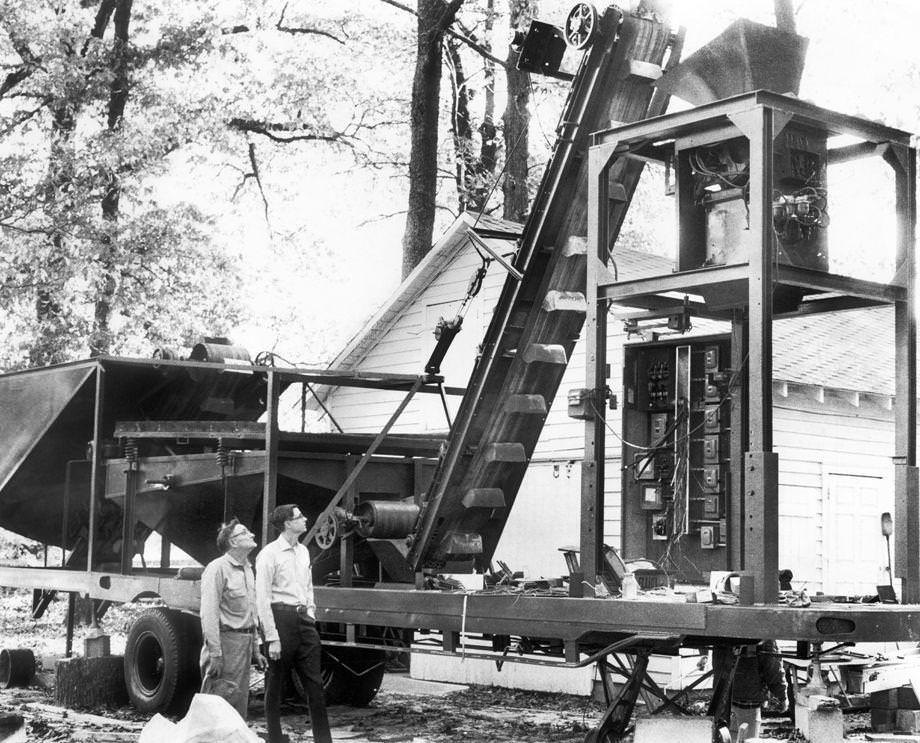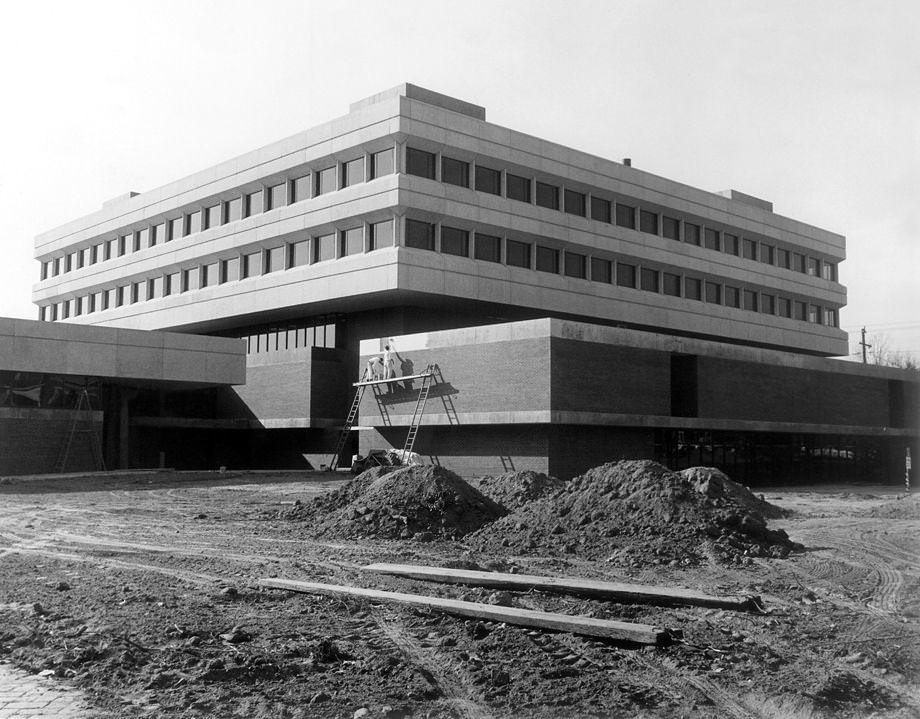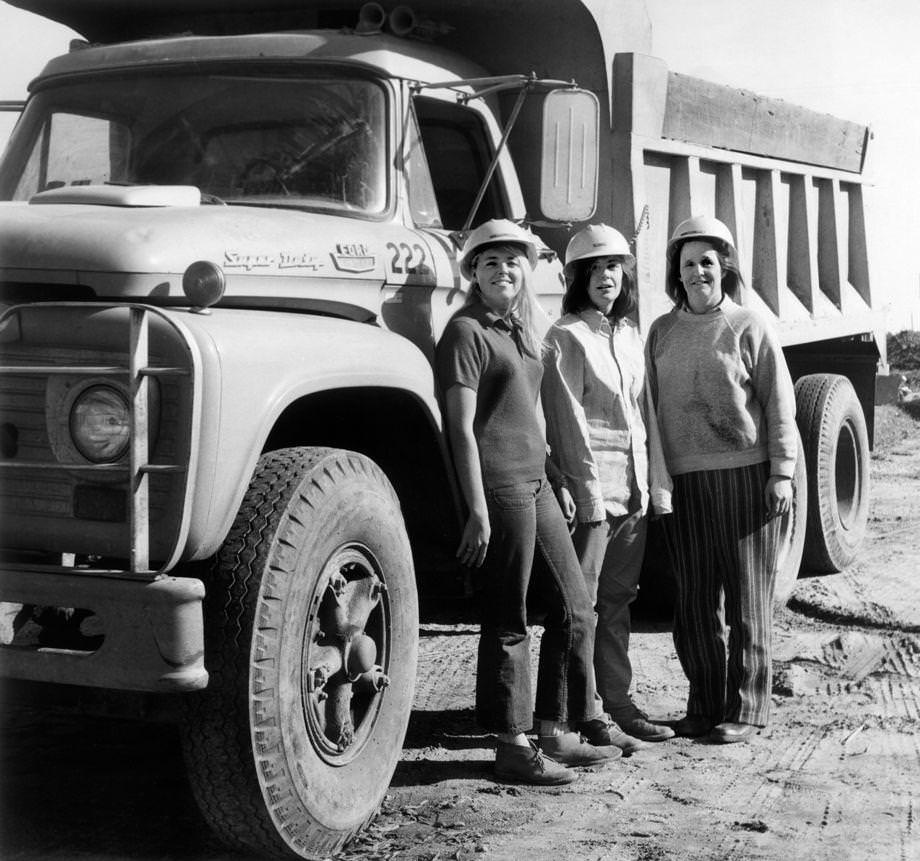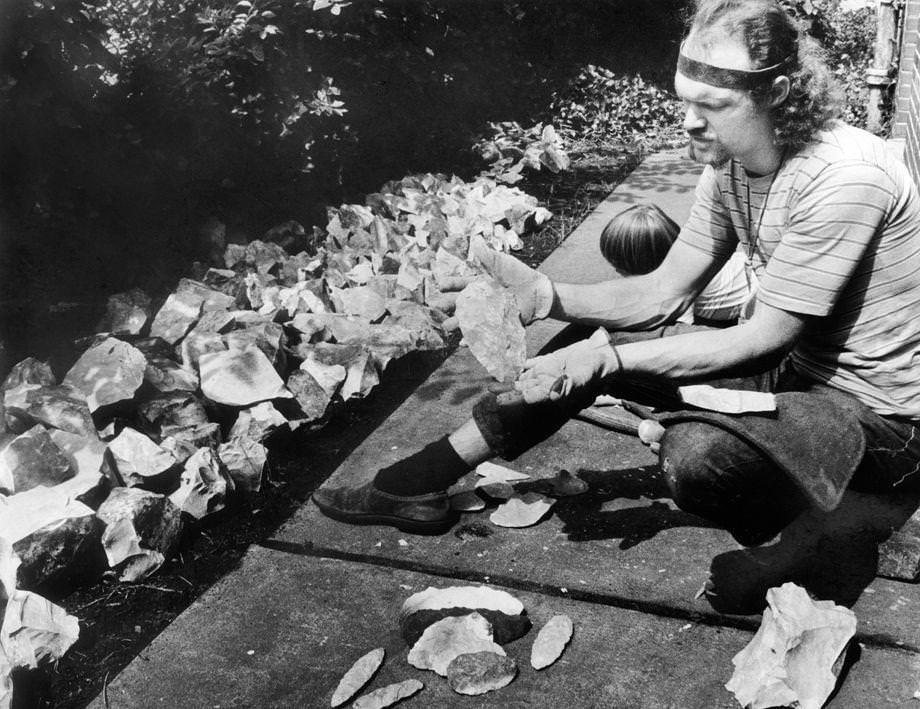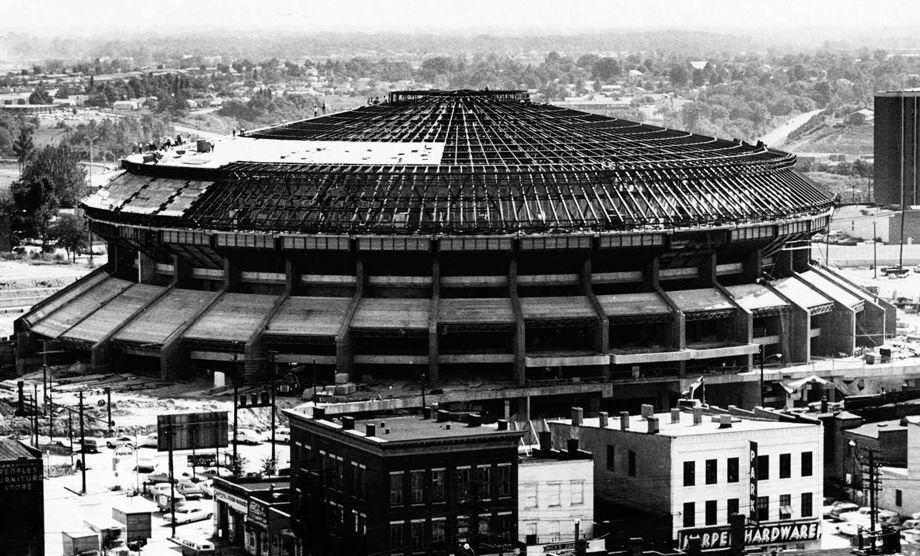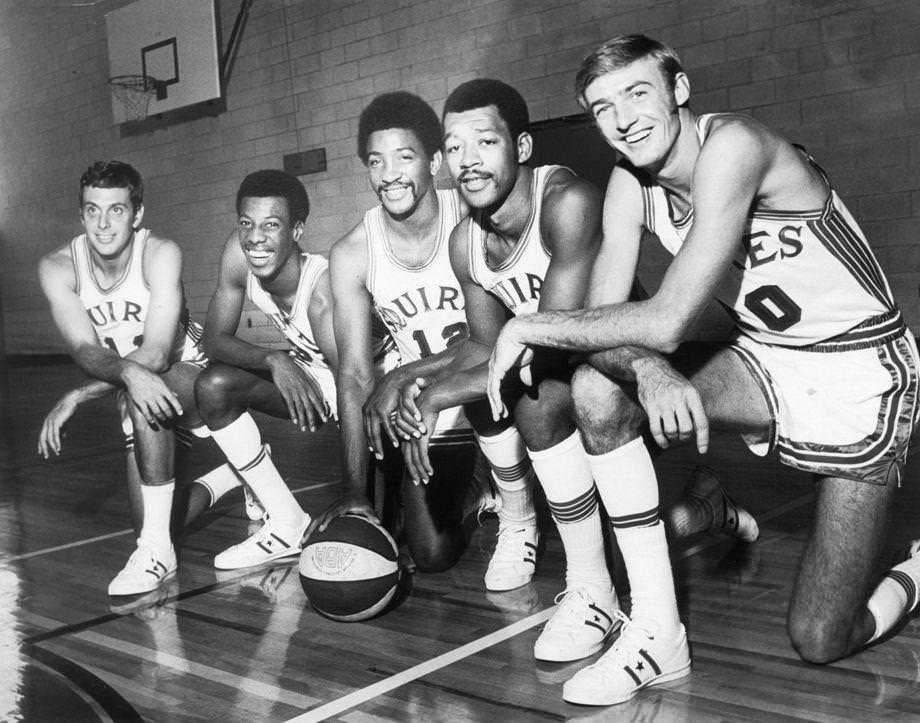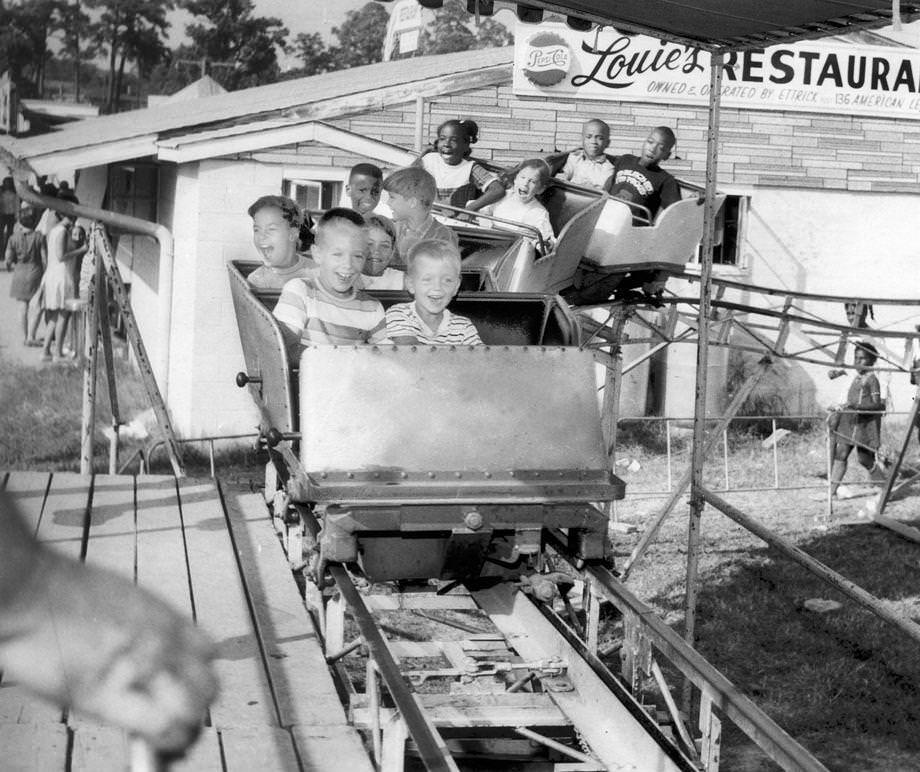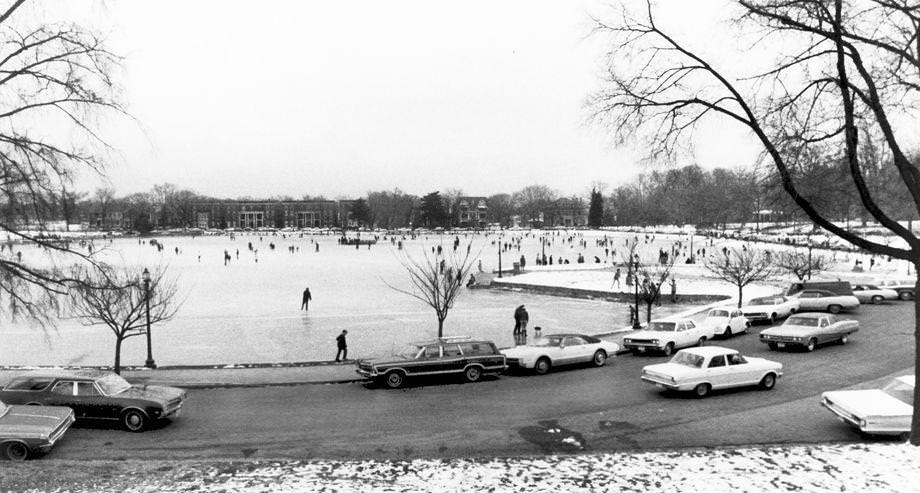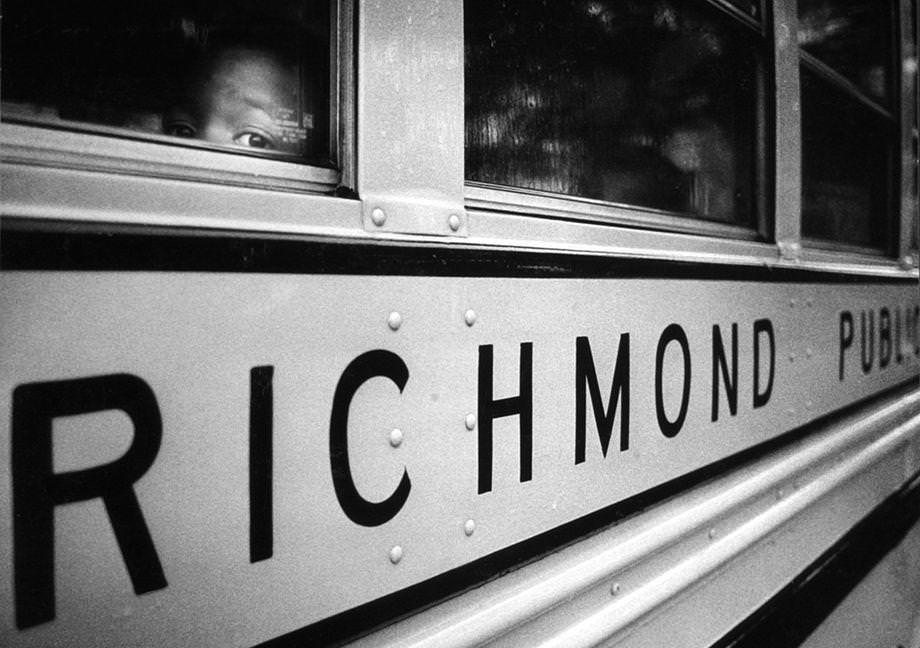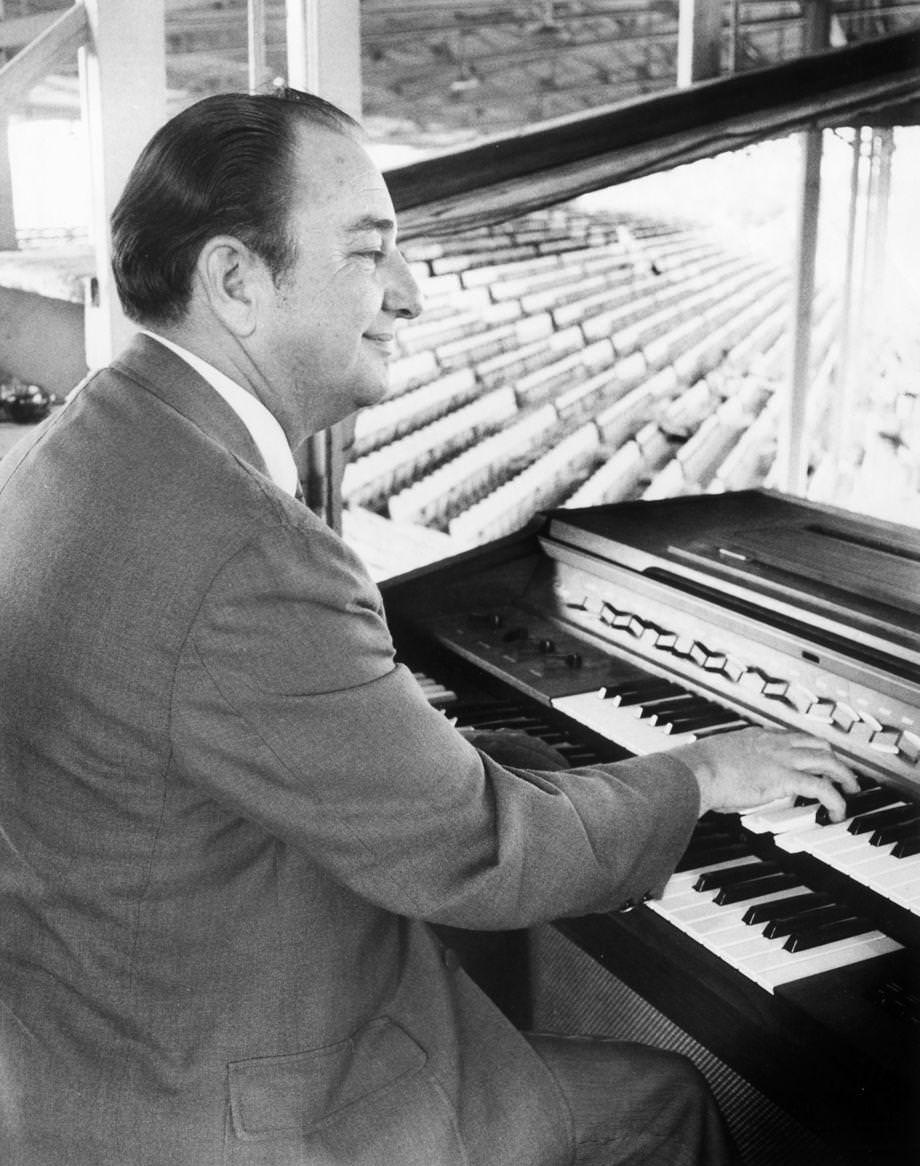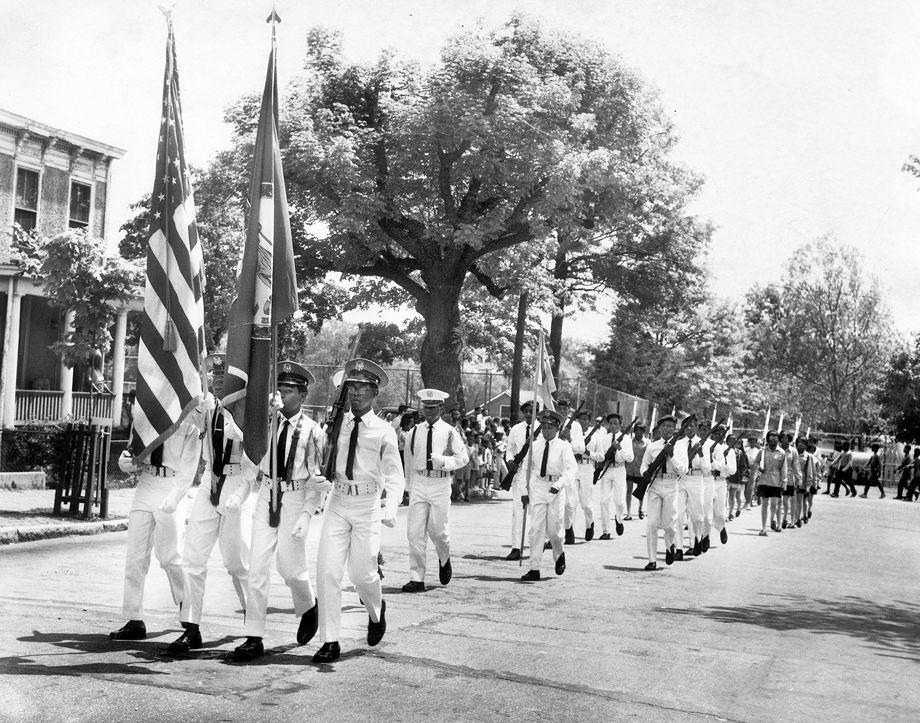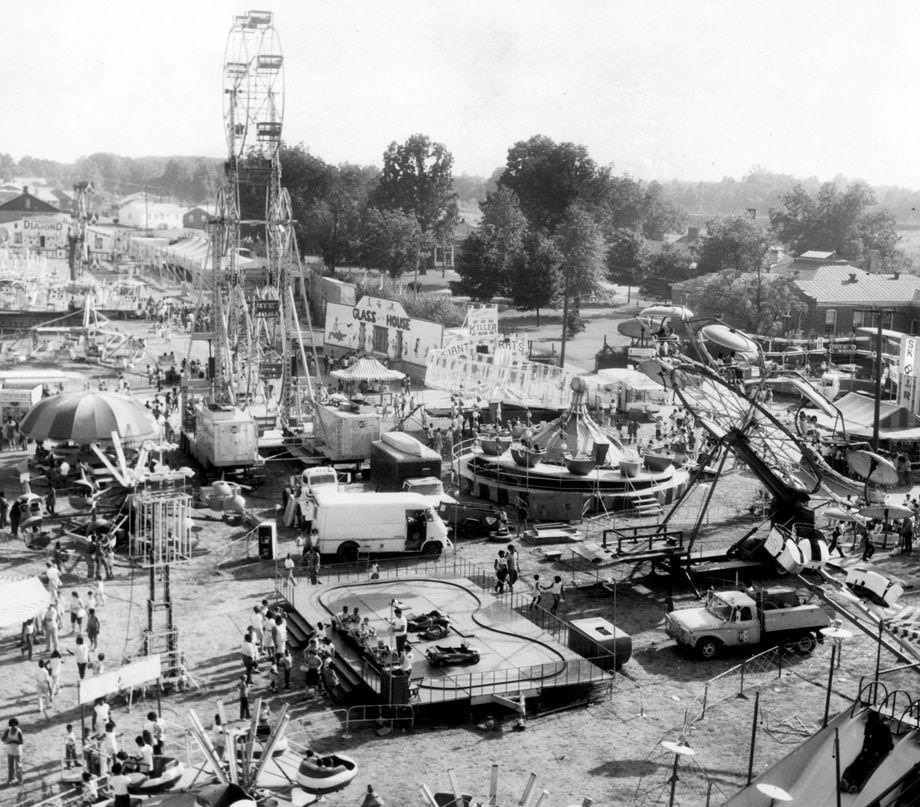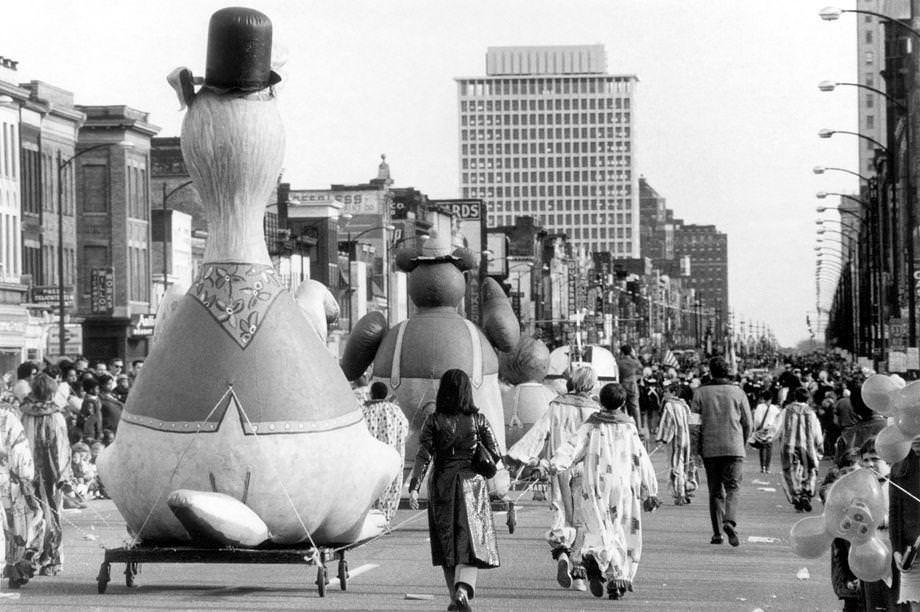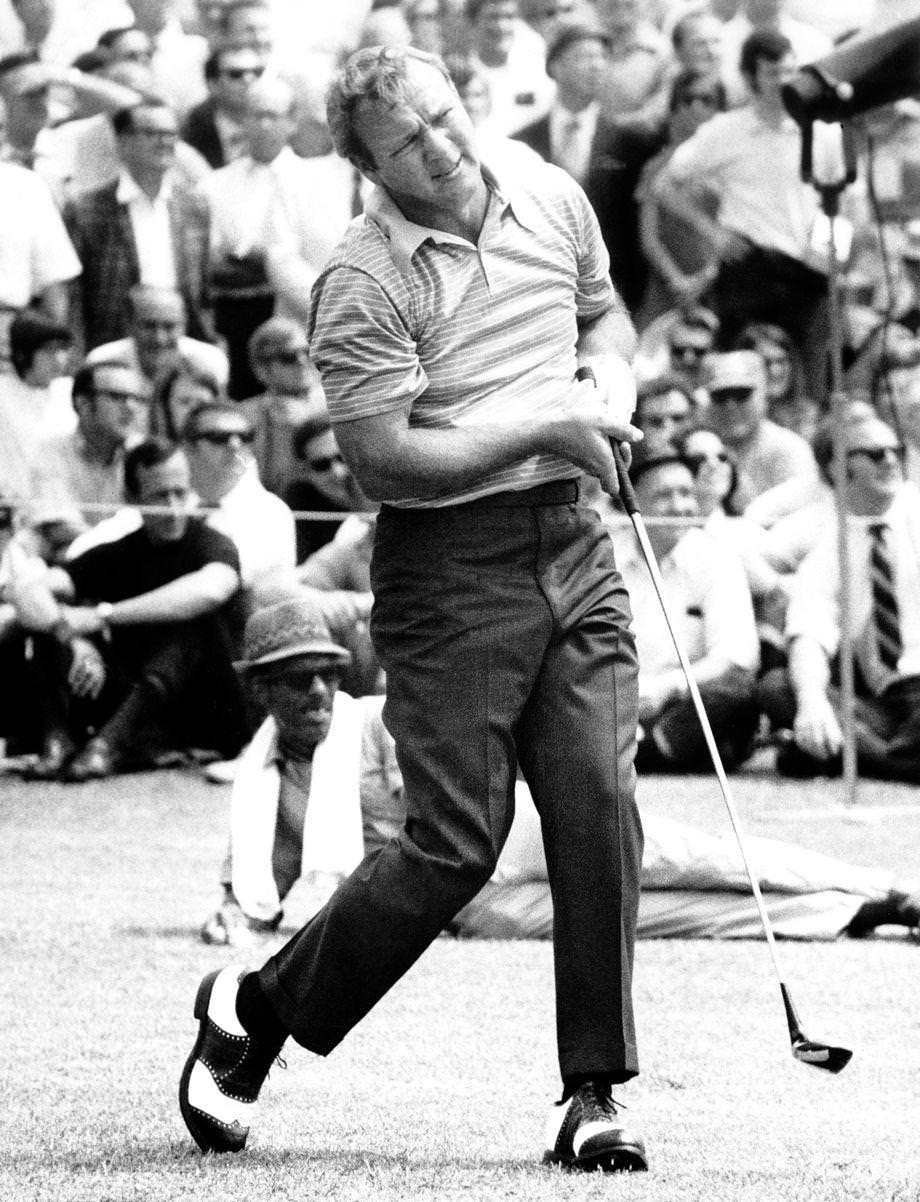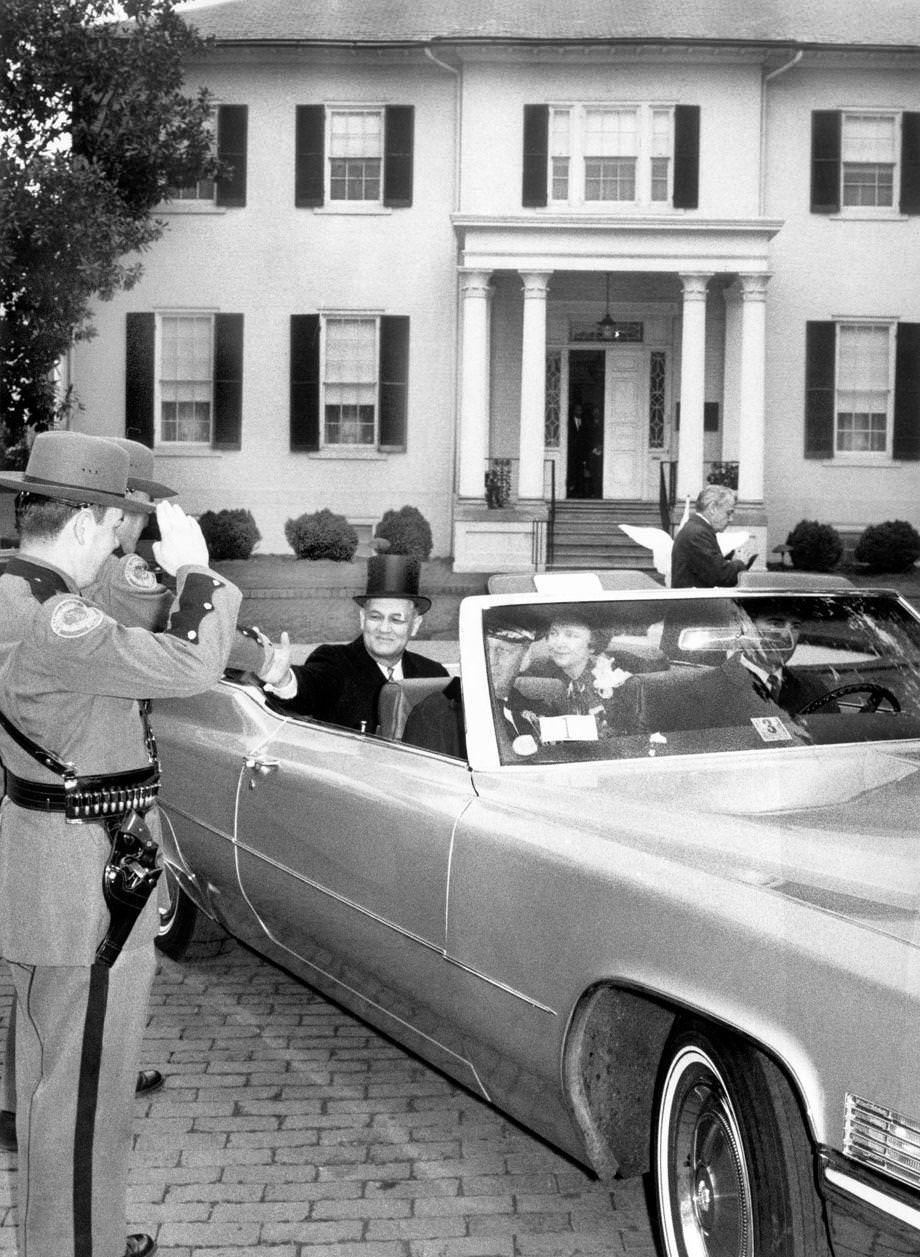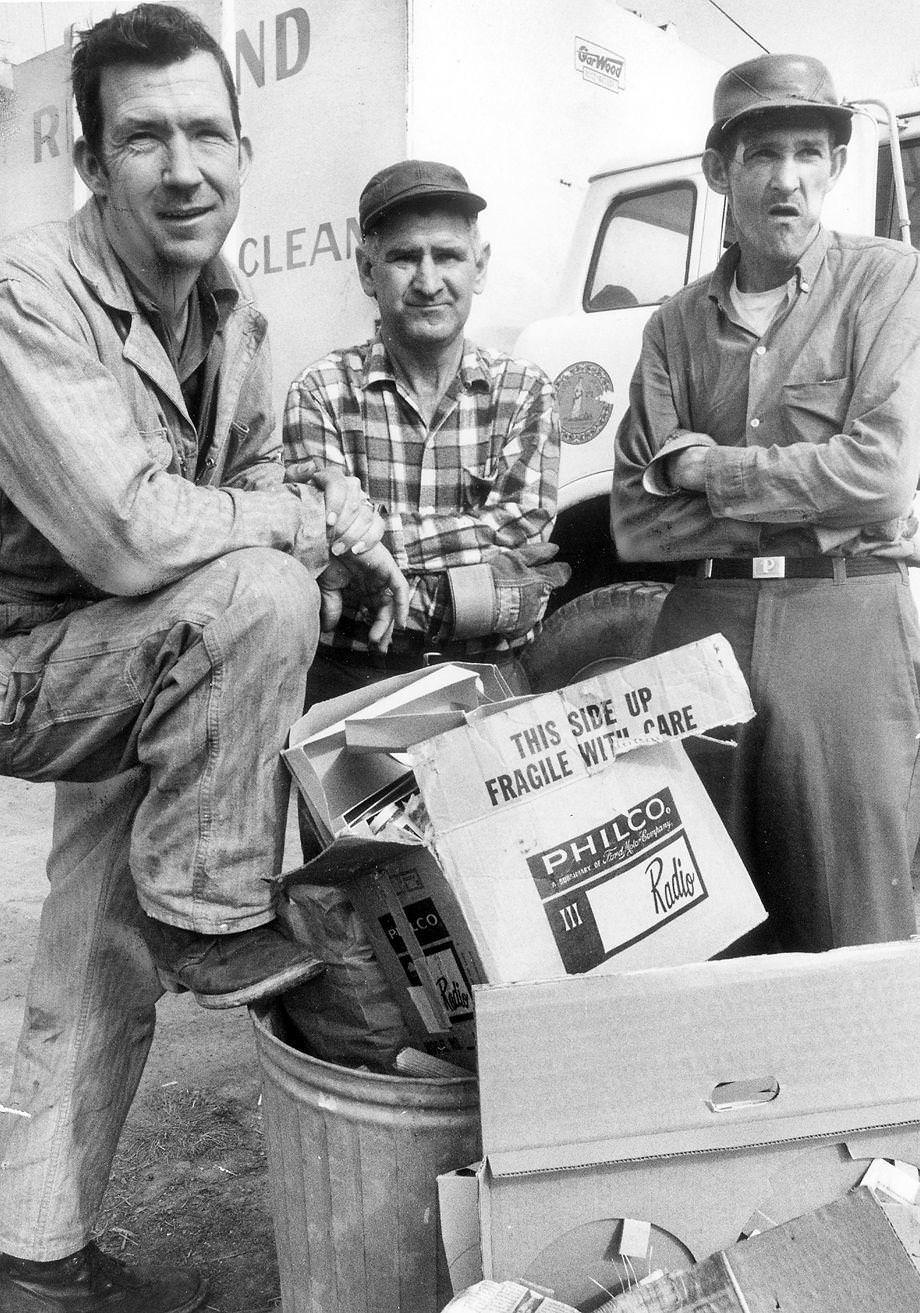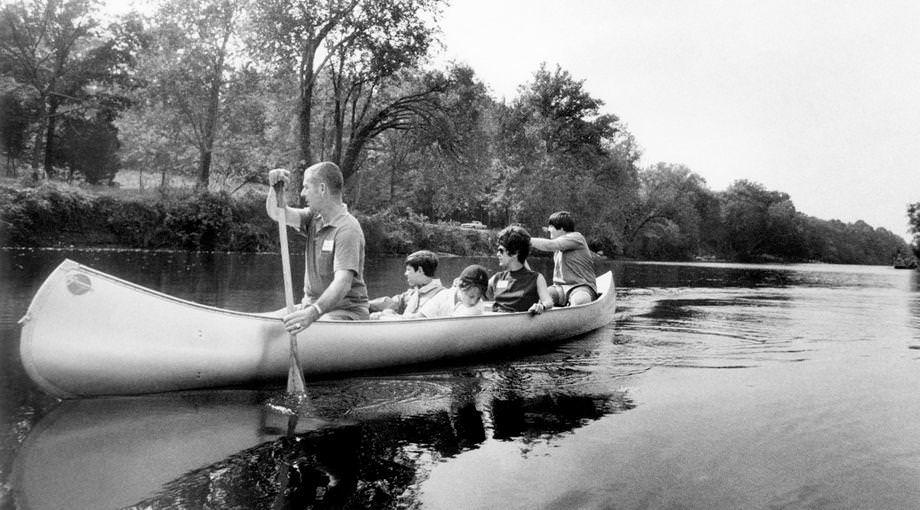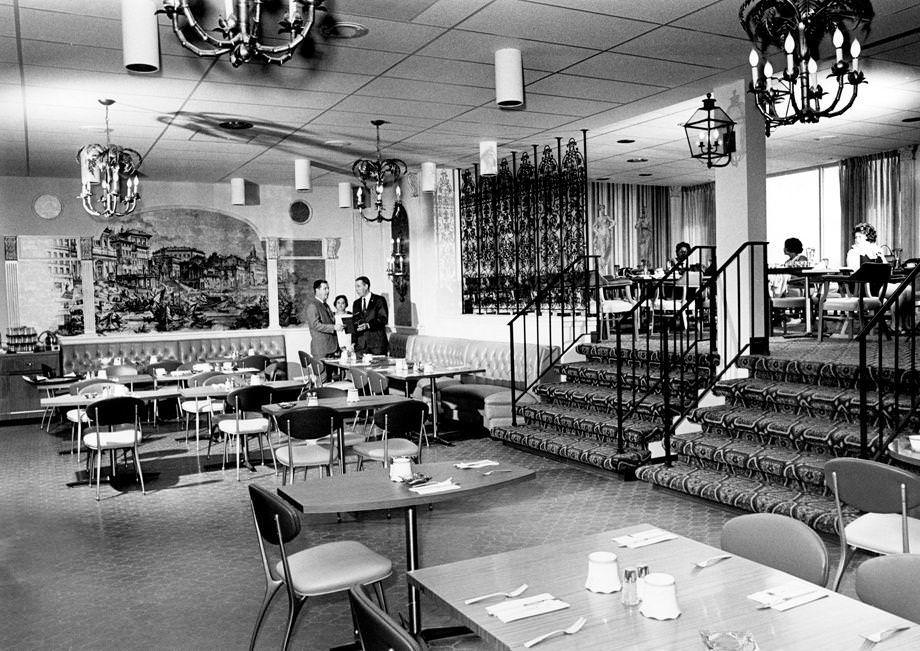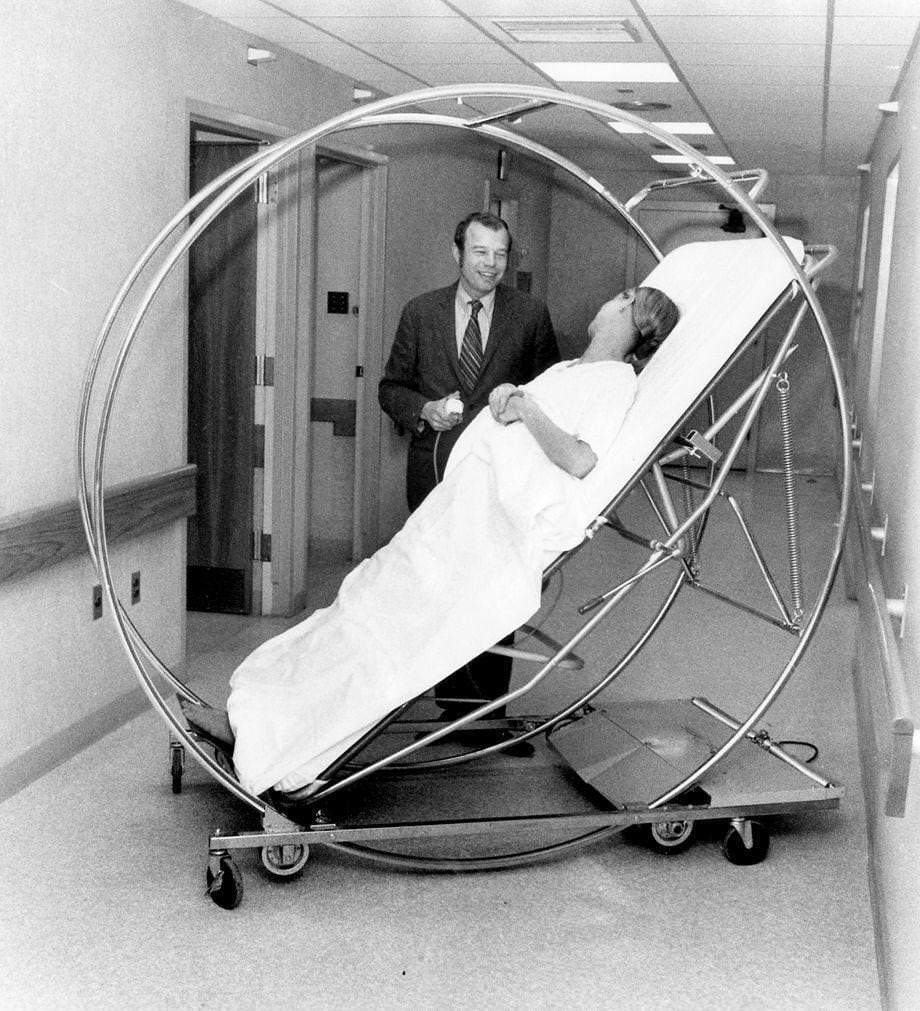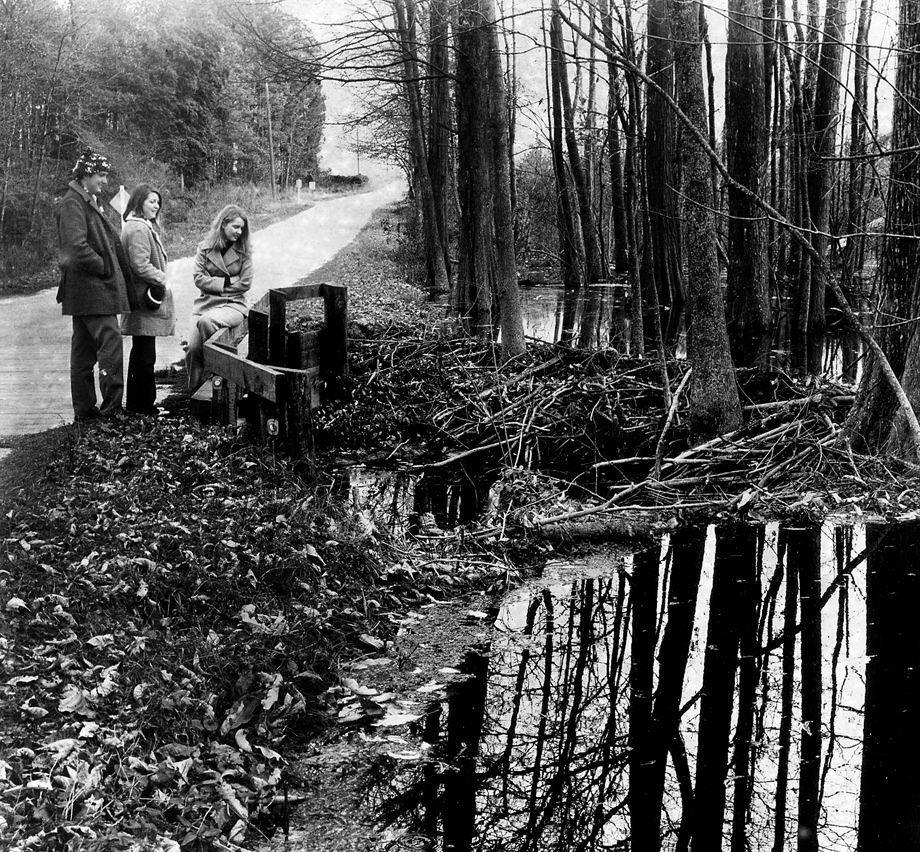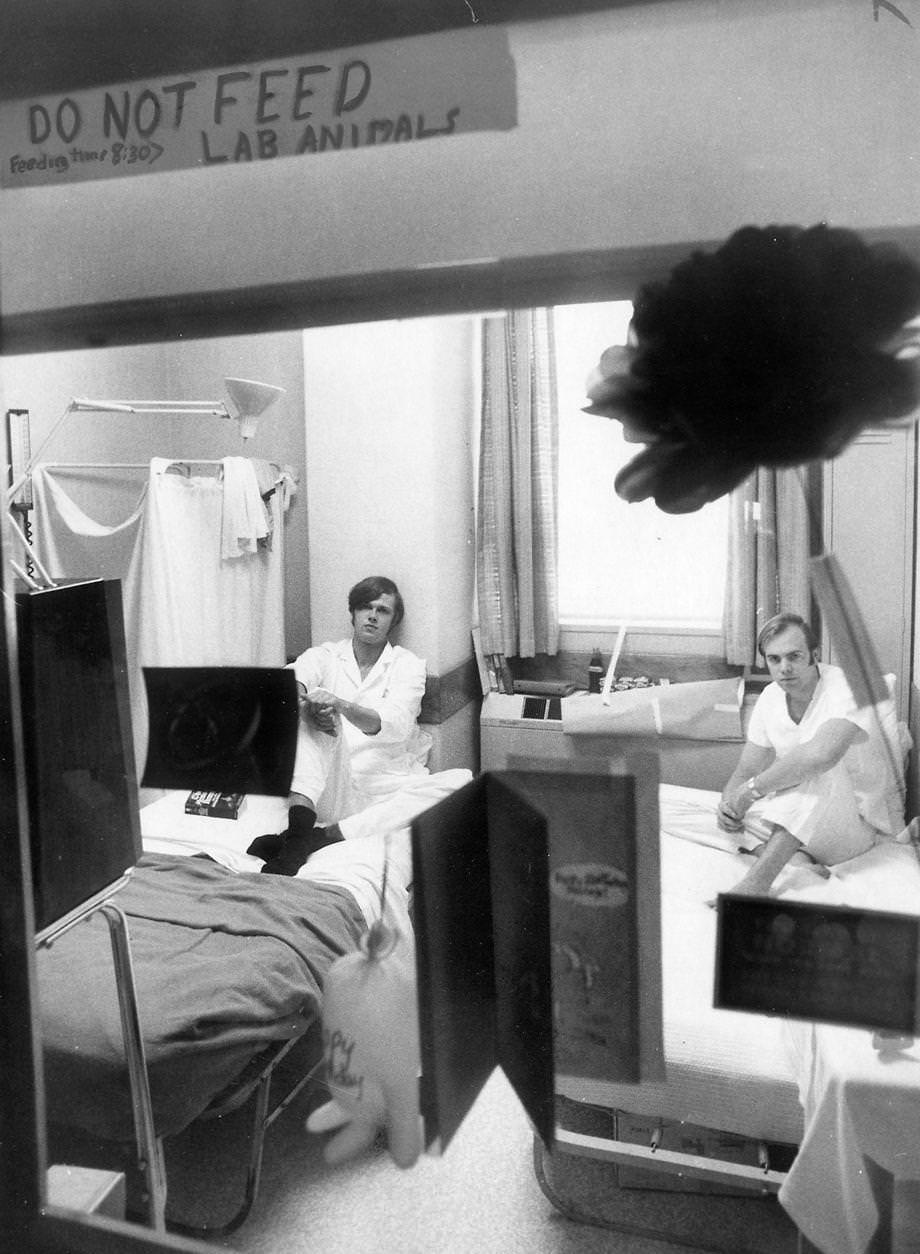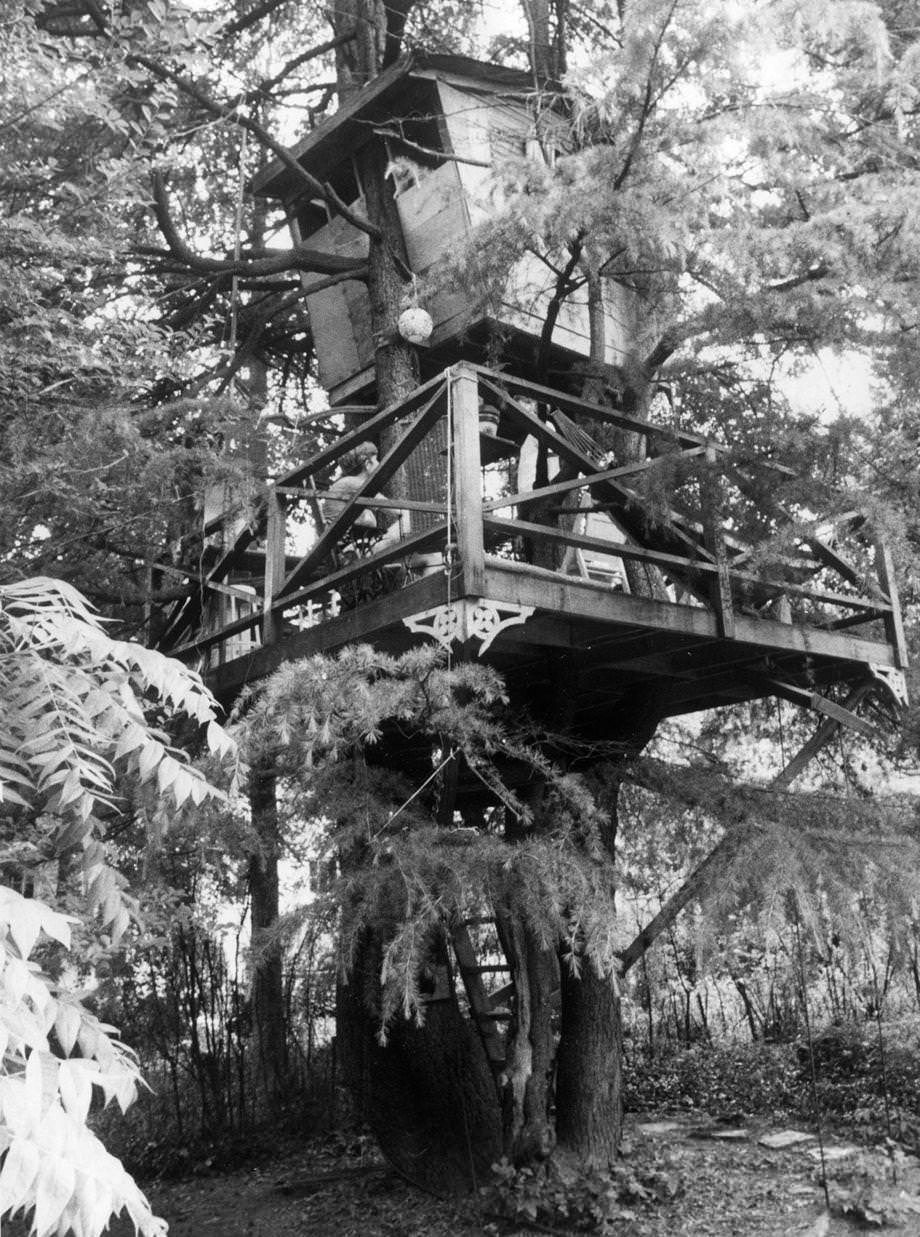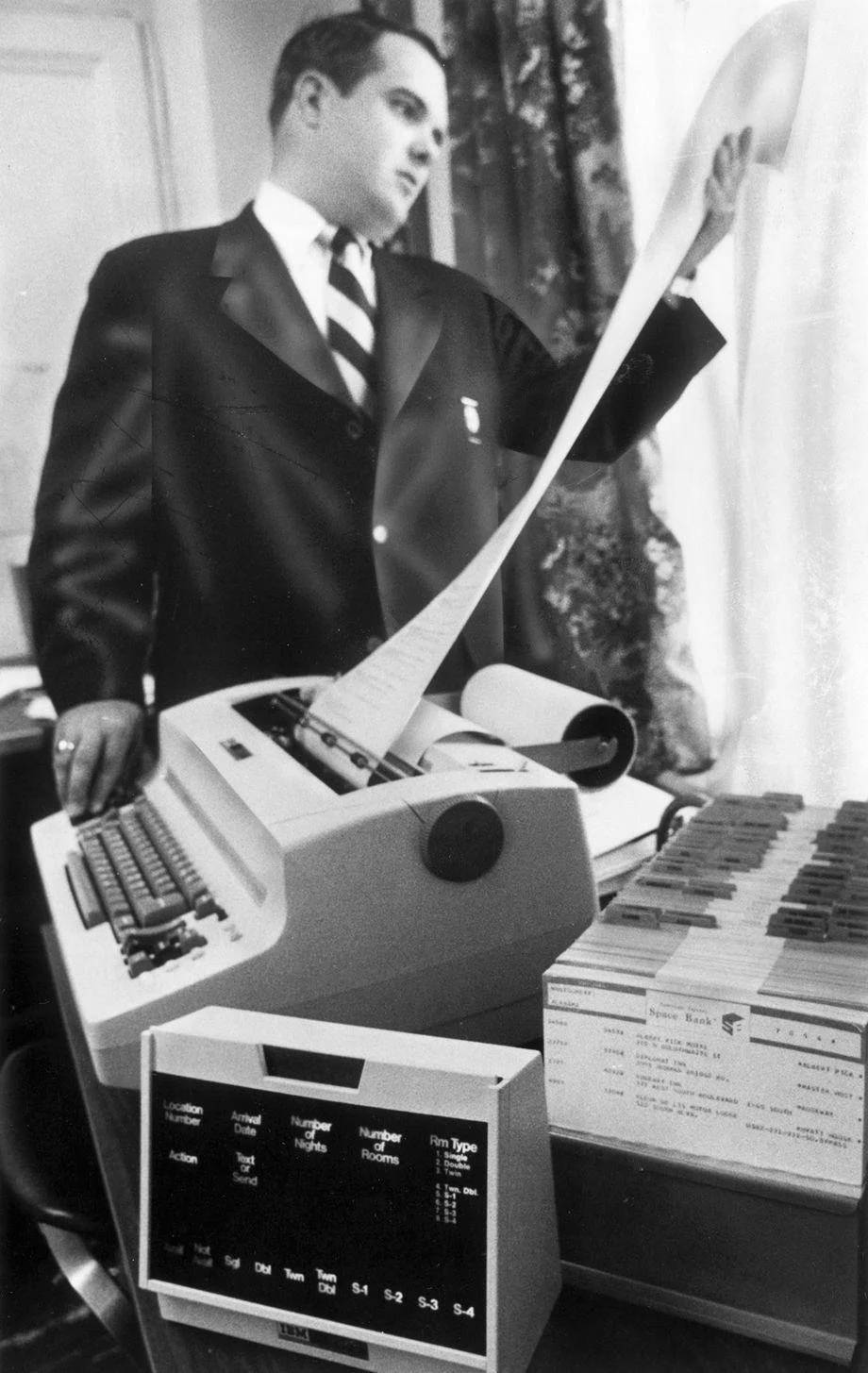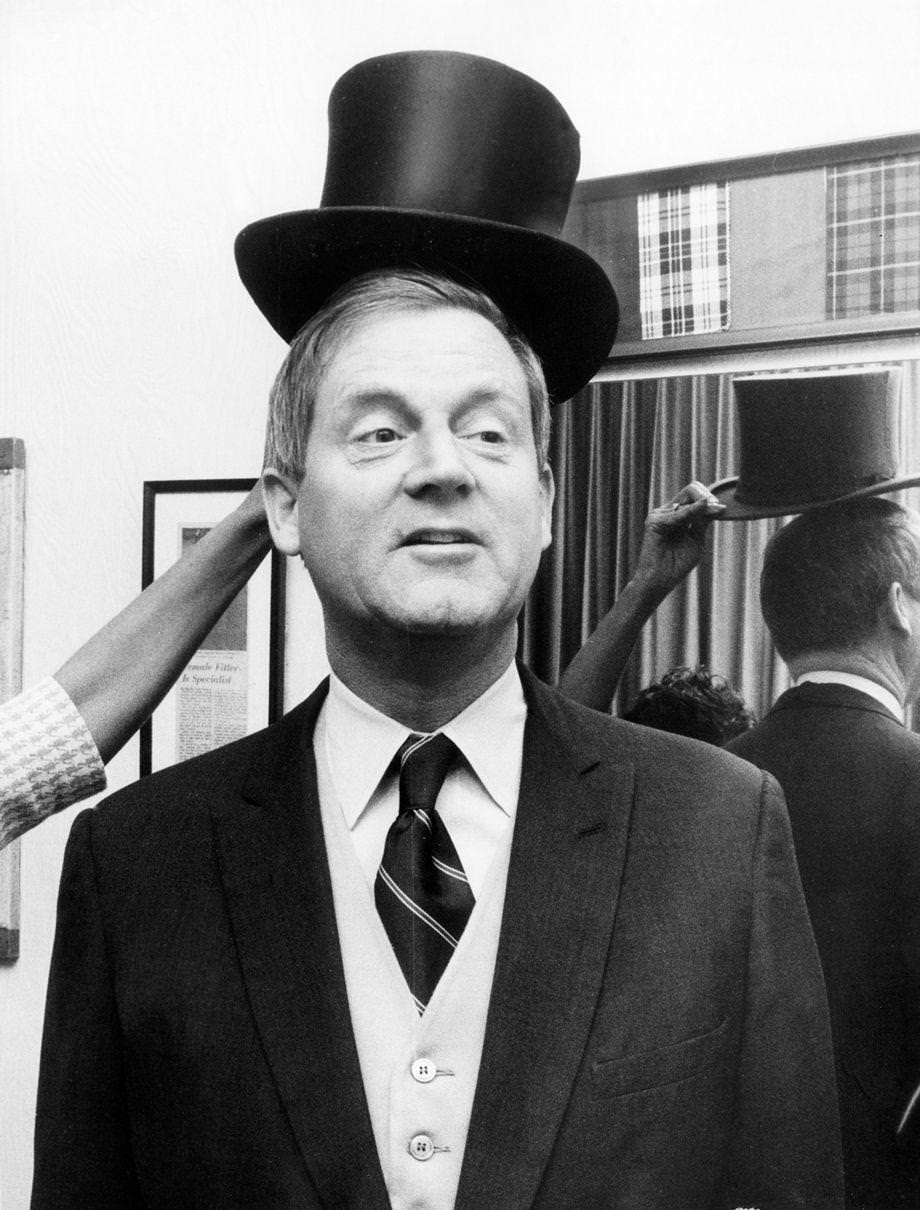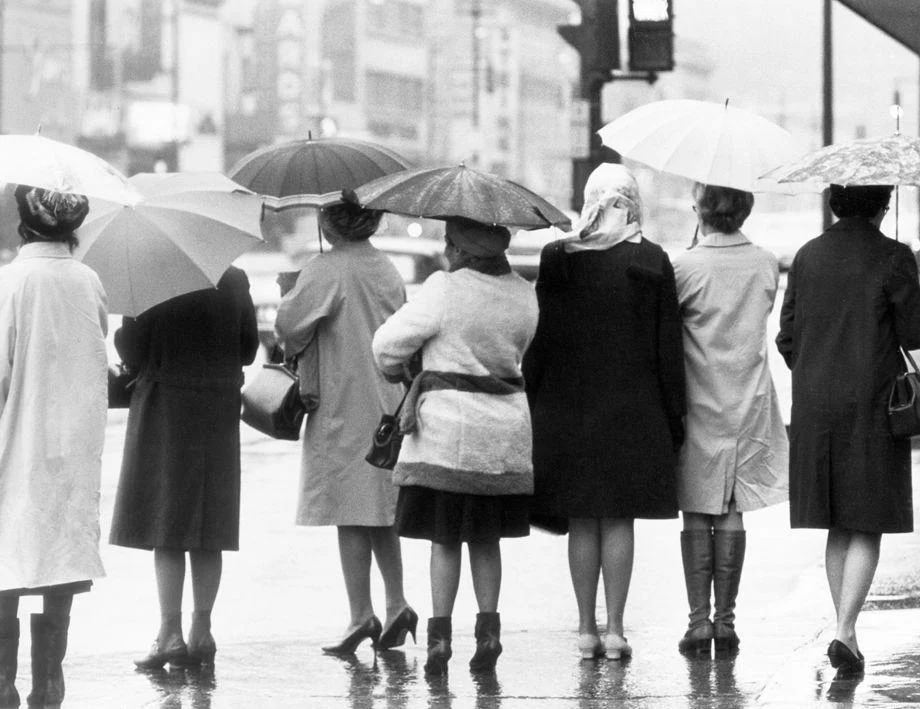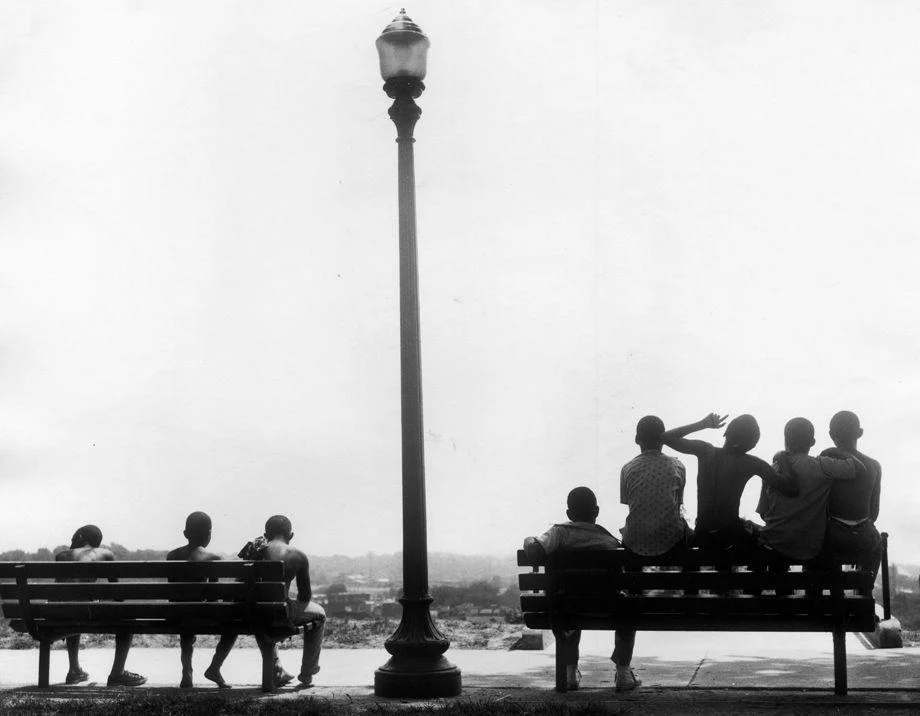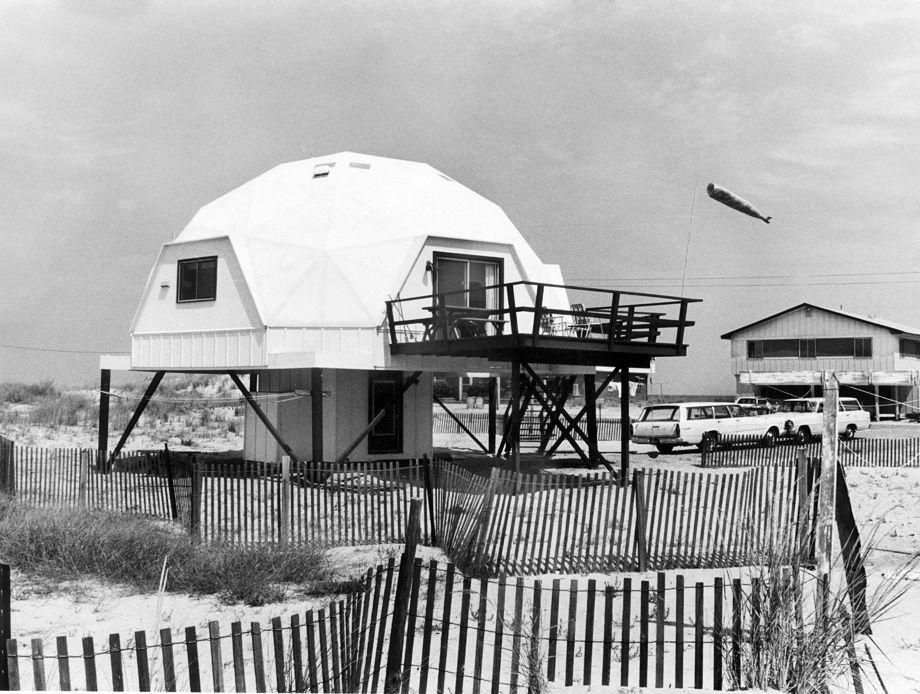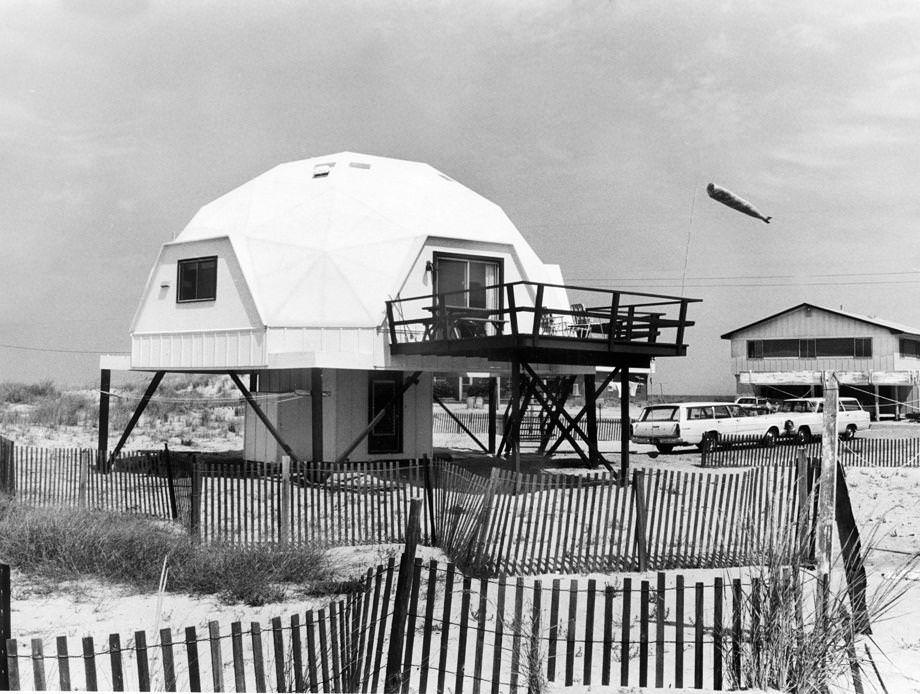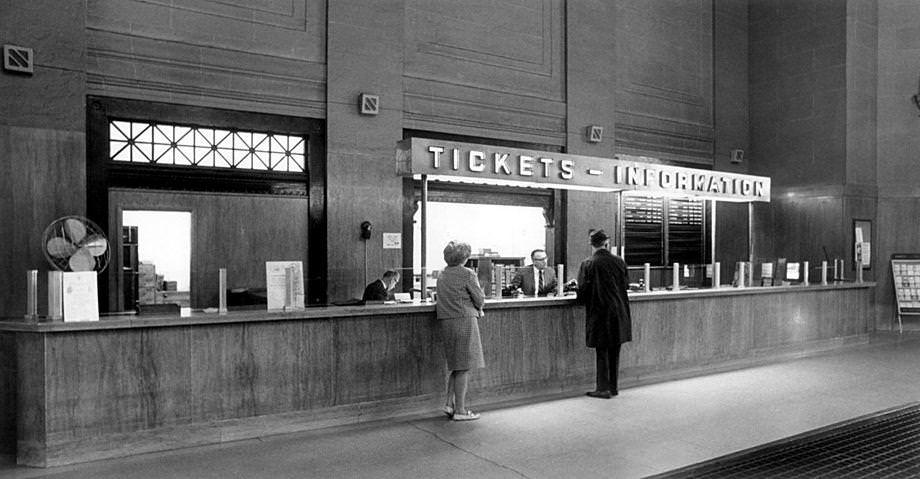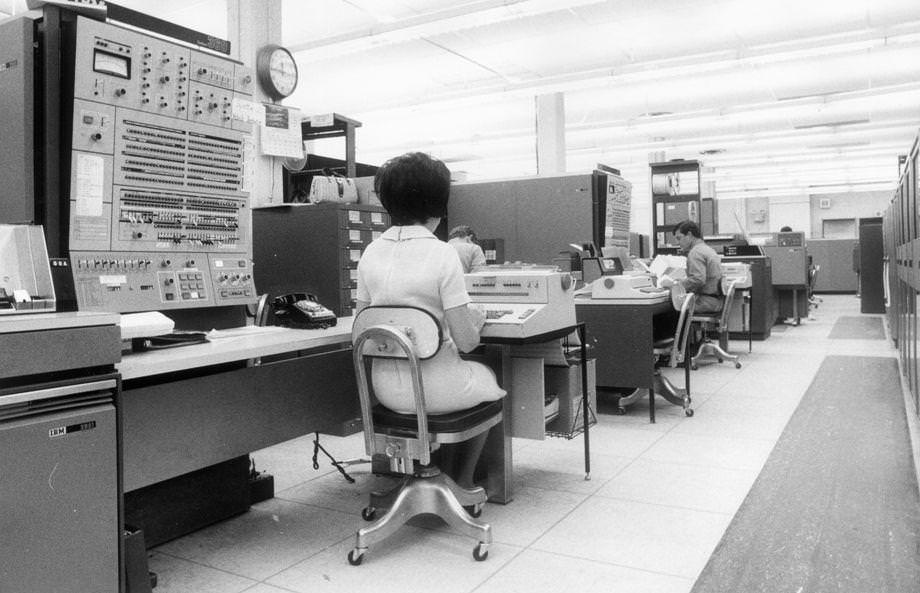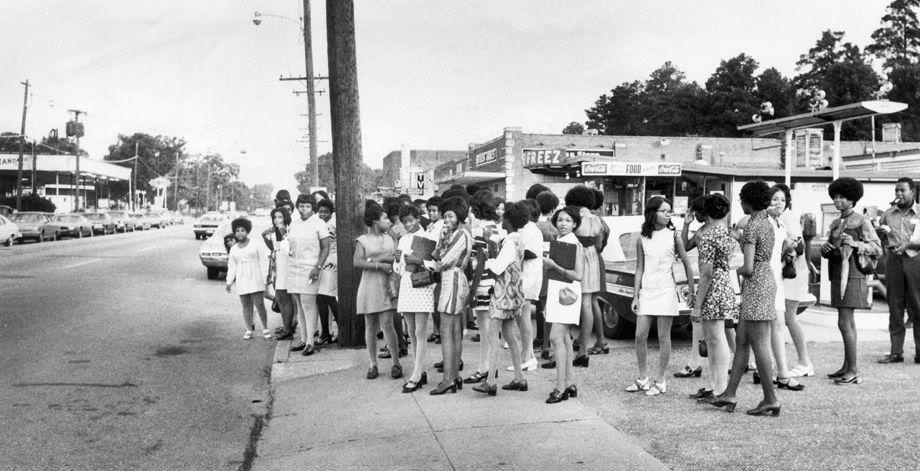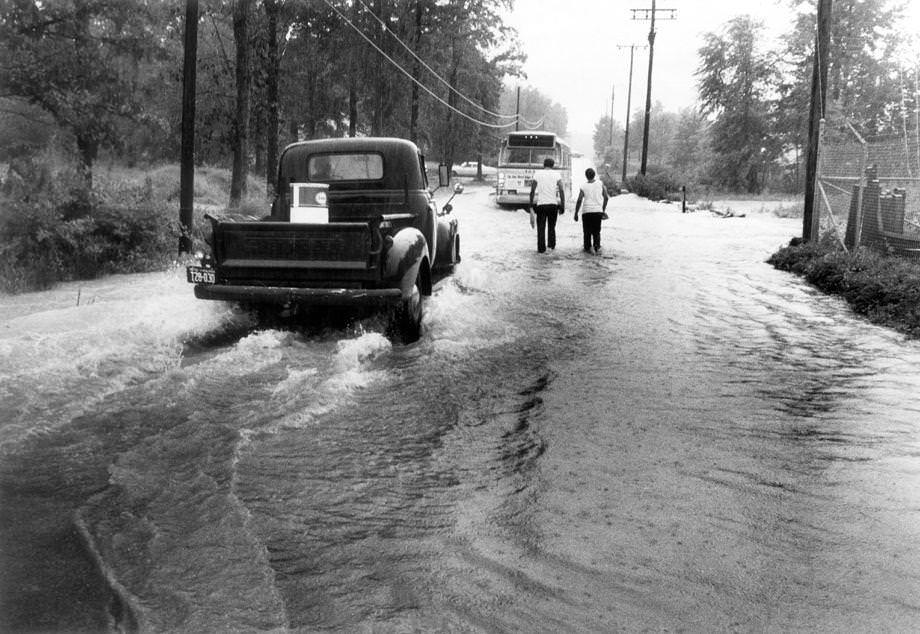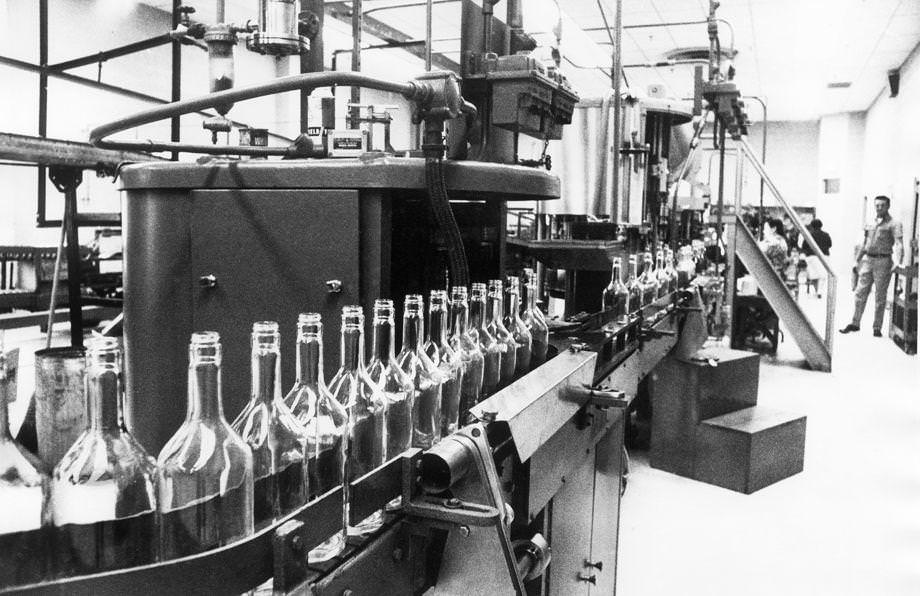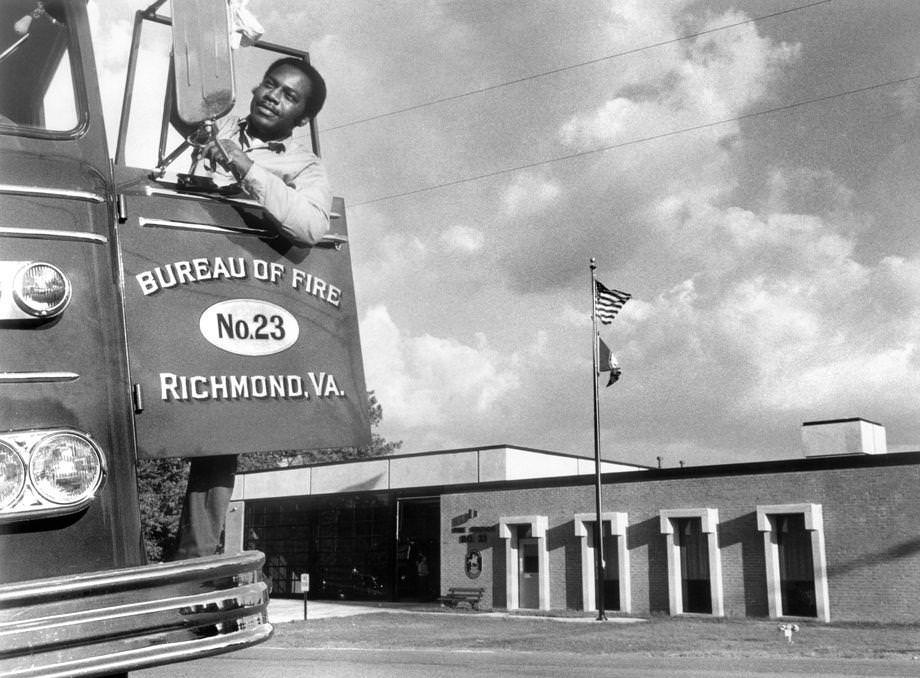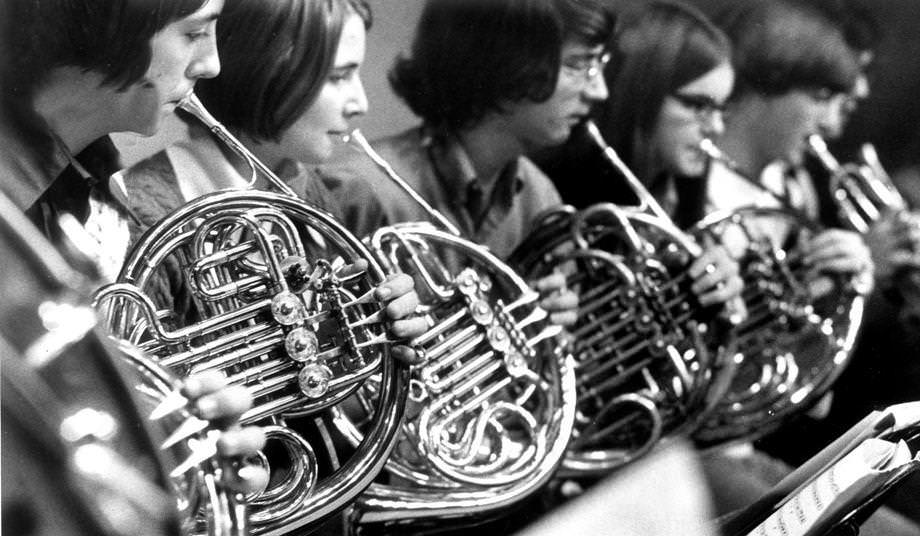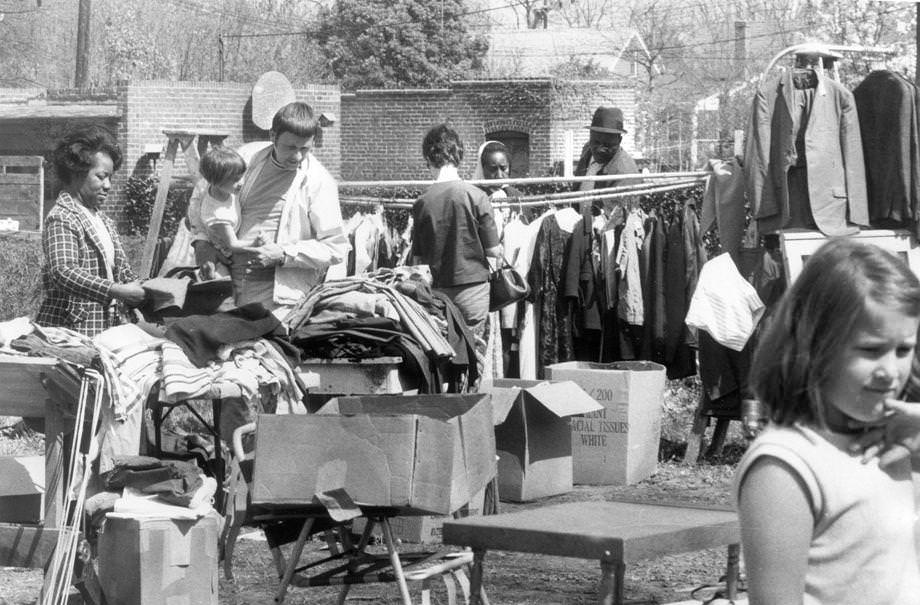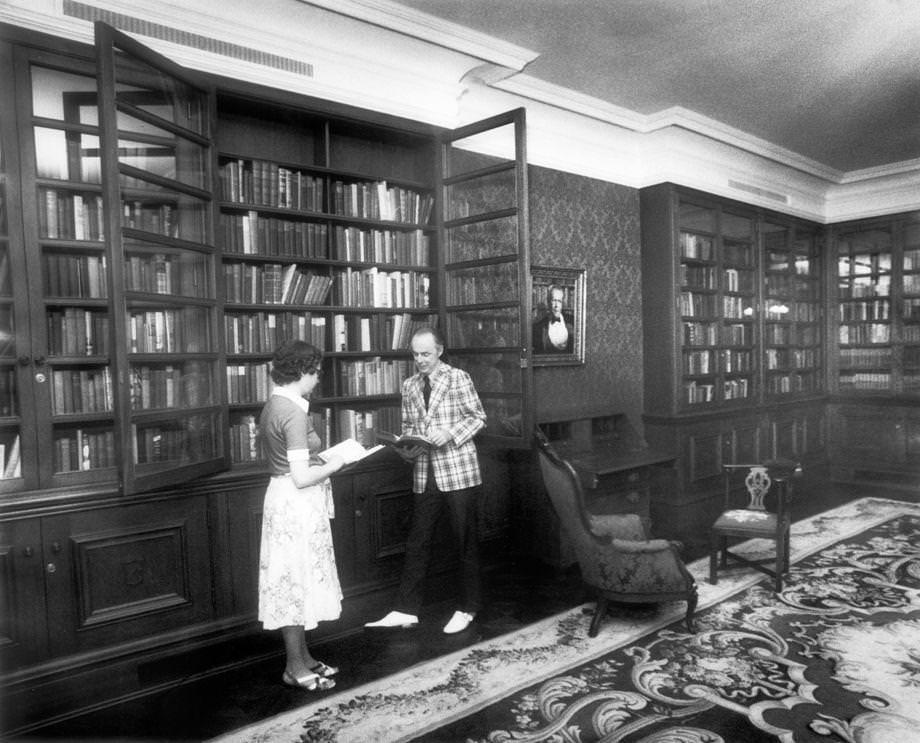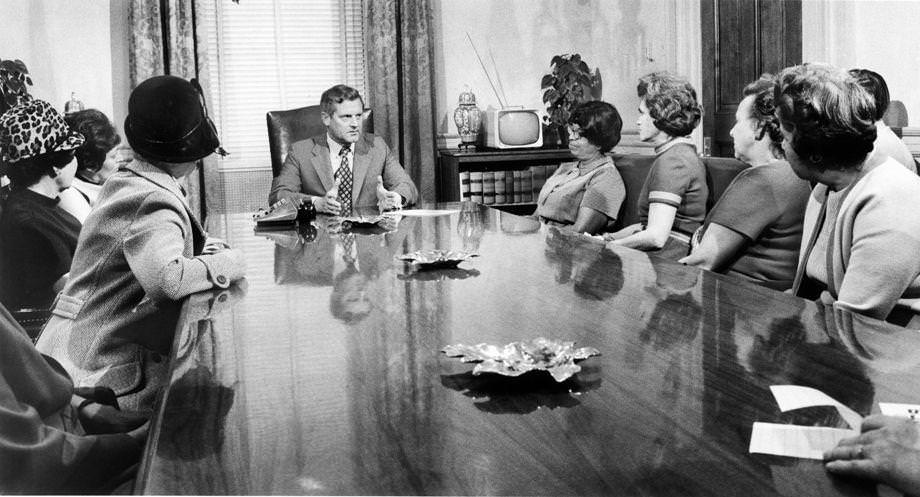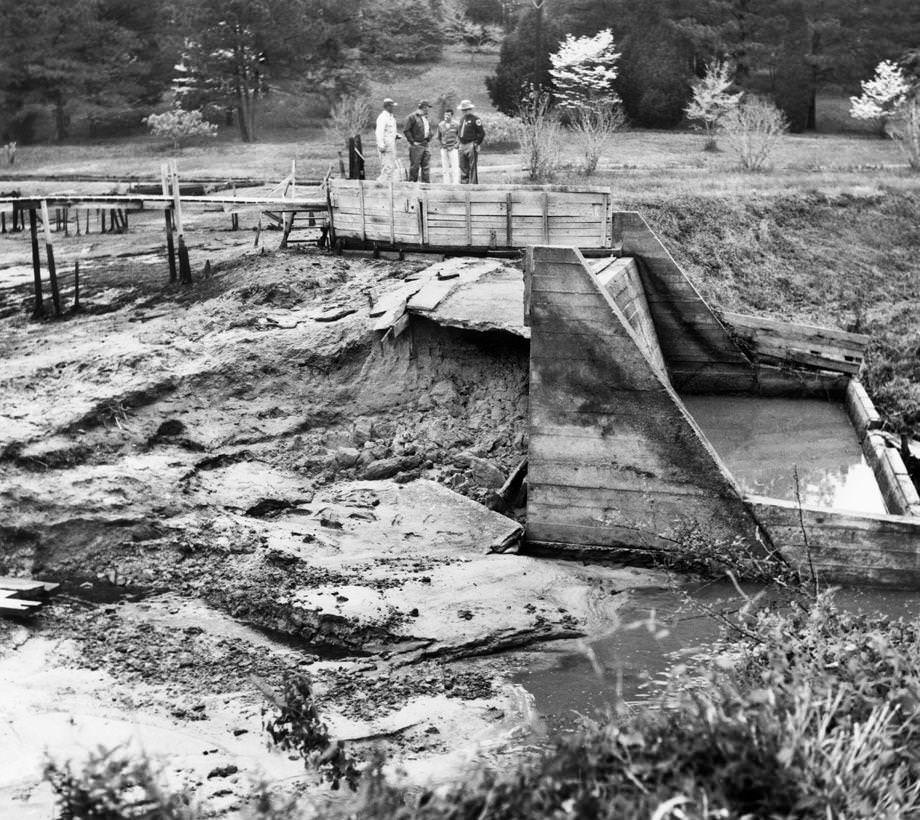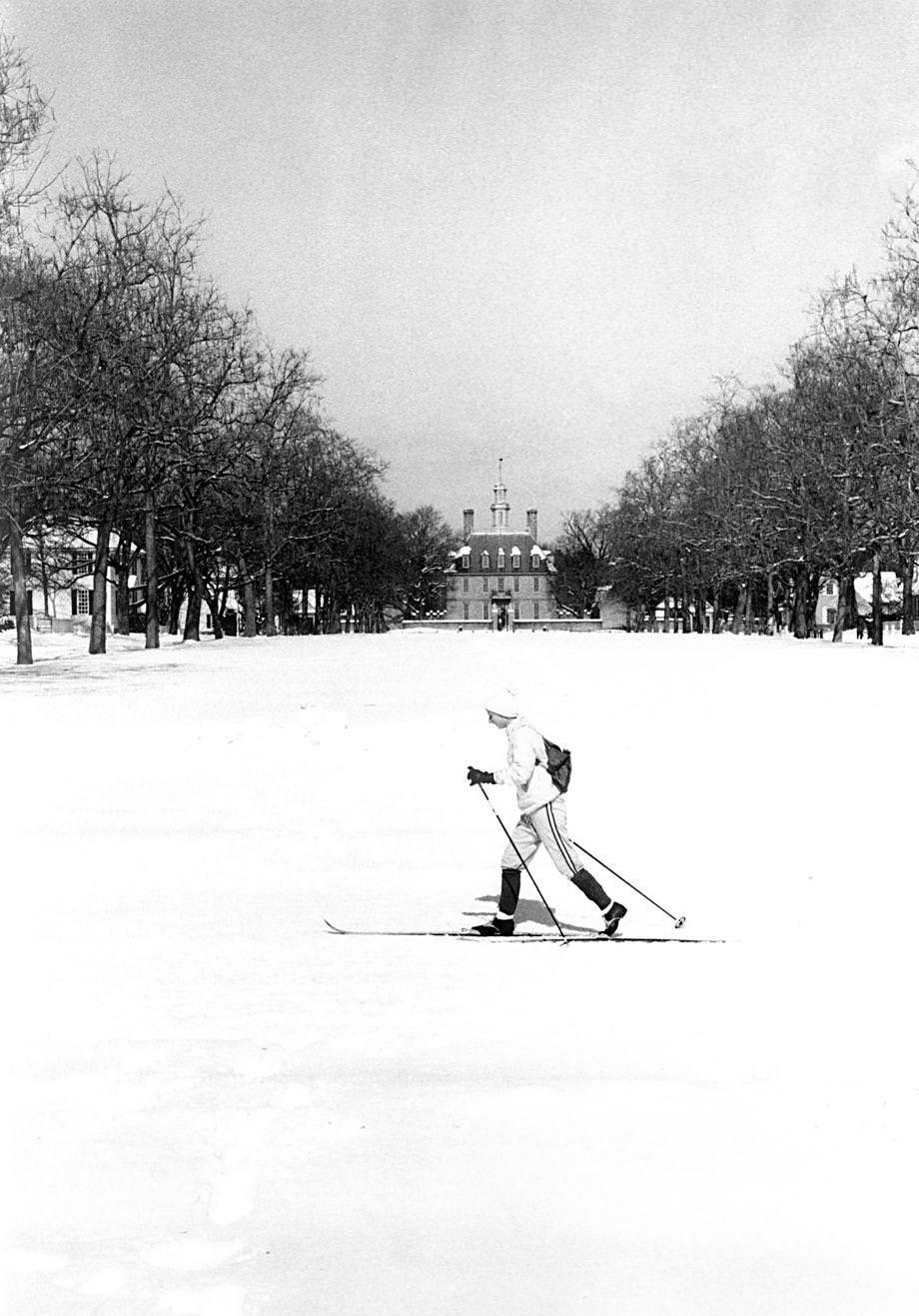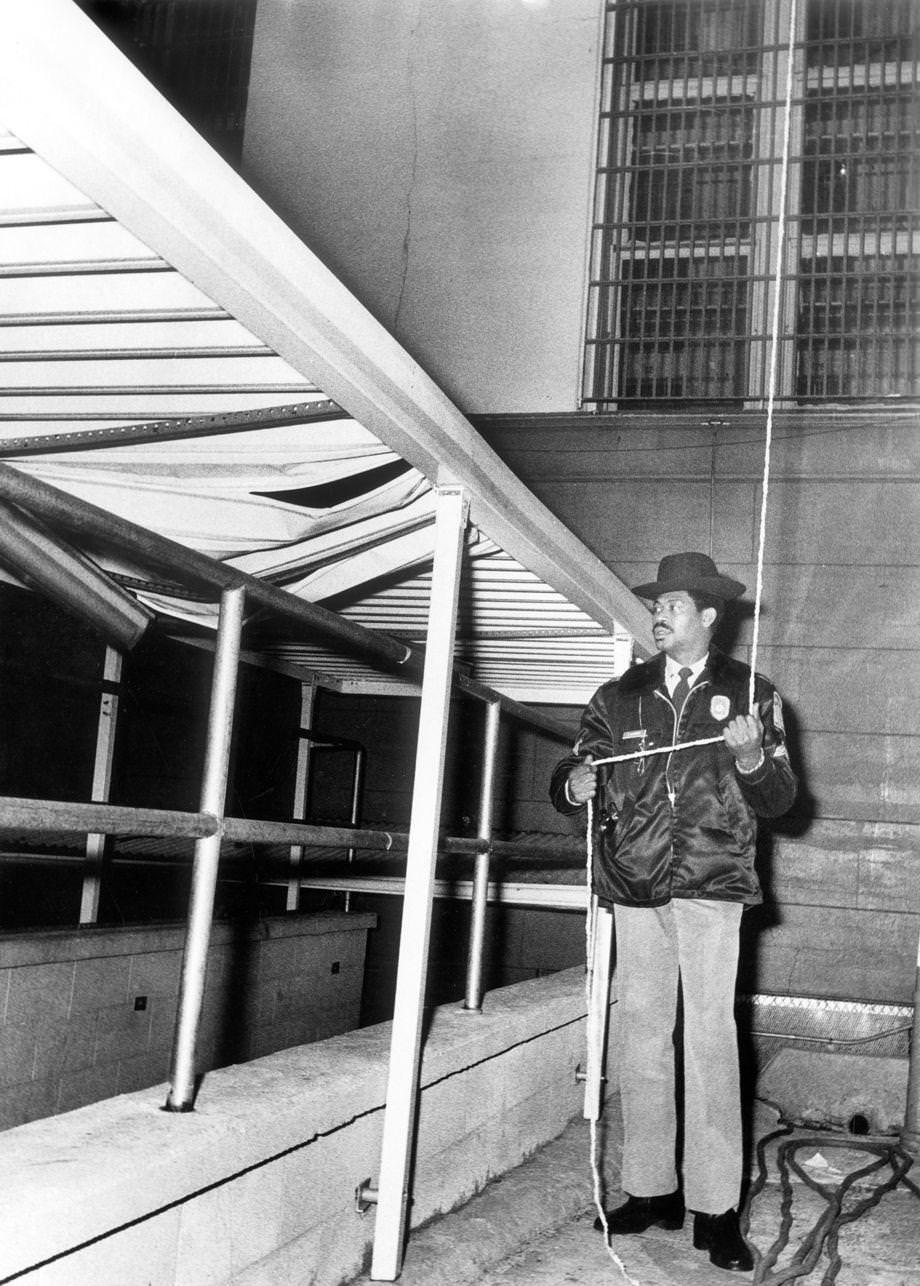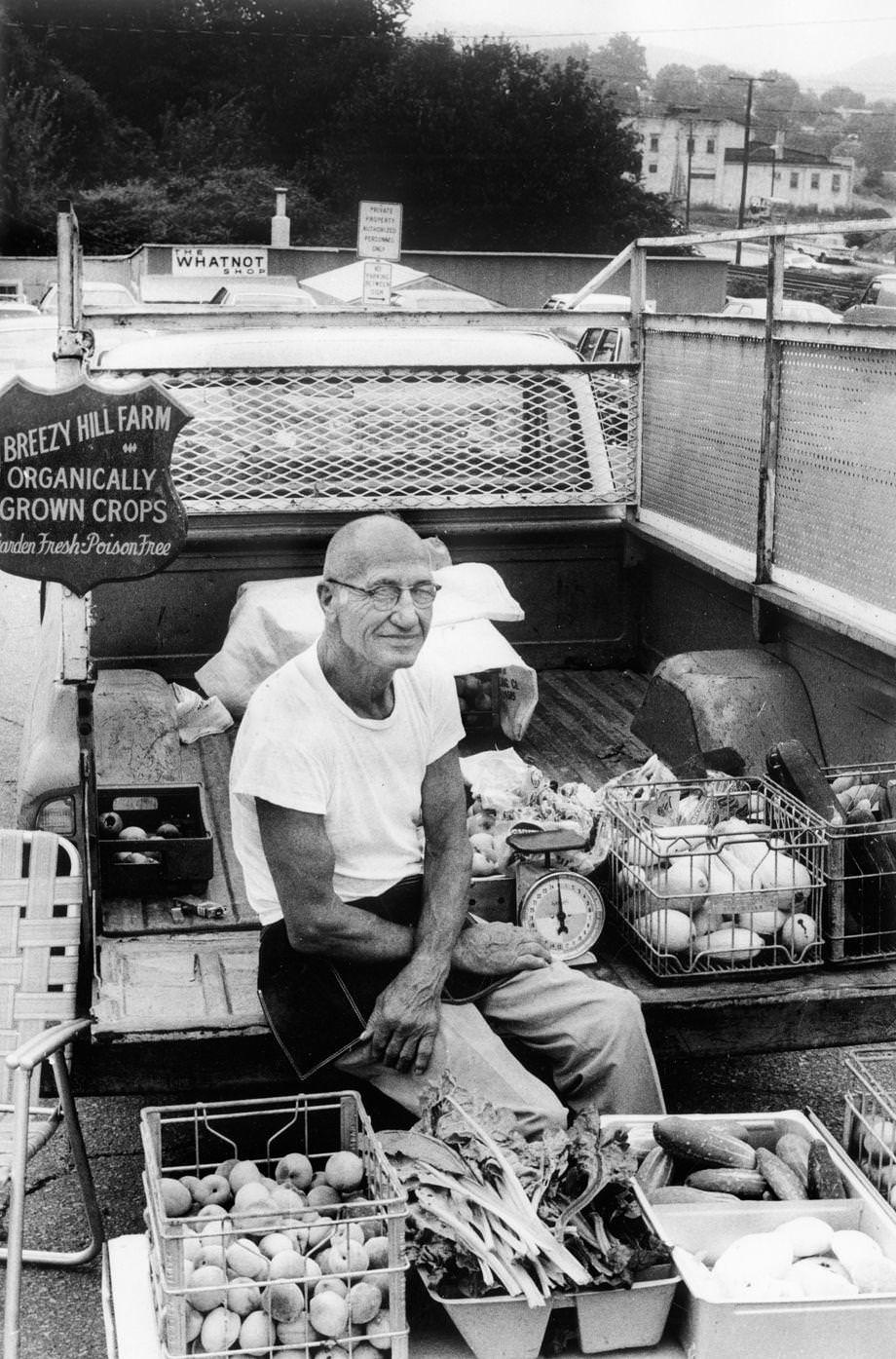The 1970s was a decade of changes and growth for Richmond, Virginia. Navigating through a period of economic challenges, addressing social issues, and embracing cultural shifts, Richmond stood firm, adapting and advancing with time. Let’s embark on a journey through Richmond in the 1970s and learn more about this fascinating decade with some fascinting vintage photos.
The early 1970s brought a nationwide economic recession, and Richmond was not immune to its effects. Despite these challenges, Richmond managed to stay relatively resilient. Major corporations such as Philip Morris and Dominion Energy expanded their operations in the city, providing job opportunities and economic stability.
Addressing Social Issues
The 1970s were a time of significant social change in Richmond. In 1977, Richmond saw the election of its first African American mayor, Henry Marsh, signaling a new era in the city’s politics. This decade also witnessed the emergence of grassroots movements addressing issues such as housing inequality and racial discrimination, echoing the national trend of increased civic engagement.
Cultural Shifts and the Arts Scene
Richmond’s cultural scene continued to evolve in the 1970s. The Virginia Museum of Fine Arts hosted major exhibitions, and local theatre groups like the Richmond Shakespeare Festival started to gain recognition. Music remained a vibrant part of the city’s culture, with genres like folk, rock, and soul music reflecting the diverse tastes of the residents.
Infrastructure and Urban Development
Infrastructure development continued to progress in the ’70s. The James River Flood Wall was constructed after the city suffered a devastating flood in 1972. The Greater Richmond Transit Company was founded in 1973, improving the public transportation system. The city also started the process of revitalizing the downtown area, addressing urban decay, and promoting business development.
The Evolution of Education
The 1970s were a turning point for Richmond’s education system. The Supreme Court’s decision to uphold busing for desegregation led to significant changes in the city’s schools, reflecting a nationwide movement towards racial integration. Virginia Commonwealth University, established in 1968, expanded its programs and facilities during this time, solidifying its status as a key center for higher education in the city.
The Rise of the Sporting Scene
The 1970s saw a significant shift in Richmond’s sports scene. The city got its first taste of major league sports in 1971 when the Virginia Squires, part of the American Basketball Association, played some of their home games in Richmond. Moreover, the Richmond Braves, a minor league baseball team affiliated with the Atlanta Braves, experienced a surge in popularity, enhancing the city’s sporting culture.
#1 The Virginia Museum of Fine Arts hosted pop artist Andy Warhol (second from left), who was exhibiting his “Athletes by Warhol” collection at the museum, 1978.
#2 Glendale Drive and Henrico Avenue in western Henrico County, 1976
#3 Packages of Pop Rocks, a carbonated candy that had soared in popularity, even if availability was limited, 1978.
#4 The Chesapeake and Ohio Railway was preparing to close the Sabot Depot station in Goochland County, 1979.
#5 The Lost World mountain opened at the Kings Dominion theme park in Doswell, 1979.
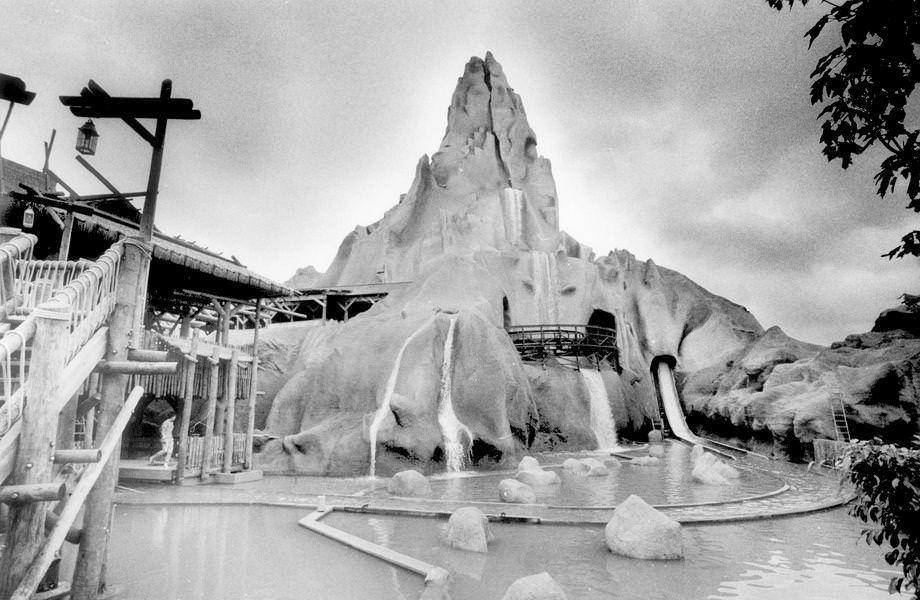
The $7 million, 17-story attraction contained three components: the Journey to Atlantis flume ride (soon renamed the Haunted River), the Land of the Dooz children’s mine train and the Time Shaft rotor. In 1998, the mountain was repurposed to accommodate Volcano, the Blast Coaster, which still operates today.
#6 A crowd of 10,000 gathered along Monument Avenue in Richmond for the annual Easter Festival, which included music from the Richmond Pops Band.
#7 Two boys walked along the rocks in the James River near the Lee Bridge in Richmond, 1979.
#8 Terry Woo set bricks for a walkway as construction of Kanawha Plaza in downtown Richmond continued, 1979.
#9 A couple dressed as apes made their way through Shockoe Slip in Richmond during the Great Pumpkin Party.
#10 Vann Barden from North Carolina came to Richmond with his mobile smoke pit to put on a pig picking with friends, 1979.
#11 A tractor-trailer jackknifed after two wheels came off on the James River Bridge in Richmond, 1979.
#12 An Army helicopter made a practice landing on the new helipad at Chippenham Hospital in Richmond, 1979.
#13 Miss America Kylene Barker signed autographs during a visit to Richmond. Barker, who was from Galax, won the Miss Virginia title in 1978 and then the national pageant in September of that year, becoming Miss America 1979.
#14 Former Washington Redskins wide receiver Roy Jefferson congratulated participants in the Winter Special Olympics at Wintergreen in Nelson County, 1979
#15 Staff of the Women’s Resource Center conferred in their office at the University of Richmond. The center, which opened in 1976, assisted women with career preparation, education opportunities and life planning.
#16 Safety Town Opens – This summer’s installment of Safety Town opened at Azalea Mall yesterday, and among those on hand were Marcia Carr as Clyde the Clown (in car), Leigh Burke as Cupid the Clown, and Mike Martin as the owl.
#17 Where’s the engine? The caboose traveling on the bed of a truck along West Broad Street yesterday wasn’t part of a new rail line in Richmond, but part of a remodeling project at the old Clover Room restaurant.
#18 This train caboose traveled by truck along West Broad Street in Richmond was headed for the old Clover Room restaurant, which new owner John Dankos was remodeling into Stanley Stegmeyer’s Hodgepodge Restaurant, 1978.
#19 Hal Burrows serves while partner Courtney Drake looks on at CCV’s platform tennis facility, 1978
#20 A block of West 31st Street in Woodland Heights, 1978.
#21 Some members of the Philadelphia Phillies and Philadelphia Eagles biked through Richmond during a 1,200-mile ride to Florida to spotlight the Muscular Dystrophy Association, 1978.
#22 Arthur Hargrove Jr., a Times-Dispatch carrier in the Glen Allen area, delivered one of his final papers, 1978.
#23 A group of mad hatters danced in Shockoe Slip during the Great Pumpkin Party. The Halloween-themed festival drew about 10,000 people, many of them in costume to participate in contests for cash prizes, 1978.
#24 A longtime Oregon Hill resident walked through his neighborhood, 1978.
#25 Mattaponi and Pamunkey Indians performed for Gov. John N. Dalton, continuing their centuries-old Thanksgiving tradition of delivering game, such as deer and turkey, to the governor in lieu of a tax payment.
#26 African-American women gathered for a beauty clinic at the Thalhimers at Eastgate Mall in Richmond, 1978.
#27 John Stone plowed a field on a tobacco farm in Union Level in Mecklenburg County, 1978.
#28 Students from Huguenot High School in Richmond worked with director Dave Anderson on a public television series called “As We See It.”, 1978
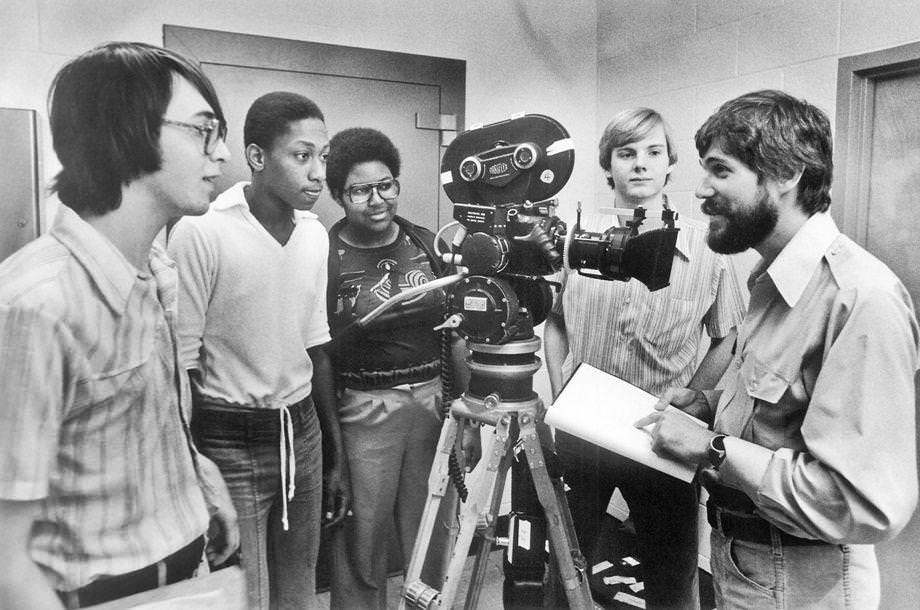
Financed by a federal grant, the series shed light on school desegregation across America, with students contributing scripts for scenes. The Huguenot segment was titled “The Riot that Never Was” and included a re-enactment of a tense moment in the cafeteria during the previous school year, which ultimately was resolved.
#29 Bill Heindl, a co-founder of the Heindl-Evans Inc. construction firm, oversaw progress on building a footbridge in James River Park at Texas Avenue in Richmond, 1978.
#30 Pilot Merton A. Meade Jr. landed a 1920s-era Pitcairn Mailwing at Byrd International Airport in Henrico County, 1978.
#31 Danny Shapiro of wholesaler Stanley Toys exhibited new electronic games in Richmond, 1978.
#32 The Bannerman Family Cloggers and Friends performed at Heritage Day, a celebration of national and cultural traditions found among Richmond-area residents, 1978.
#33 About 100 Elvis Presley fans gathered at the Regency Inn South on Midlothian Turnpike for a memorial service to “the King of Rock ‘n’ Roll,” who had died a year earlier, 1978.
#34 Mr. and Mrs. Donald Miller assessed the damage done to their car by a tree that fell after a night of strong winds. The Chesterfield County couple had just purchased the car, 1978.
#35 Capitol Square in Richmond was filled with people enjoying a pleasant spring day. The high temperature was 81 degrees, which was ideal for relaxing on the grass and benches or taking a stroll around the grounds, 1978.
#36 Plastic drain pipe was shaped into a 60-foot “serpent” in the Yeocomico River near Kinsale on Virginia’s Northern Neck, 1978.
#37 Crowds gathered at the Busch Gardens amusement park near Williamsburg for the grand opening of the Loch Ness Monster roller coaster, which featured quick acceleration, a 13-story drop and a pair of interlocking loops, 1978.
#38 J.C. Penney employee Janet McCabe modeled a timely trend – plastic jeans – at Regency Square mall in Henrico County, 1978.
#39 Dave Twardzik of the Squires shot over Artis Gilmore of the Kentucky Colonels en route to a Squires victory before a crowd of only 1,017 at the Coliseum, 1976.
#40 A camera crew set up by the log flume at Kings Dominion in Doswell as filming continued on “Rollercoaster”, 1976.
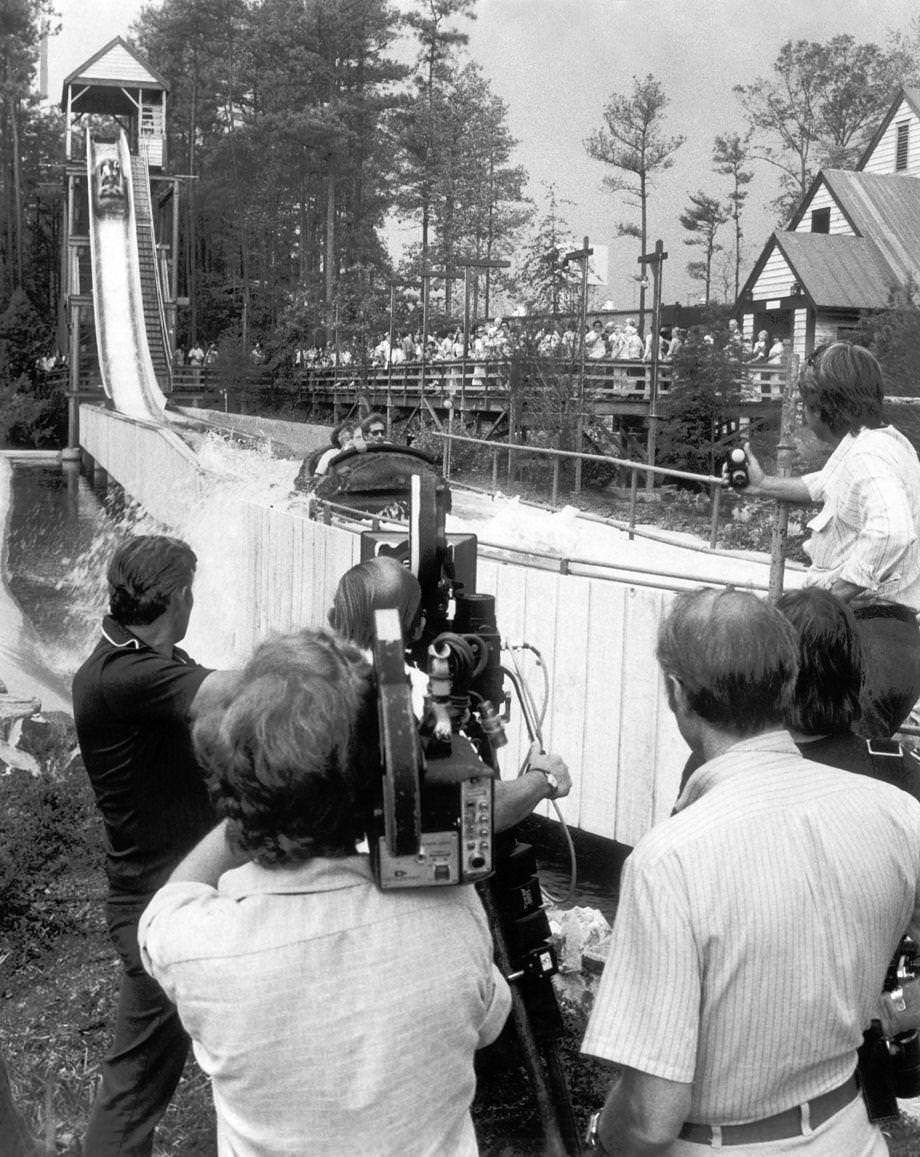
The movie, starring George Segal (in boat) as a ride inspector, was filmed at several amusement parks and is about an extortionist who demands $1 million to end his bombing campaign at parks. Extras and crew assembled at 7 a.m., but it was 2:15 p.m. before everything was ready so this scene could be shot.
#41 Visitors enjoyed an afternoon aboard the American Freedom Train, a traveling bicentennial attraction that stopped in Richmond and highlighted 200 years of American achievement, 1976.
#42 Jim McCrimmon (right) of the Richmond Wildcats tried to dislodge the puck from Dave Elliott of the Baltimore Clippers during a game at the Richmond Coliseum, 1976.
#43 Richmond youths did yard work as part of a summer employment assignment administered by the Richmond Area Manpower Planning Systems, 1976.
#44 More than 1,000 rafts, kayaks and canoes crowded into the Jordan Point Yacht Haven and Marina in Hopewell for the second annual Great James River Raft Race to benefit multiple sclerosis research and local MS projects, 1976.
#45 Men tended to the roasting planks at the 28th annual shad planking in Wakefield, an event in Sussex County that lured politicians, reporters, campaign workers and others to kick off the electoral season, 1976.
#46 Cars and other scrap metal awaited shredding at Peck Iron and Metal Co. Inc., located off Commerce Road n South Richmond, 1976.
#47 Hampden-Sydney College students stayed in motel-style units that were constructed to accommodate them while older dorms were renovated, 1976.
#48 A line wrapped around and beyond the Richmond Coliseum as tickets went on sale for an Elvis Presley concert – about 3,000 people were waiting when ticket windows opened at 10 a.m. His sold-out show in June was his final appearance in Richmond; he died in August 1977.
#49 Freeman and Theresa Spencer sat in their Richmond home with Tillie, their prized 6-year-old German shepherd, 1976.
#50 The Downtown Mall in Charlottesville was in the final phase of initial construction, with some of the square holes in the former Main Street slated to be filled with landscaping, 1975.
#51 Ronald J. Roller of Petersburg posed with his beer can collection, which totaled almost 1,300 after 18 years of collecting, 1976.
#52 Carter’s Dry Goods and Notions store in Richmond’s Oregon Hill neighborhood, 1976.
#53 Butcher Homer Willis (from left) and assistants Clarence Gilliam and Joseph Scruggs prepared sausage at Willis’ Powhatan Locker Co., a small slaughterhouse and custom butcher shop off state Route 13 in Powhatan County, 1976.
#54 What is now known as the Weisiger-Carroll House was still in rough shape at 2408 Bainbridge St. in the Manchester area of South Richmond, 1976.
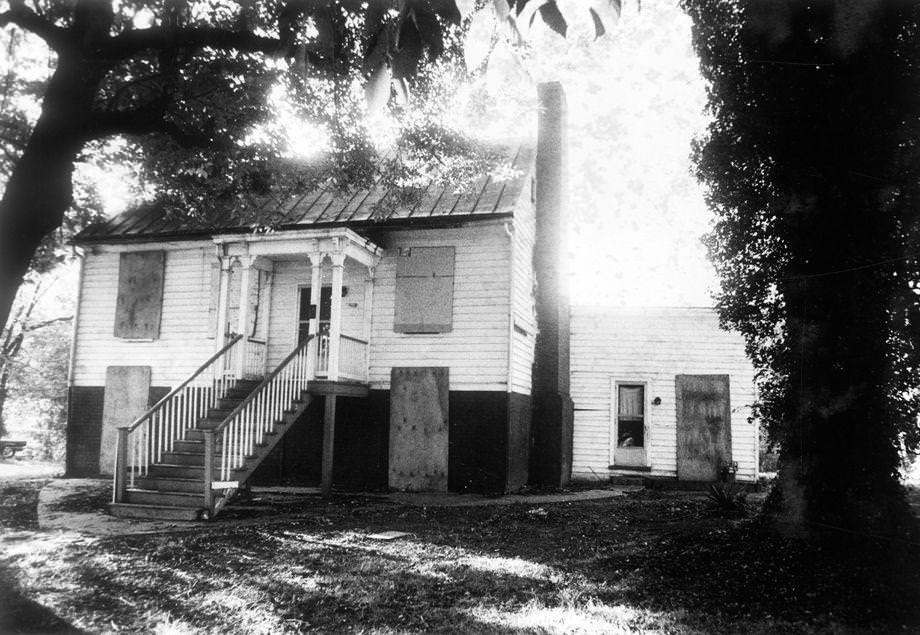
That year, a new claimant on the title led to the discovery of the house’s historical significance. The 1½-story frame and brick dwelling was estimated to have been built in the 1760s and served as a private home as well as a hospital during the Civil War. The home is now listed on the National Register of Historic Places.
#55 An automobile (minus its tires and gas tank) was fed into a fragmentizer, which could crush the vehicle in less than a minute using an array of hammers weighing nearly 400 pounds each, 1976.
#56 Seven former Prince Edward County residents reunited on the lawn of the former R.R. Moton High School (later Prince Edward County High School), from which they were bared in the 1960s during the state’s Massive Resistance to integration, 1976.
#57 Young reveler Christopher Gibbs held a balloon while thousands wandered Shockoe Slip in Richmond at the Great Pumpkin Party, 1976.
#58 Hugh Jones (right) and David Whitlock volunteered during the summer at the Richmond Boys Club, 1976.
#59 Self-proclaimed psychic and astrologer Jeane Dixon was at the Miller & Rhoads department store in downtown Richmond to sign copies of her latest book, 1976.
#60 Miniature golf was a diversion at the Virginia Correctional Center for Women in Goochland County, 1976.
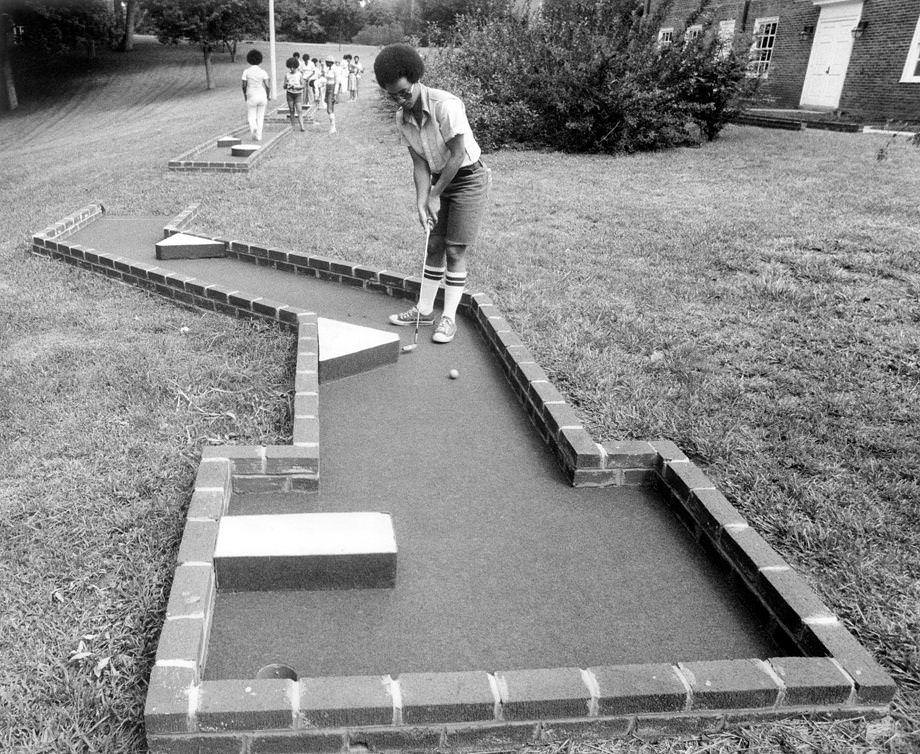
The nine-hole course was constructed by prison maintenance workers to encourage activity by inmates. The center was founded in 1931 when female inmate populations were getting too large for local jails. It was known for its groundbreaking programs, including its self-sufficient farming program in the 1940s.
#61 One of the three World Wide Health Spa locations in the Richmond area, 1976.
#62 The new manager of the Richmond Braves, surveyed the baseball team’s home at Parker Field on the eve of the International League opener, 1976.
#63 James River Park visitors enjoyed the hand-operated ferry that ran to a small island, 1975.
#64 Shoppers passed by “the clock” at Miller & Rhoads in downtown Richmond, 1975.
#65 The Jefferson Hotel, 1975.
#66 Richmond chapter American Red Cross volunteers (from left) Lydia Sarvay, Mrs. C.W. Fellows, Mrs. Percy Harton and Mrs. D.U. Galbraith were honored for 35 years of canteen service, 1975.
#67 Part of the 500 block of North Second Street in Richmond’s Jackson Ward neighborhood, 1975.
#68 A performance of a splashy Cole Porter “Anything Goes” number, one of 25 song excerpts in the 30-minute “Give My Regards to Broadway” show at the just-opened Kings Dominion theme park in Doswell, 1975.
#69 Gov. Mills E. Godwin Jr. greeted a porpoise on the opening day of the Kings Dominion in Doswell, 1975.
#70 Richmond police Capt. Joseph H. Parker sat on a motorized bike and explained new regulations, 1975.
#71 The band Ice Water performed in the Flintstone Follies Theater at Kings Dominion in Doswell, 1975.
#72 Mike Jackson of the Virginia Squires challenged Denver’s Ralph Simpson during an American Basketball Association game at the Richmond Coliseum, 1975.
#73 The Mosque auditorium in Richmond was taken through a small window from above, 1975.
#74 Landscape workers prepared gardens in front of the Eiffel Tower replica at Kings Dominion in Doswell, 1975.
#75 University of Richmond student Marshall Bank posed outside Boatwright Memorial Library, 1975.
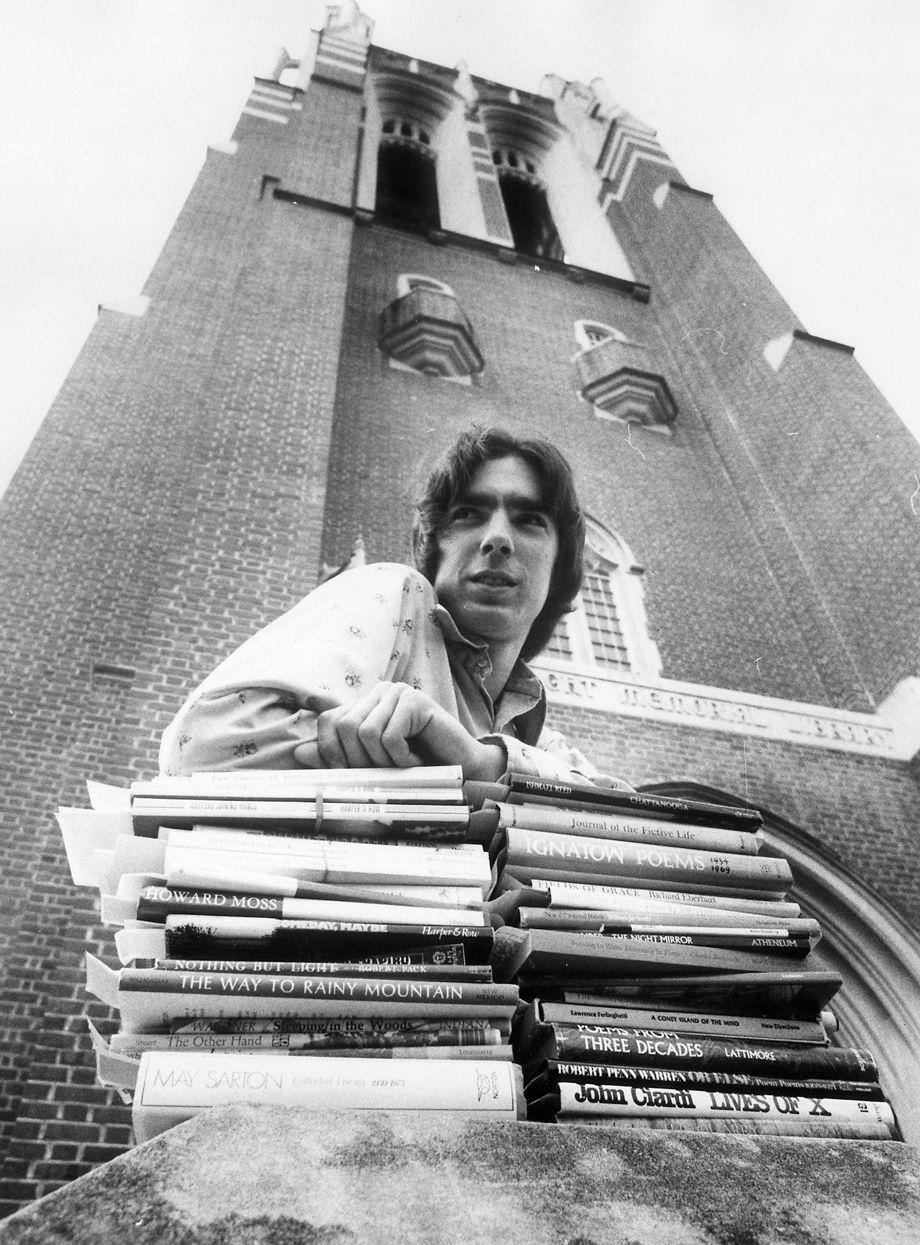
A year earlier, he checked out – and refused to return – some volumes that were signed by their authors, saying the works (including by Robert Frost) deserved better protection than the open shelves. But he did return them and, with funding from an anonymous donor, participated in a project to get contemporary poets to sign copies of their work for inclusion in the library’s collection.
#76 Wayne Latimer kicked a 61-yard field goal that lifted Virginia Tech to a 13-10 victory over Florida State at Lane Stadium in Blacksburg, 1975.
#77 Gov. Mills E. Godwin Jr. and Mrs. August Busch III rode the lead car around the Le Mans track in the French village of the new Busch Gardens: The Old Country theme park near Williamsburg, 1975.
#78 The Downtown Mall in Charlottesville was in the final phase of initial construction, with some of the square holes in the former Main Street slated to be filled with landscaping, 1975.
#79 A crowd filled The Pass, a restaurant and music venue at 803 W. Broad St. in Richmond, 1976.
#80 Pat Benatar – before she became a world-famous rock vocalist – delivered her final performance with the band Coxon’s Army at Thomas Jefferson High School in Richmond, 1975.
#81 City workers installed a granite channel for Reedy Creek near Forest Hill Park in Richmond, 1975.
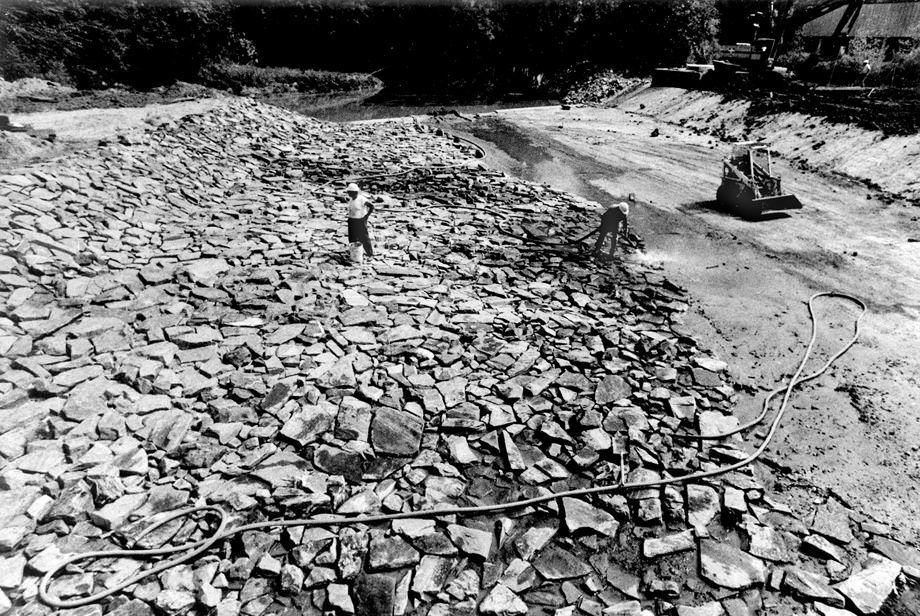
About 1,700 square yards of the creek bed was being covered with stone cemented into place. The $107,000 project, which aimed to channel the creek water to reduce flooding and erosion, was part of a larger $1.5 million creek improvement project. The next phase was to build bridges over the creek at Forest Hill Avenue and at Roanoke Street.
#82 A lunar eclipse decorated the skies of Richmond – for the second time that year (the first was in May), 1975.
#83 A cleanup crew from Norfolk worked on an oil spill in South Richmond. Fuel oil had escaped from an open valve at Little Oil Co. on Commerce Road, 1975.
#84 An archaeological team dug near the site of a Native American village in New Kent County, 1975.
#85 Boys and girls lined up at Town and Country Cotillion in Richmond’s West End to learn dance steps from instructor James Lowell, 1975.
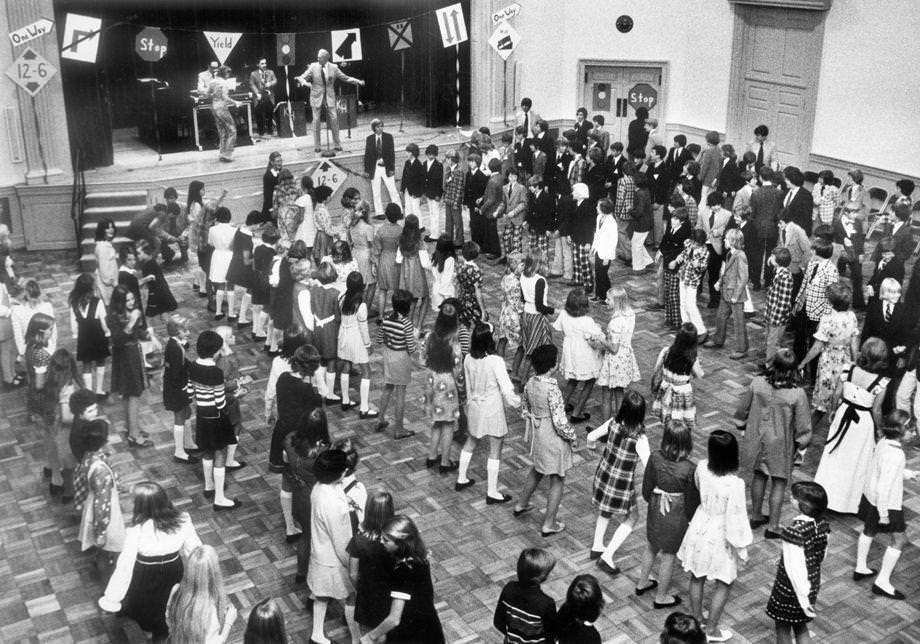
The program, which taught popular and traditional dances such as the waltz, tango, jitterbug and twist, was open to middle and high school students. Town and Country, which had 500 youths across four groups, was among a handful of cotillions in the Richmond area at the time.
#86 The view along Main Street in downtown Richmond from the intersection with Fifth Street, 1975.
#87 Larry Rast directed a group piano class at the University of Richmond, 1975.
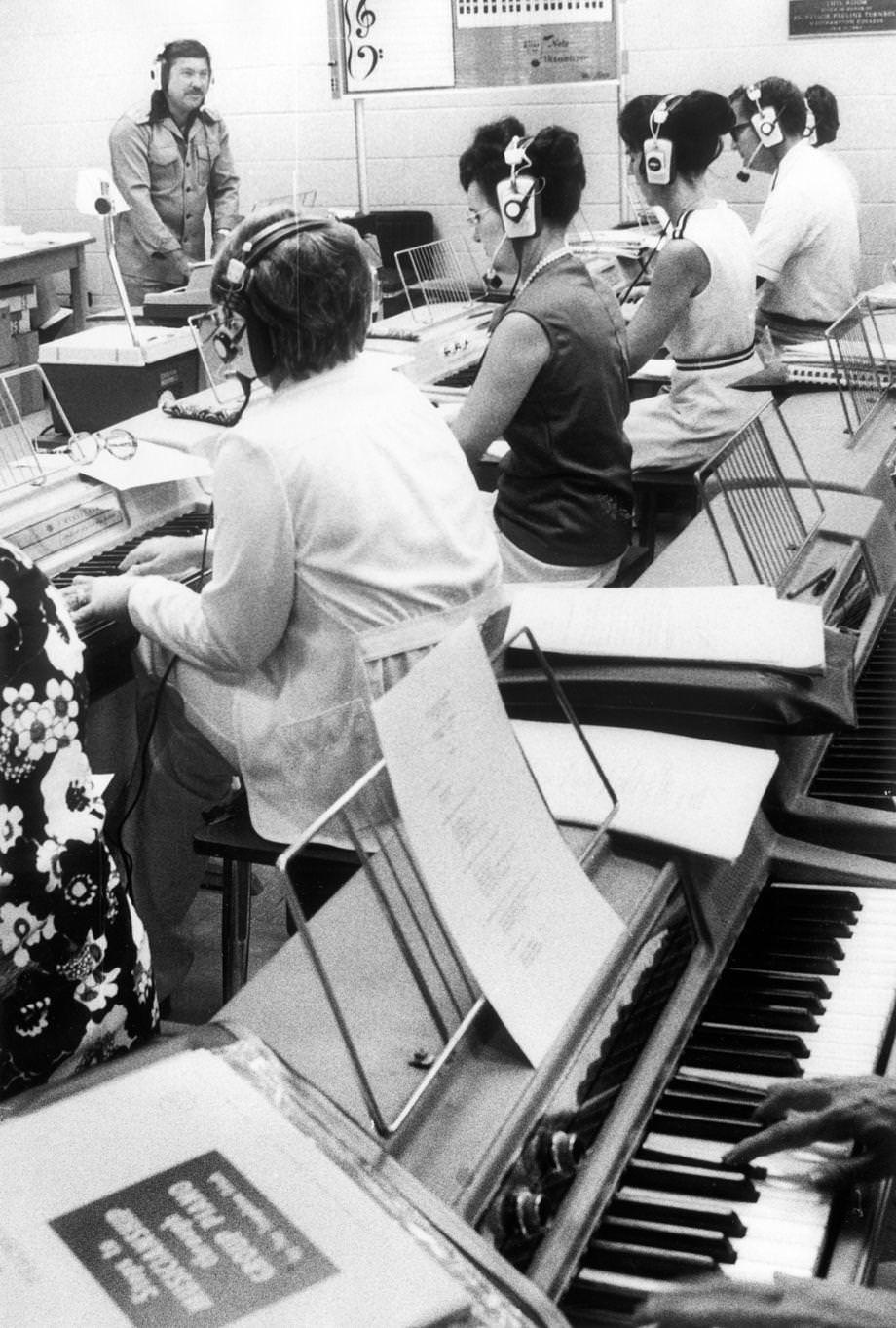
Rast, who was director of the music education department at Northern Illinois University, was in Richmond to share group instructional techniques with teachers from elementary to college levels. The session drew teachers from as far away as Colorado and Michigan and was sponsored by UR’s music department and the Wurlitzer Co.
#88 Children sat around the small Statue of Liberty in Chimborazo Park in Richmond, 1975.
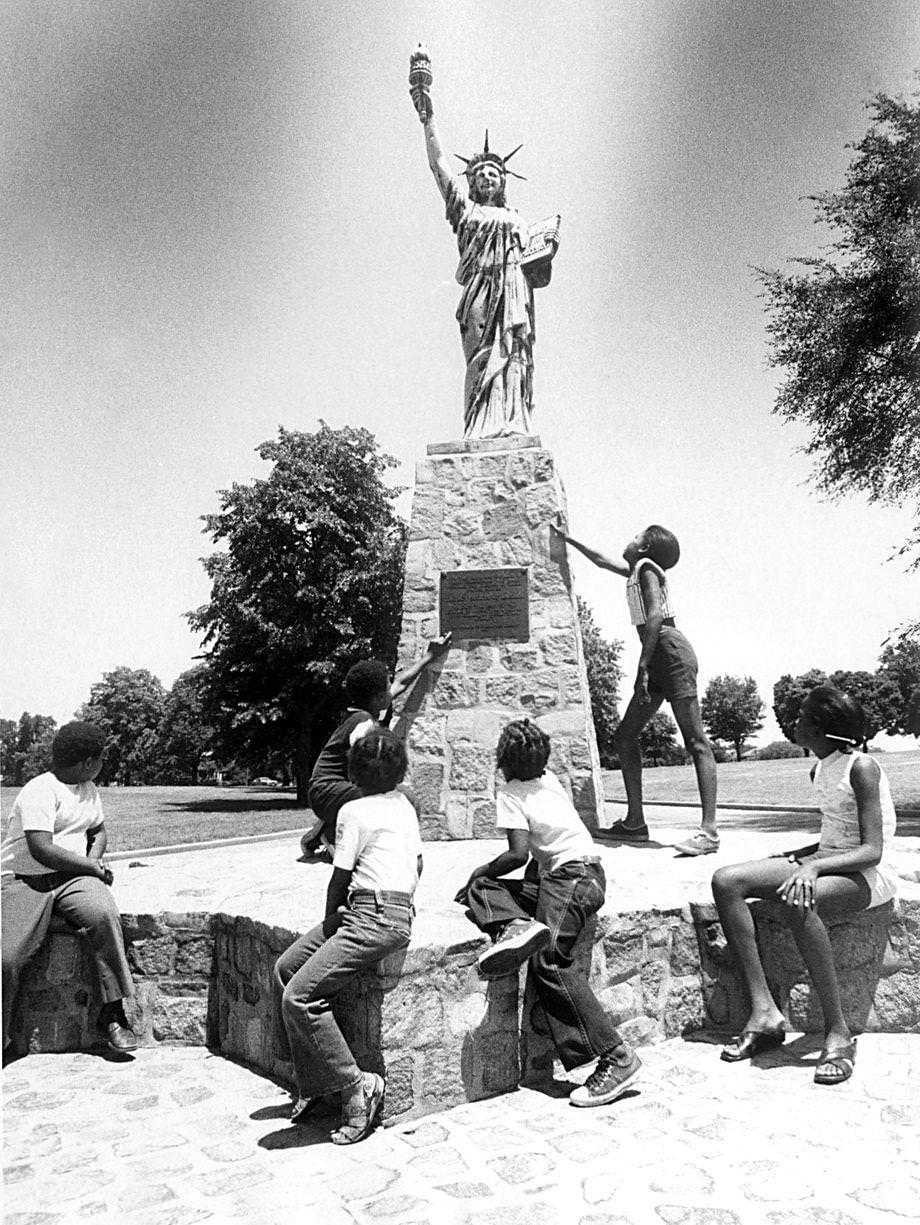
In the early 1950s, the Boy Scouts of America erected about 200 mini-versions of the Statue of Liberty around the country as part of the organization’s 40th anniversary. The 8½-foot tall, 290-pound copper statues were made in Chicago by Friedley-Voshardt Co. The Richmond statue was erected on Feb. 11, 1951, and rose nearly 17 feet, including the base. The project’s total cost was about $1,000.
#89 Regency Square mall was under construction in western Henrico County, 1975.
#90 Southbound traffic on Interstate 95 backed up past Main Street Station as smoke billowed from a fire at Little Oil Co. in South Richmond, 1975.
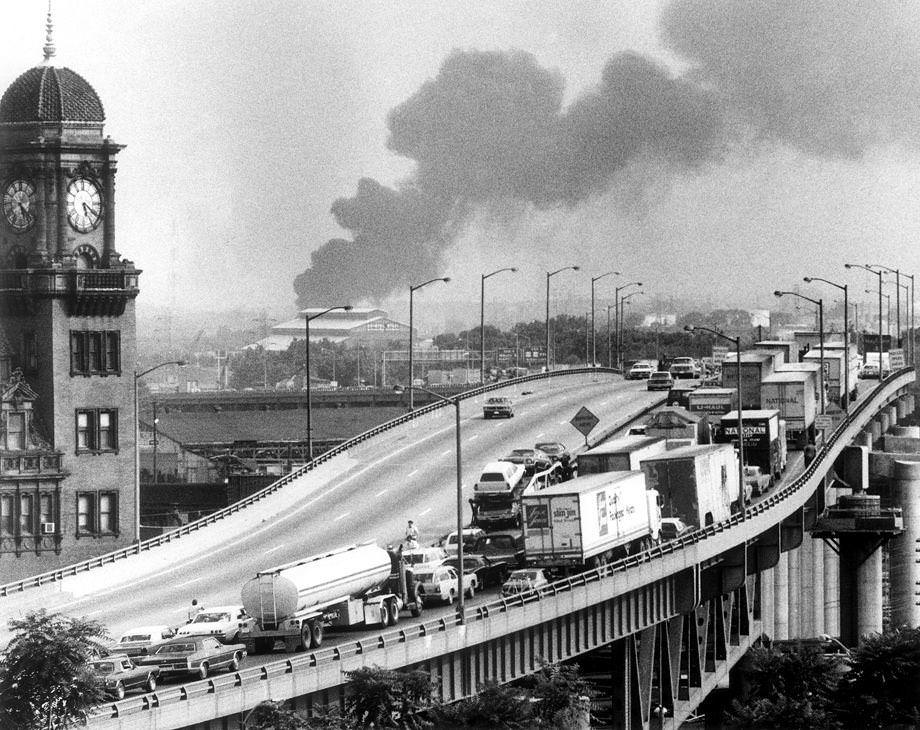
Two tanks holding a combined 850,000 gallons of fuel exploded at the business on Commerce Road. Fire officials believed that the ignition of an employee’s car sparked the blaze, though the oil company speculated that a lightning strike was to blame. The fire took 19 hours to extinguish.
#91 The Lion Country Safari drive-thru animal park at Kings Dominion in Doswell was ready to open, featuring several hundred animals – antelope, elephants, lions, rhinos, giraffes and more, 1974.
#92 Stationary bicycles, once part of the original equipment at the Mosque (now the Altria Theater) and still in the gymnasium that was then being used by Richmond police, 1974.
#93 The 392nd Army Band of Fort Lee performed at the dedication of two new parks in the Fan District in Richmond, 1974.
#94 At the state Capitol, Virginia first lady Katherine Godwin (second front right) unveiled a painting of the Virginia Declaration of Rights, 1974.
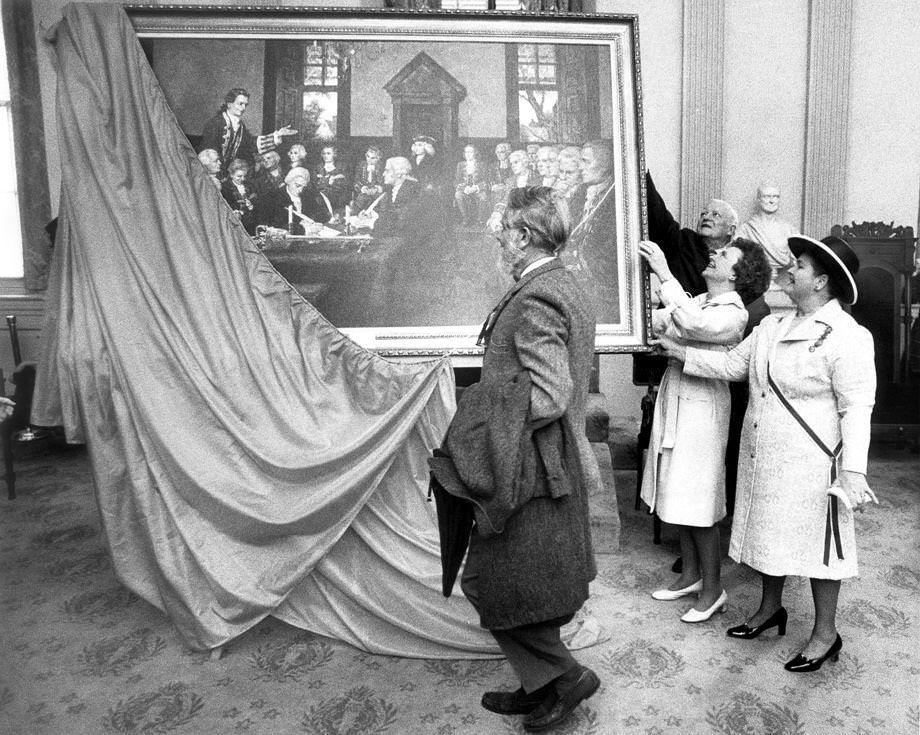
The work, by Jack Clifton of Hampton (front), was presented by the Virginia Daughters of the American Revolution; it commissioned the painting in cooperation with the Virginia Independence Bicentennial Commission. Assisting Godwin with the unveiling were state Sen. Edward E. Willey Sr. of Richmond and DAR official Mrs. John S. Biscoe.
#95 Young members of Temple B’nai Shalom lighted candles on the menorah in celebration of Hanukkah, 1974.
#96 J.G. Adams, the Southern regional distributor manager for Litton Microwave Ranges, demonstrated microwave cooking and touted its benefits during a program at the Miller & Rhoads department store in downtown Richmond, 1974.
#97 Pharmacy soda fountains were continuing to disappear, 1974.
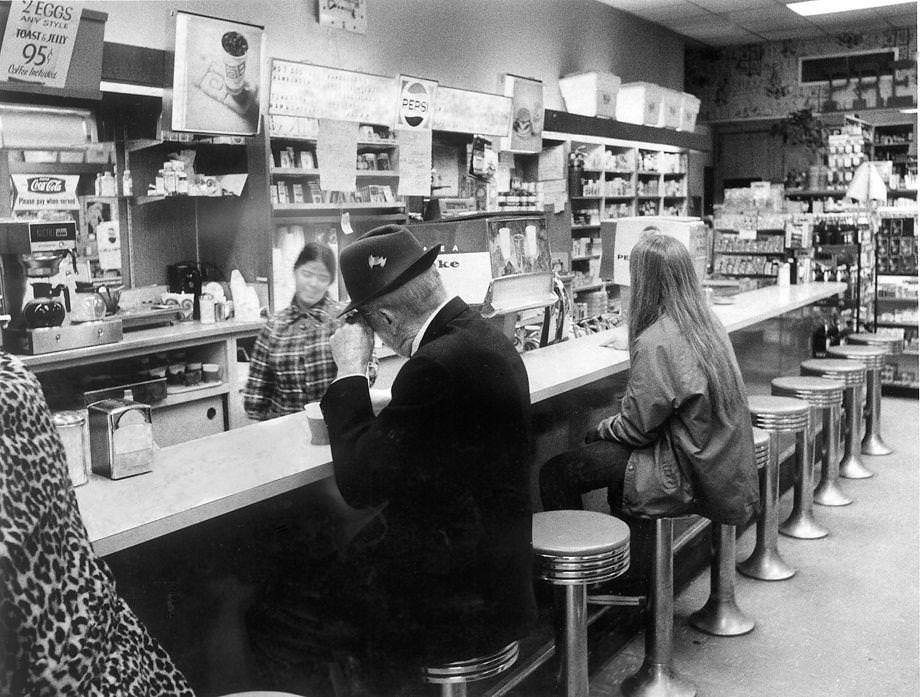
Locally, the Lafayette Westwood Pharmacy on Patterson Avenue and the Sunset Hills Pharmacy on Three Chopt Road had recently removed their fountains, which was happening with greater frequency nationwide, too. Pharmacists said the fountains were expensive to operate and difficult to staff, and that they were no longer as necessary for bringing in traffic.
#98 Thieves Market, an antiques store in Alexandria whose evocative exterior – featuring ironwork, statuary and more – hinted at its wide-ranging offerings inside, 1974.
#99 Several hundred University of Richmond students protested the school’s dorm visitation policy, which forbade visitors of the opposite sex in student rooms on weeknights, 1974.
#100 Foreman Field at Old Dominion University in Norfolk was packed with about 33,000 music fans for a Crosby, Stills, Nash & Young concert, 1974.
#101 A boy fished at an old dam on the property of the Lakeside Country Club in Henrico County, 1974.
#102 An impromptu jam session broke out at Byrd Park in Richmond — which became a gathering spot for music fans after Cherry Blossom Music Festival at City Stadium ended early, 1974.
#103 Burning cars and debris marked a riot that broke out during the Cherry Blossom Music Festival at City Stadium in Richmond, 1974.
#104 Richmond-area students learned computer skills at the Mathematics and Science Center in Henrico County, 1974.
#105 Patrons at the Virginia State Fair took in the view from the sky glider ride on the midway, 1974.
#106 Fireworks illuminated the sky at the Southside Virginia Fair in Petersburg, which was the state’s second-largest fair, 1973.
#107 A man and his dog walked in snow-covered Jefferson Park in the Union Hill neighborhood of Richmond near Church Hill, 1973.
#108 Regina Randal (left) and Marsha English processed wire service copy that had been marked up by editors in The Times-Dispatch newsroom, 1973.
#109 A young customer explored the offerings at the Carter’s Dry Goods and Notions store on Oregon Hill in Richmond, 1973.
#110 The annual dredging of the James River channel in Richmond was under way, 1973.
#111 The front counter in Roaring Twenties, a new restaurant and nightclub on state Route 10 in the Hopewell area, 1973.
#112 The home of the Irving family near Farmville, 1973.
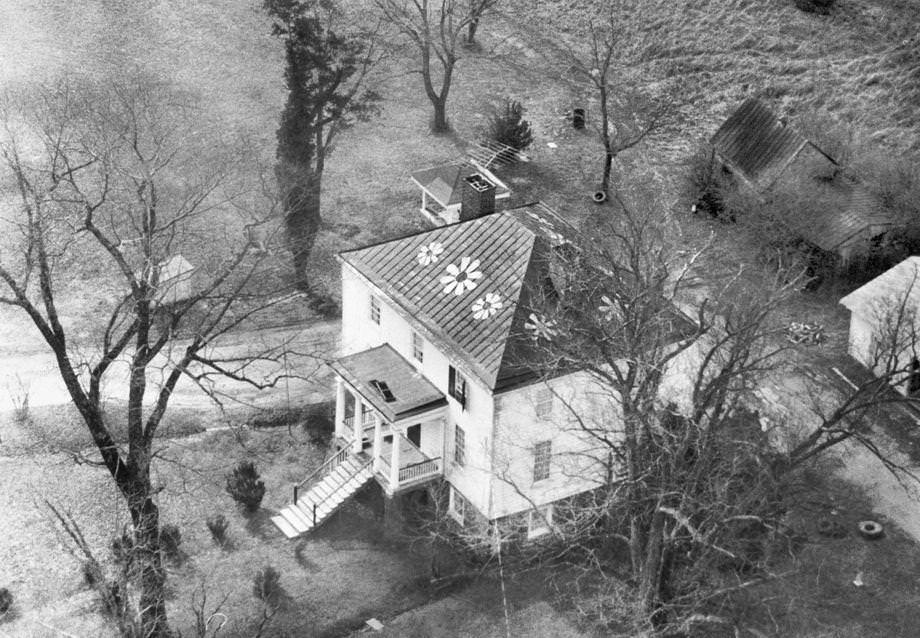
During a roof repainting project several years earlier, the family got creative, adding floral designs that in once case reached 10 feet in diameter. One offshoot: Every year, some new Hampden-Sydney College students would come by thinking the home was a counterculture haven.
#113 Employees at the Philip Morris USA manufacturing center in South Richmond took a break in the new employee lounge that overlooked the production floor, 1974.
#114 The Ezibu Muntu dancers performed at Shafer Court at Virginia Commonwealth University in Richmond as part of the annual Spring Fling celebration weekend, 1977.
#115 A rider and her horse practiced for the Loretta Lynn Longhorn World Championship Rodeo, 1973.
#116 Two Richmond women modeled fashions they had created from their own recycled blue jeans, 1973.
#117 Richmond police bicycle patrolman William W. Fuller Jr. stopped for a downtown chat with policeman Glen A. Brinson of the mounted unit, 1973.
#118 A new park in Richmond’s Fan District featured sculpted concrete forms, a large shuffleboard area and several open play areas, 1973.
#119 Panda and her two pups posed with her work of art: a gnawed bone shaped like a dinosaur, 1973.
#120 Richmond Braves baseball player Rod Gilbreath signed an autograph for Patricia Bowen, with fellow patient Cynthia McKay nearby, at the Crippled Children’s Hospital on Brook Road in Richmond, 1973.
#121 An exterminator Linda Summerlin sprayed pest control in a customer’s basement, 1973.
#122 Sidney Poitier (left) and Bill Cosby entered the Loew’s Theater for a benefit to raise money to rebuild Virginia Union University’s Coburn Chapel, which burned in 1970.
#123 The old Memorial Guidance Clinic in Highland Park in Richmond, 1971.
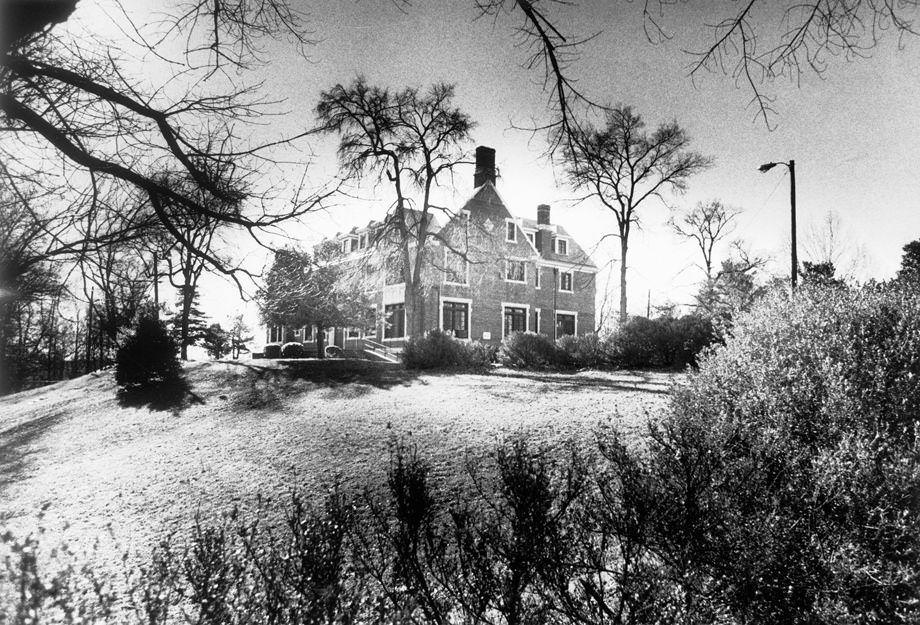
The youth psychiatric facility, one of 10 original child guidance clinics in the United States, was formed in 1924 to help families who could not afford care. In 1971 it suspended operations because of staffing problems, then reopened in 1972 on Church Hill with a new focus on outreach. The organization is known today as ChildSavers.
#124 Duke Ellington appeared at City Stadium as part of an event headlined by Bob Hope and sponsored by Nolde’s Bread, 1971.
#125 A Times-Dispatch article highlighted the evolving fashion standards in local schools, 1971.
#126 The Highland Park Public School building in Richmond, 1971.
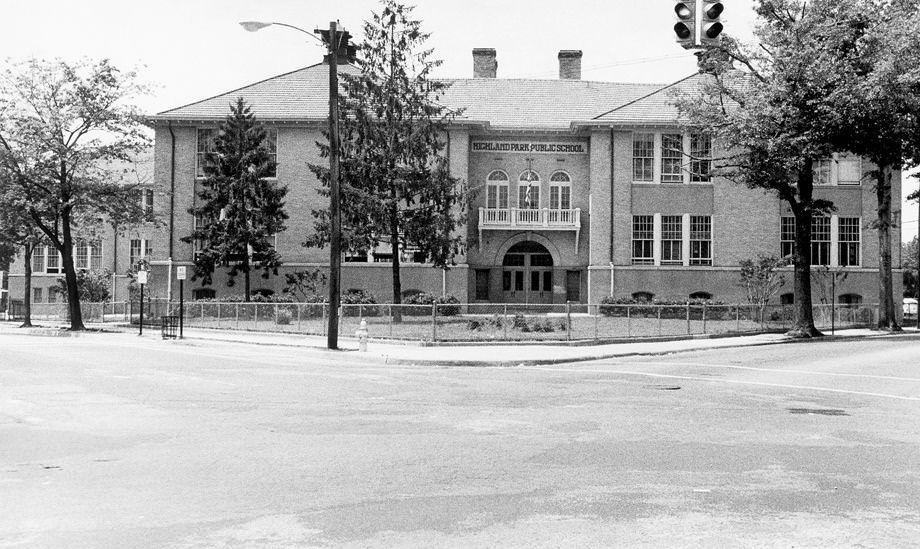
At the time, there was debate because many of Richmond’s school buildings were old, and their designs were hampering new methods of teaching. Highland Park, built in 1909, accommodated students through the end of 1977. The Mediterranean Revival building, designed by Charles Robinson, was added to the National Register of Historic Places in 1991, just as it was being converted into a senior apartment complex. It stands empty today.
#127 Richmond native and tennis star Arthur Ashe conducted a clinic at the Valentine Museum in Richmond, 1971.
#128 Allison Bell (left) and Pat Umlauf participated in ceremonies in Richmond unveiling the Seaboard Coast Line’s new locomotive, 1971.
#129 A young Richmonder looked over the city’s bicycle laws, 1971.
#130 April 1971, Ernest Edmund of Bremo Bluff in Fluvanna County headed home after a long day of plowing, 1971.
#131 Brenda Faye Childress, the reigning Queen of Tobaccoland, waved from her float during the National Tobacco Festival parade in Richmond, 1971.
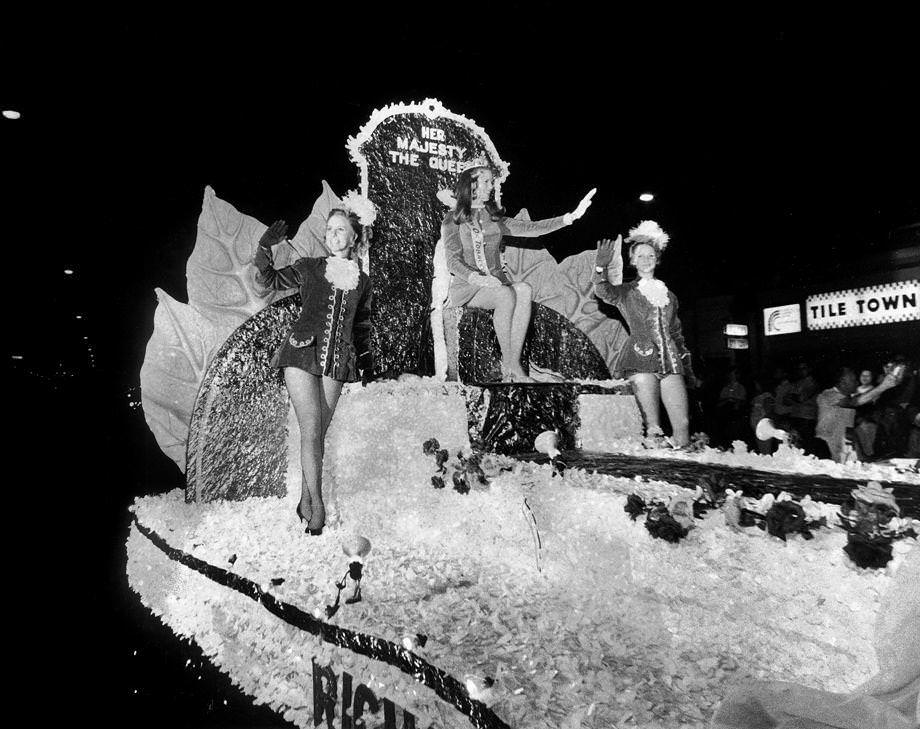
The festival, which ran in Richmond from 1949 to 1984, was a top event in the city during its run and included an array of activities, including dinners, balls, beauty contests, football games and a parade. The queen was selected from a group of crowned tobacco princesses who arrived in Richmond from all over the East Coast.
#132 The Country Ramblers from Nelson County warmed up for their performance at the first Bluegrass Grove Festival, 1971.
#133 John and Debbie Nelson were in their junior year at the Petersburg General Hospital School of Nursing, 1973.
#134 Members of Camp Willow Run gathered outside their dormitories, which were former train boxcars, 1971.
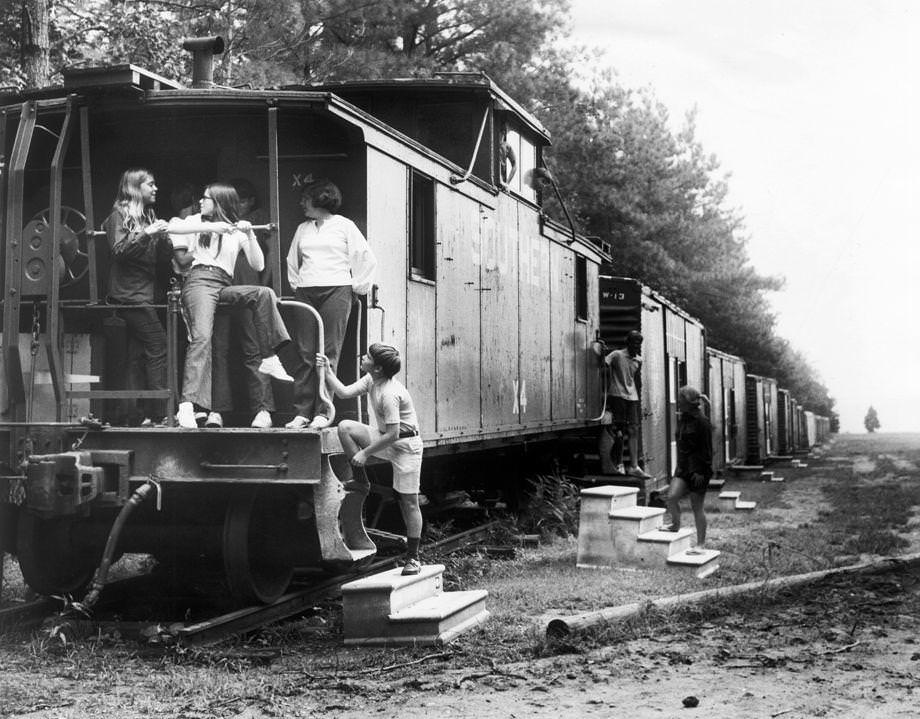
The railroad-themed camp, on a peninsula on Lake Gaston in Littleton, N.C., is still run by Youth Camps for Christ Inc. The “depot,” or dining hall, which was modeled after an 1890 train depot and was built from plans furnished by the Southern Railway Co., was the focal point of activities.
#135 A monument in eastern Henrico County that commemorated the “calamitous year 1771” flood in Richmond, 1971.
#136 The Richmond Dairy Co. building on Marshall Street in Jackson Ward in Richmond, 1971.
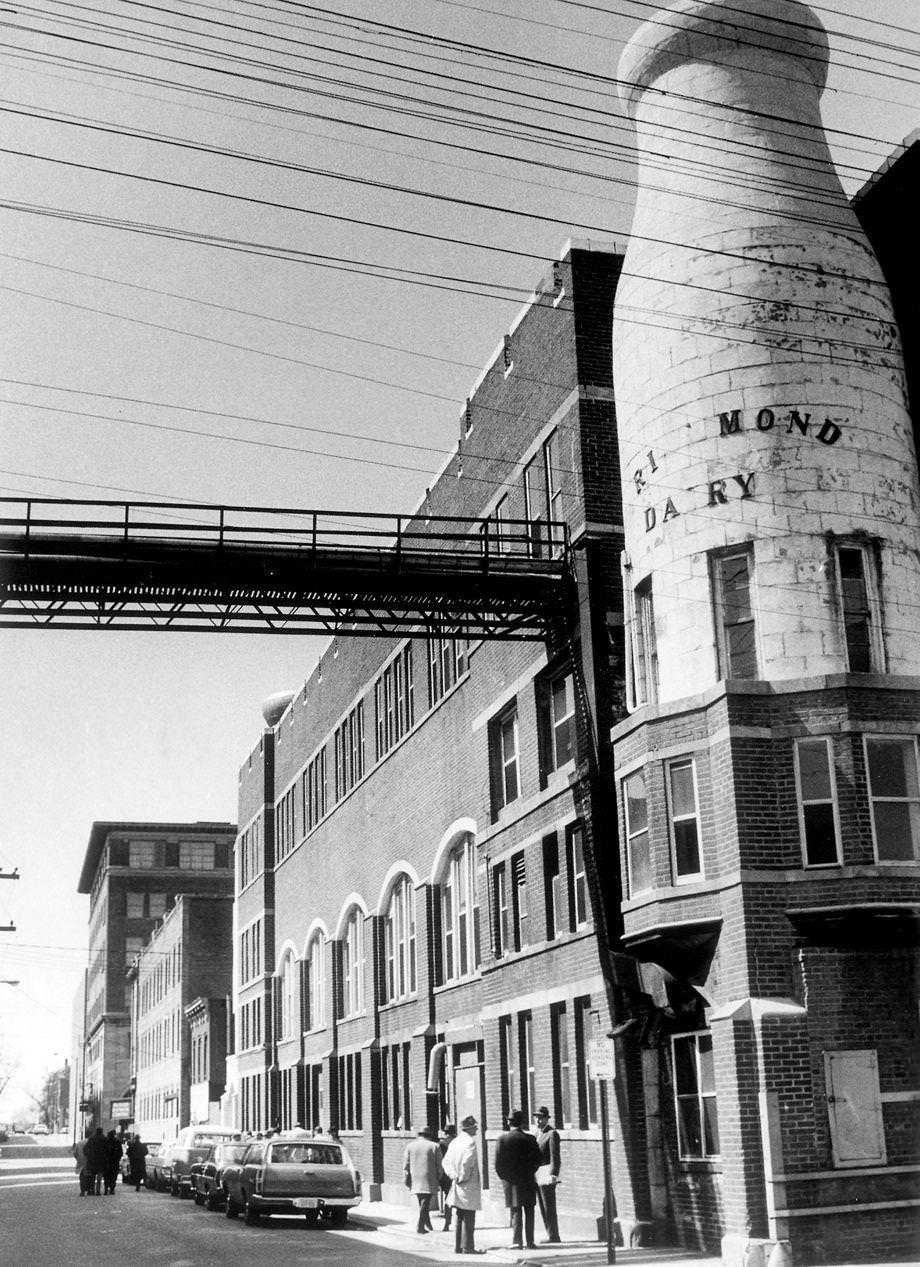
Equipment was being auctioned in the four-story building after the company stopped operating in 1970. Dairymen J.O. Scott, A.L. Scott and T.L. Blanton started the company in 1890, and the 1914 building was designed by the architecture firm Carneal & Johnston. Today the building contains rental apartments.
#137 Myrtle Palmer (right) taught an exercise class at the Richmond YWCA, 1971. Organized in the 1880s, the local chapter of the Y is the oldest in the South.
#138 Newton Ancarrow paused during a trek through Richmond’s new James River Park to examine a blossoming wildflower, 1971.
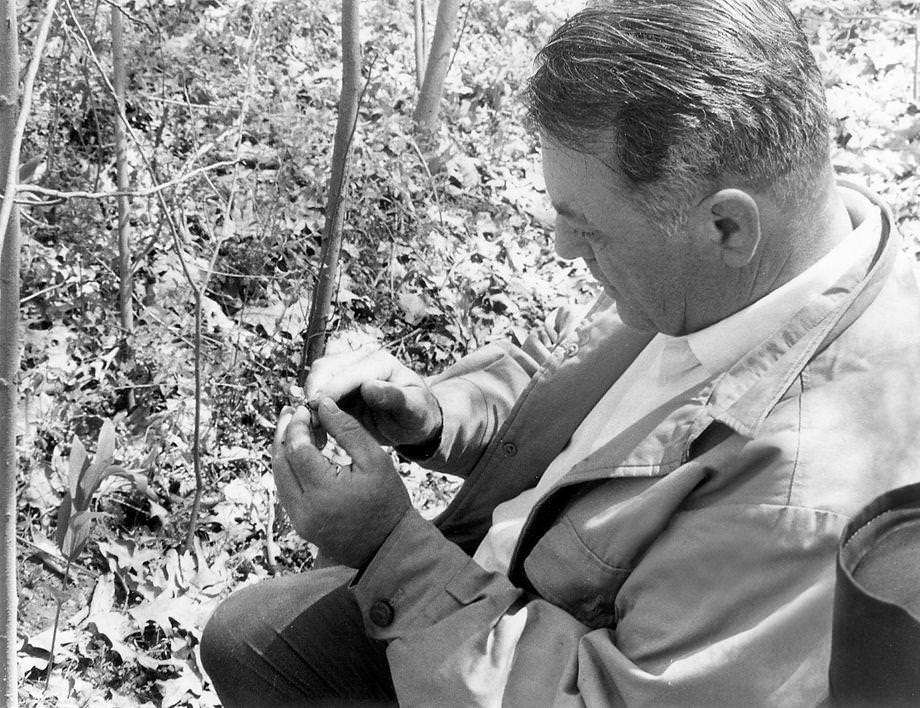
Ancarrow, a crusader for cleaning the river, had started studying and photographing wildflowers five years earlier, seeing them as a tool to tell the story of pollution’s threat to the James. Passion and hobby intersected, and he had made more than 35,000 color slides of local wildflowers.
#139 A crowd estimated at several hundred waited outside City Council chambers at City Hall in downtown Richmond, 1971.
#140 Mrs. Henry Heatwole (left) and Agnes Crandall served the National Park Service at Big Meadows, part of Shenandoah National Park, 1971.
#141 Mr. and Mrs. Ronald Peterson of Dinwiddie County welcomed quadruplets at Petersburg General Hospital, 1971.
#142 Henrico County received 130 voting machines to be used in the next election, 1971.
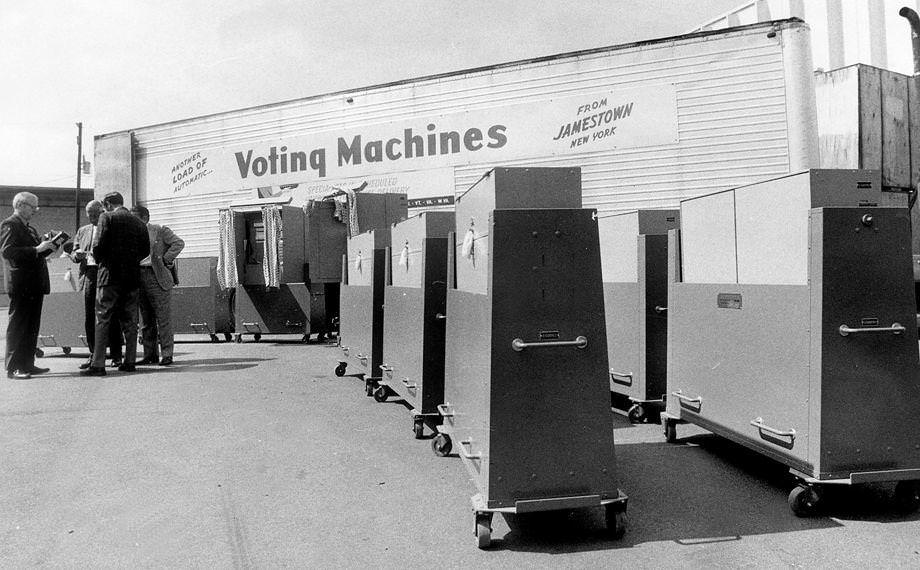
The machines were the first ever in Henrico, and county authorities planned an extensive program to educate voters on using them. Pulling a handle would close the booth’s curtains, and voters set levers for their preferred candidates before using the handle again to record the votes and open the curtains.
#143 “Mother” Maybelle Carter (from left) performed at the Richmond Coliseum with daughters Anita and Helen as part of a Johnny Cash concert (he was married to Carter sister June), 1971.
#144 Barbara Smith warmed up with a cup of hot coffee on her way to work on a cold day in downtown Richmond, 1971.
#145 James Herbert Bryant (left) and Paul Jackson assessed construction on their new McDonald’s restaurant on Mechanicsville Turnpike in East Richmond, 1971.
#146 As Amtrak consolidated passenger rail service in America, E.M.C. Quincy (left) of the Greater Richmond Chamber of Commerce presented a gift of Richmond tobacco products and a record about Virginia to Amtrak’s Teresa Cunningham at Main Street Station in downtown Richmond, 1971.
#147 Noah G. Teates Sr. (left) and son Grove operated a machine outside the family’s Hanover County home, 1971.
#148 The Virginia Commonwealth University Business building under construction, 1971.
#149 Truck drivers Brenda D. Howell (from left), Sue Frye and Marion Brennan stood at a highway construction site where they worked in Gloucester County, 1971.
#150 Errett Callahan examined a piece of stone ahead of an experimental archaeology class that he was teaching in the Evening College of Virginia Commonwealth University in Richmond, 1971.
#151 With the superstructure for the roof of Richmond’s coliseum inb place, workmen are busy putting the roofing on the massive structure, 1970
#152 Players who vied for roster spots on the Virginia Squires (from left): Larry Brown, Charlie Scott, Henry Logan, Roland “Fatty” Taylor and Mike Barrett. Brown later won an NBA title as coach of the 2003-04 Detroit Pistons.
#153 Children enjoyed a ride on a roller coaster at the 62nd annual Southside Virginia Fair, 1970.
#154 Five straight days of below-freezing temperatures froze the lake at Byrd Park in Richmond and brought out the ice skaters, 1970.
#155 A black student peered out of a Richmond Public Schools bus on a rainy morning in August 1970 as cross-town busing began in the city.
#156 Bob Powell at his keyboard, high in the grandstand at Parker Field in Richmond, 1970.
#157 The John F. Kennedy High School rifle team marching on East Grace Street in Richmond, 1970.
#158 The midway at the 62nd annual Southside Virginia Fair, 1970.
#159 The Thalhimers Toy Parade made its way through Richmond’s streets – this view is along Broad Street at Belvidere Street, 1970.
#160 Pro golfer Arnold Palmer came to town to team with Richmonder Herb Hooper in an exhibition sponsored by the Kiwanis Club of West Richmond, 1970.
#161 Virginia Gov. Mills E. Godwin Jr. received his final salute from state police as he and his wife, Katherine, left the governor’s mansion in Richmond en route to the inauguration of A. Linwood Holton Jr. Godwin, then a Democrat, returned as governor four years later as a Republican.
#162 A Richmond sanitation crew paused at one of the roughly 600 stops they made each day, 1970.
#163 The Richmond Scenic James Council led canoe and walking tours for about 200 people to highlight the natural beauty of the river, 1970.
#164 A Richmond officer rode his horse by the police bureau’s new stables, which were under construction, 1970.
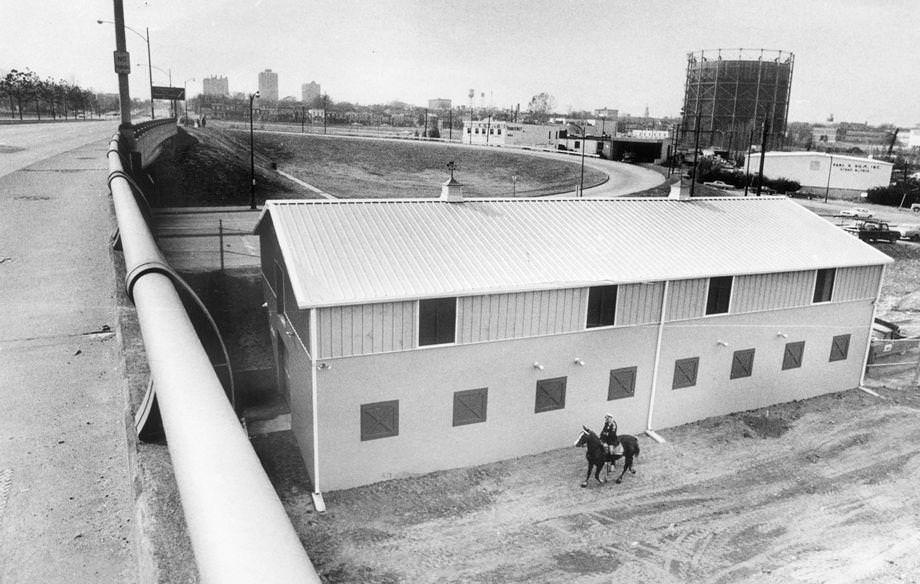
The facility near Brook Road and Chamberlayne Avenue included eight stalls, a scrub area, a horseshoeing area and a tack room. The bureau had been looking for an established home for its horses since the mid-1960s, when the Virginia National Guard moved from the Richmond Howitzers downtown armory, where the horses had been stabled for two decades.
#165 The Bronze Gateway, a new restaurant at Byrd Field in Henrico County, was about to open, 1970.
#166 Dr. John F. Alksne of the Medical College of Virginia demonstrated a new bed for neurosurgical and neurological patients, 1970.
#167 College of William & Mary students (from left) Steve Crossland, Debbie Lewis and Cheryl Dale examined a beaver dam along state Route 604 in Sussex County, a road that was slated for widening and resurfacing, 1970.
#168 Student volunteers Peter Bassett (left) and Paul Parker were sealed in a room at the Medical College of Virginia in Richmond for one week, 1970.
#169 The Worsham family of Richmond enjoyed their two-level tree house, built high in a deodar cedar tree in their backyard, 1970.
#170 David Erskine, reservations manager for the Hotel John Marshall in Richmond, reviewed a printout from a new computer system that linked the hotel with 2,000 lodging sites nationwide, 1970.
#171 Linwood Holton had the final fitting for his attire ahead of his inauguration in Richmond as Virginia’s governor, 1970.
#172 A line of umbrella-toting women waited for the bus on East Broad Street in downtown Richmond on a rainy day, 1970.
#173 A group of children took a break from playing and sat on the bench at Chimborazo Park in Richmond, 1970.
#174 A geodesic dome beach house in the Virginia Beach coastal community of Sandbridge, 1970.
#175 A geodesic dome beach house in the Virginia Beach coastal community of Sandbridge, 1970.
#176 Broad Street Station in Richmond was quiet amid a nationwide labor strike by rail workers, 1970.
#177 Virginia Division of Motor Vehicles, 1970.
#178 Richmond students waited for the buses at the corner of Westover Hills Boulevard and Forest Hill Avenue on South Side as the school year got under way, 1970.
#179 Pizza Castle was among several areas that tempted customers at the new Giant Open Air Market along Maywill Street in Henrico County, 1970.
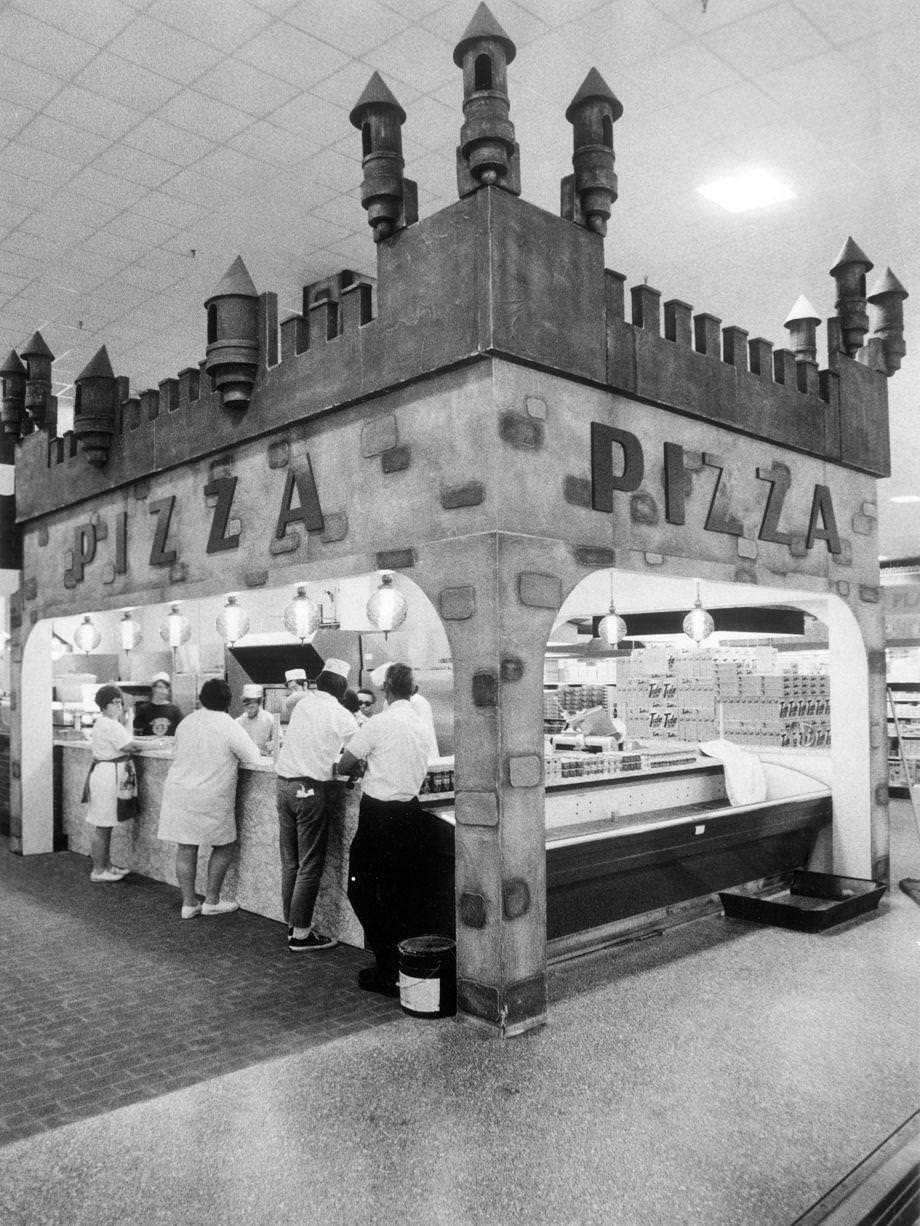
The market, open 24 hours, included a series of smaller specialized stores – in addition to Pizza Castle, options included The Patio for prepared meals, The Marketplace for international foods and wines, and the Candy Circus with sweet treats. The Norfolk-based supermarket chain (no relation to the Giant chain in the Washington area) merged with Farm Fresh Inc. in the mid-1980s.
#180 Overflow from Reedy Creek flooded German School Road in South Richmond, 1970.
#181 Bottles on an assembly line waited to be filled with Virginia Gentleman bourbon at the A. Smith Bowman Distillery in Reston in Fairfax County, 1970.
#182 James Jackson polished a mirror on one of Engine Co. No. 23’s fire trucks at the new 4th Battalion headquarters, located at 400 LaBrook Concourse in South Richmond, 1970.
#183 The French horn players of the Richmond Youth Symphony practiced ahead of the first concert of the season, which was scheduled at John Marshall High School, 1970.
#184 Residents of the Carillon area in Richmond hunted for bargains at a yard sale, 1970.
#185 Richard S. Graves stood amid shaded worm pits at his worm farm in the Fork Union community in Fluvanna County, 1970.
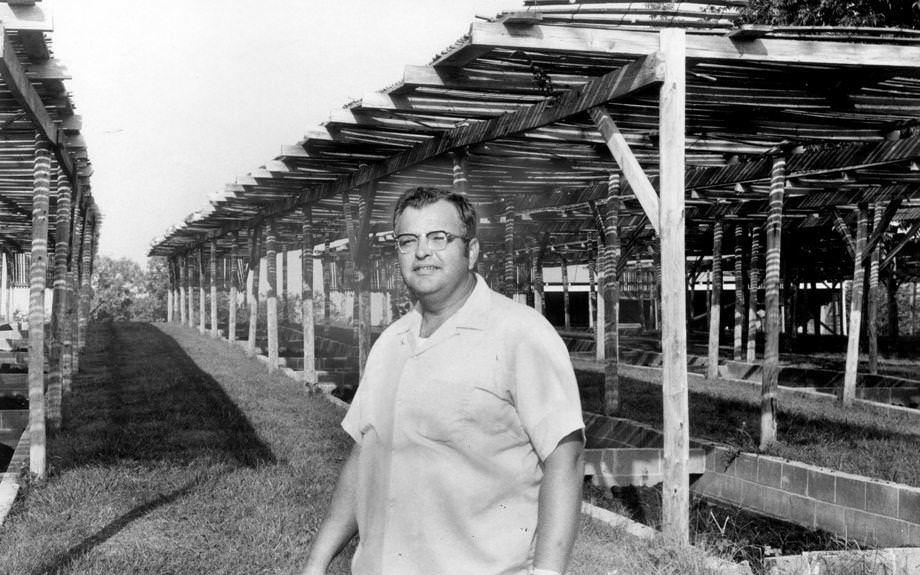
Graves, who had a degree in animal husbandry from Virginia Polytechnic Institute, owned two of the biggest worm ranches in the United States: Hill Grove Worm Ranch in Virginia and Alamance Worm Ranch in North Carolina. Graves got into worm farming after seeing a magazine ad that touted $10,000 in annual profit from raising worms. While smaller farms might produce around 1,000 worms per year, one of Graves’ facilities could produce around 2 million.
#186 The James Branch Cabell Library at Virginia Commonwealth University in Richmond was formally dedicated (though the library had been in use since 1970).
#187 Representatives of Women in Community Service met with Virginia Gov. Linwood Holton to discuss Women’s Job Corps issues in the Richmond area, 1970.
#188 Gloucester County Sheriff Roland F. Smith and several county residents observed the dam at Burke’s Pond, which had collapsed for an unknown reason, 1970.
#189 Constance Ramsey, a former Richmond resident and a College of William & Mary graduate, traveled around Williamsburg on skis after a snowstorm, 1979.
#190 Corrections officer Howard Alexander held the homemade rope used by convicted murderer Michael Irwin Cross to escape from the State Penitentiary, then located along Spring Street in downtown Richmond, 1970.
#191 Peter Sargent of Breezy Hill Farm in Albemarle County sold his vegetables at a Charlottesville farmers market, 1979.
#192 The Lion Country Safari opened as the first part of the Kings Dominion amusement complex near Doswell, 1974.
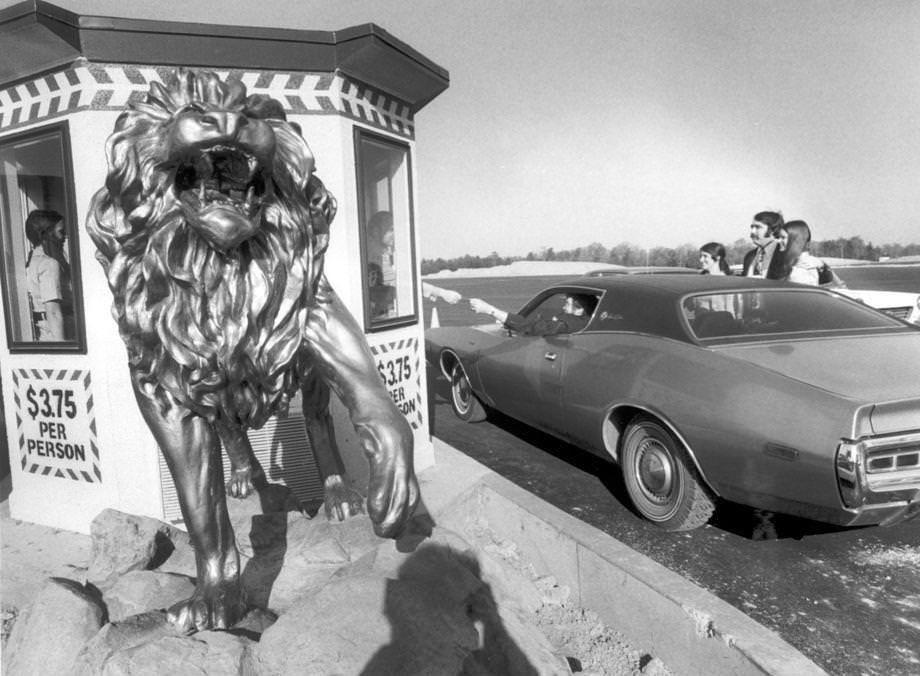
The next year, the park installed a monorail that guests used instead of driving their cars among the several hundred animals, which included lions, elephants, zebras, giraffes and other jungle dwellers. Here, the first visitors paid their admission fee. From left are driver Ken Lion, Lora Becraft and Larry and Mary Tropea.


